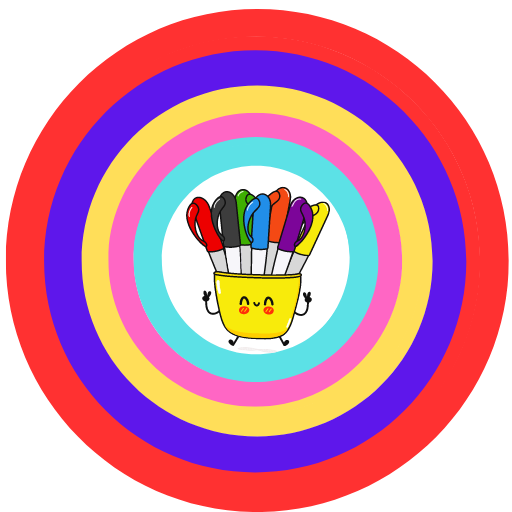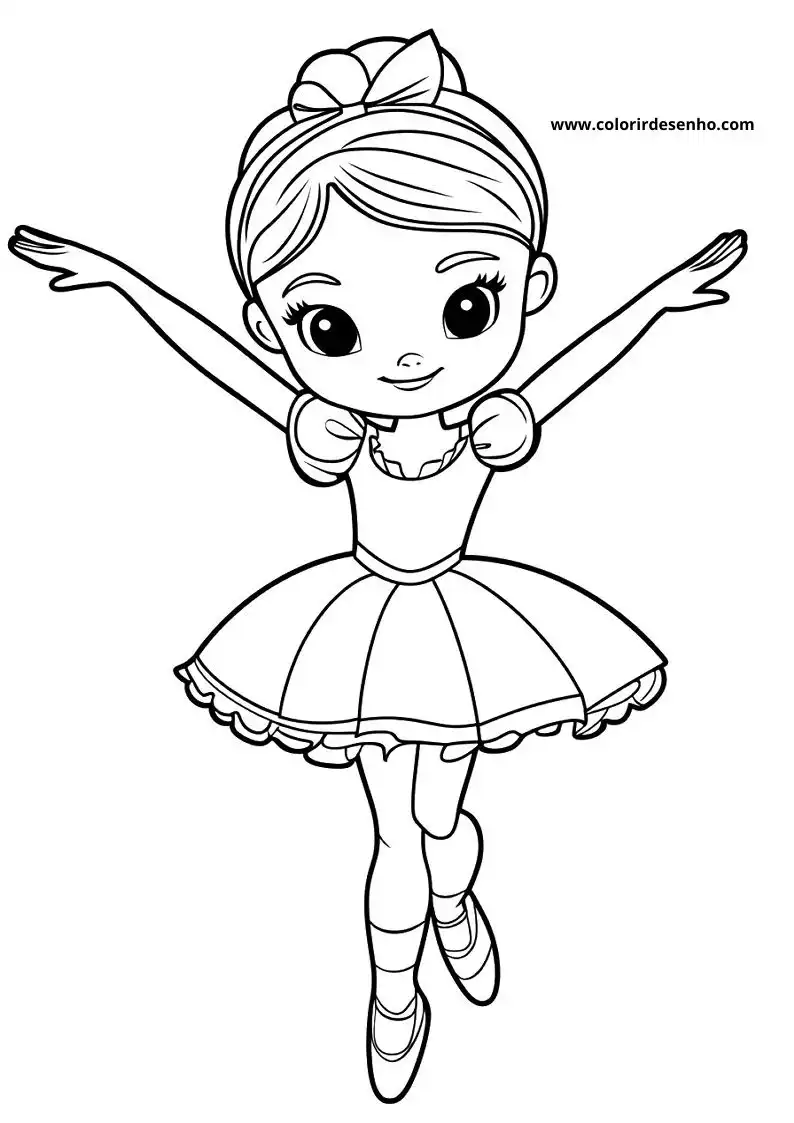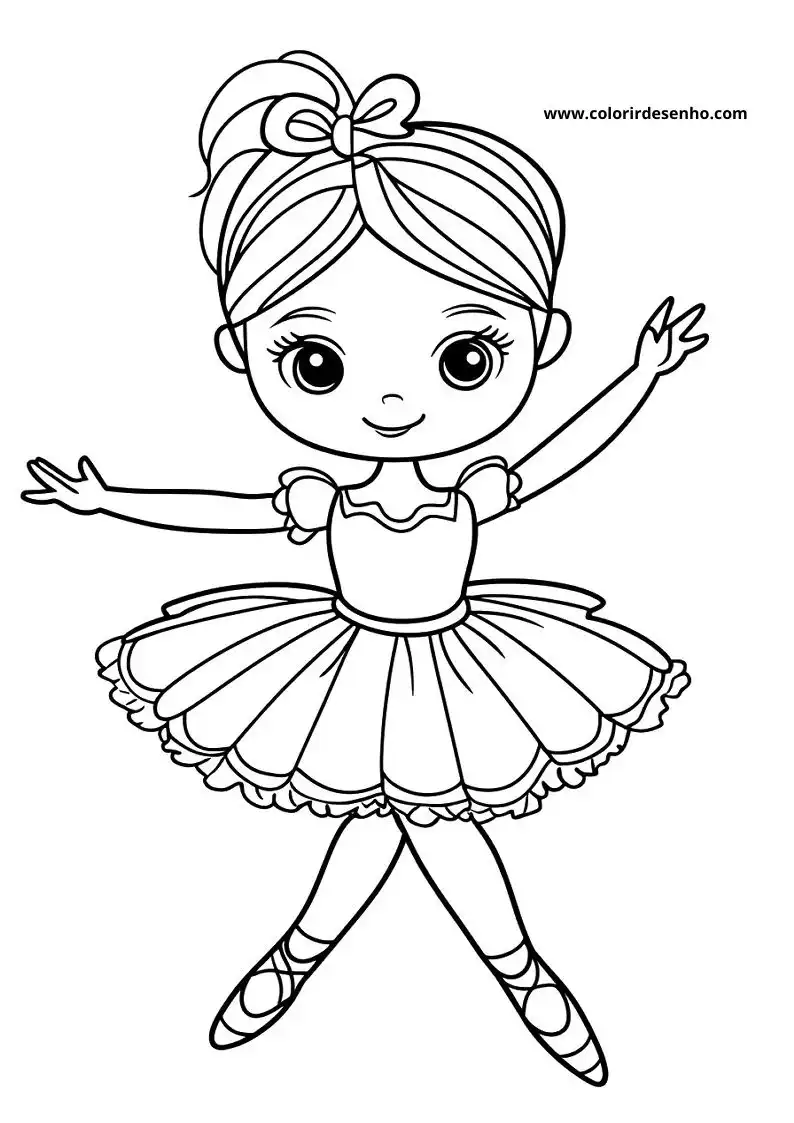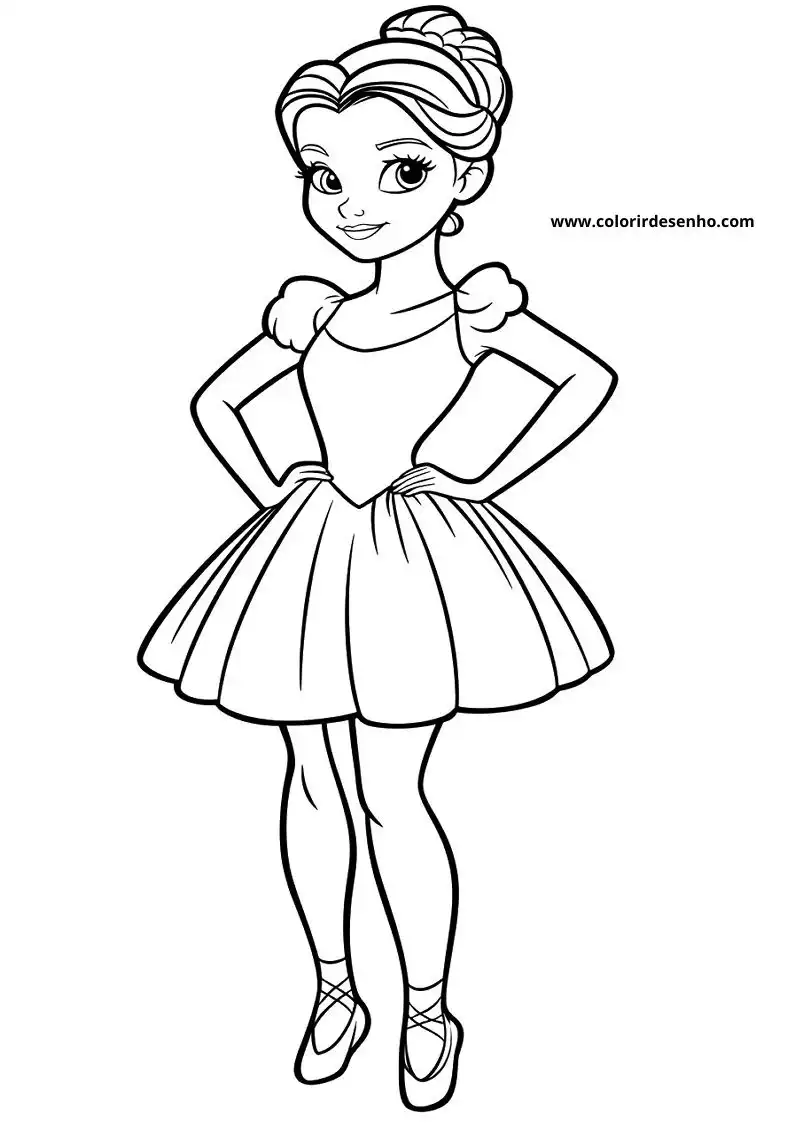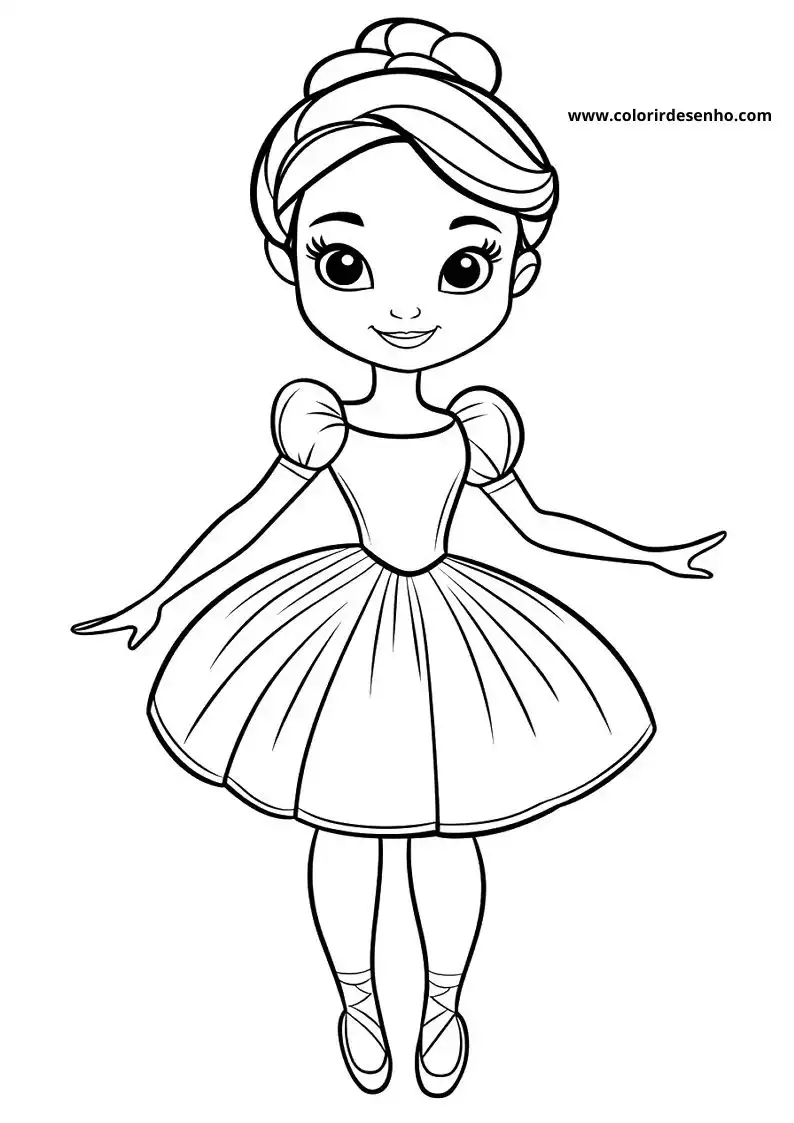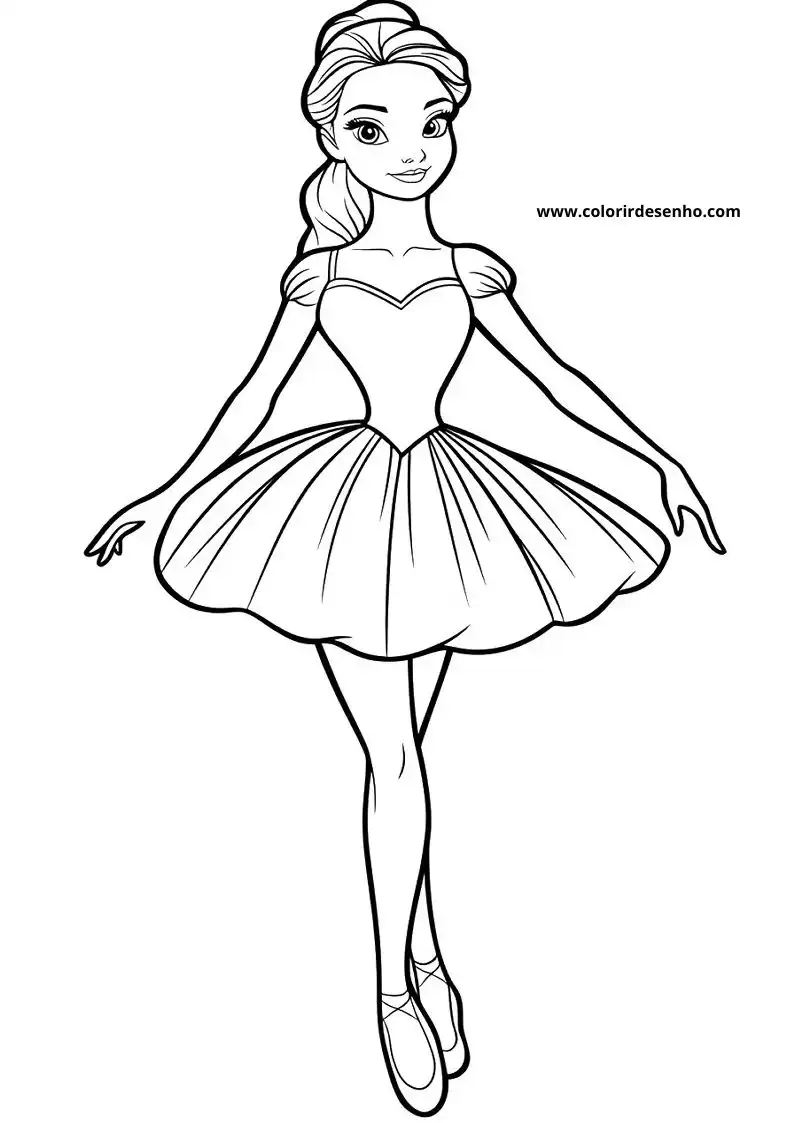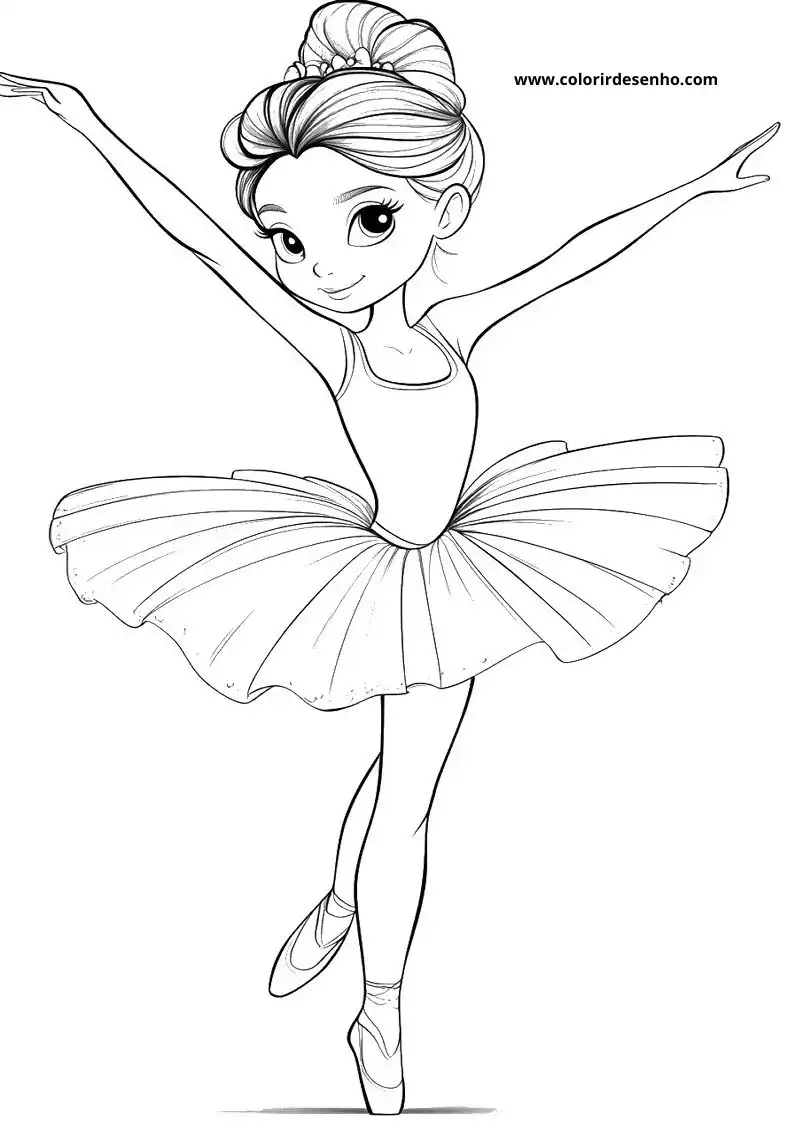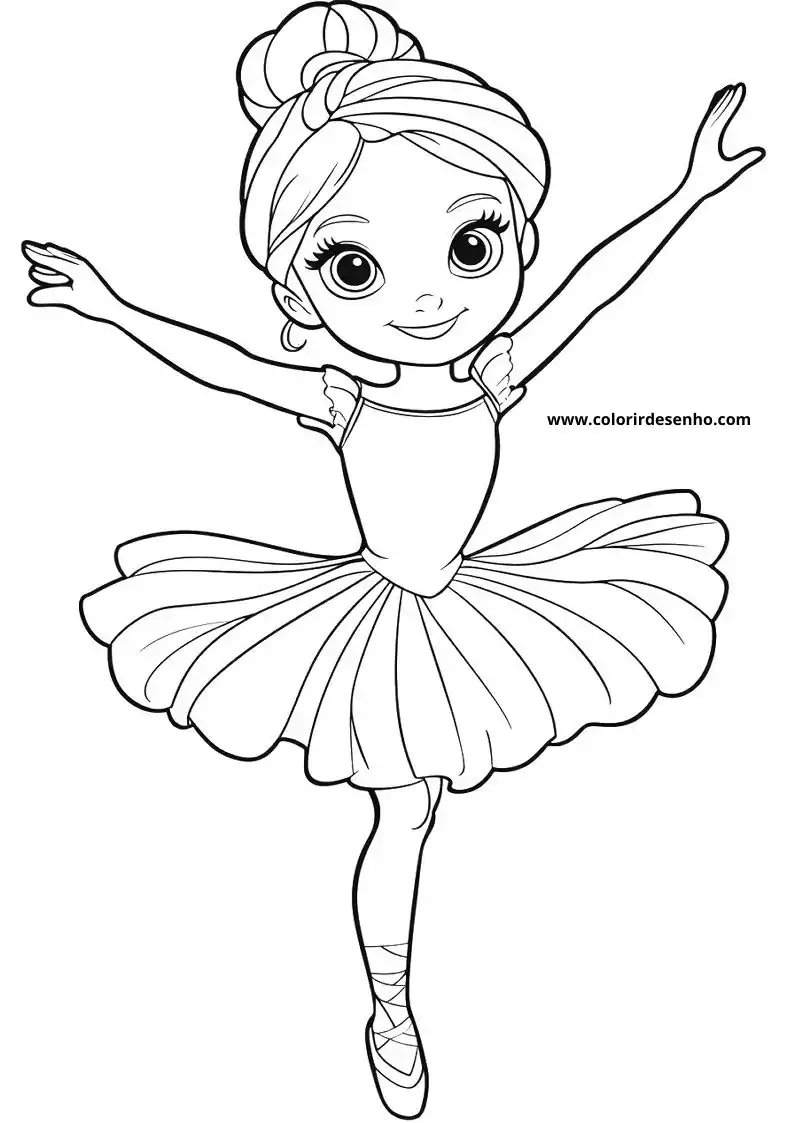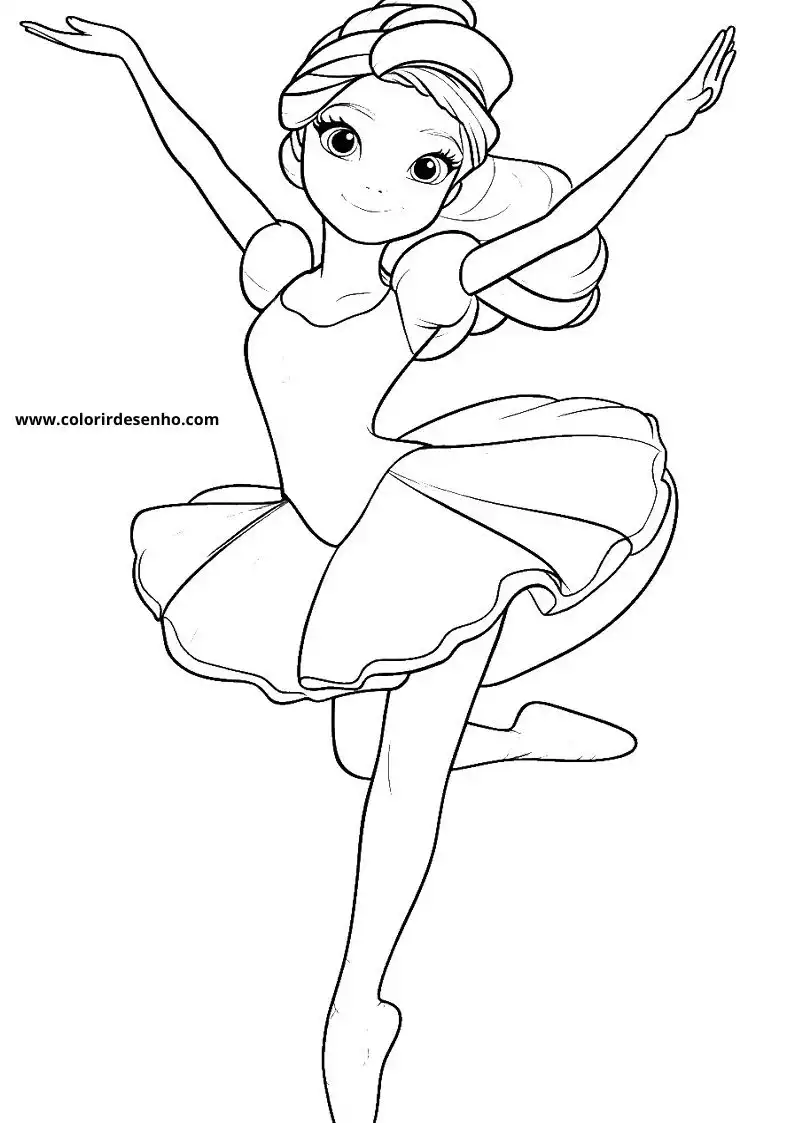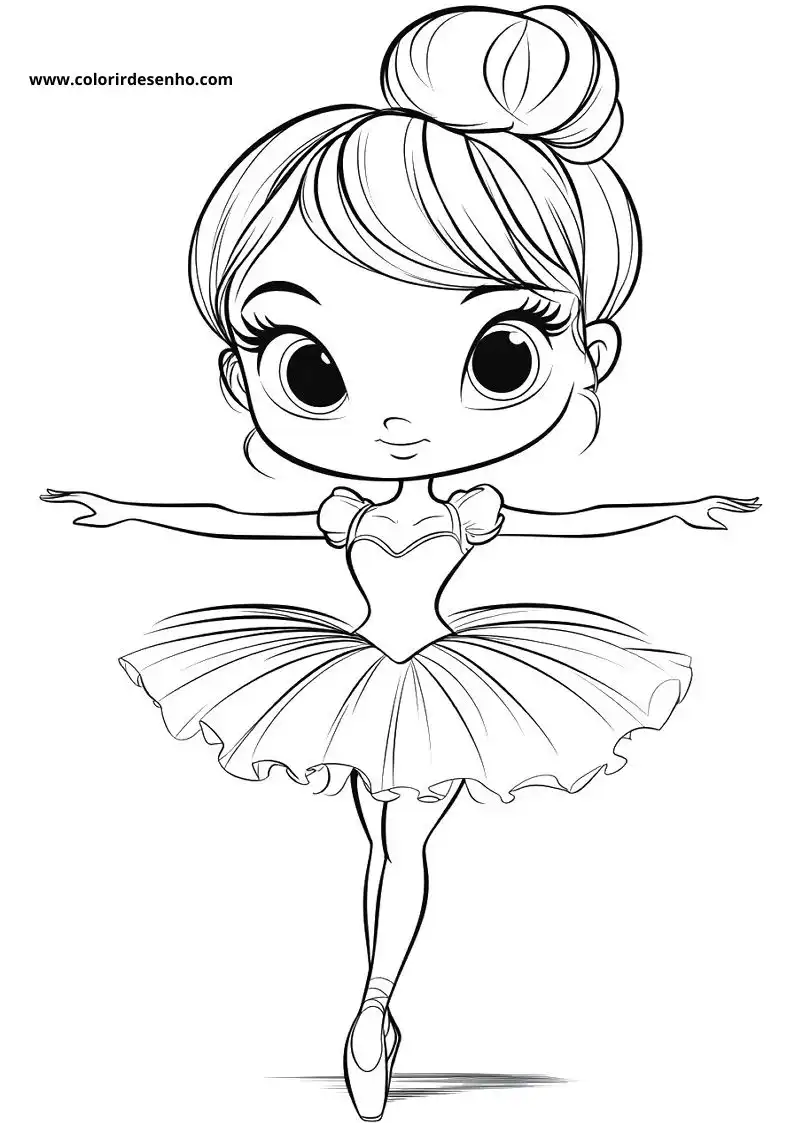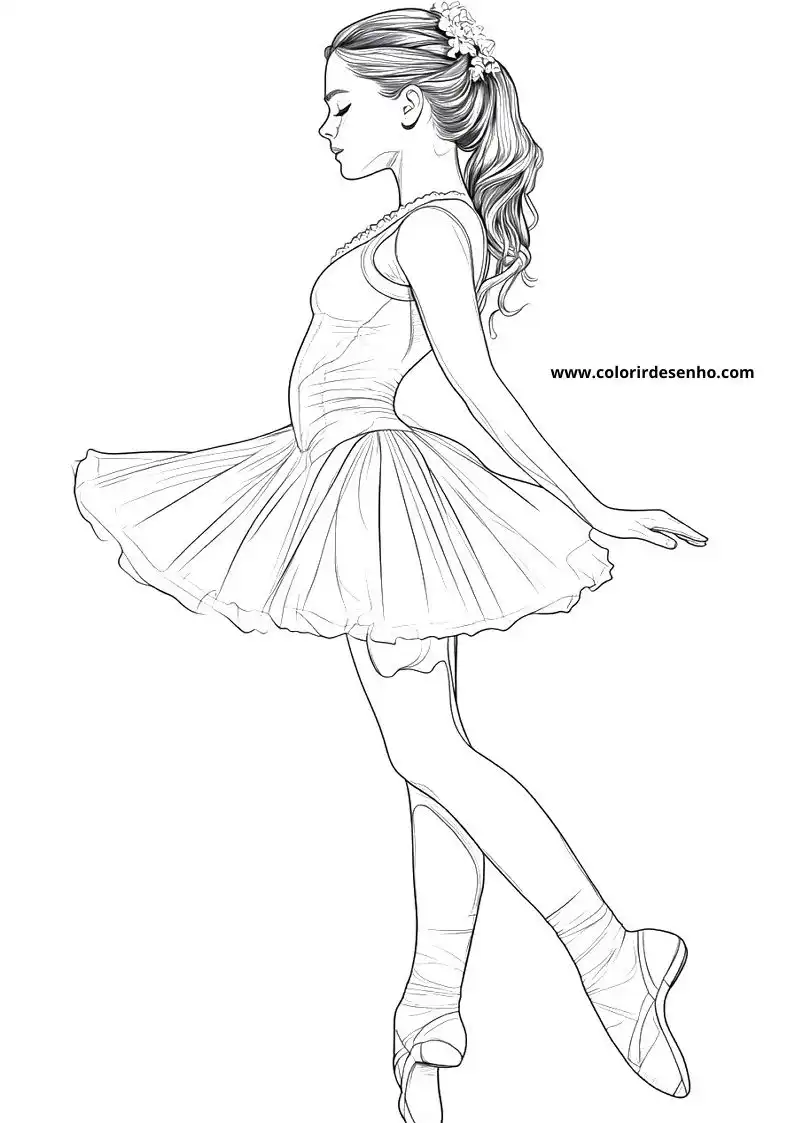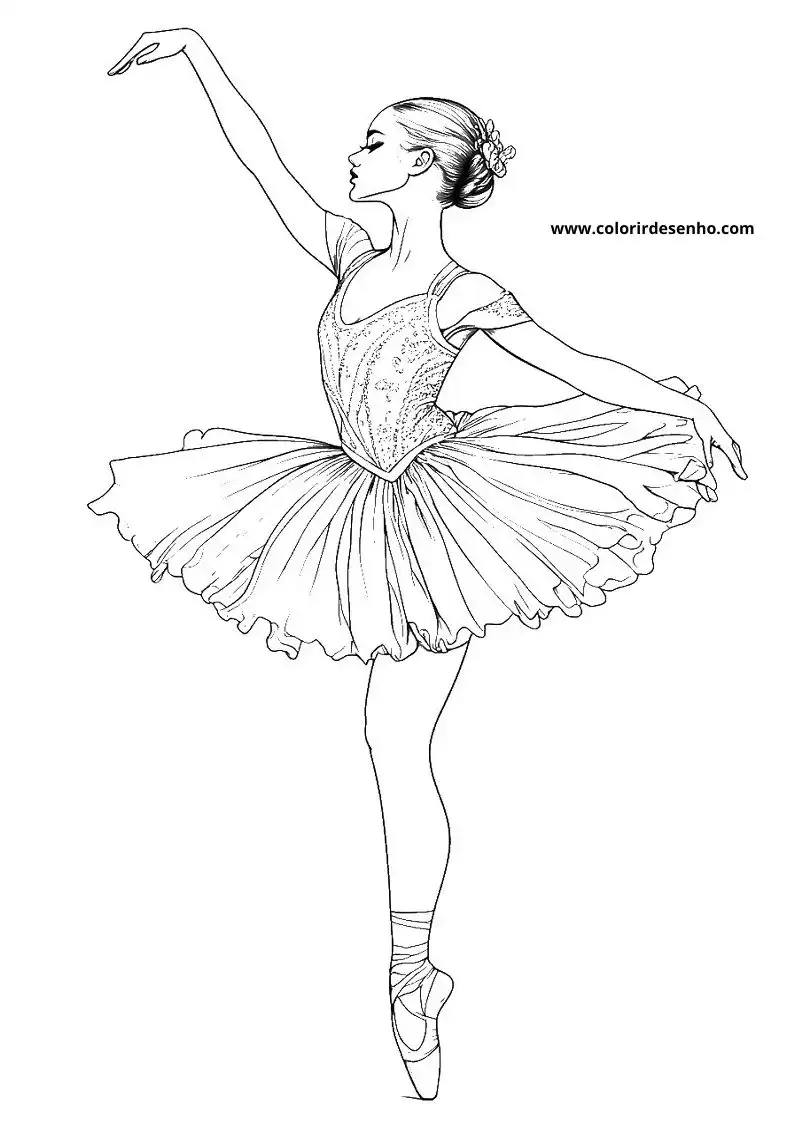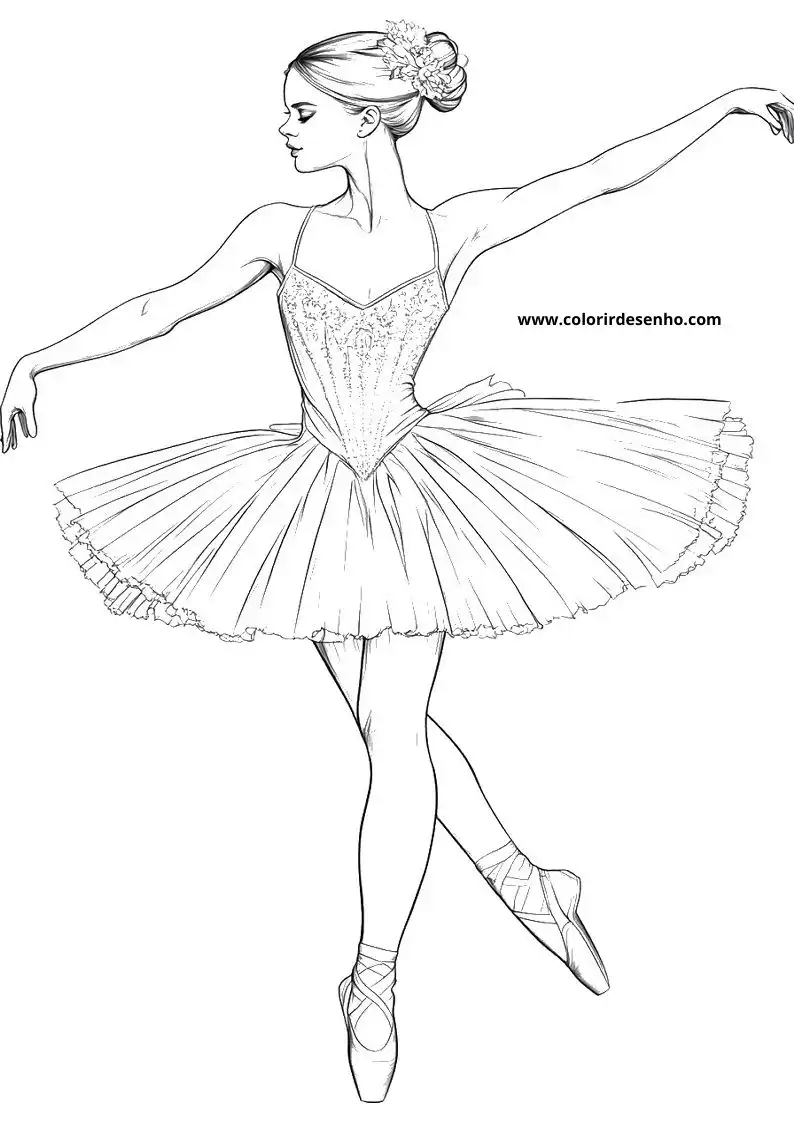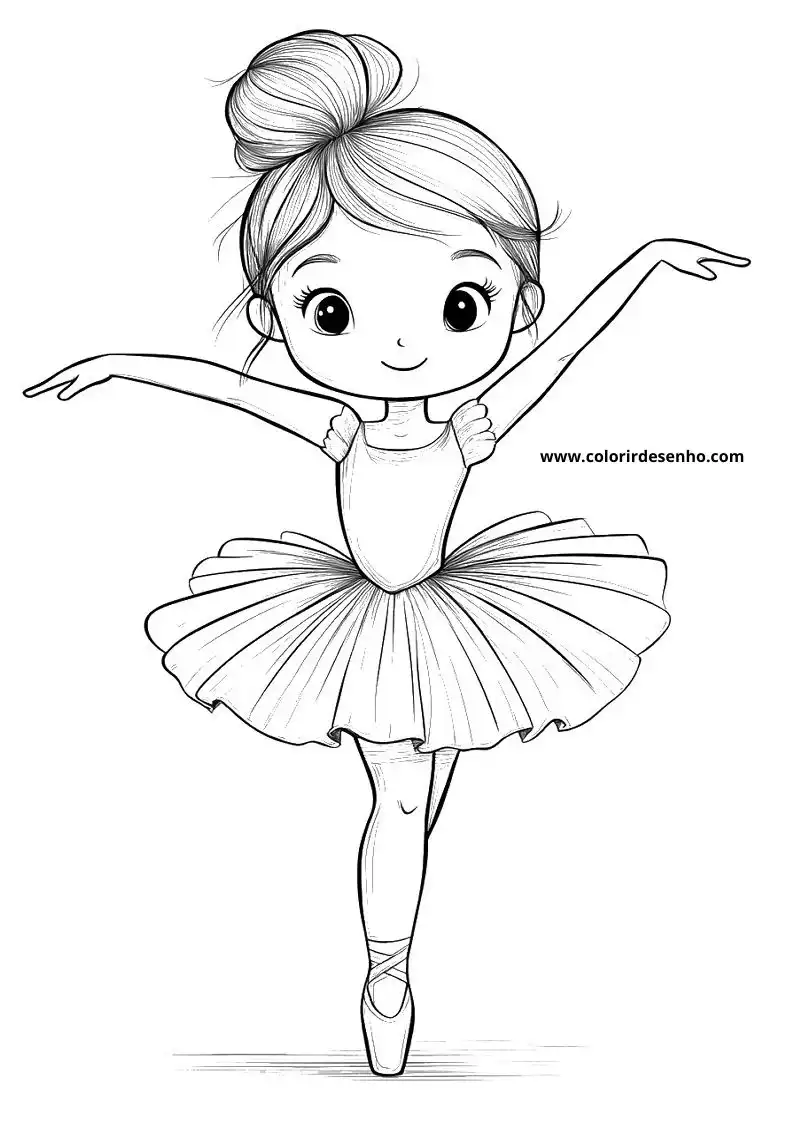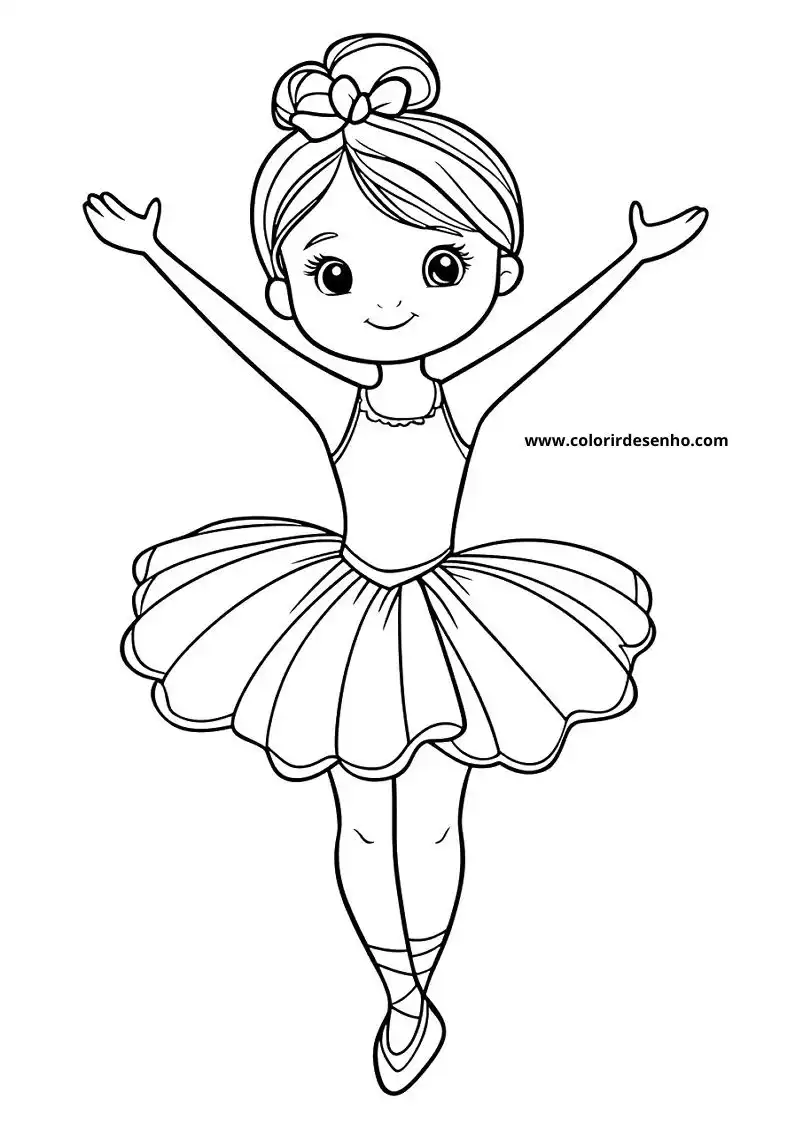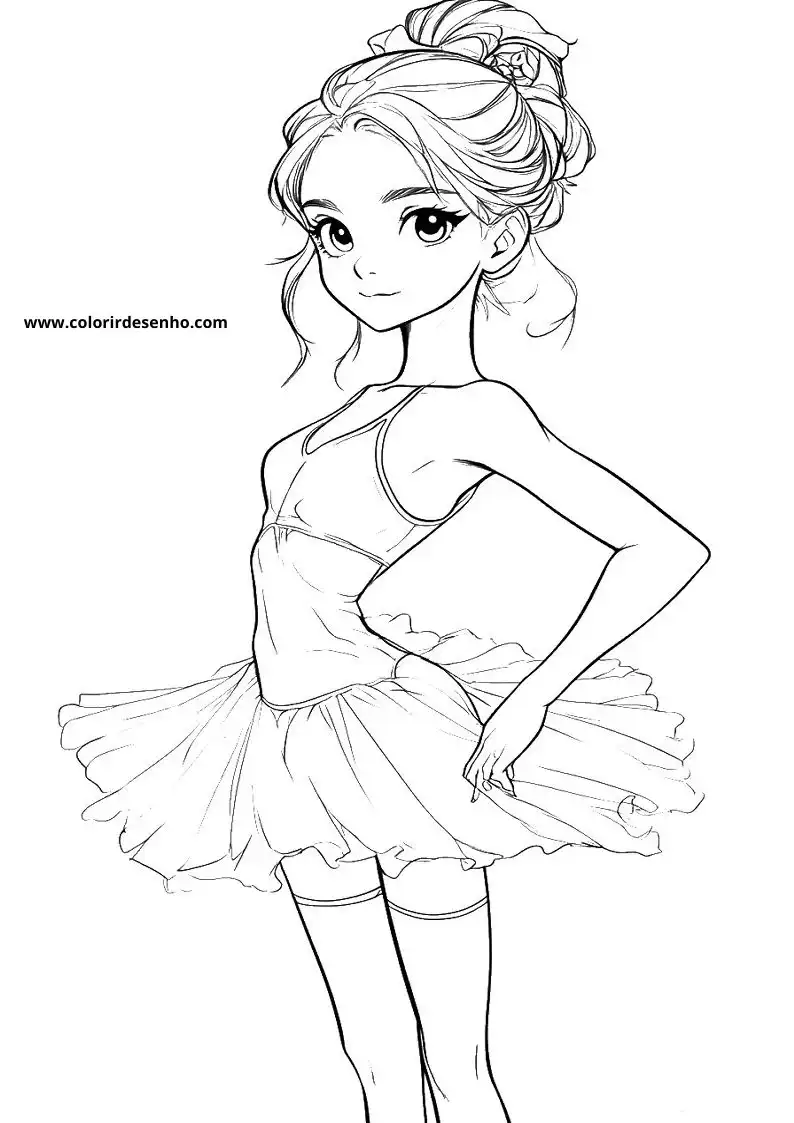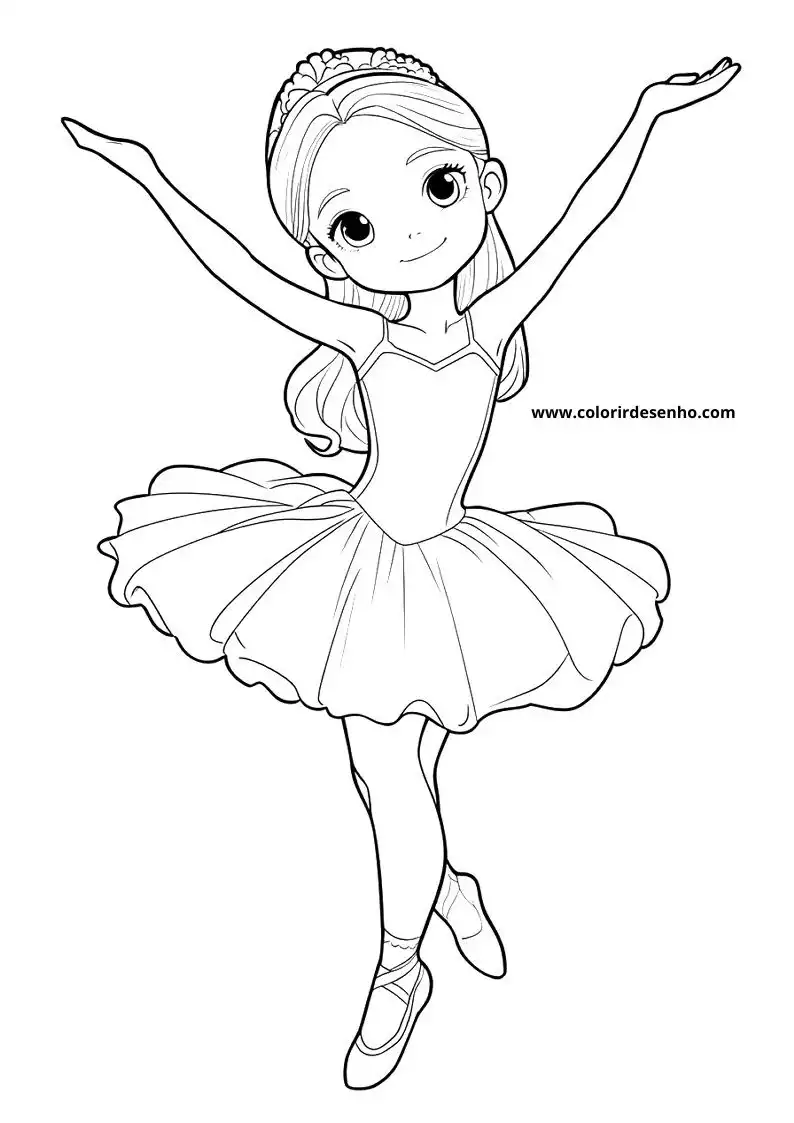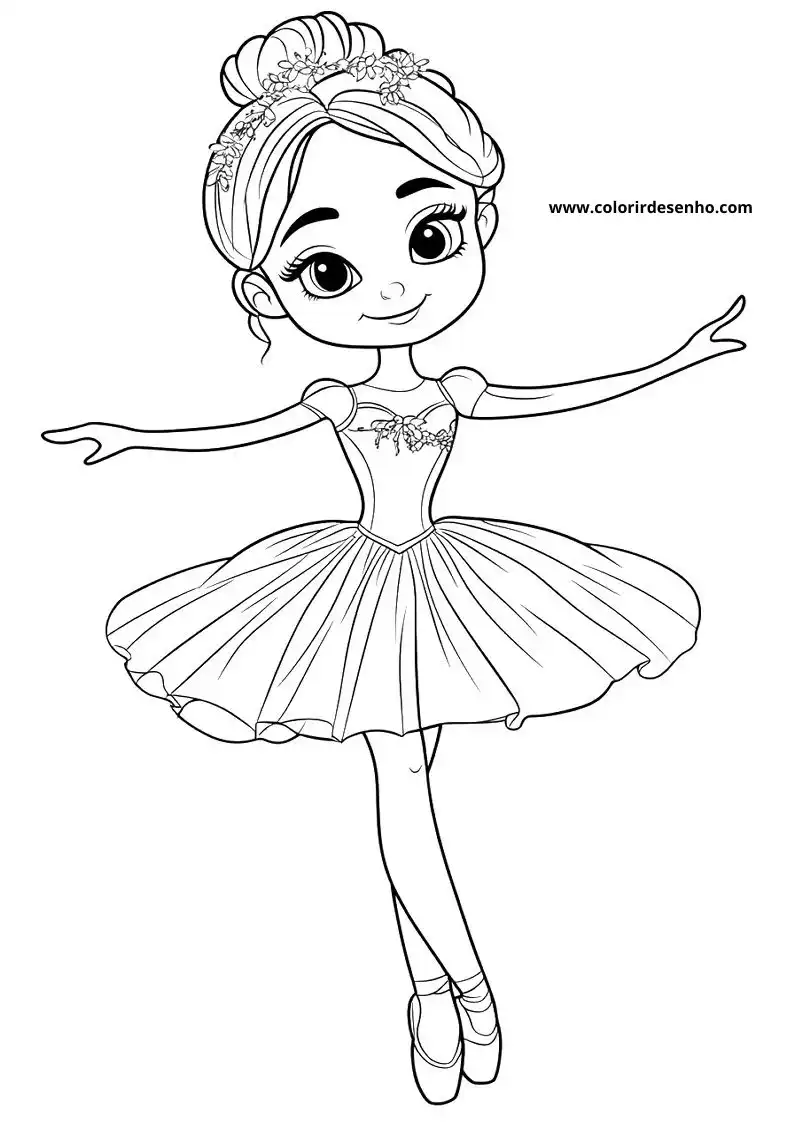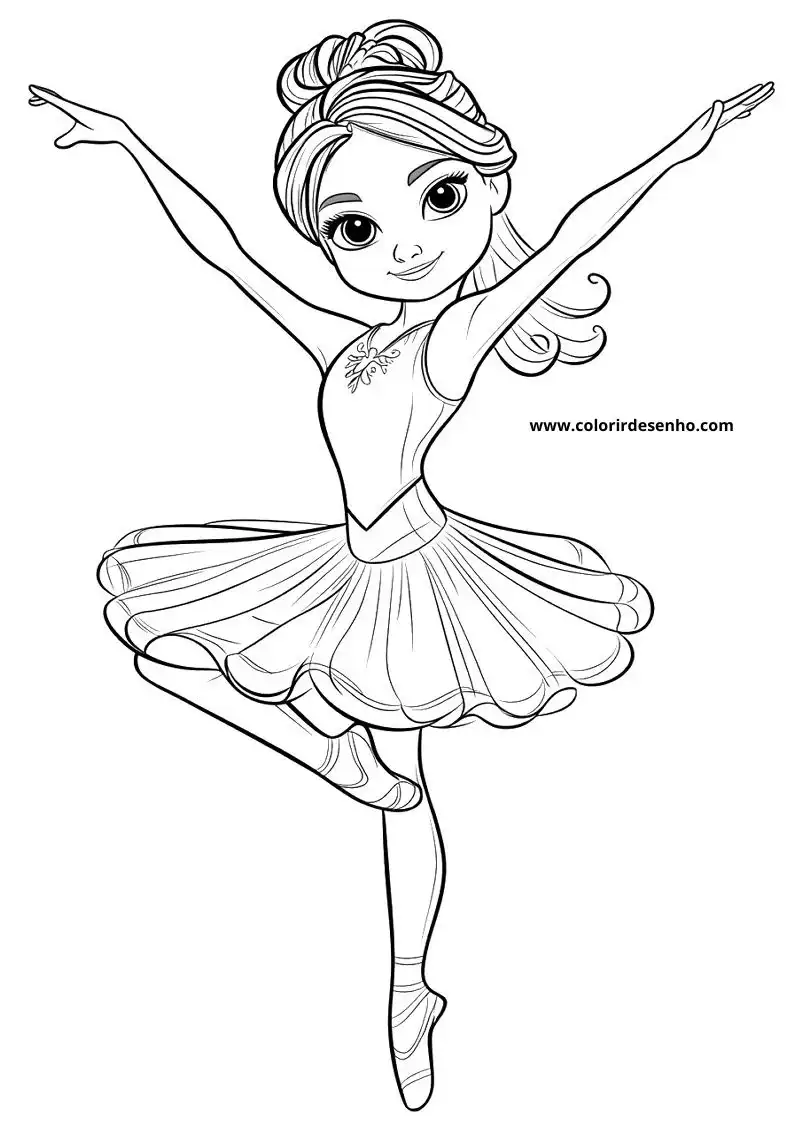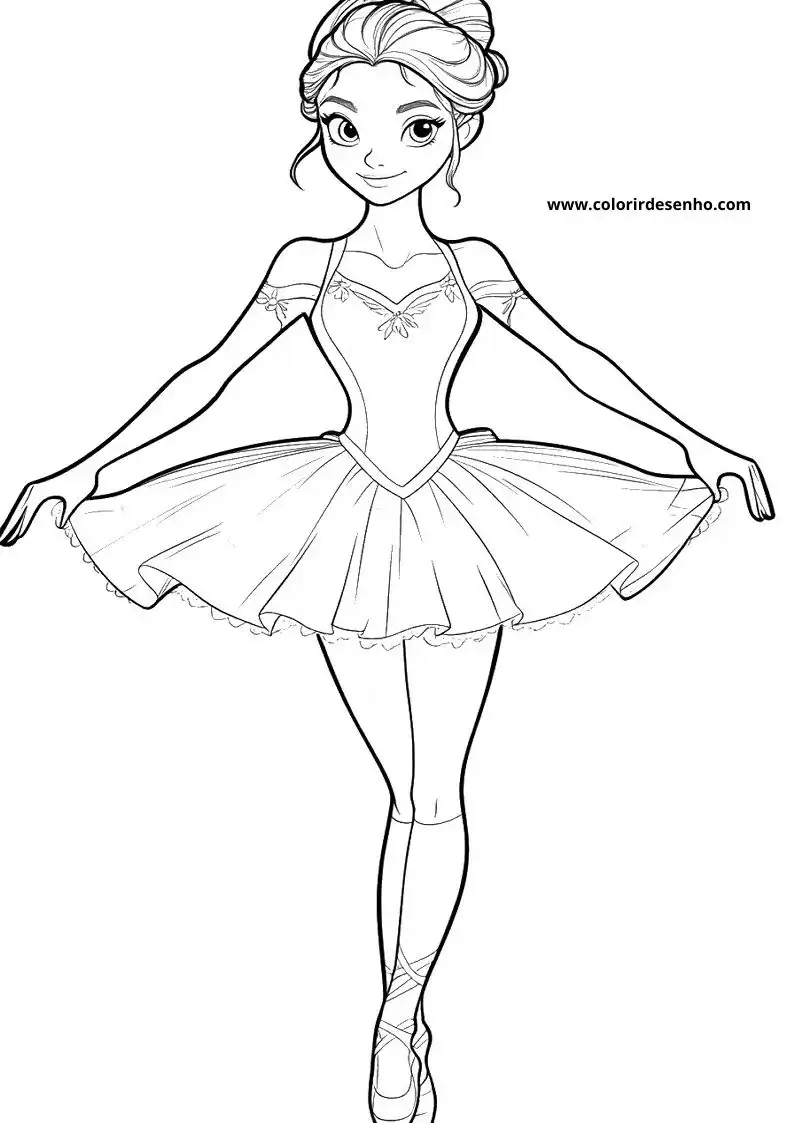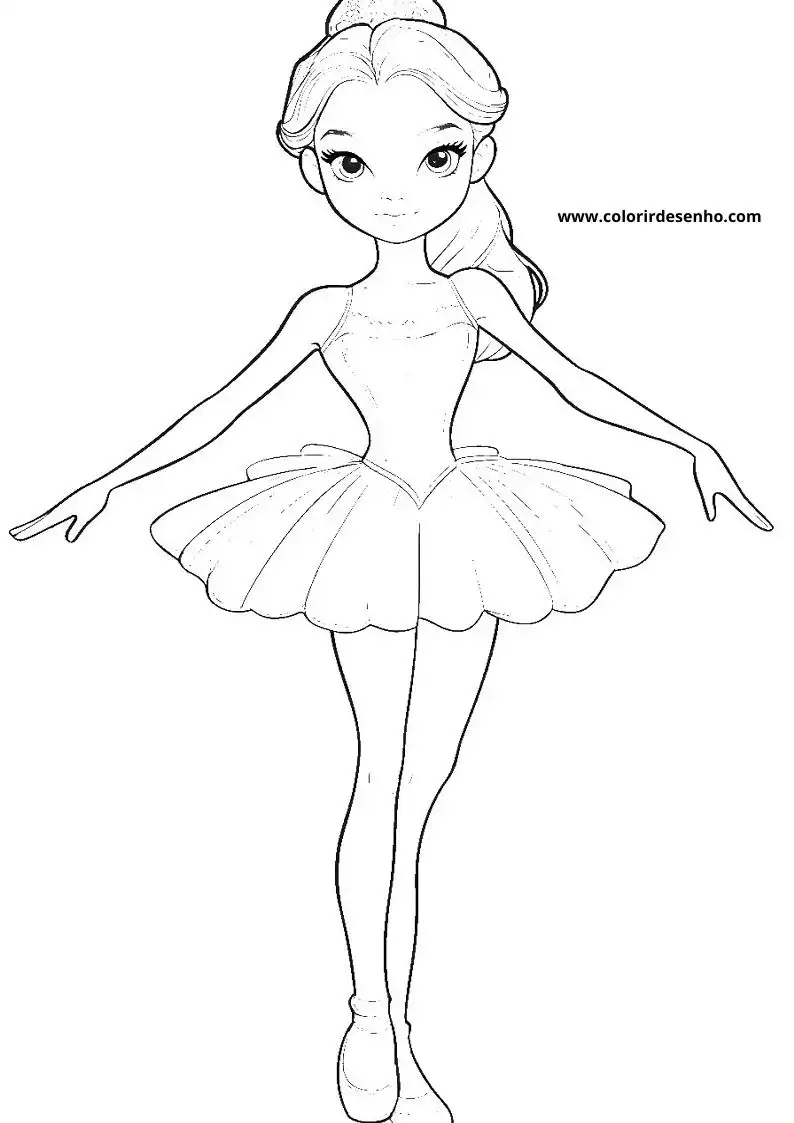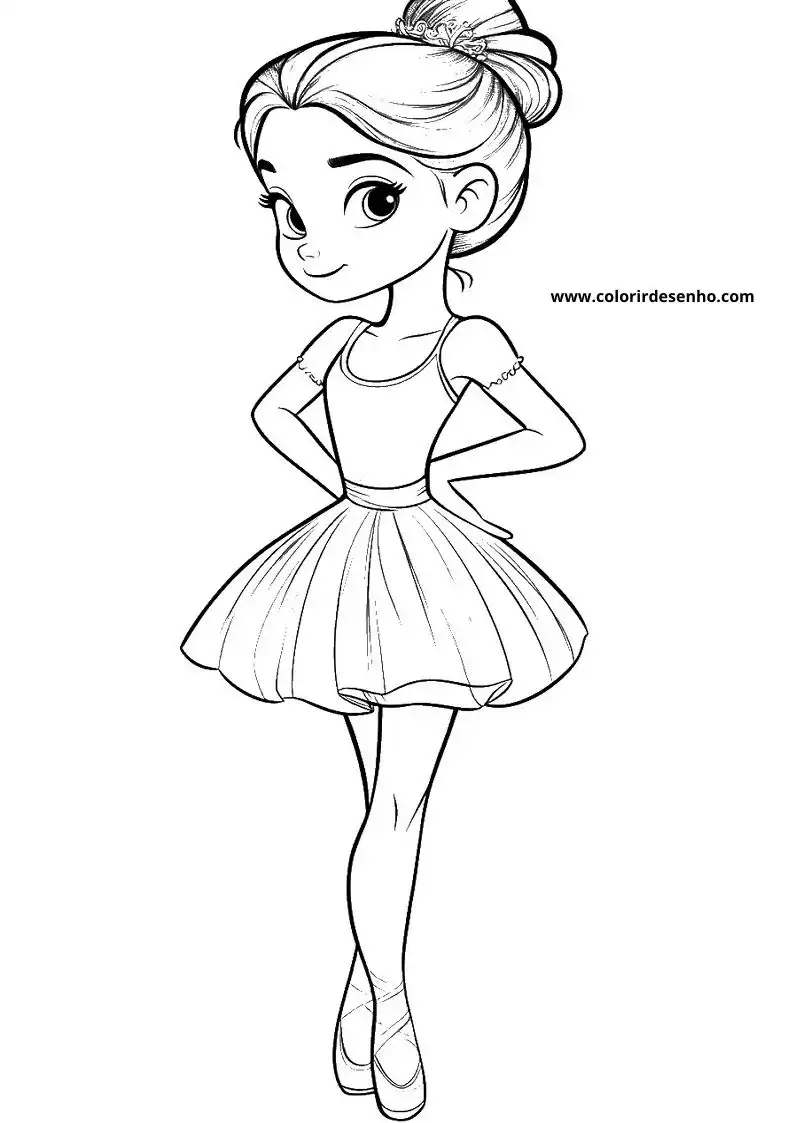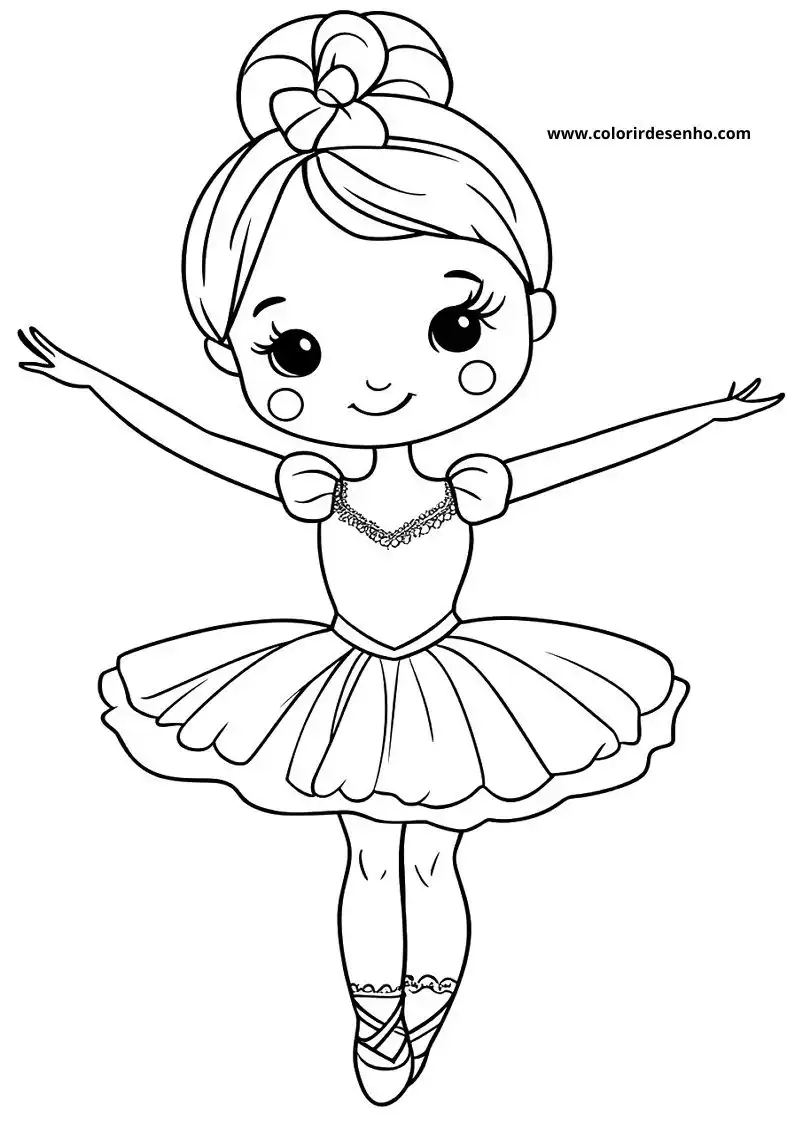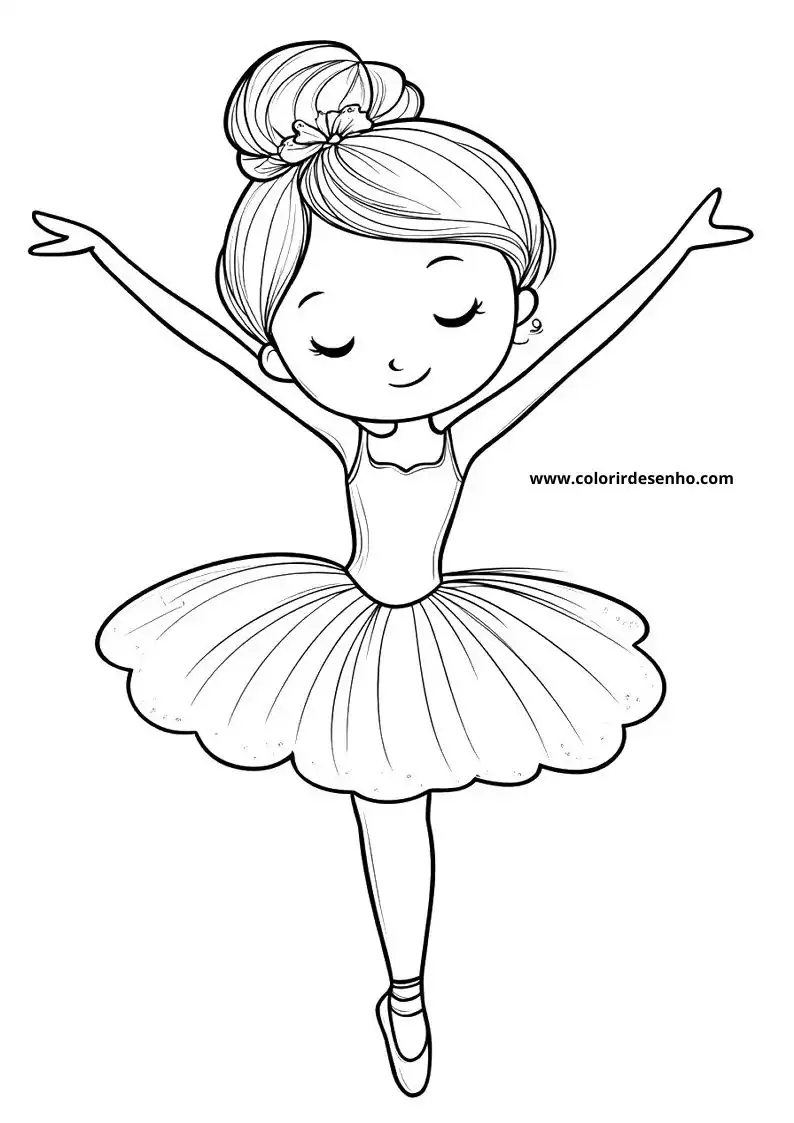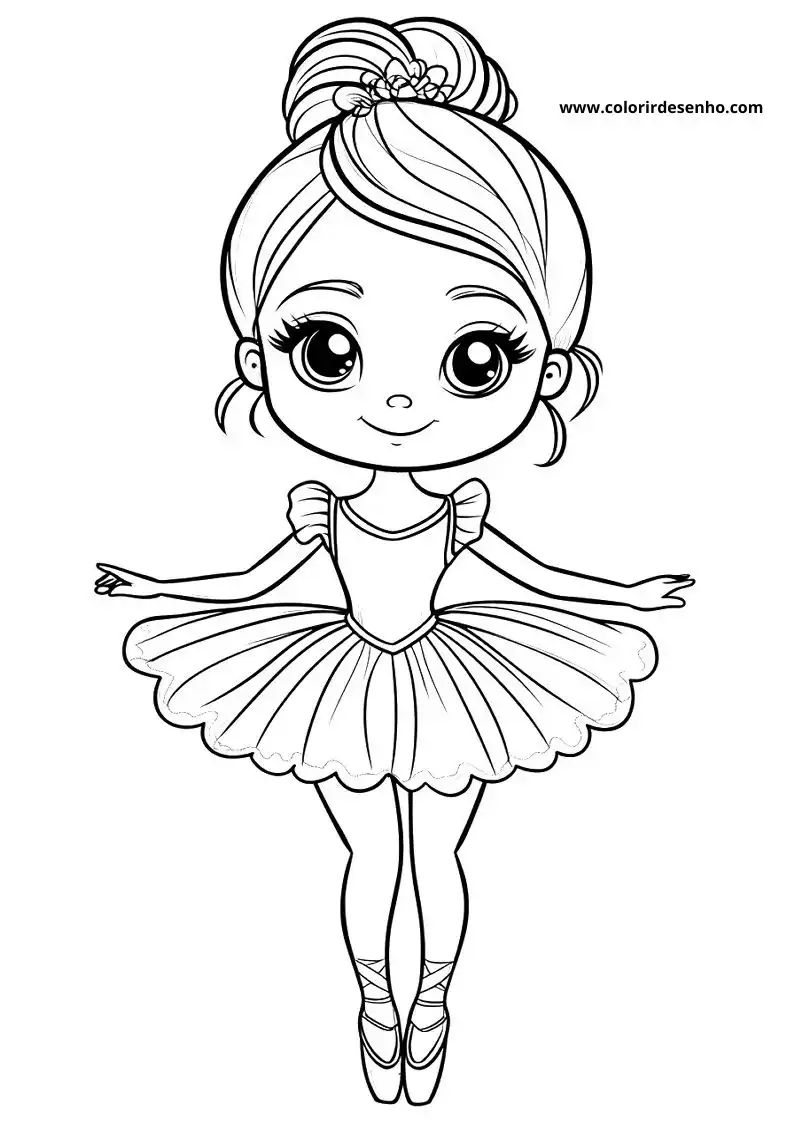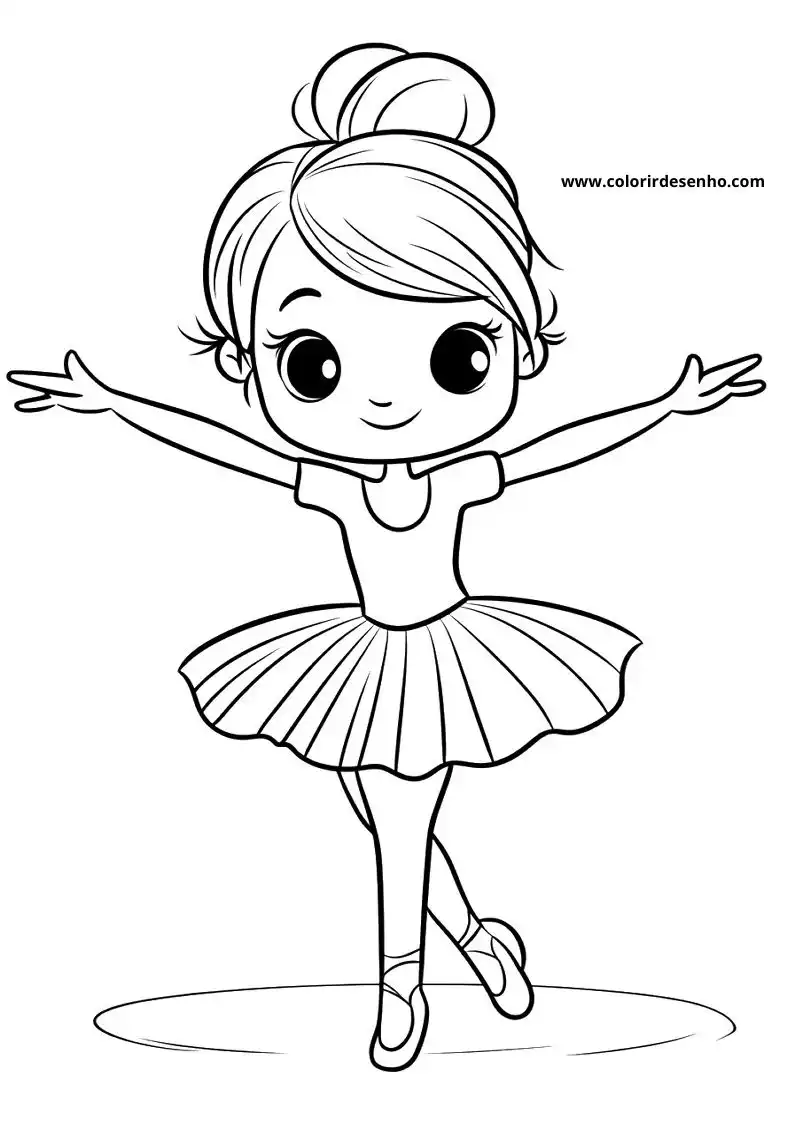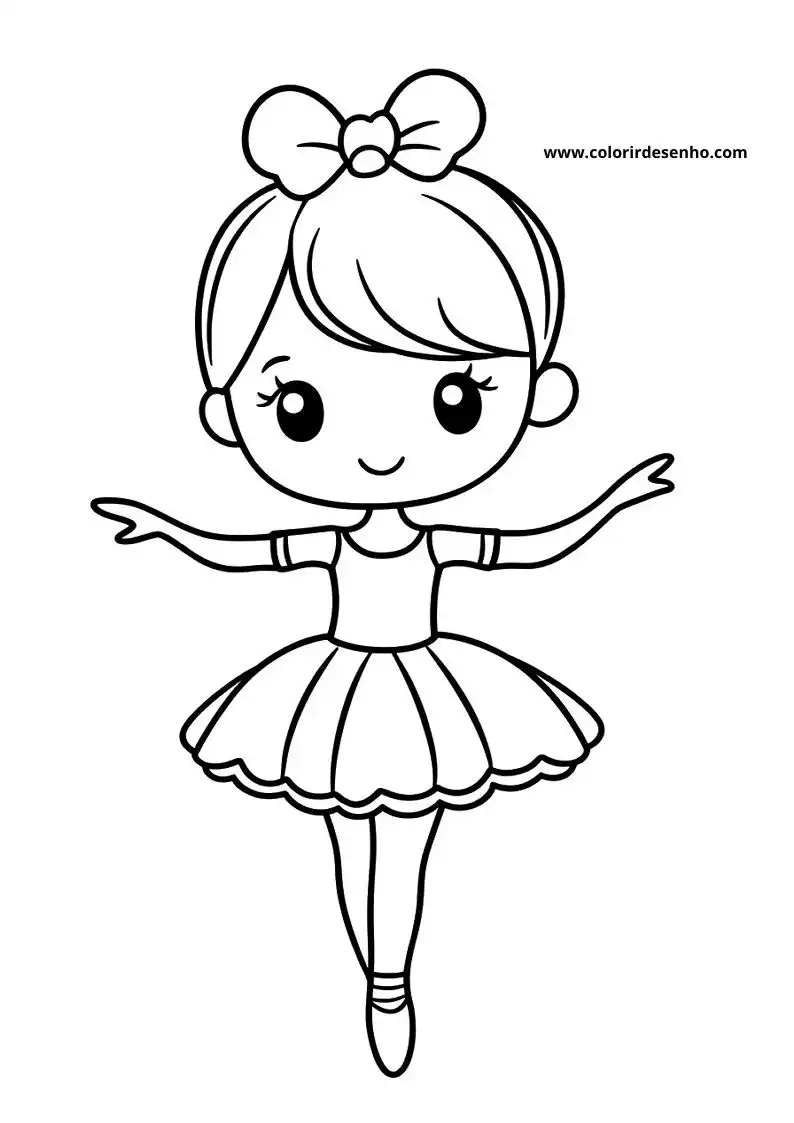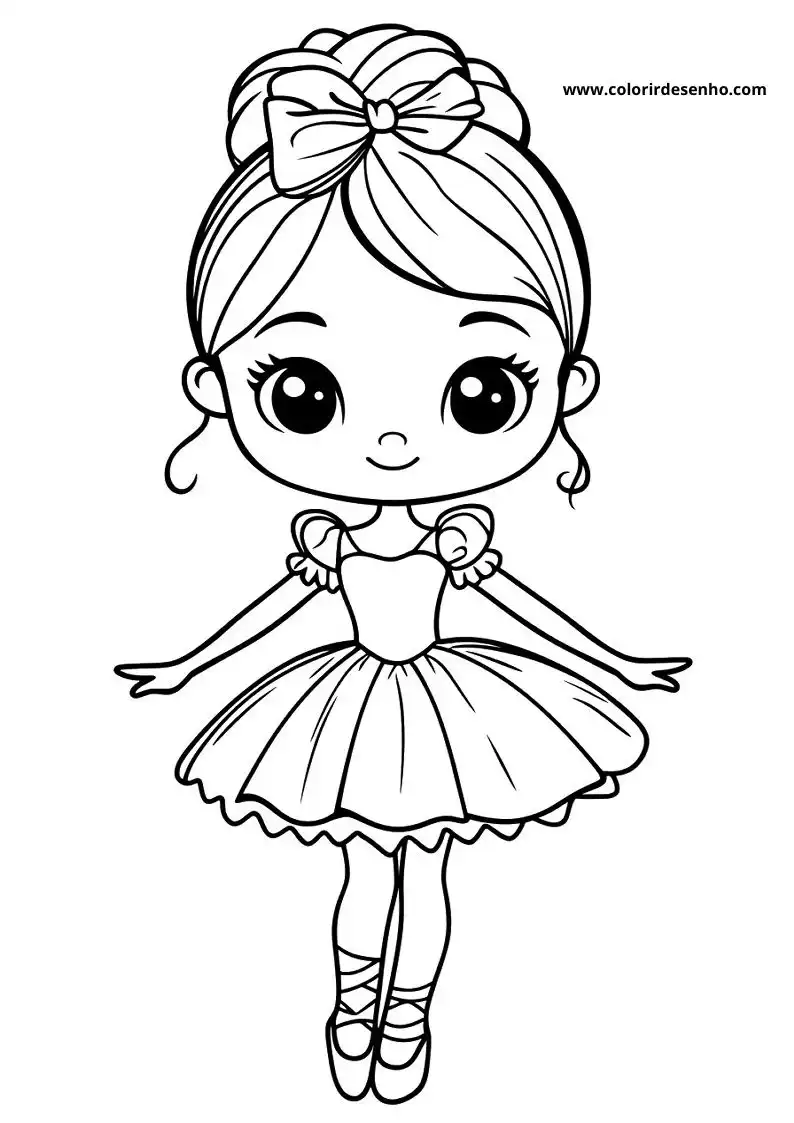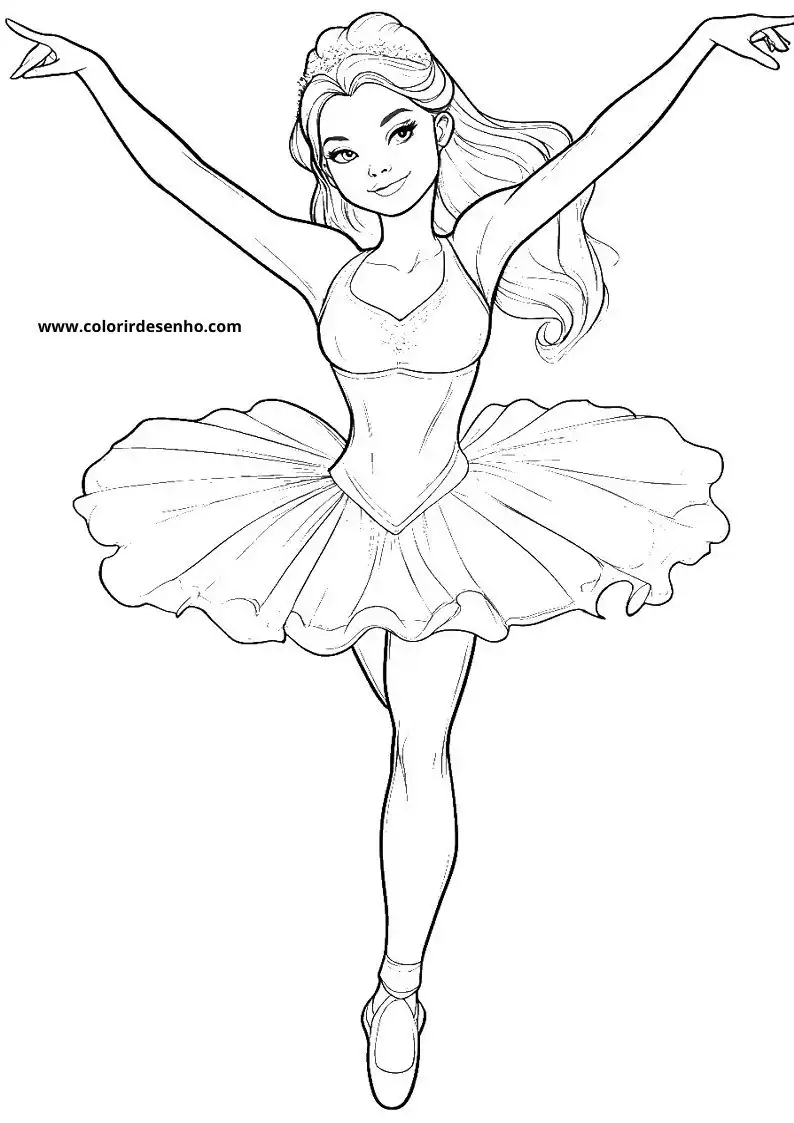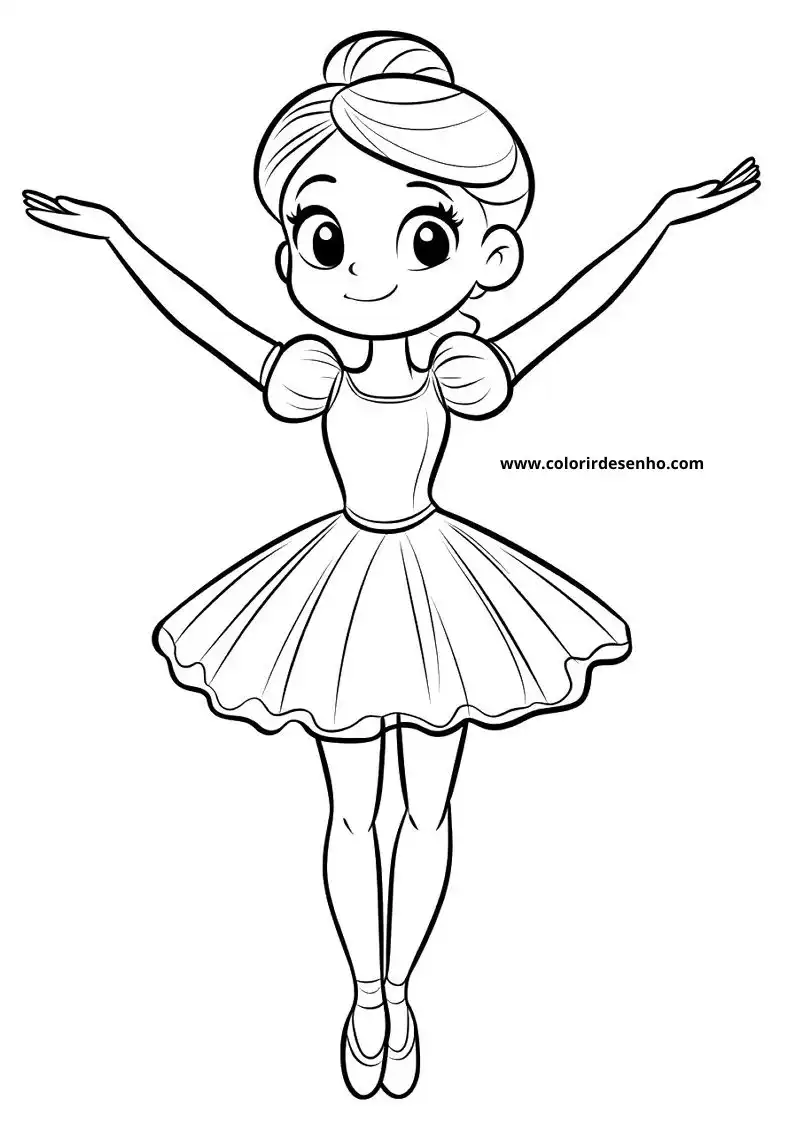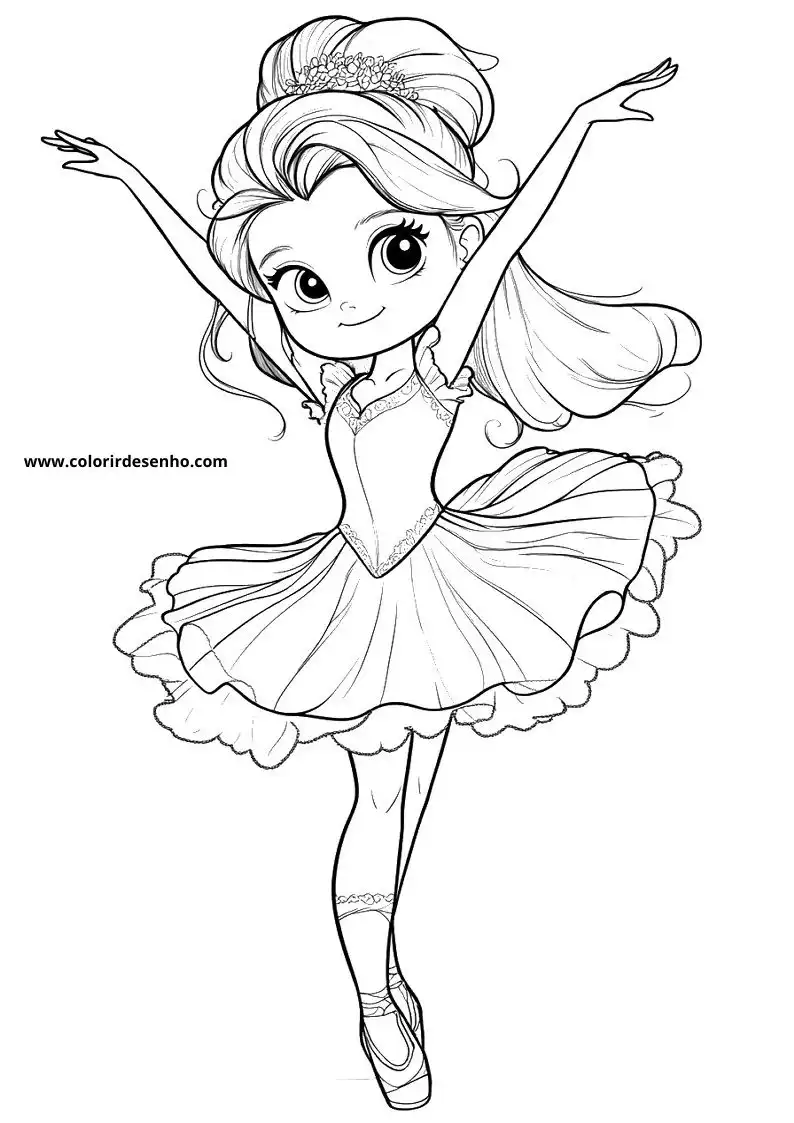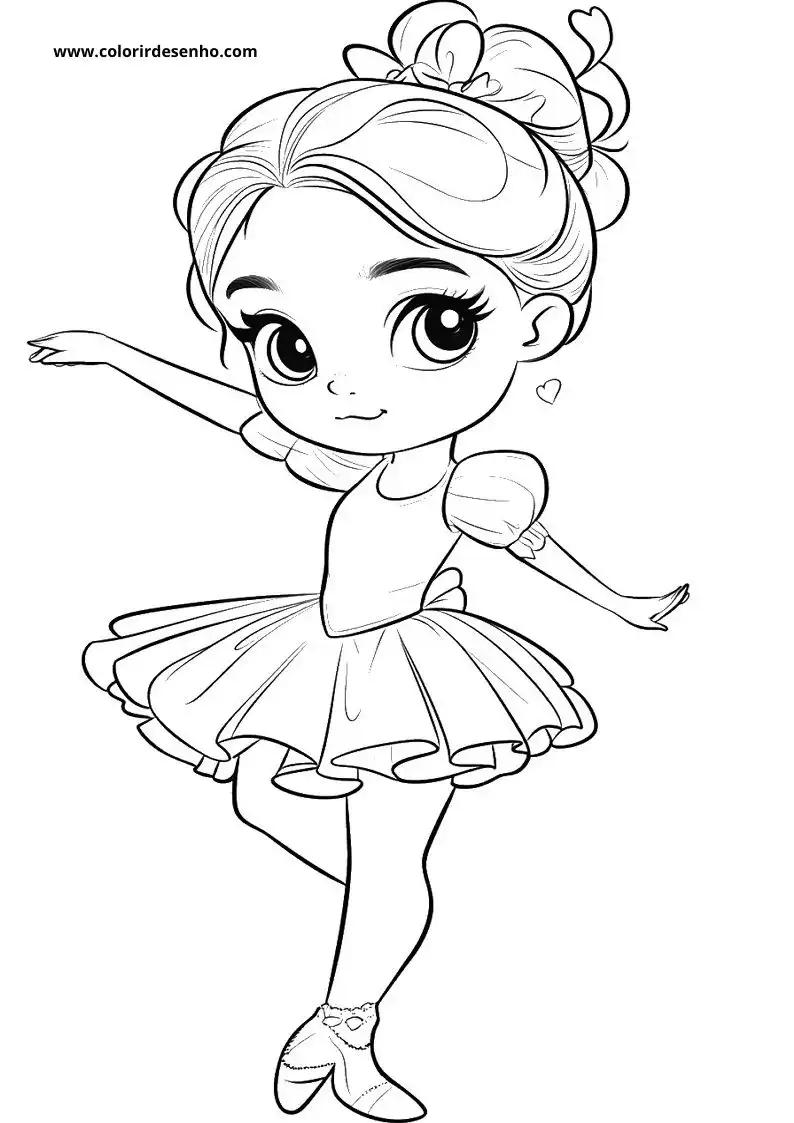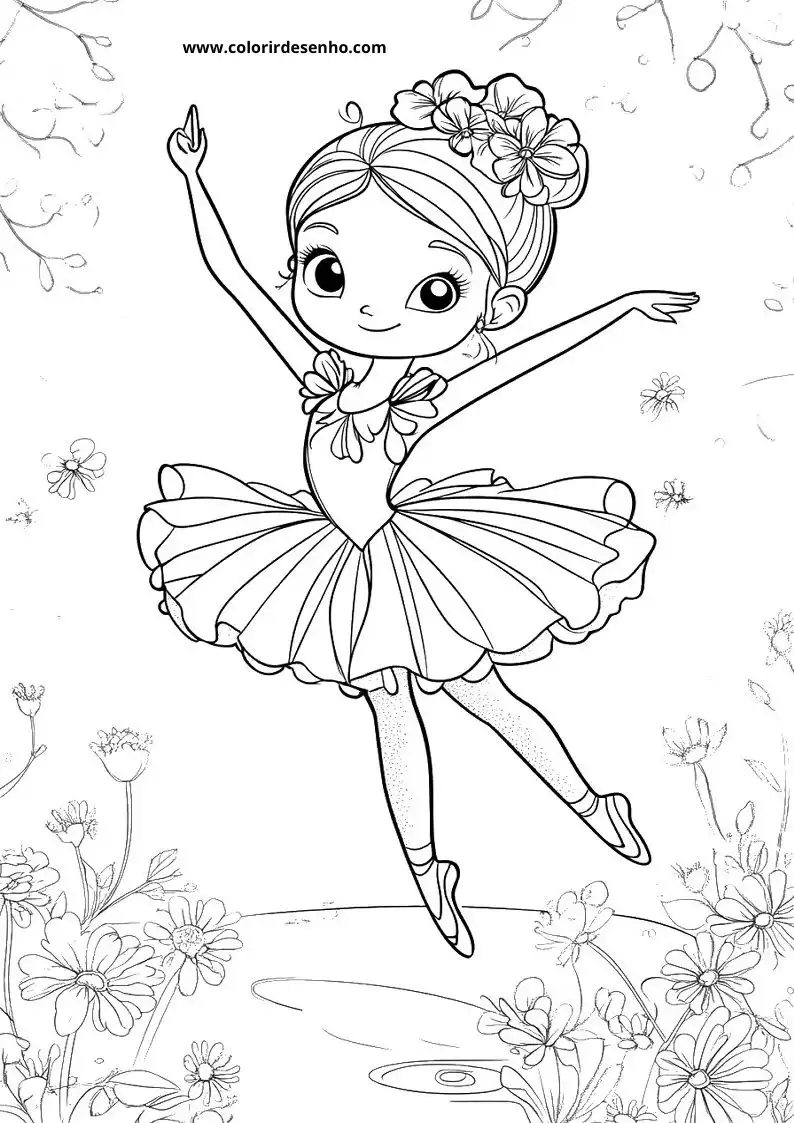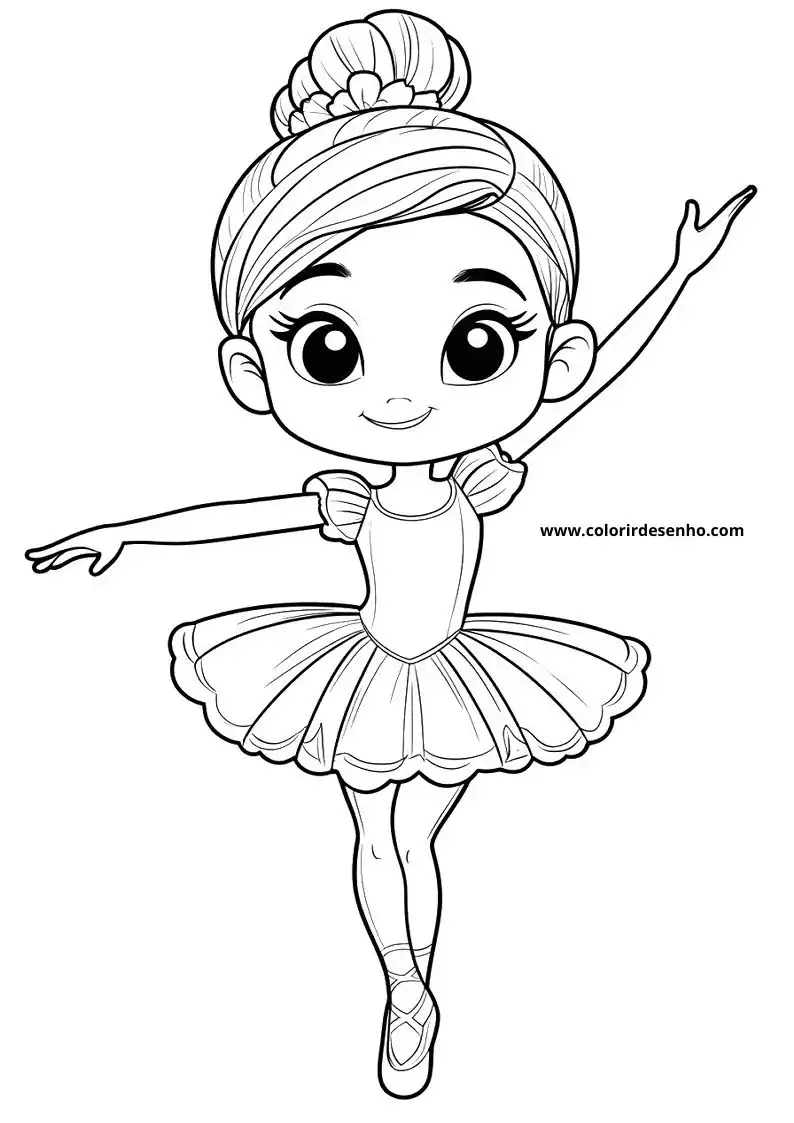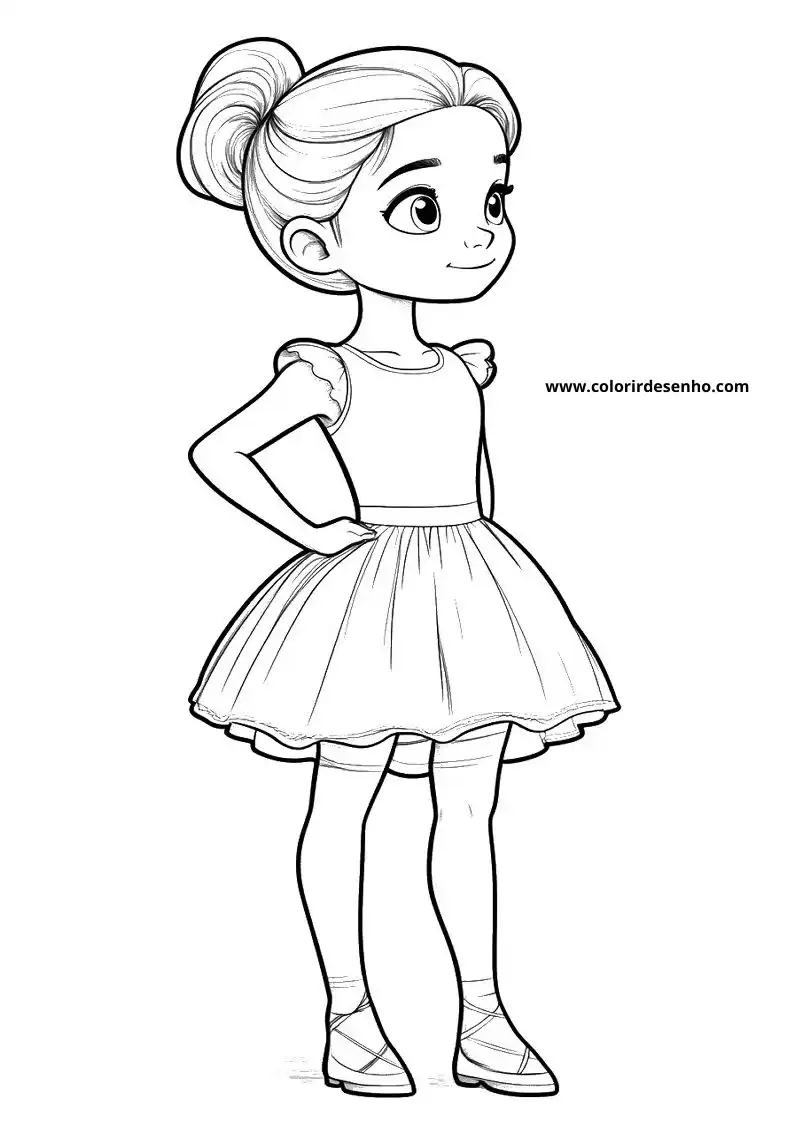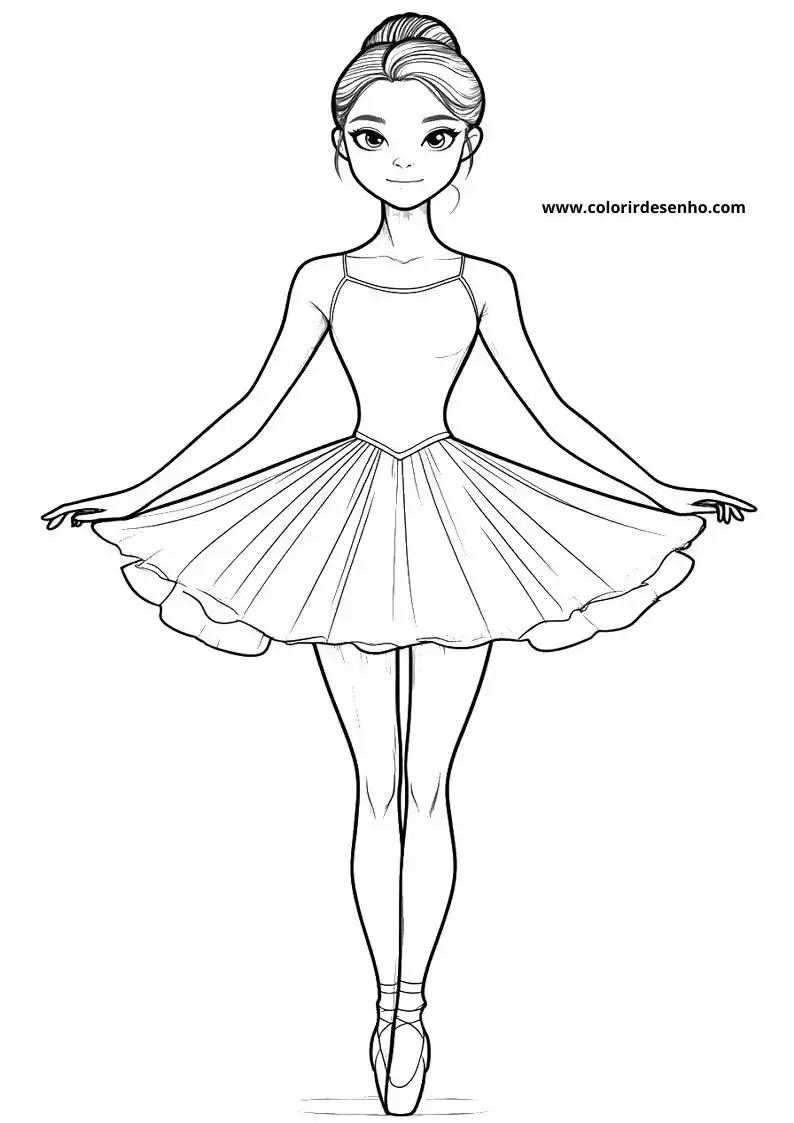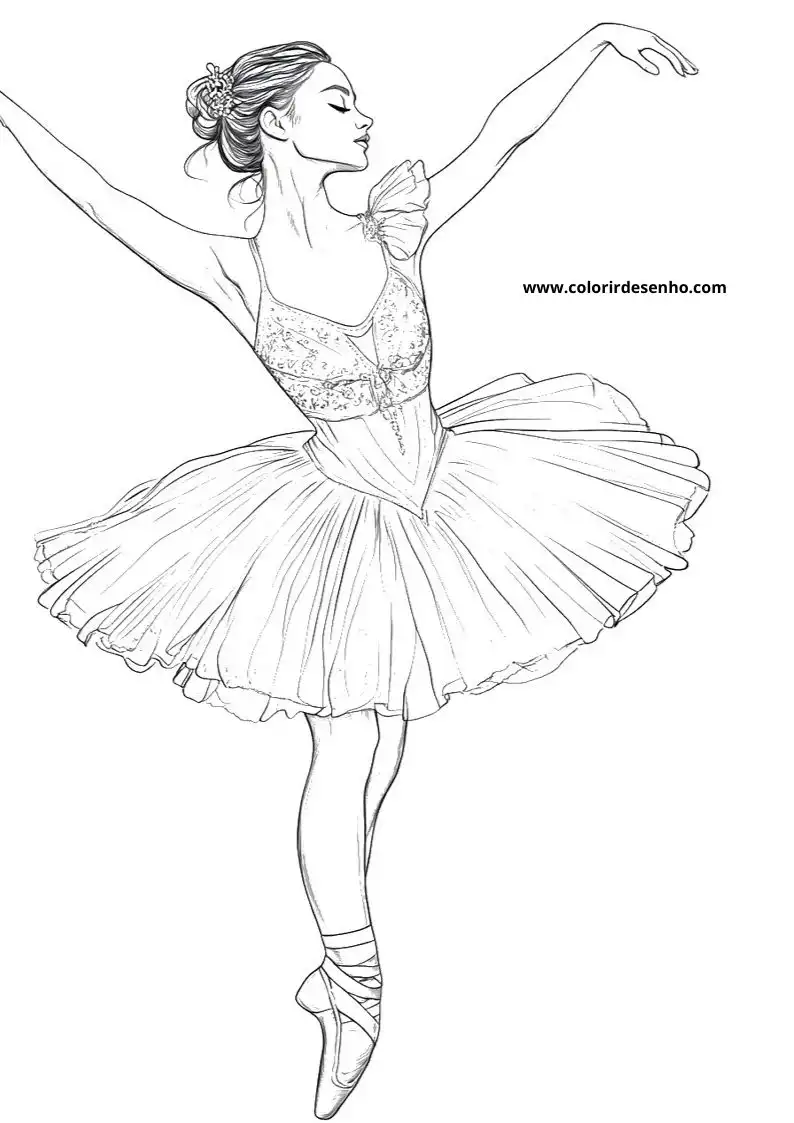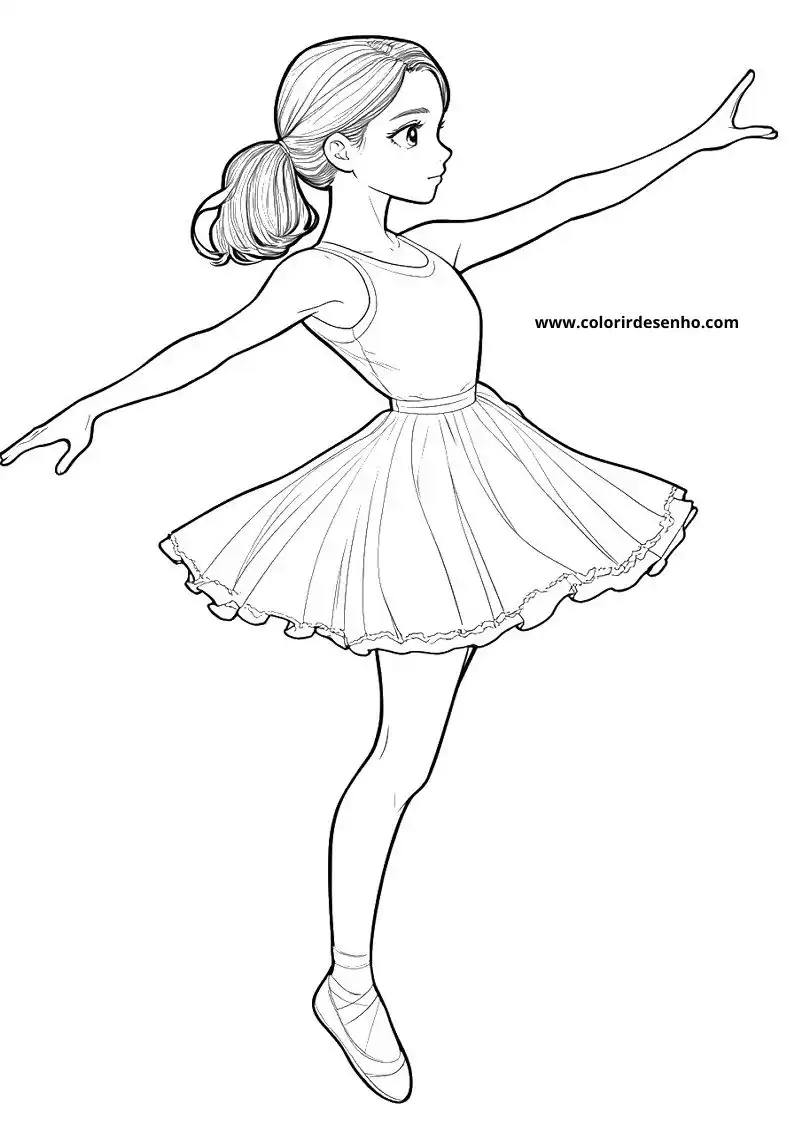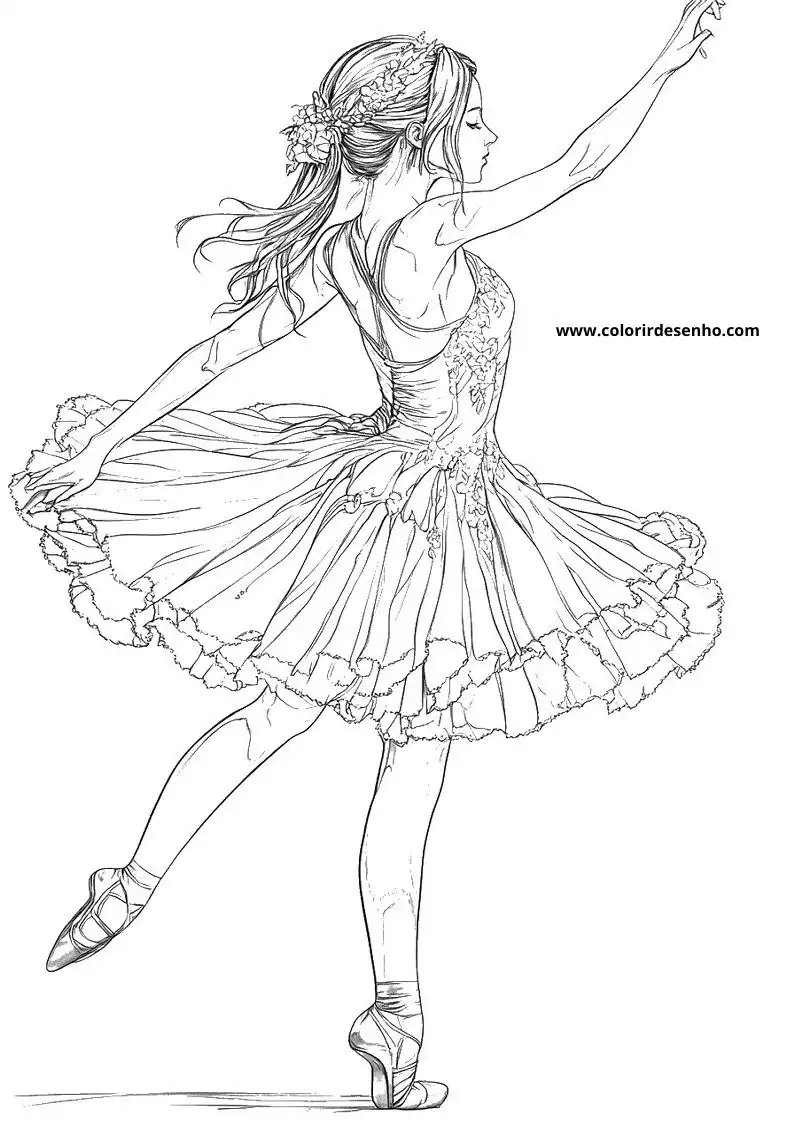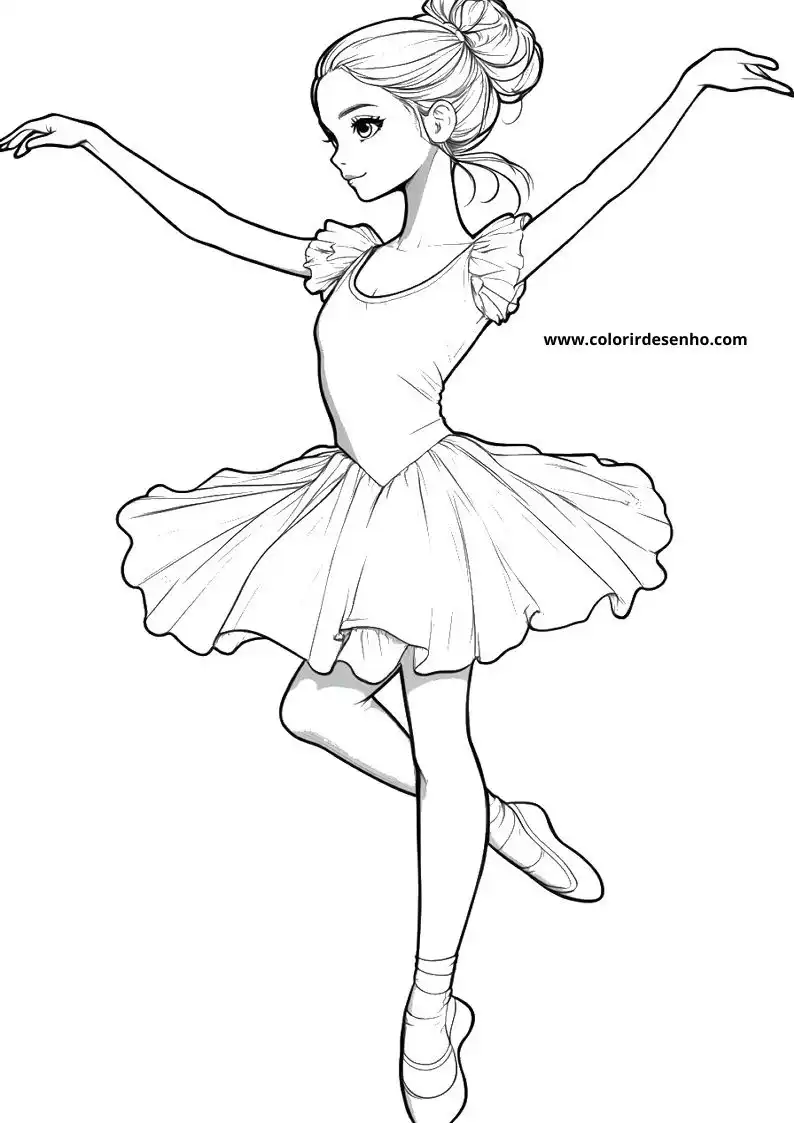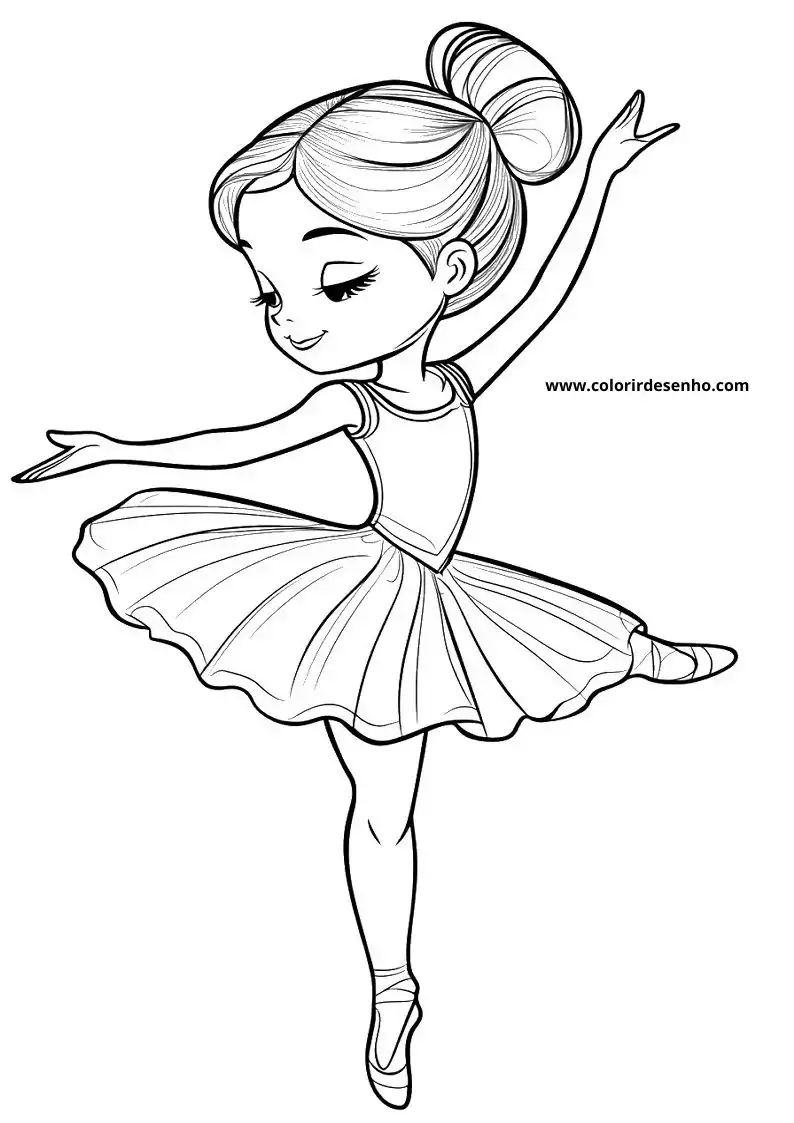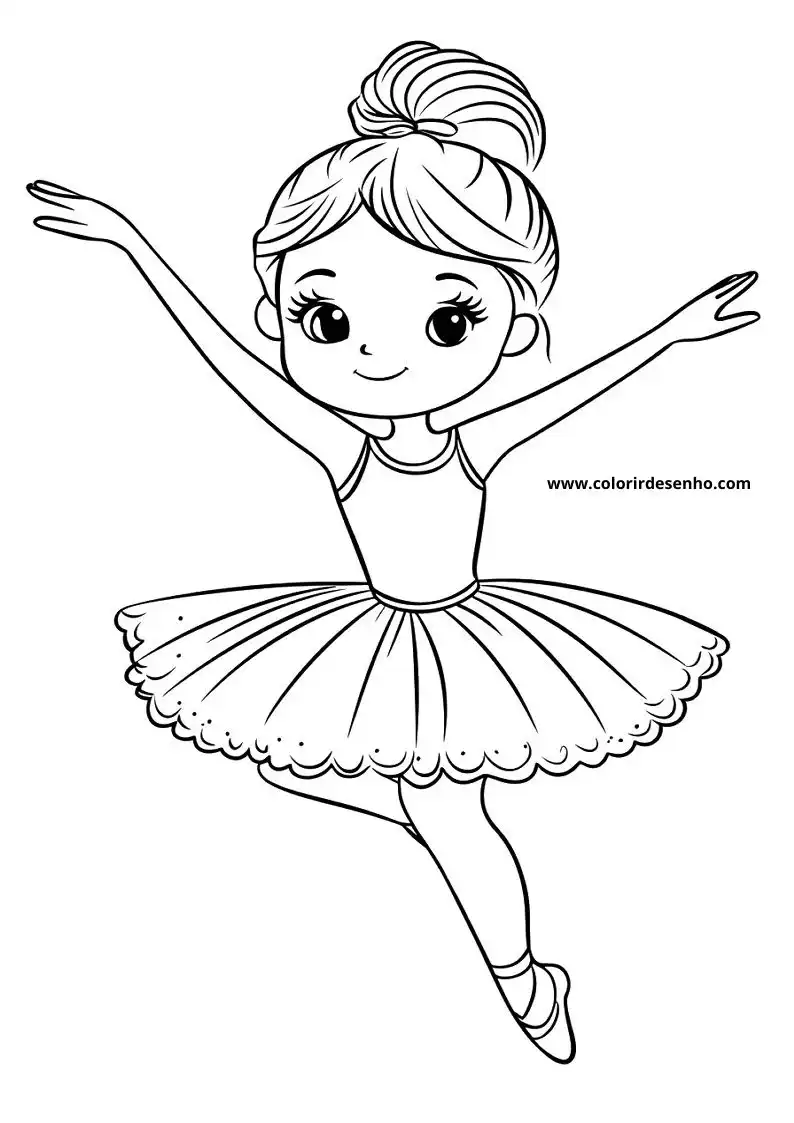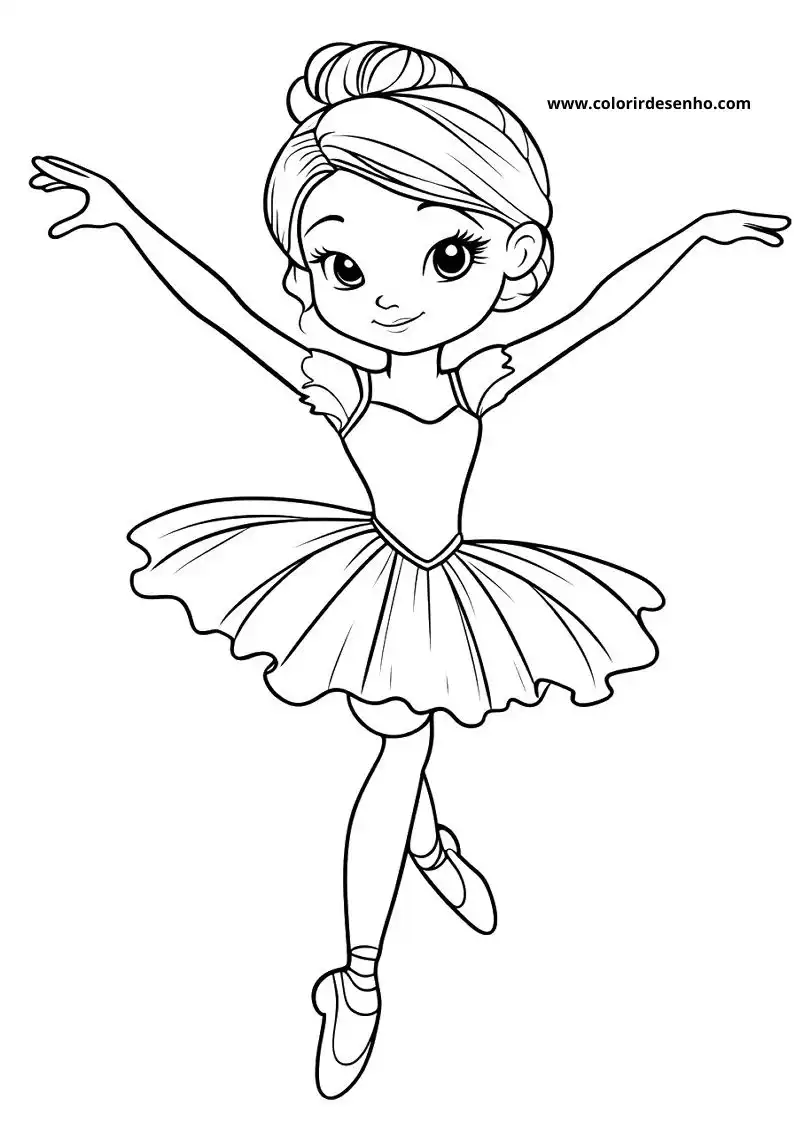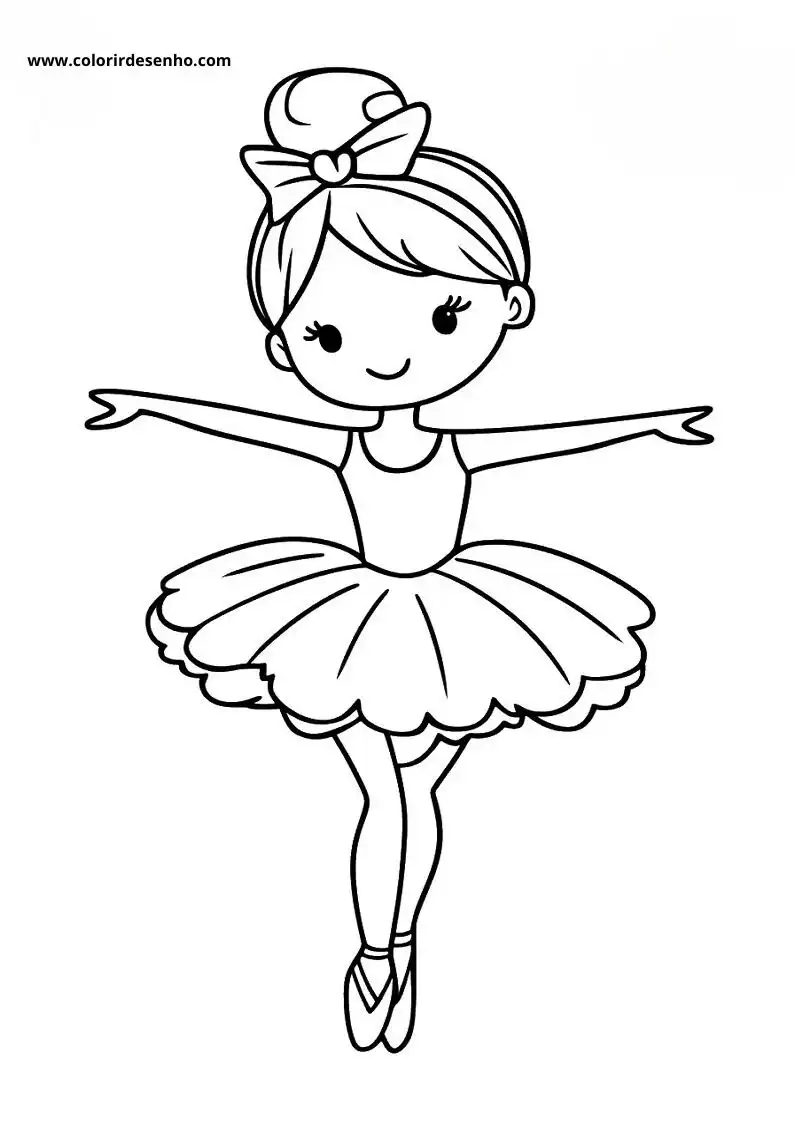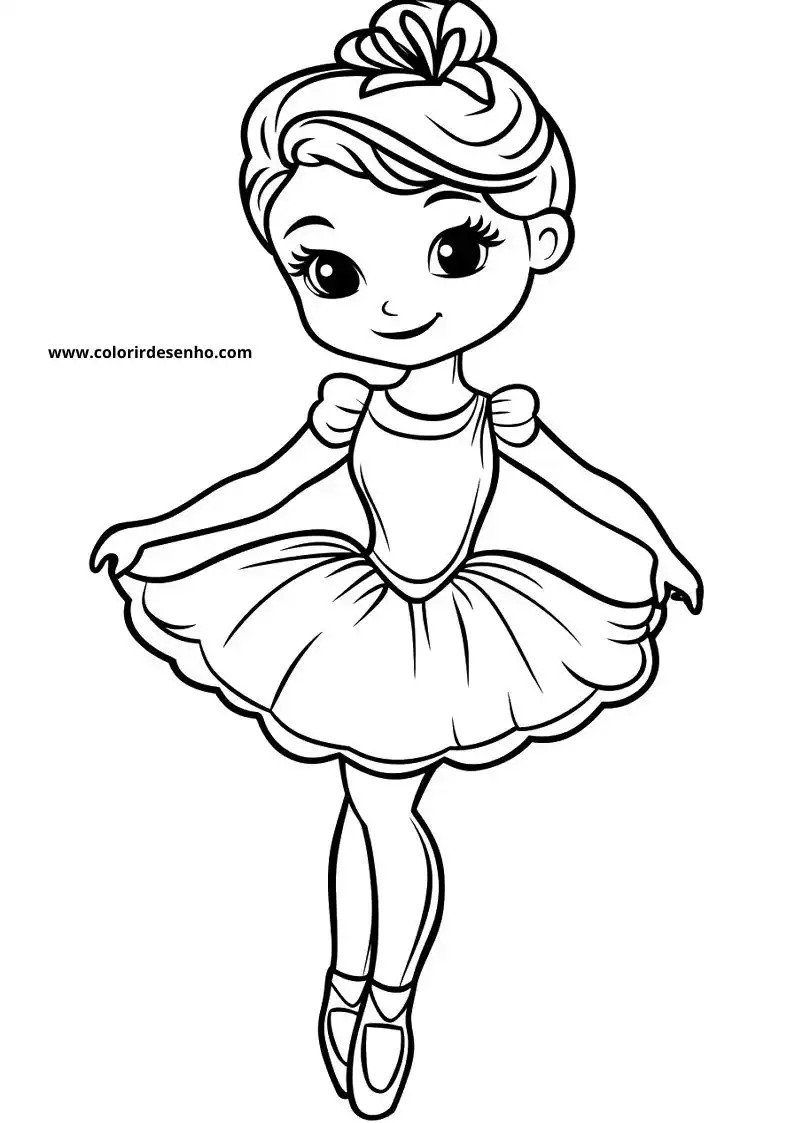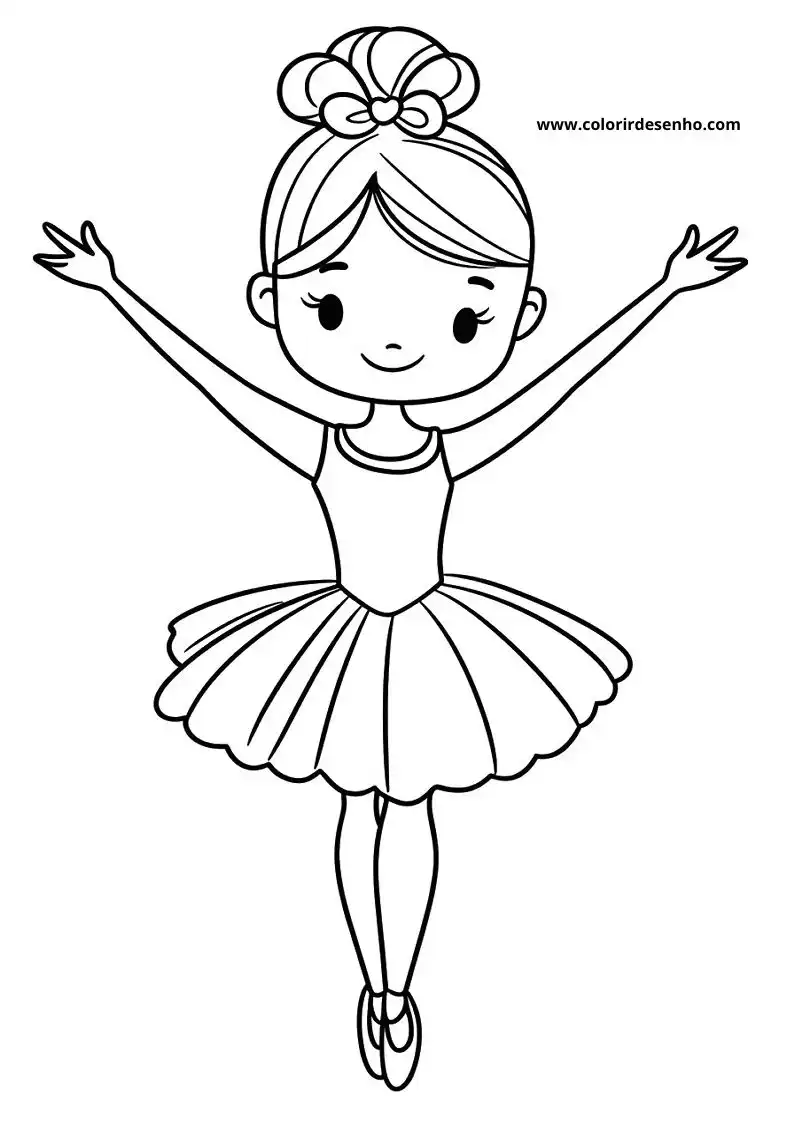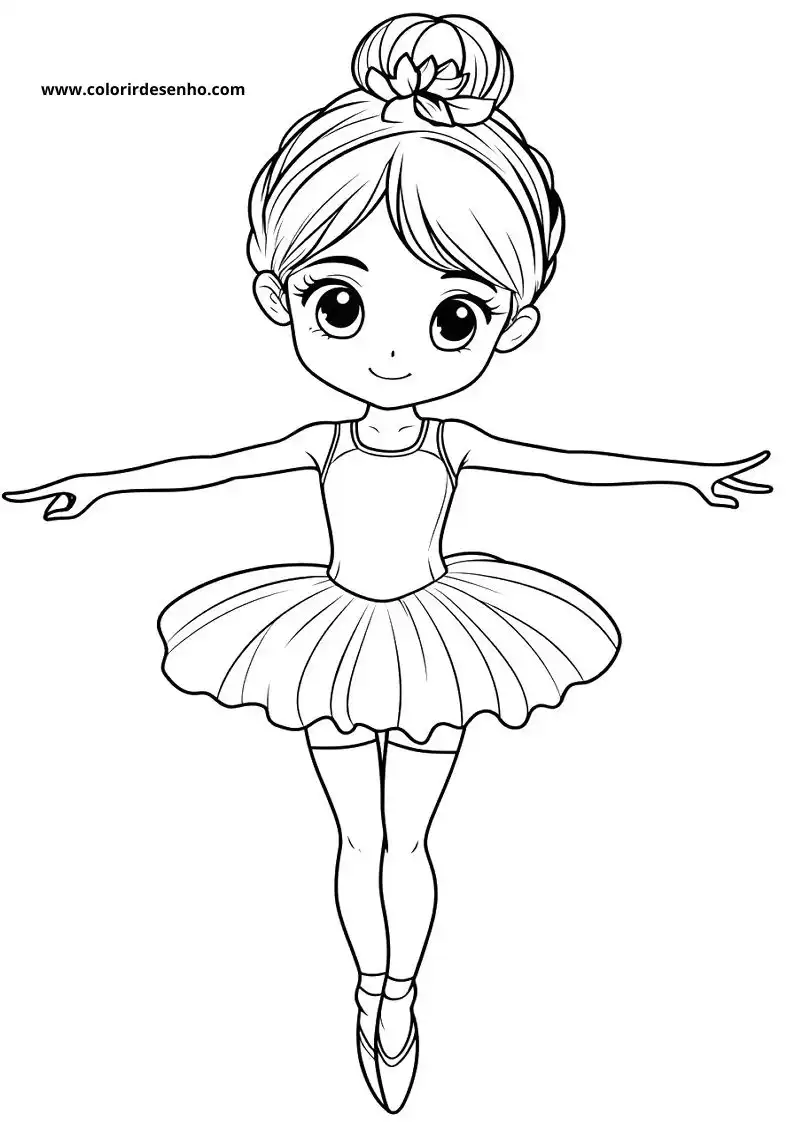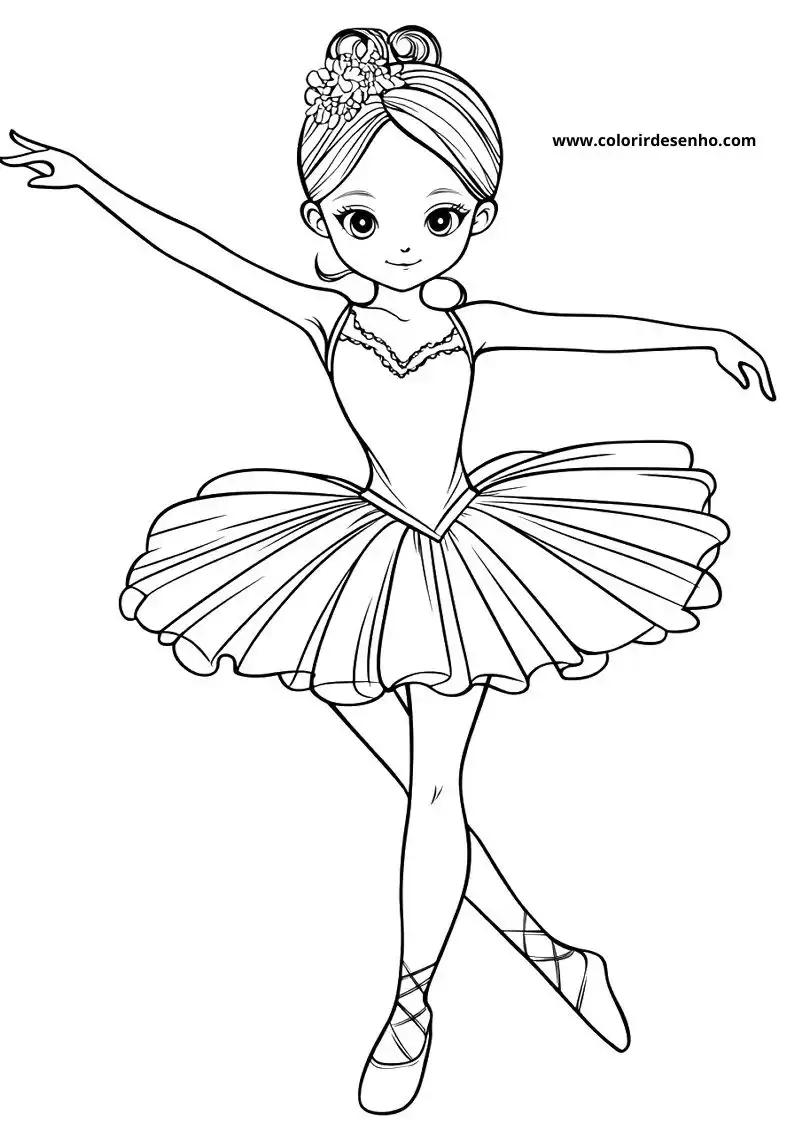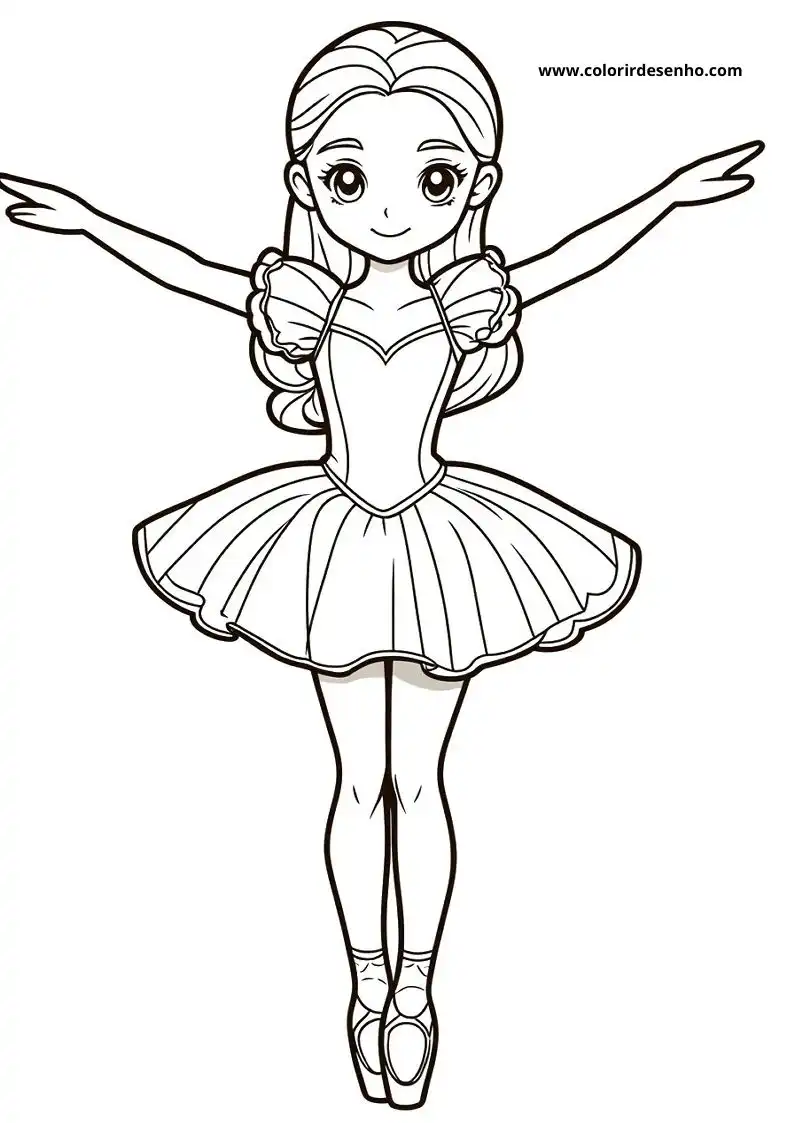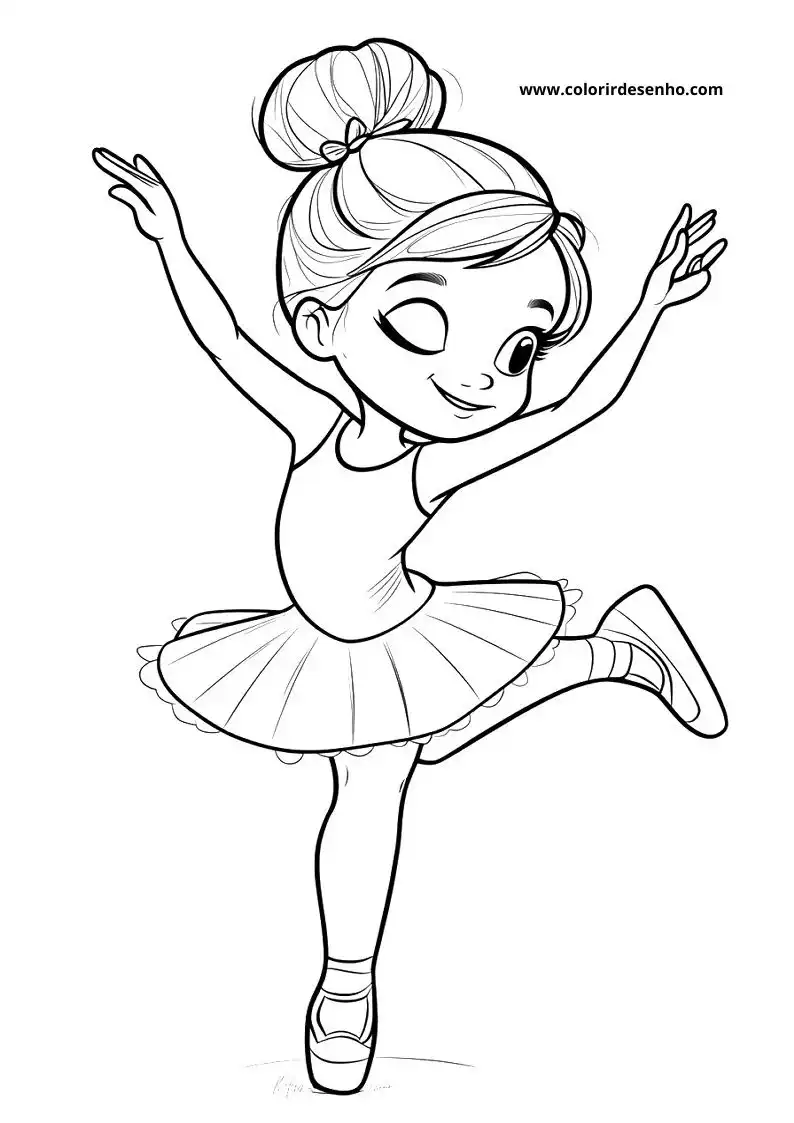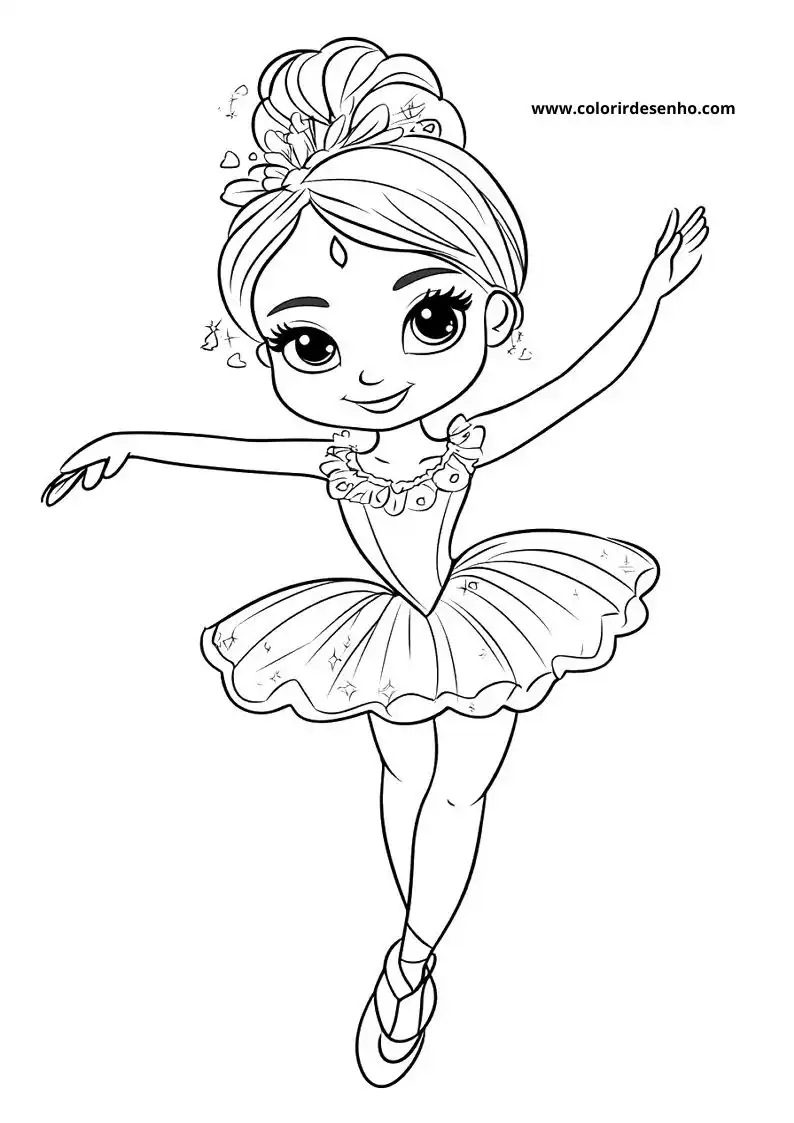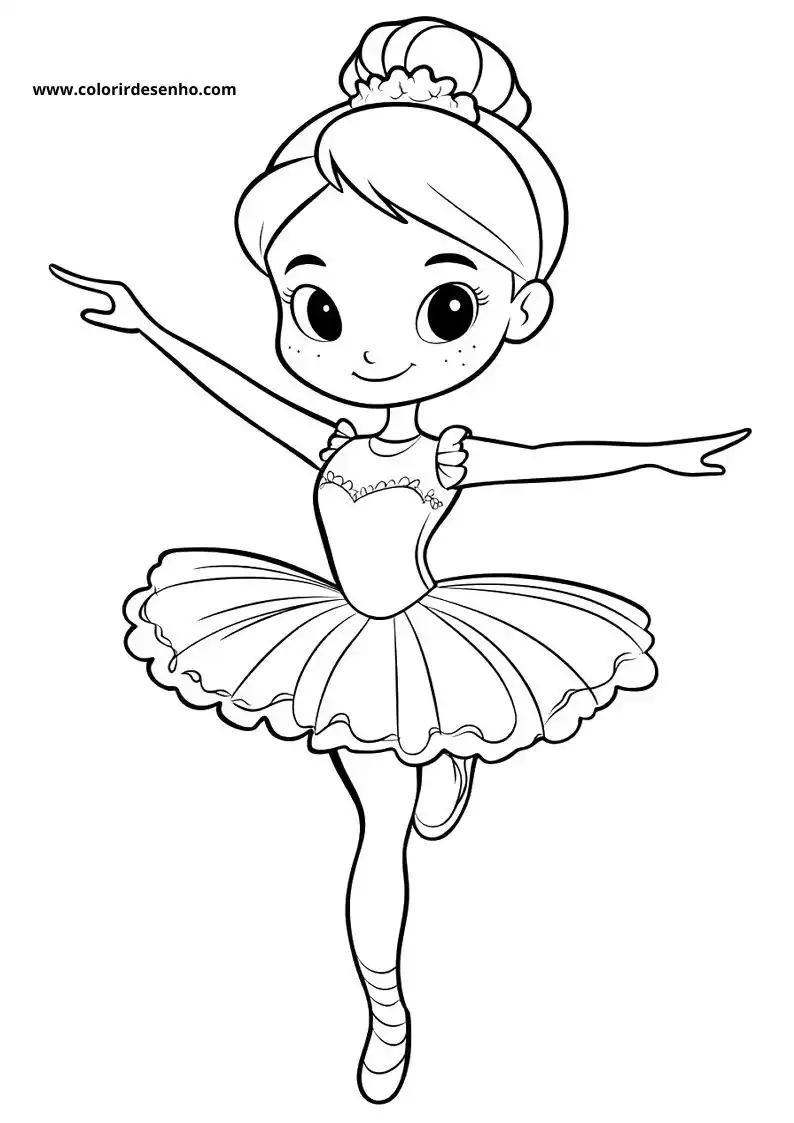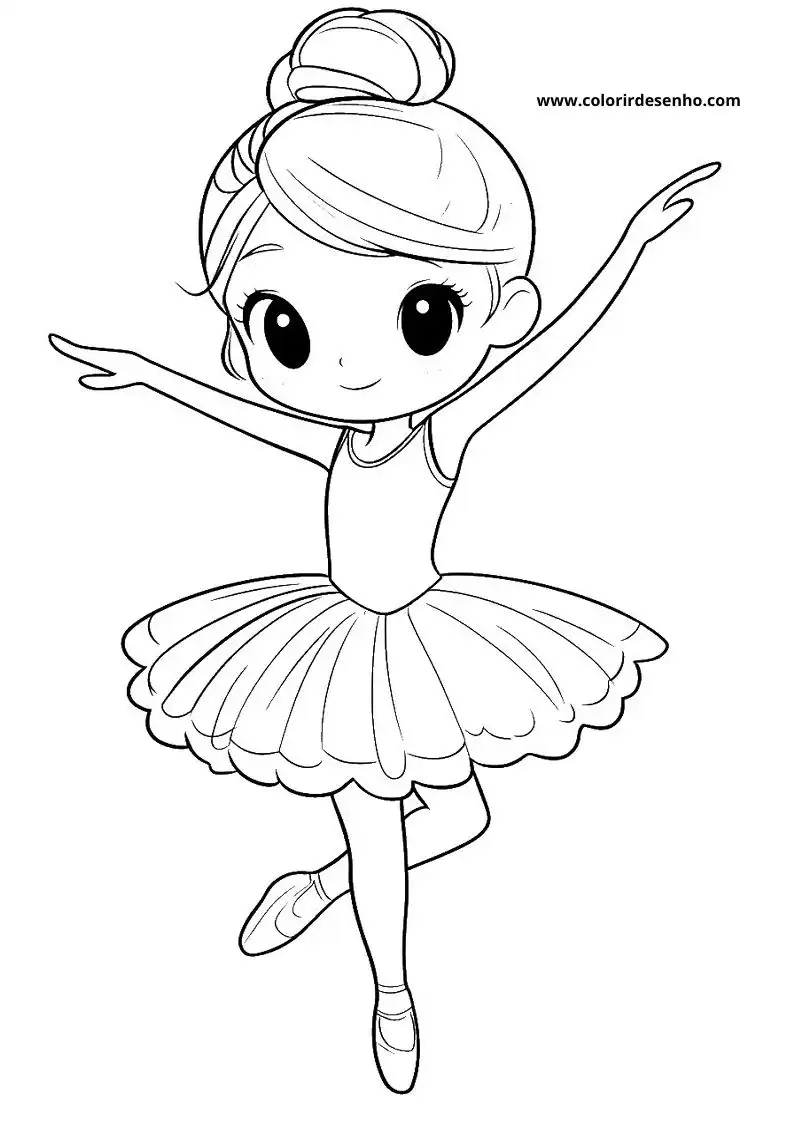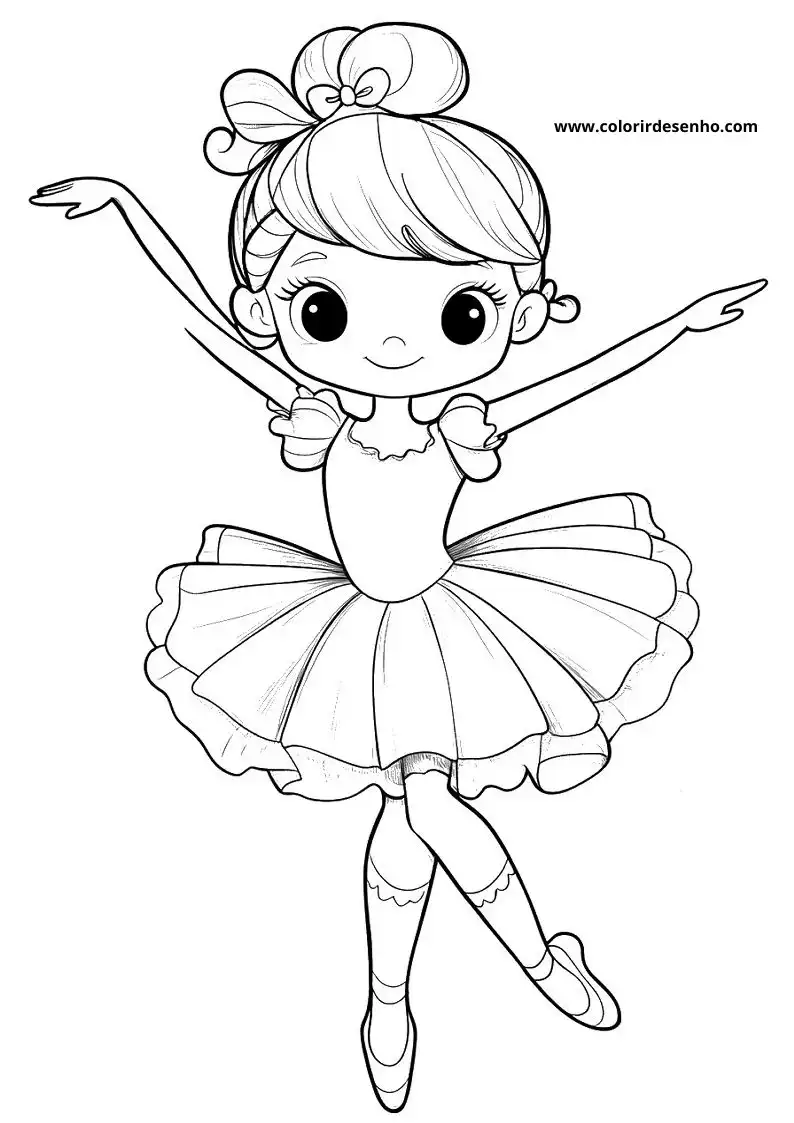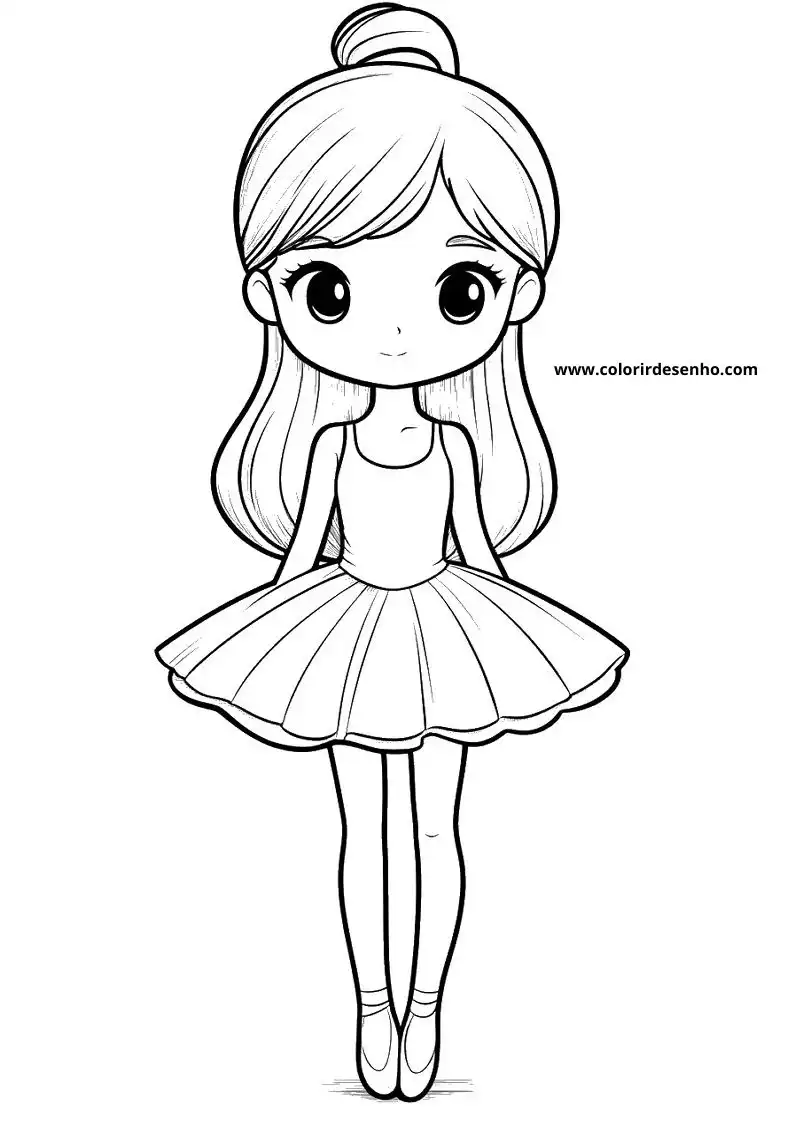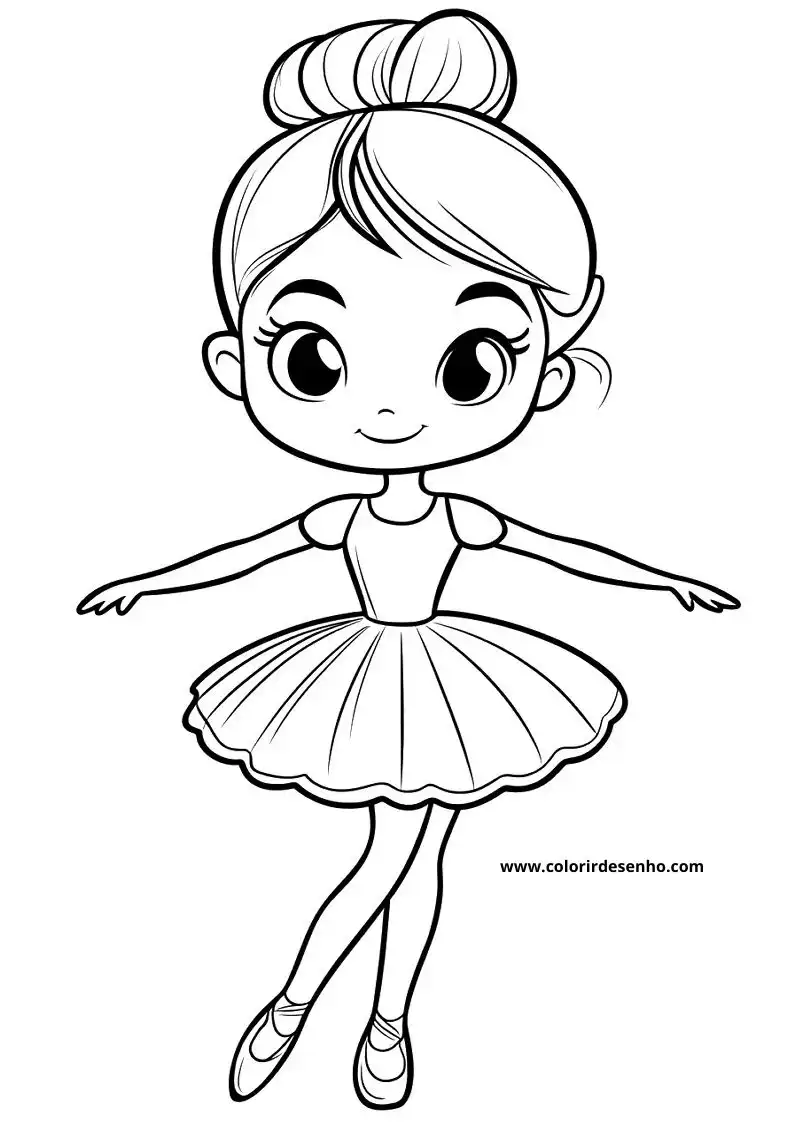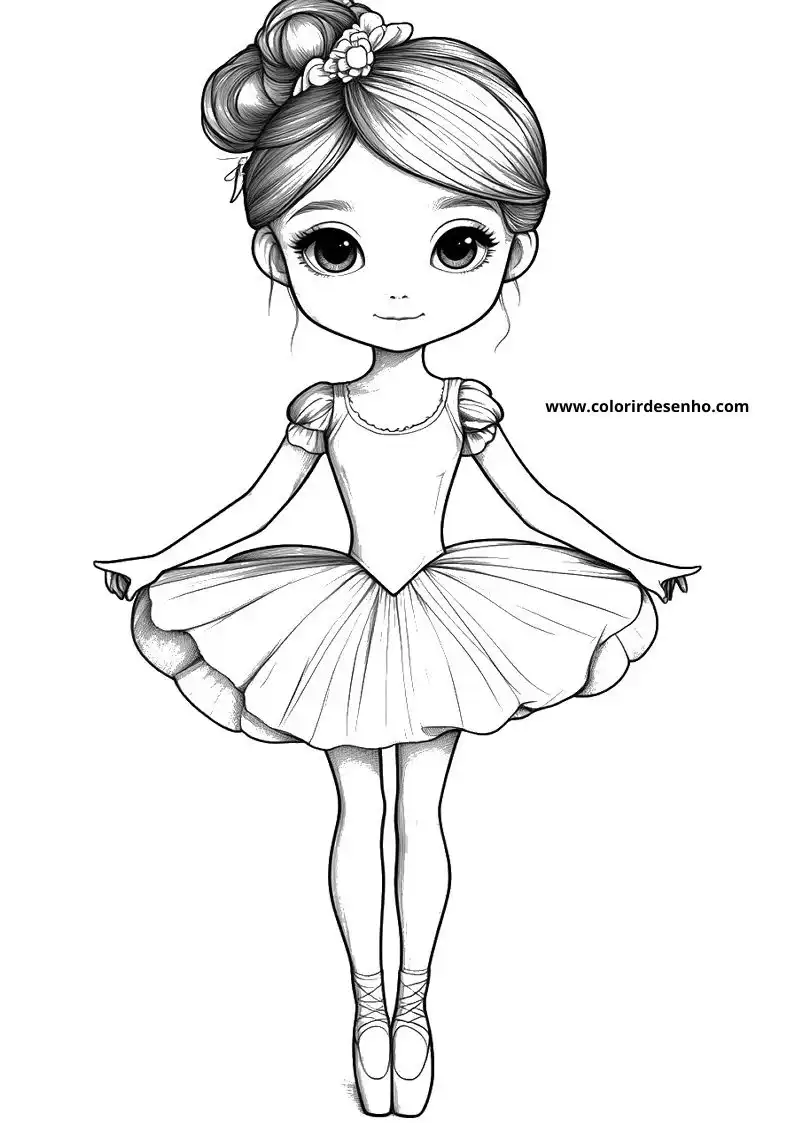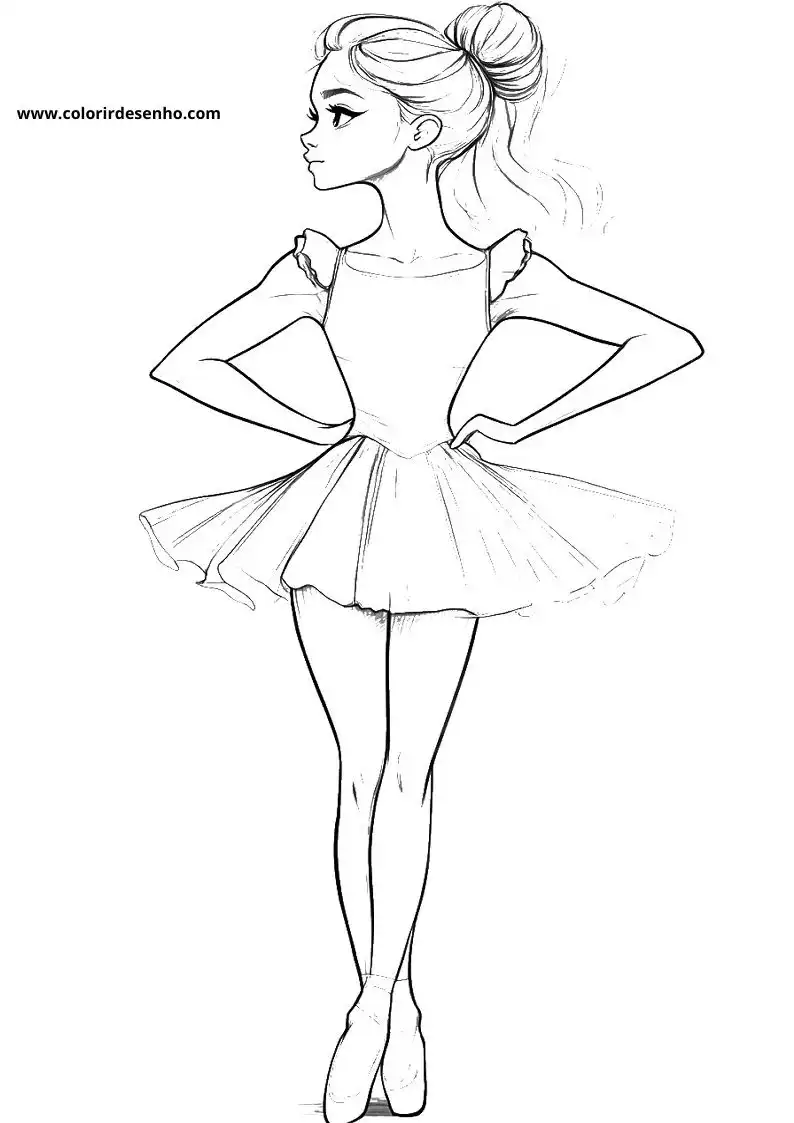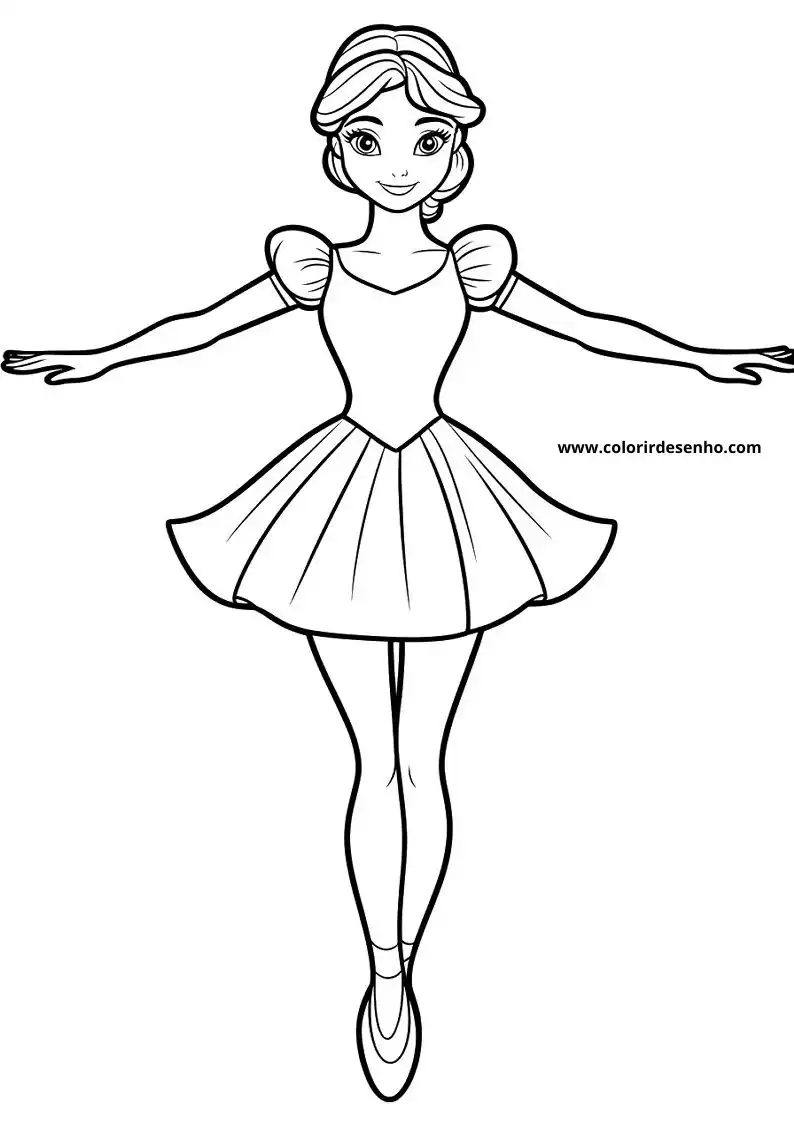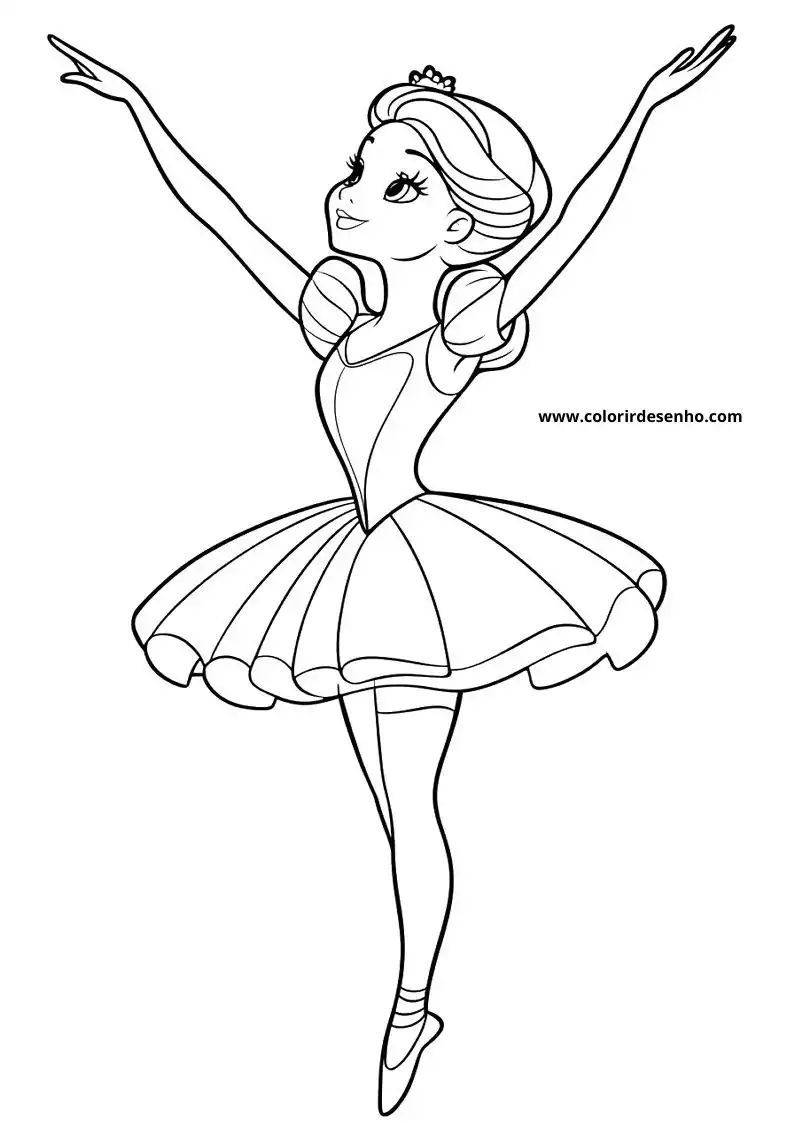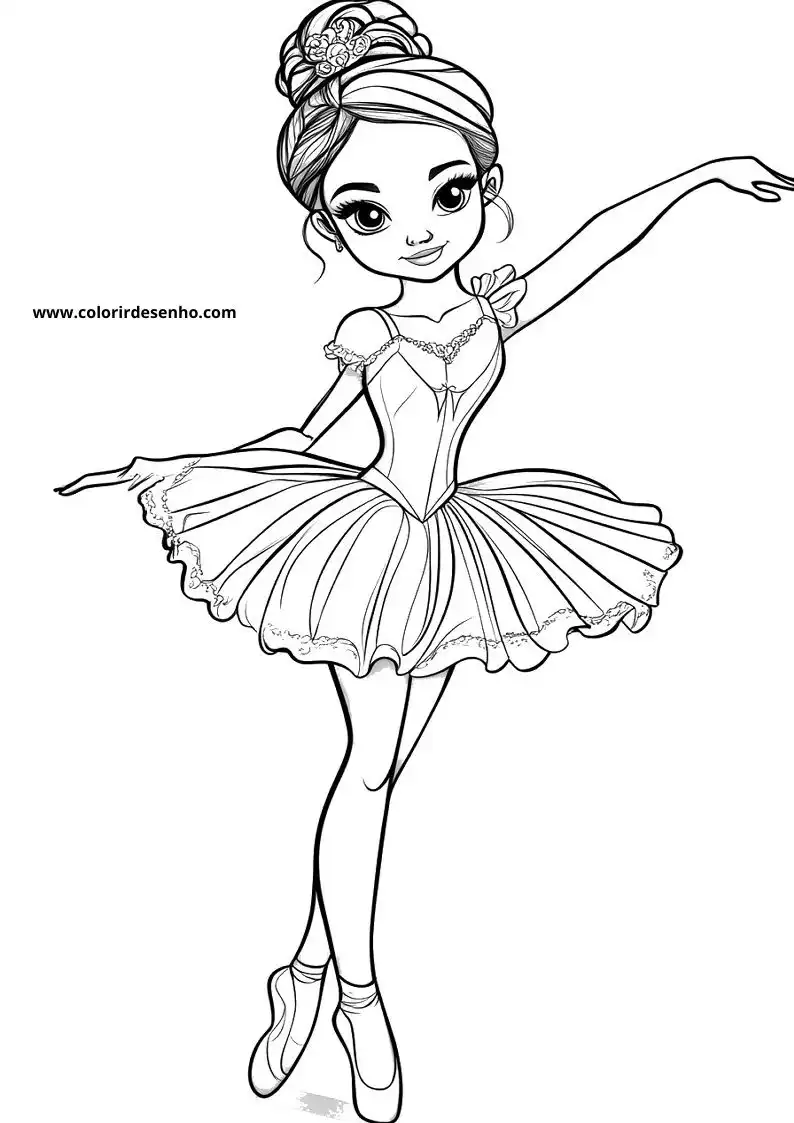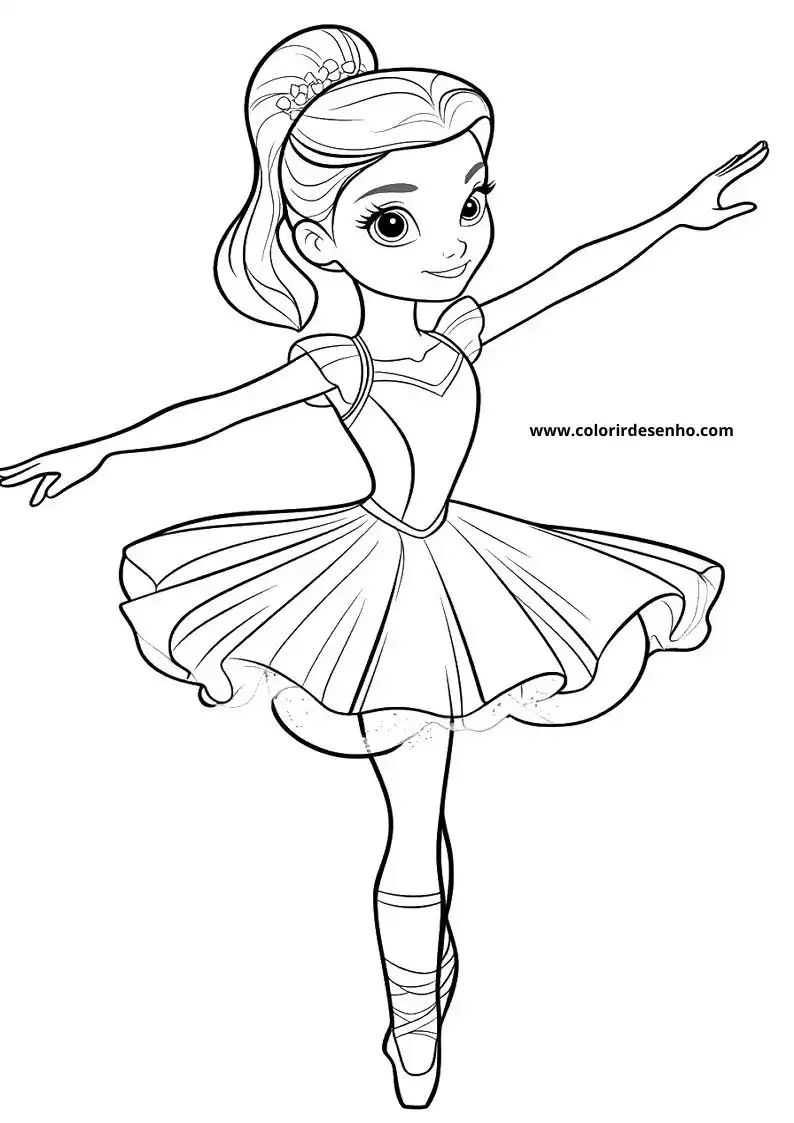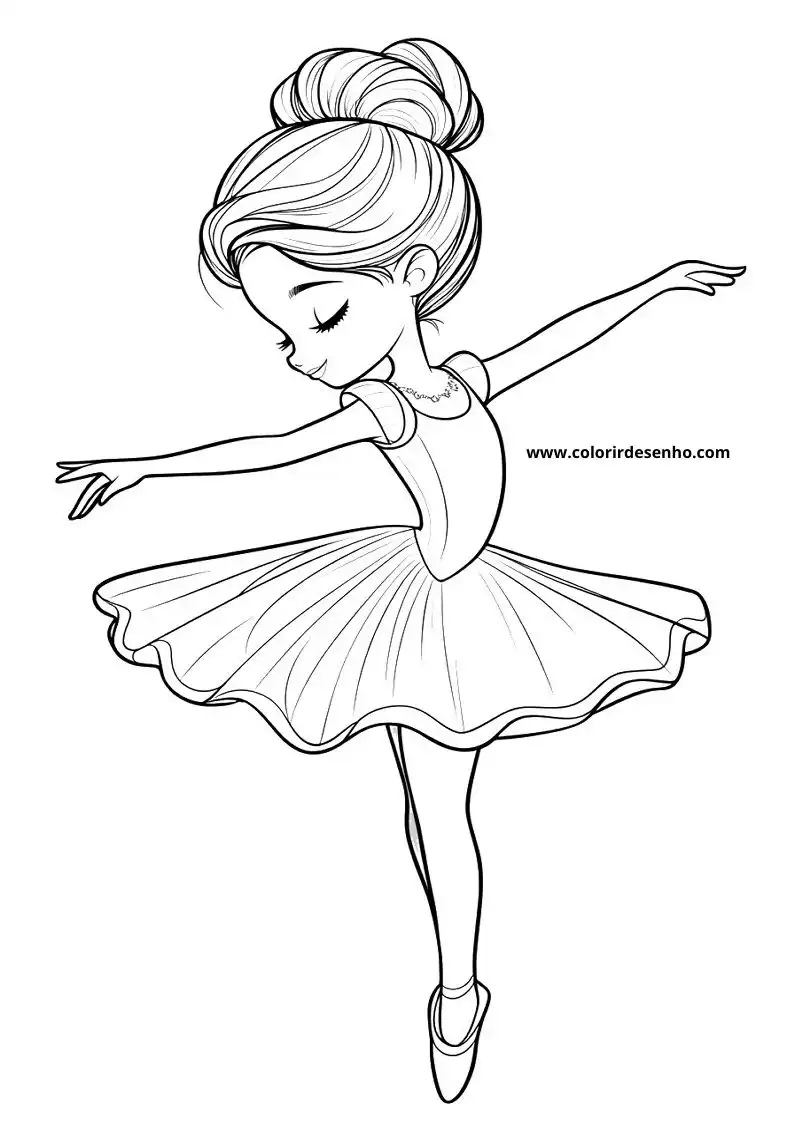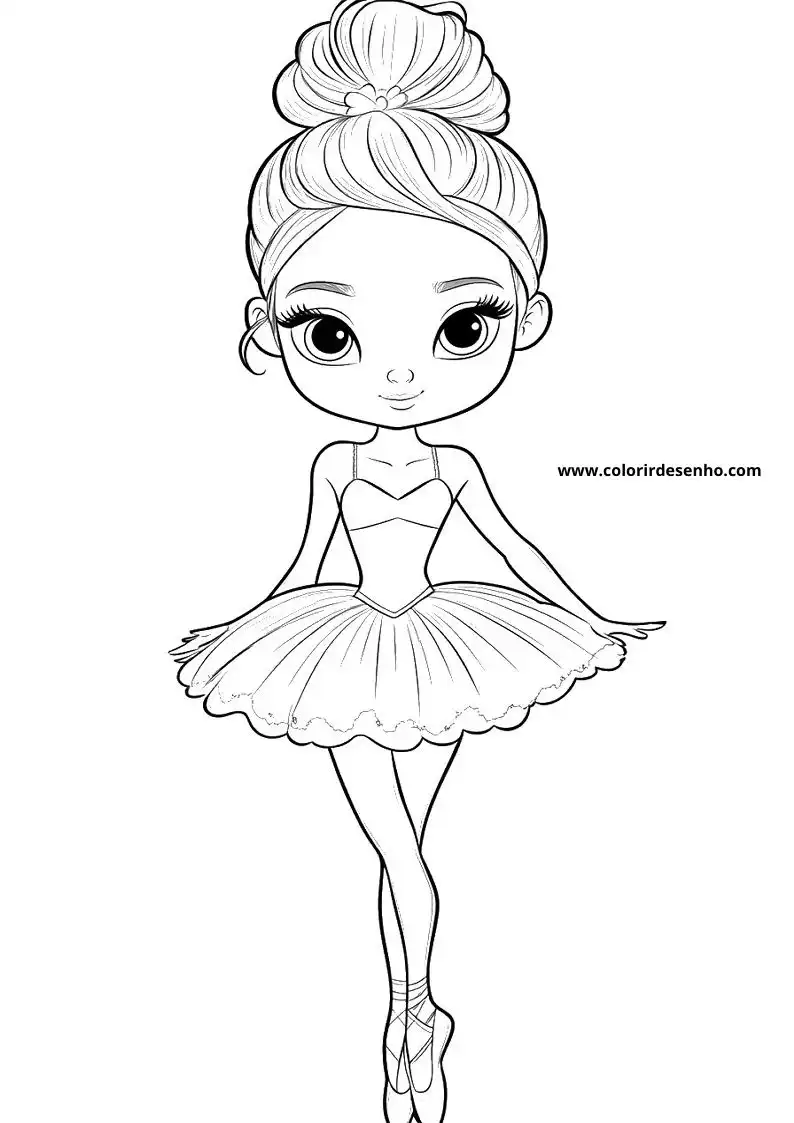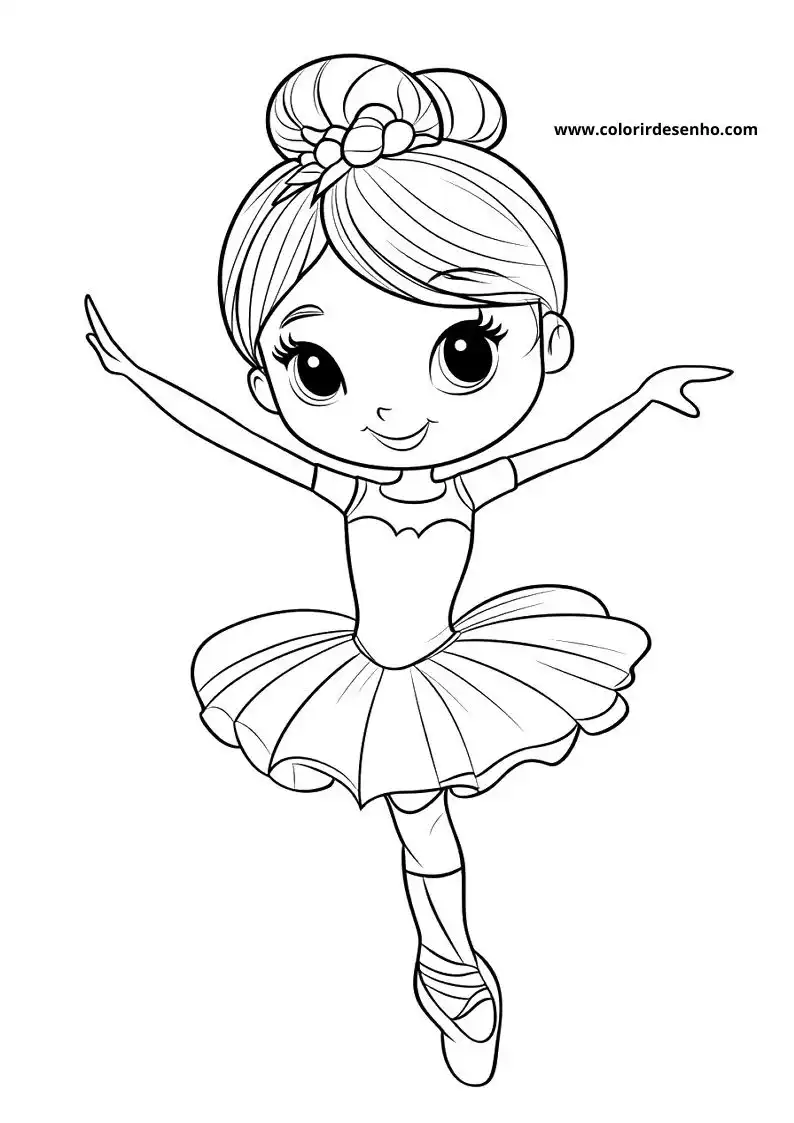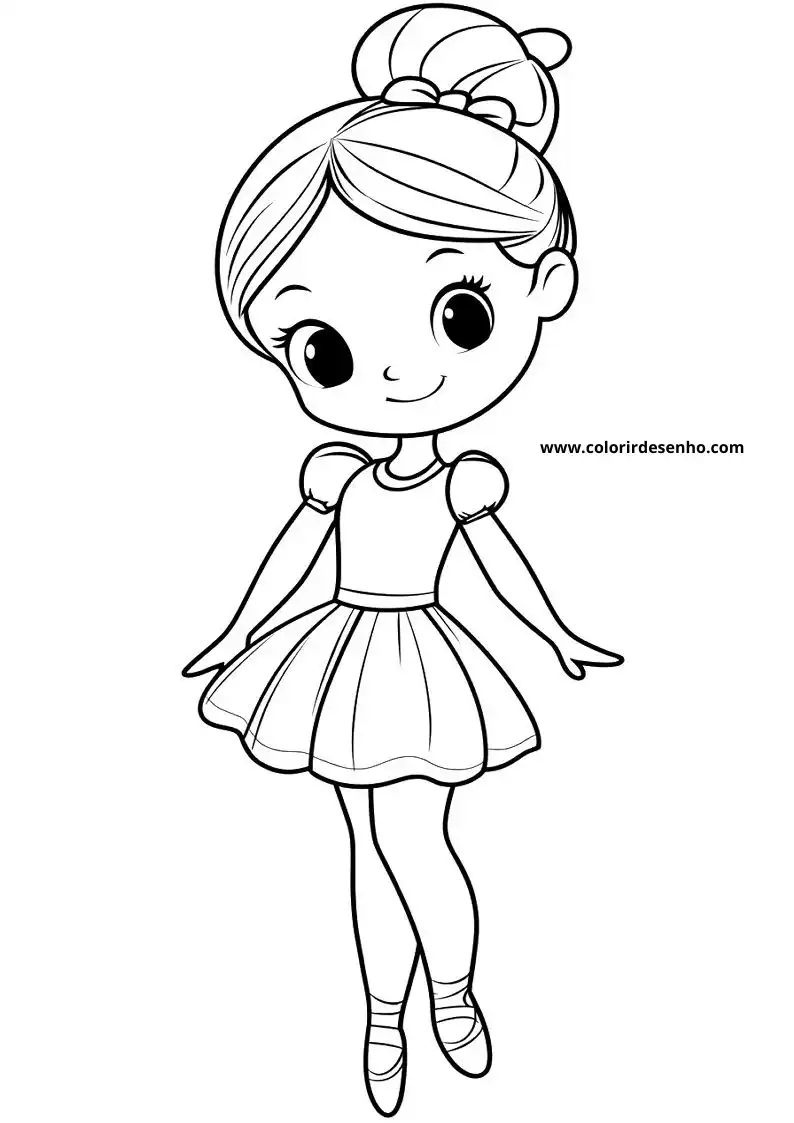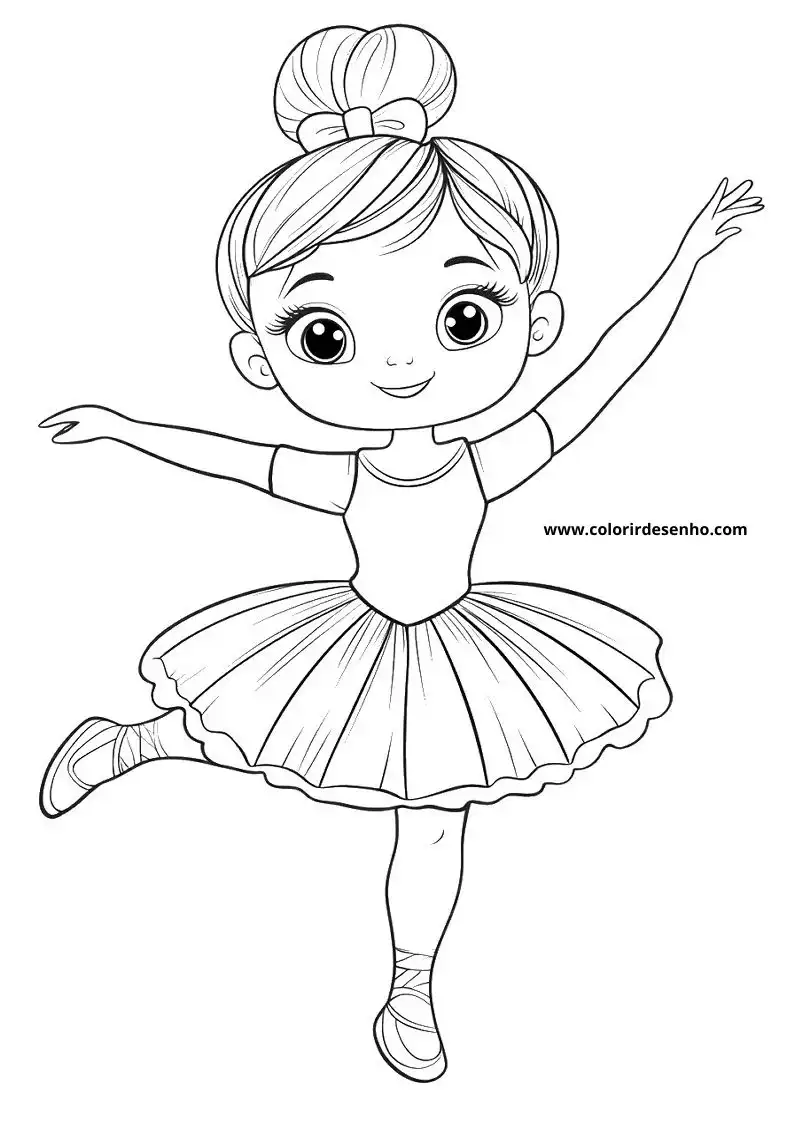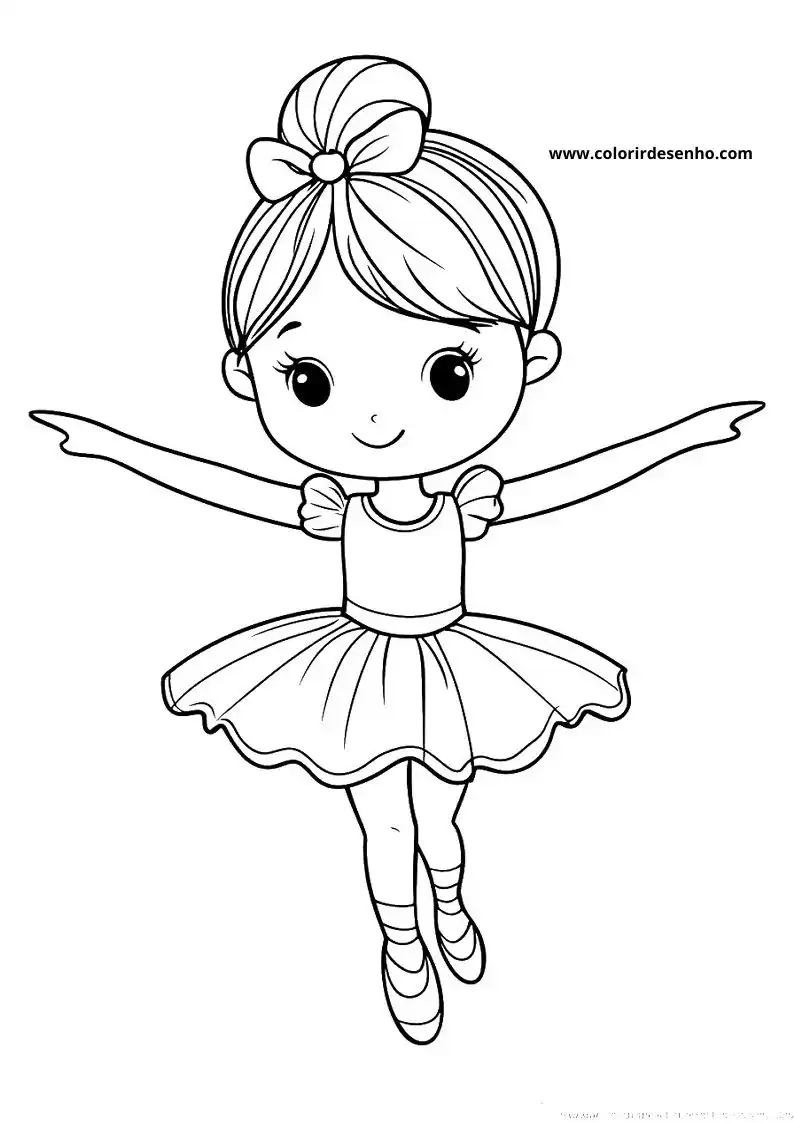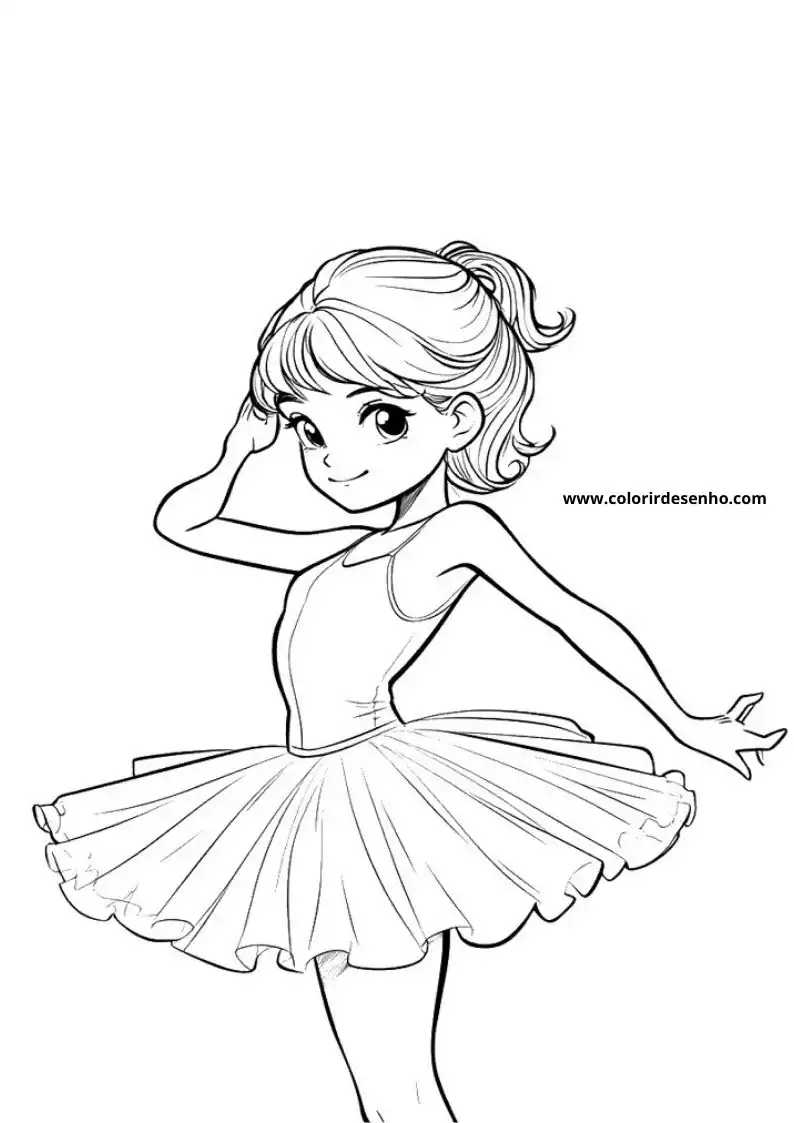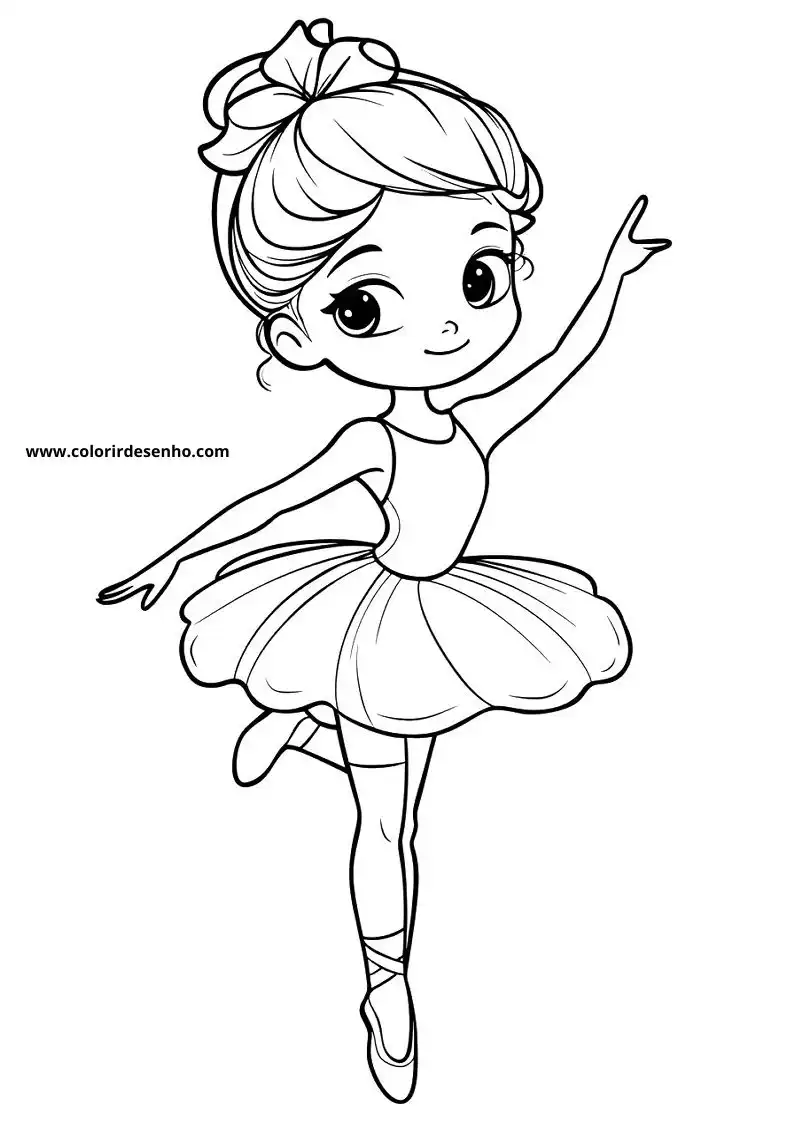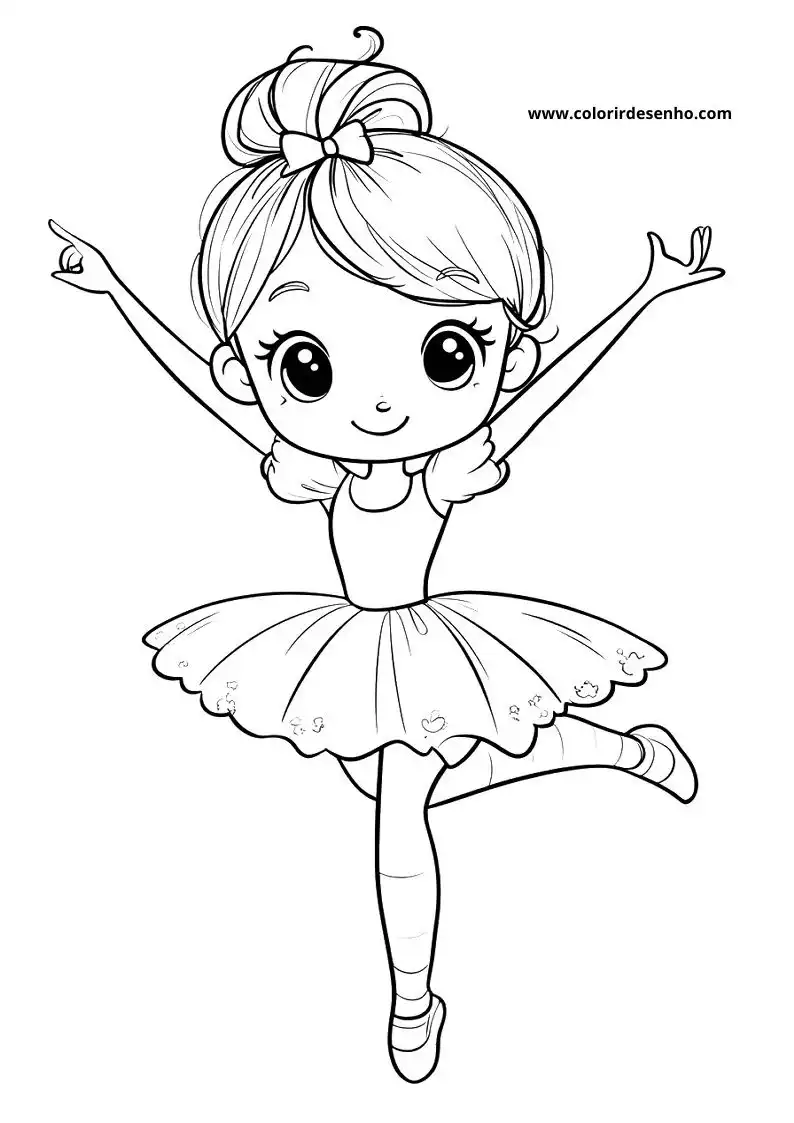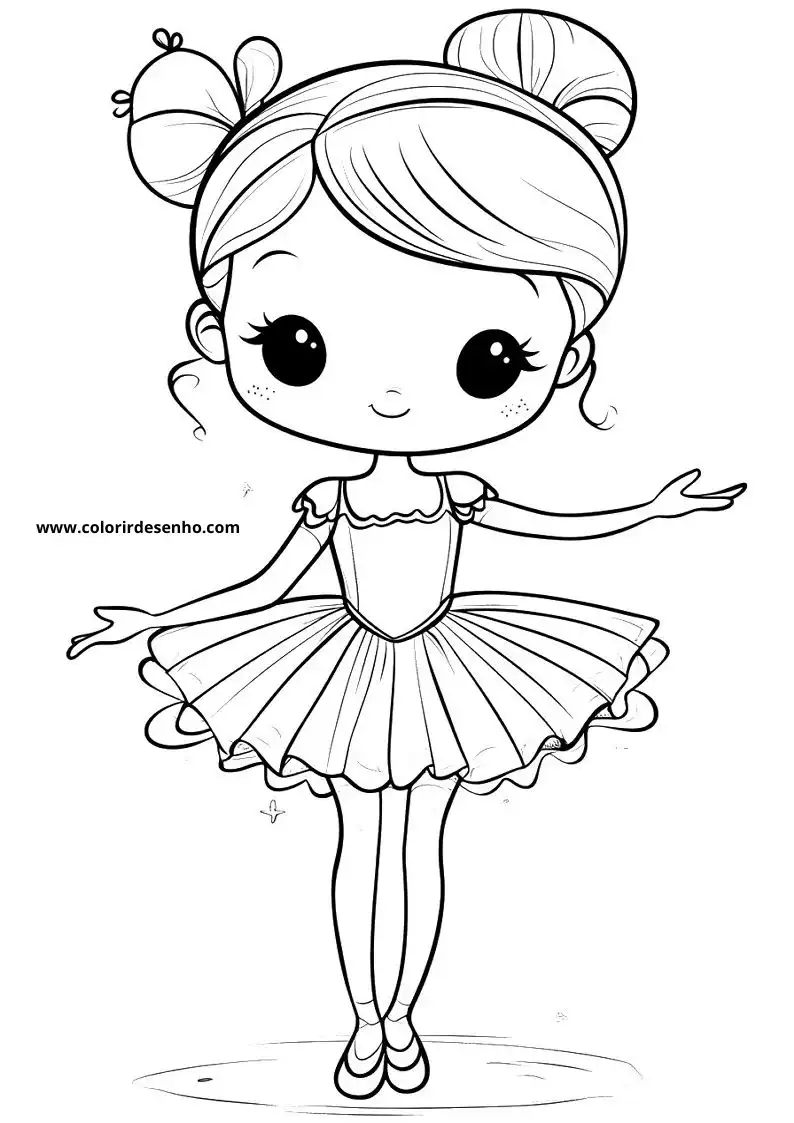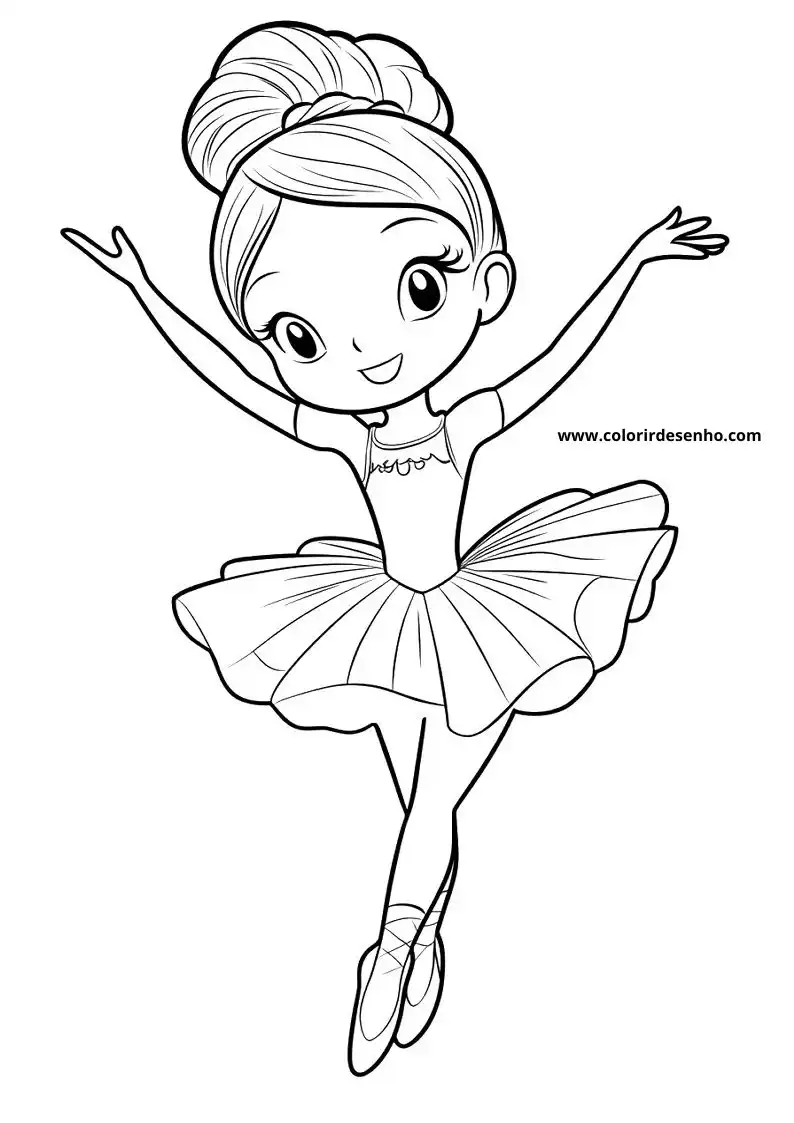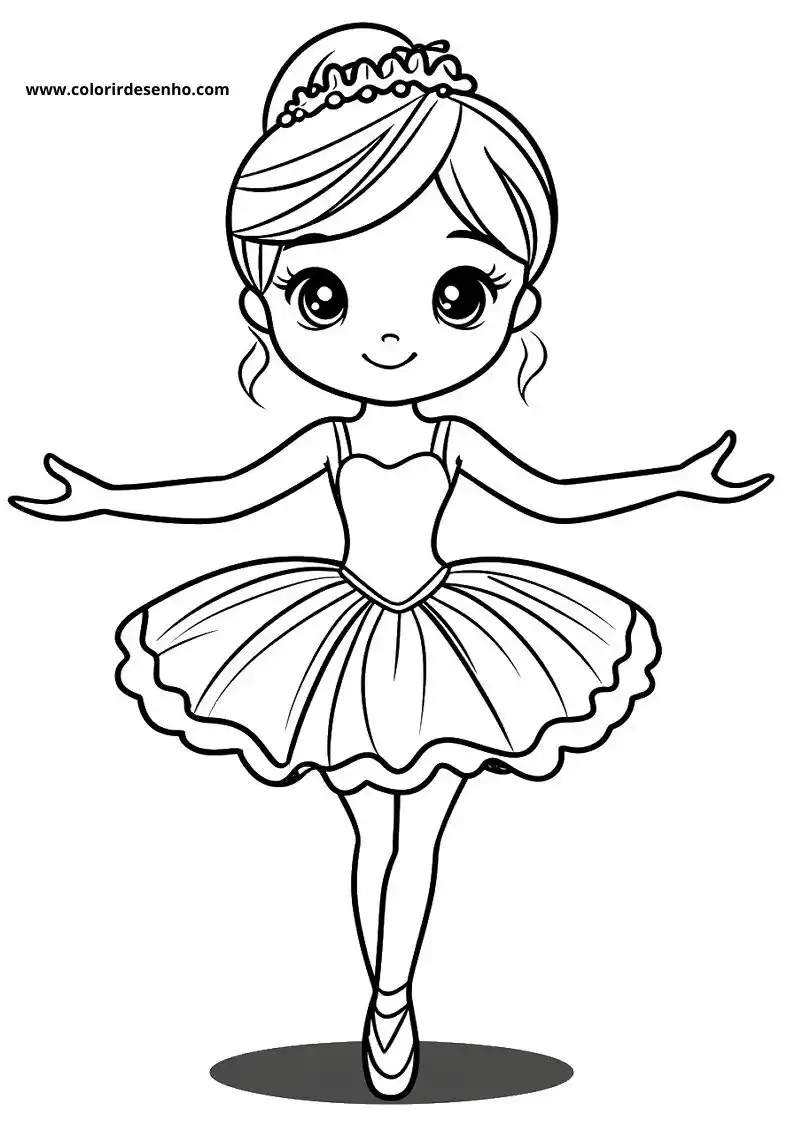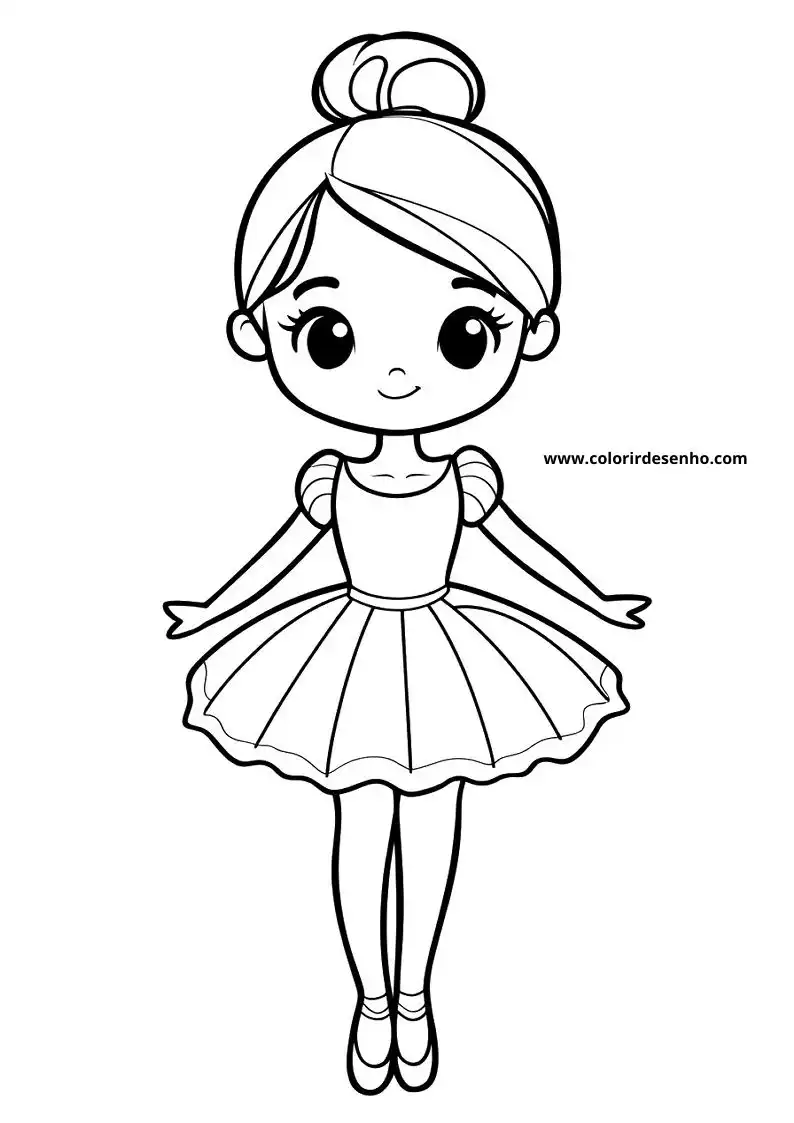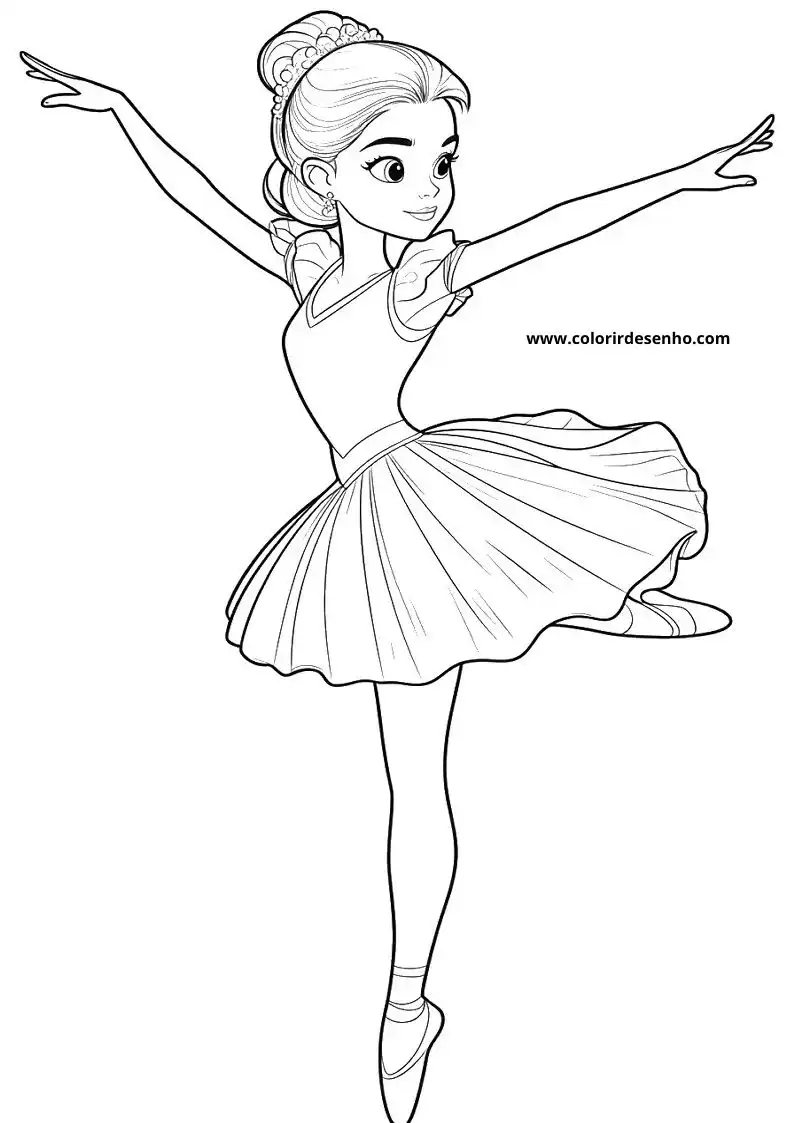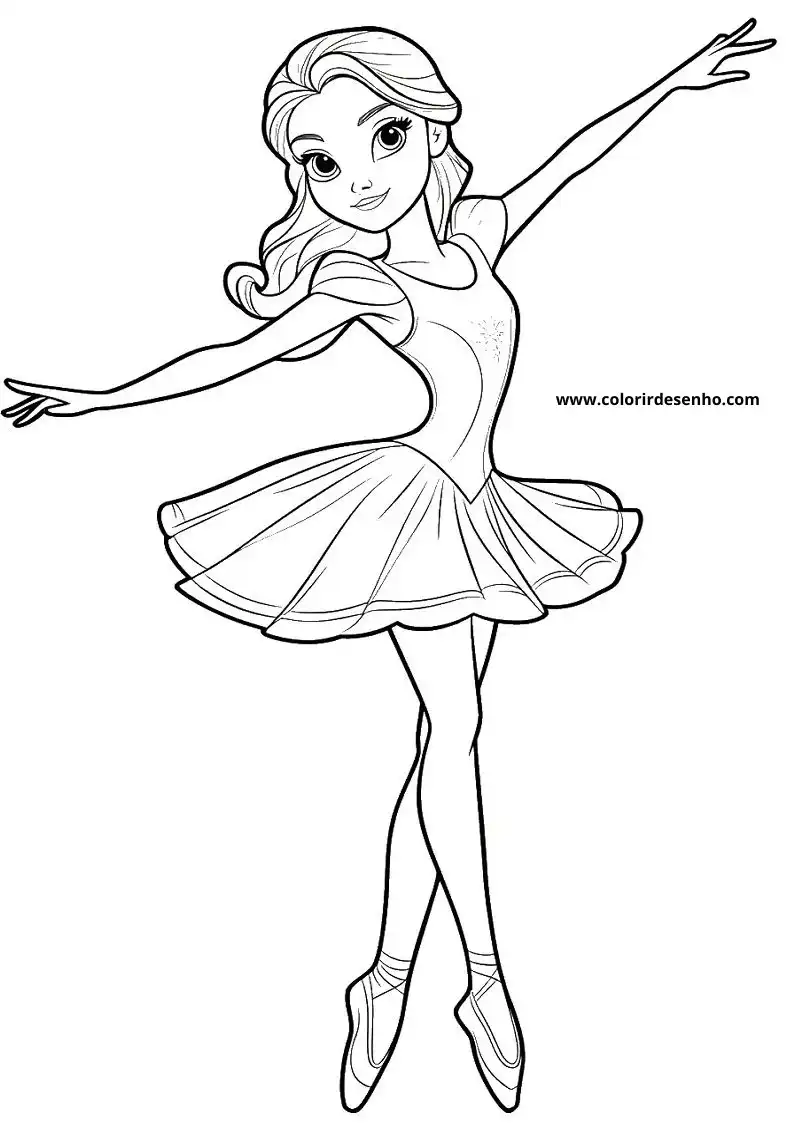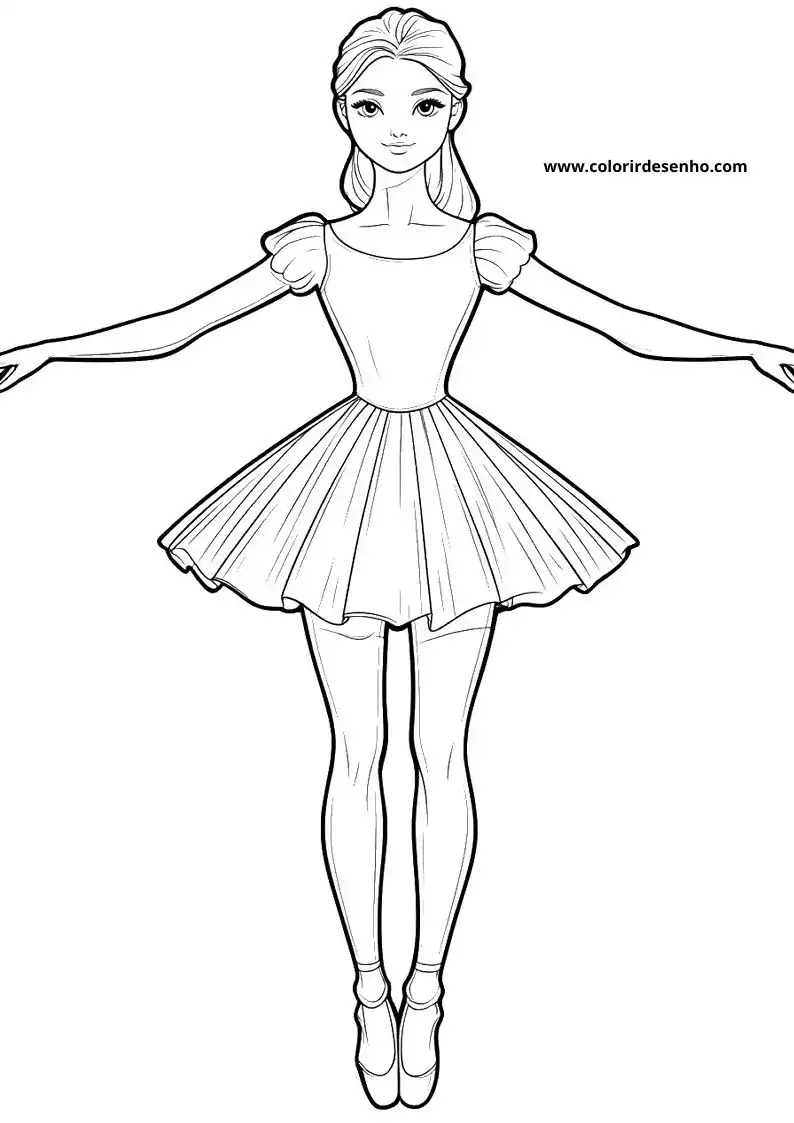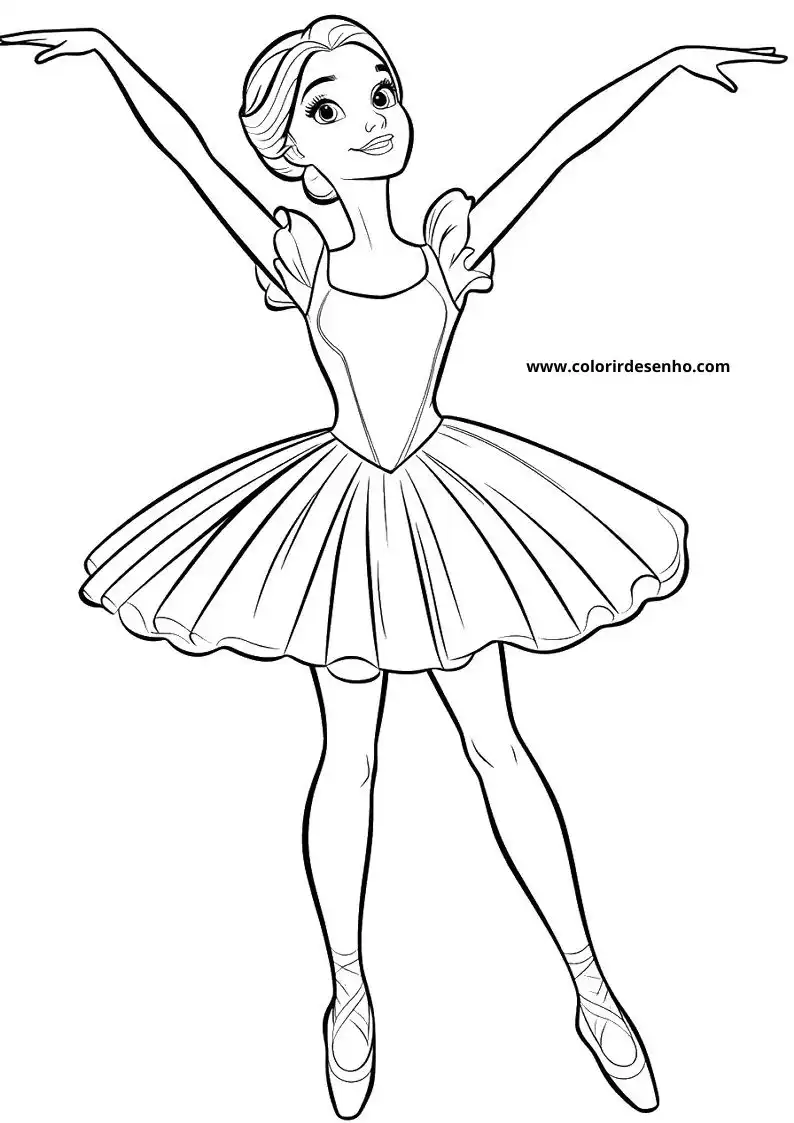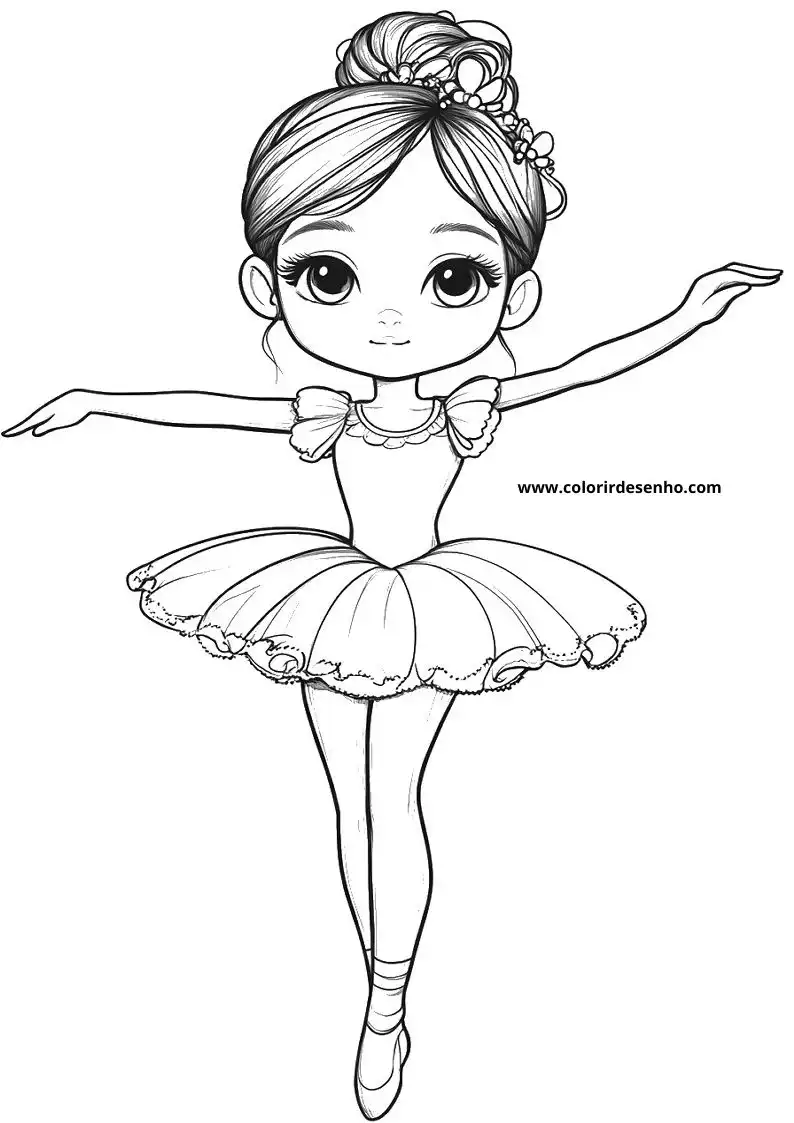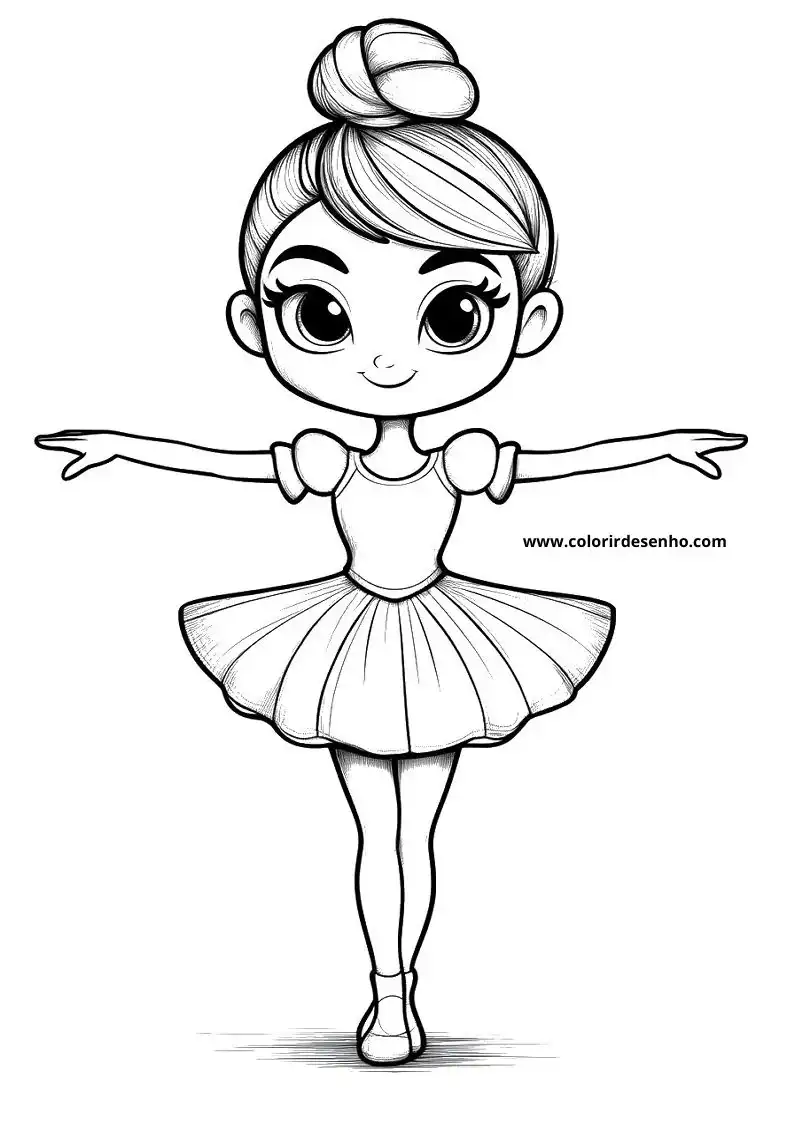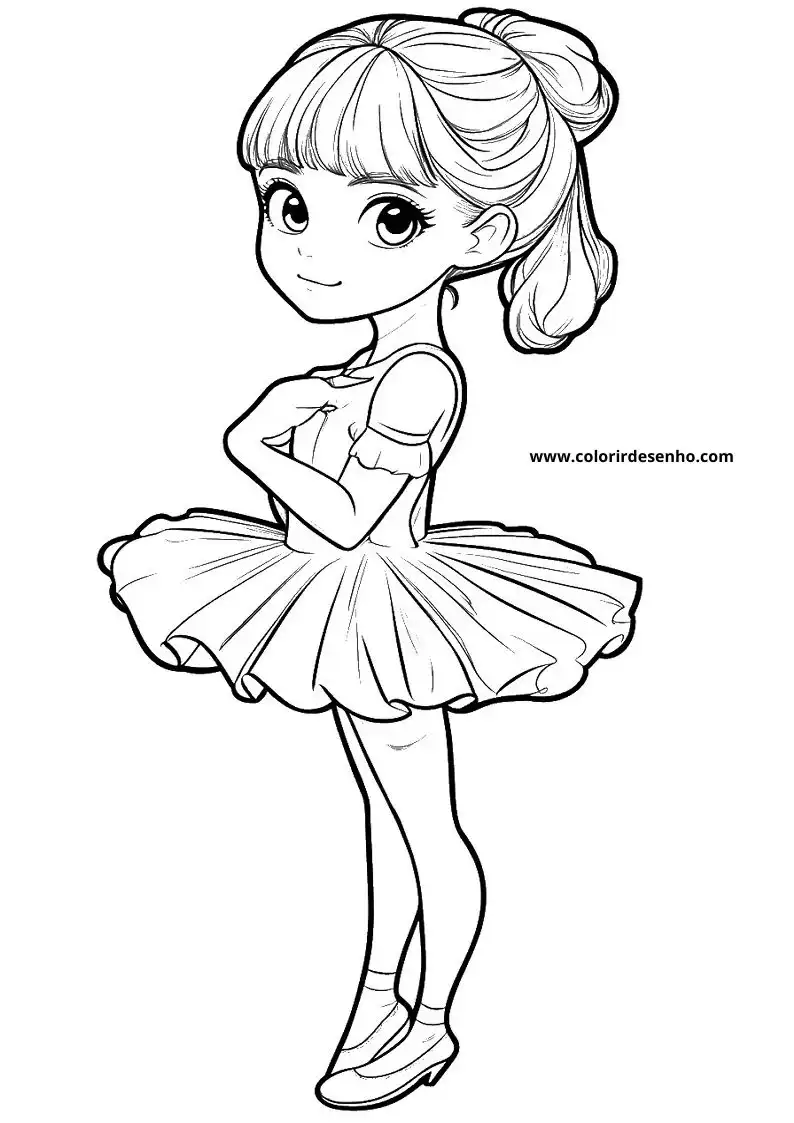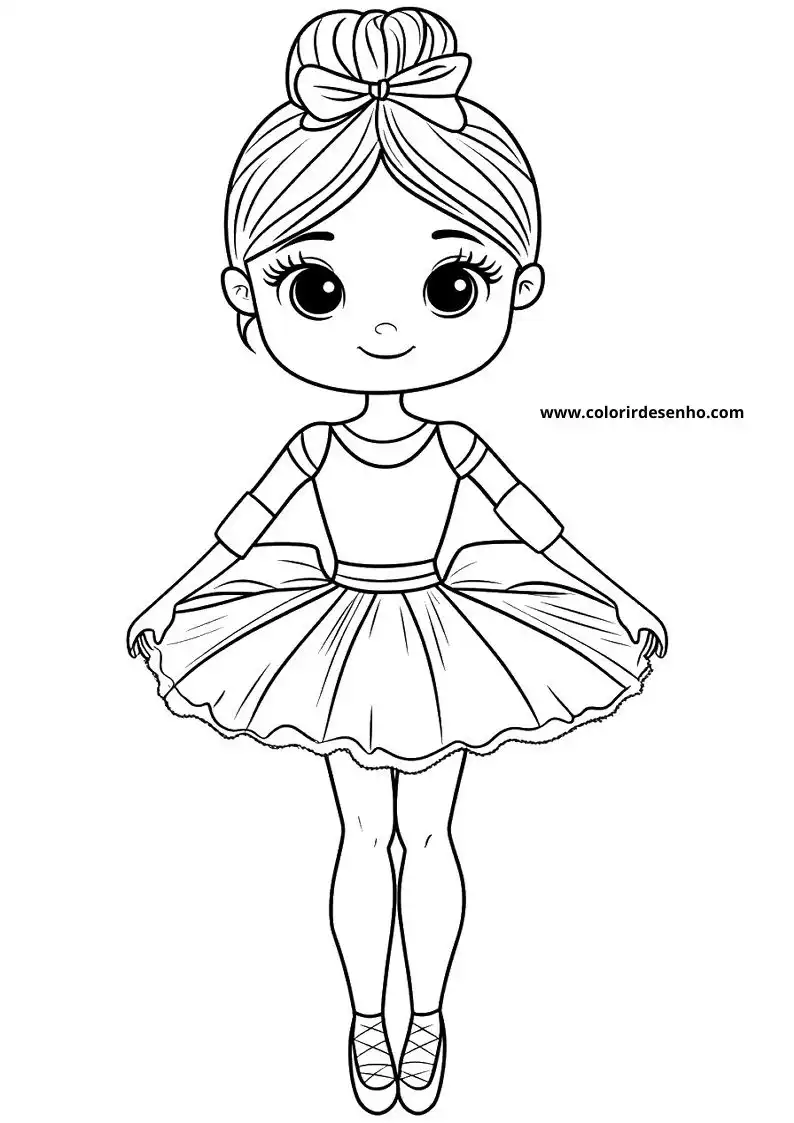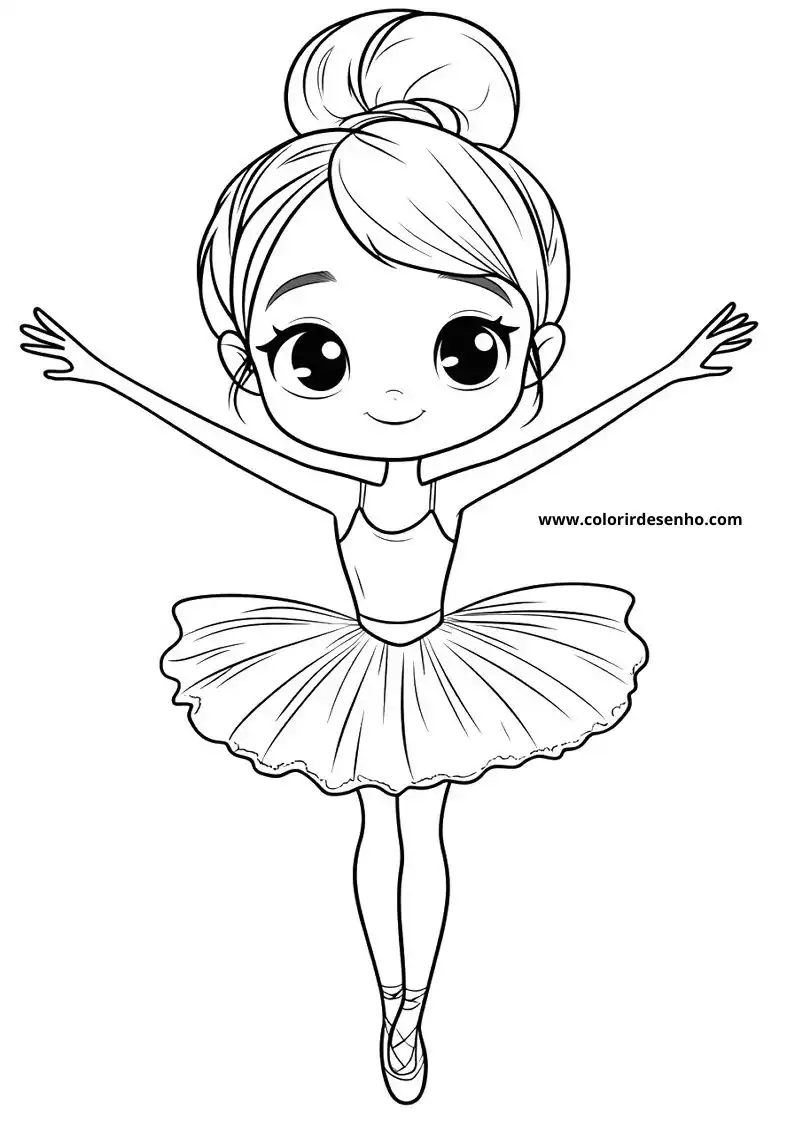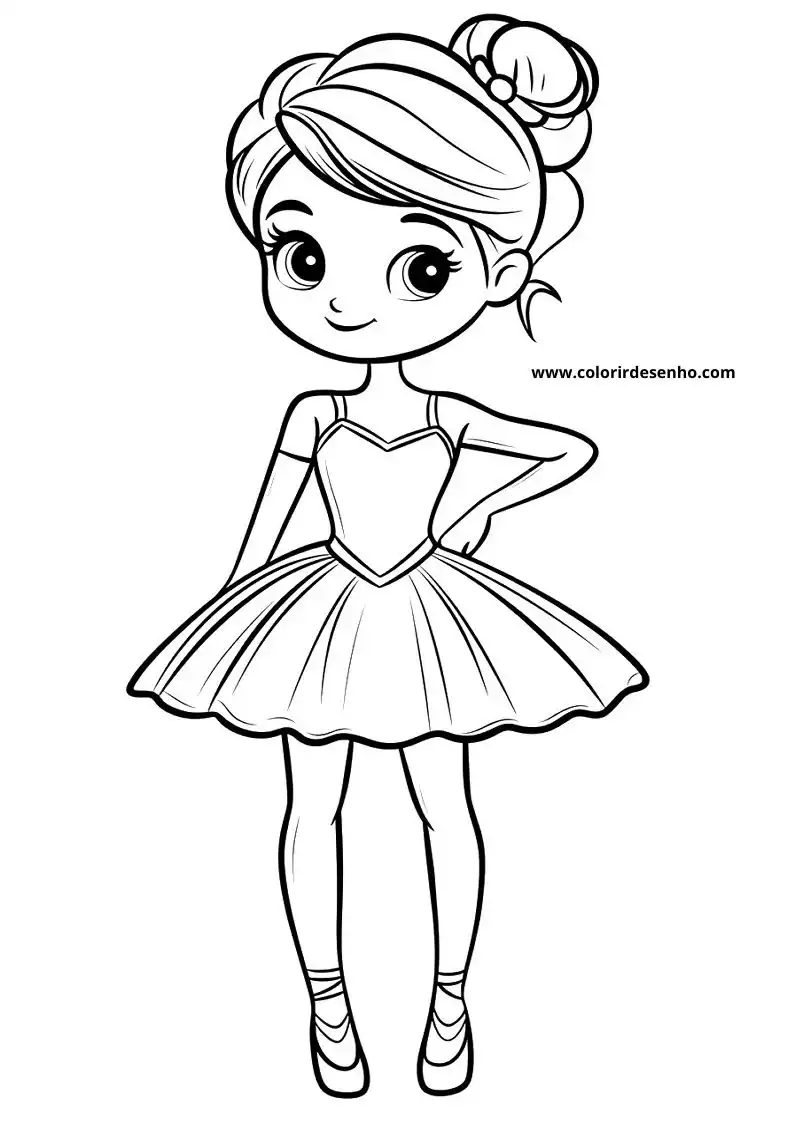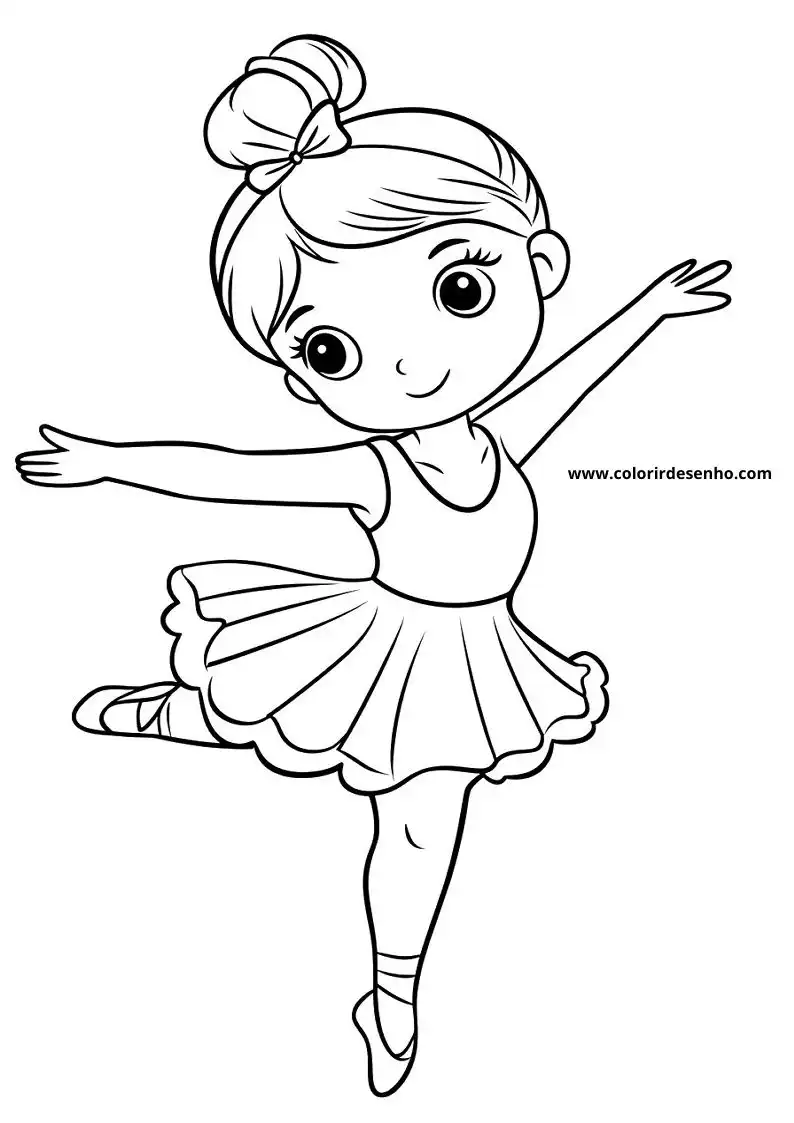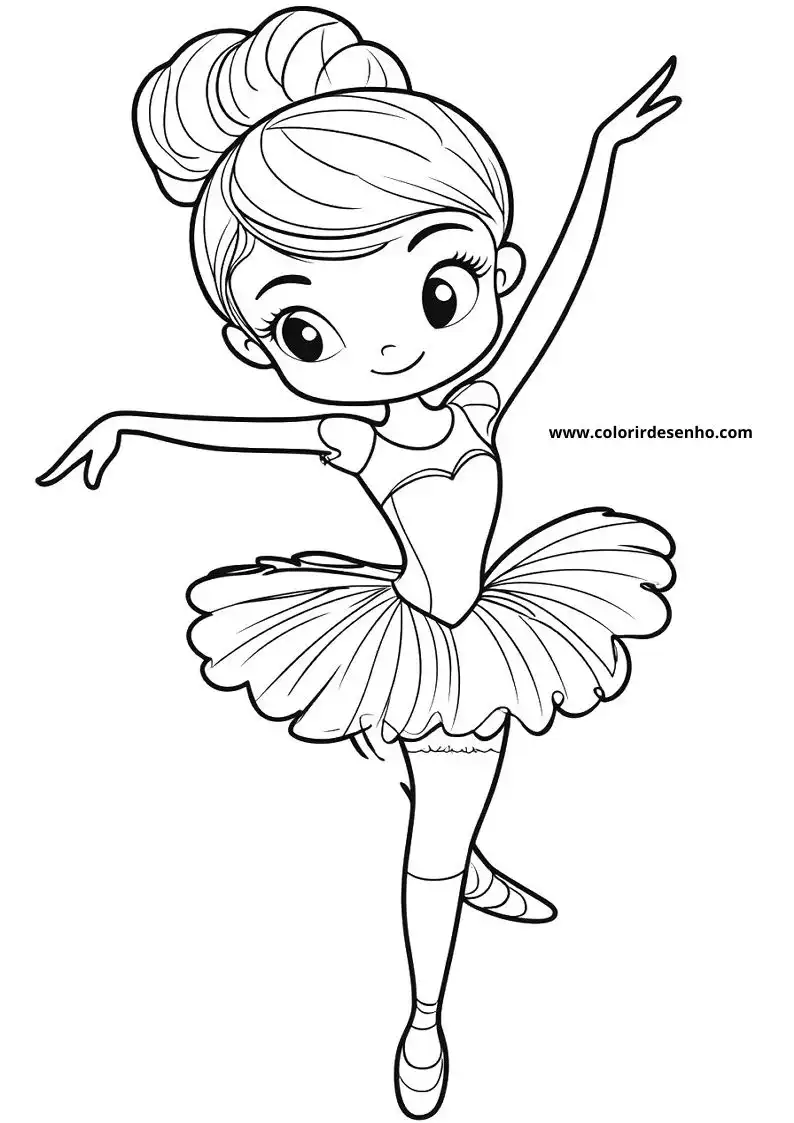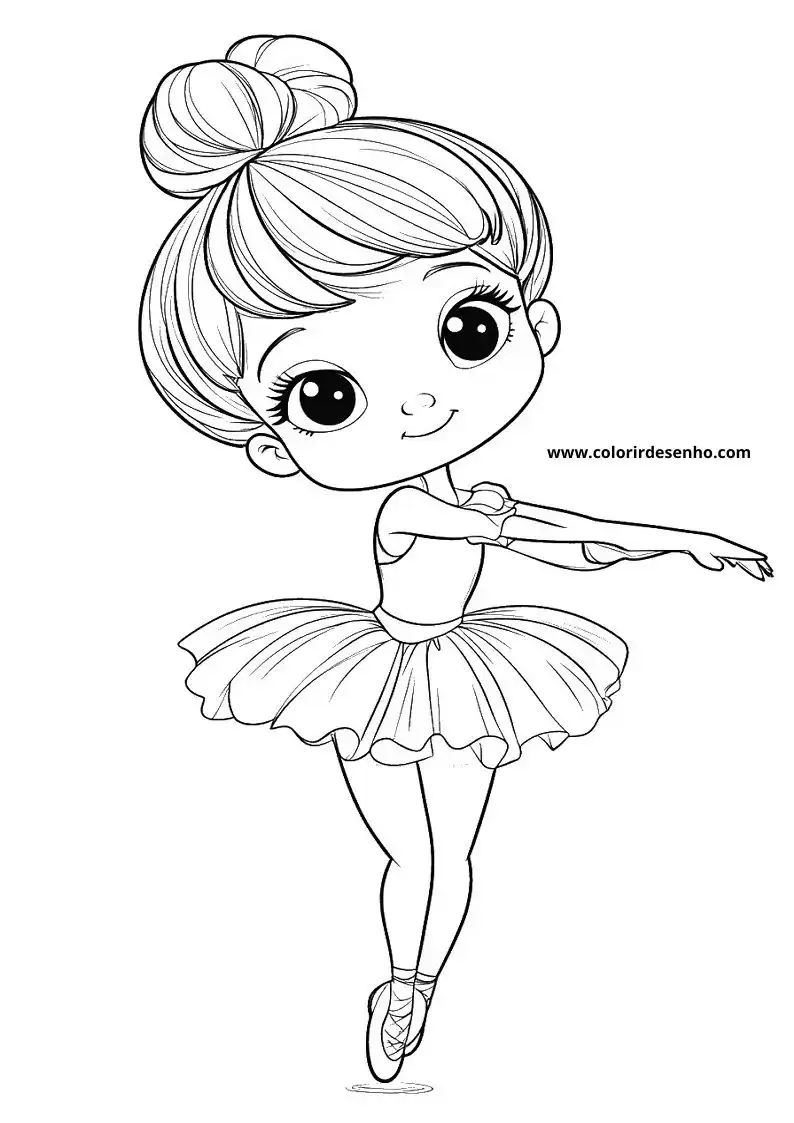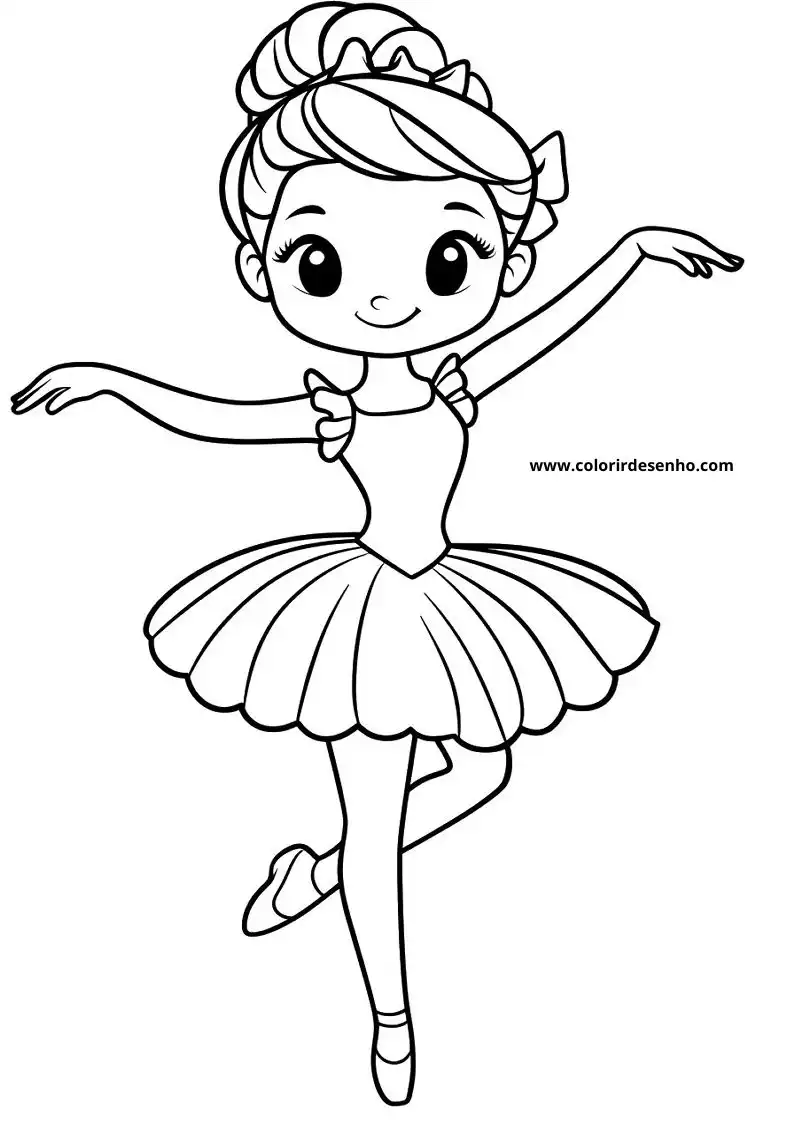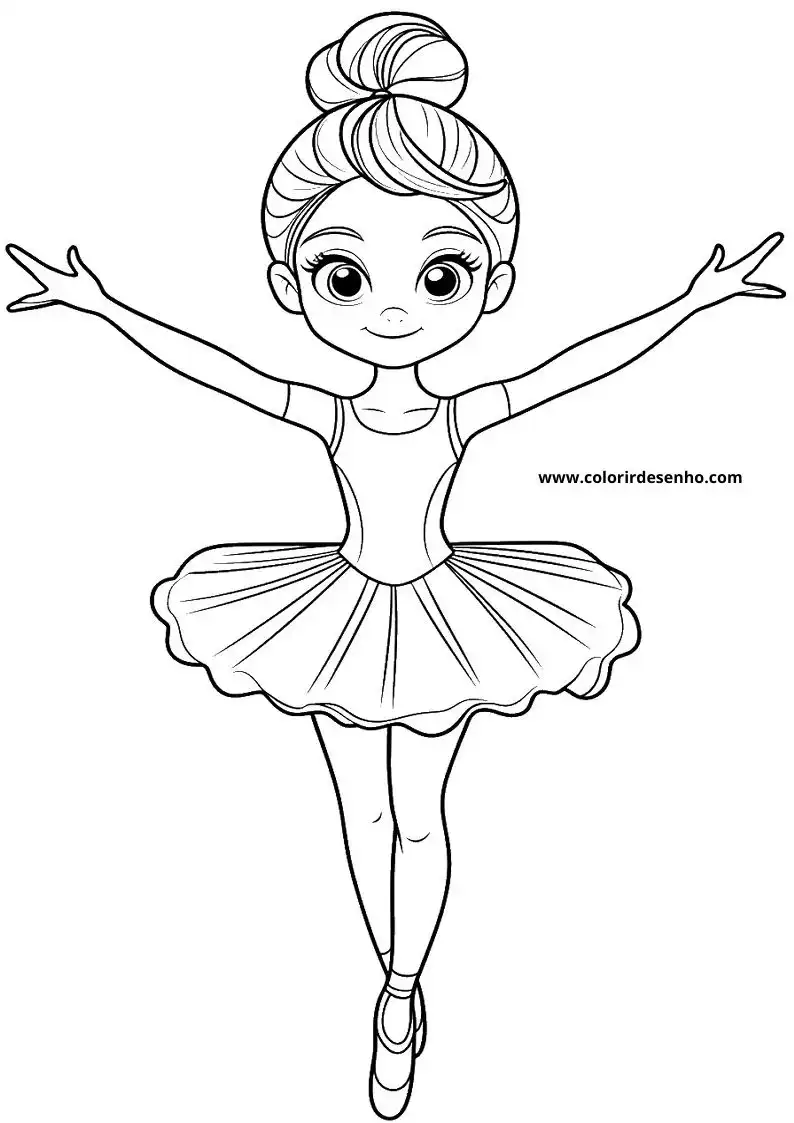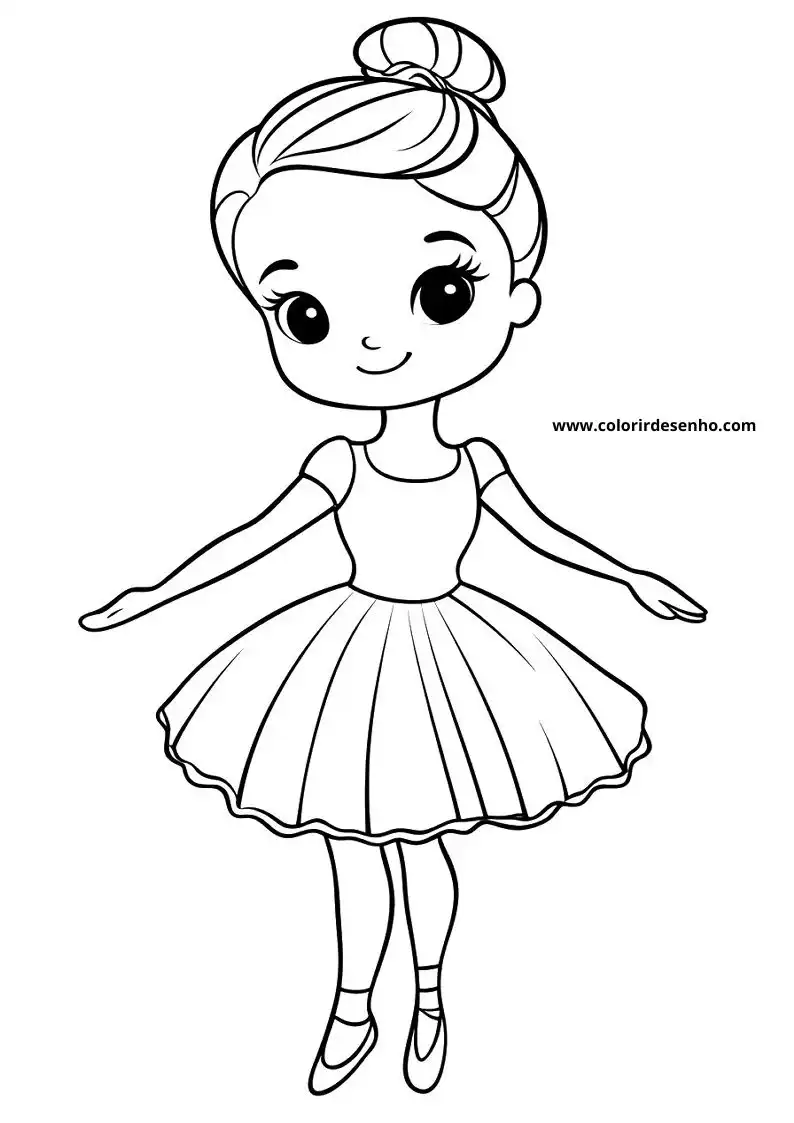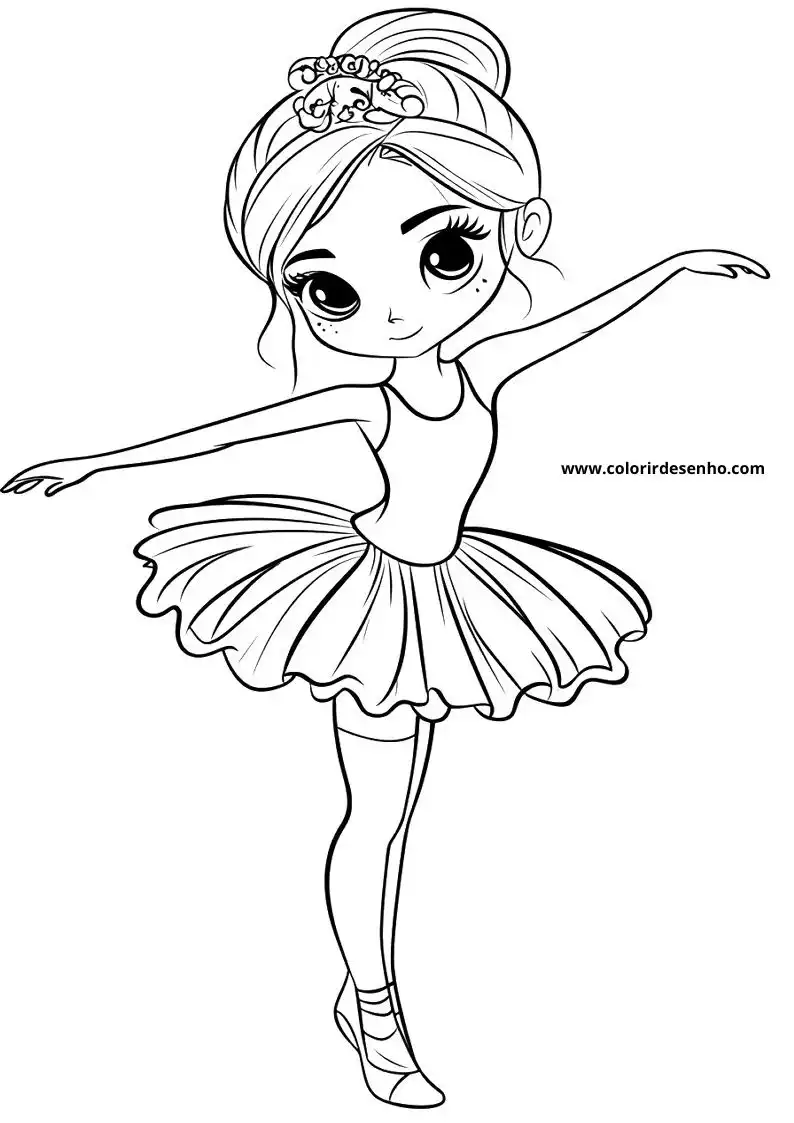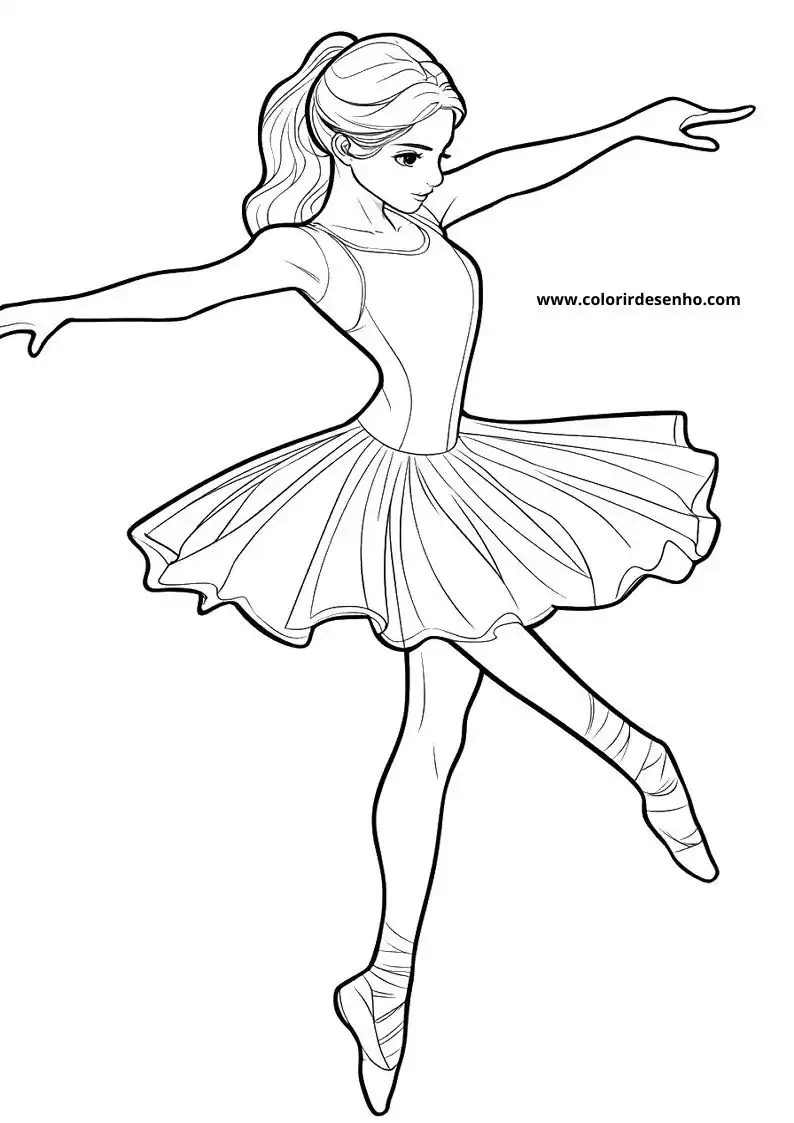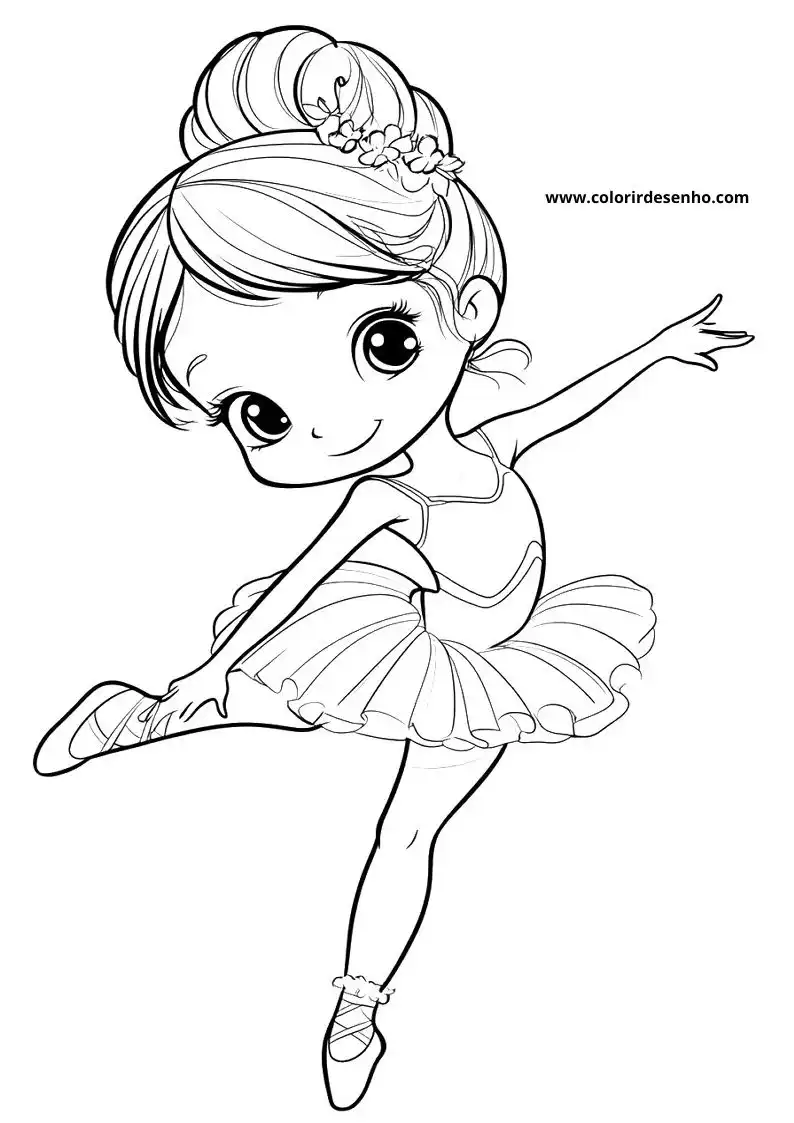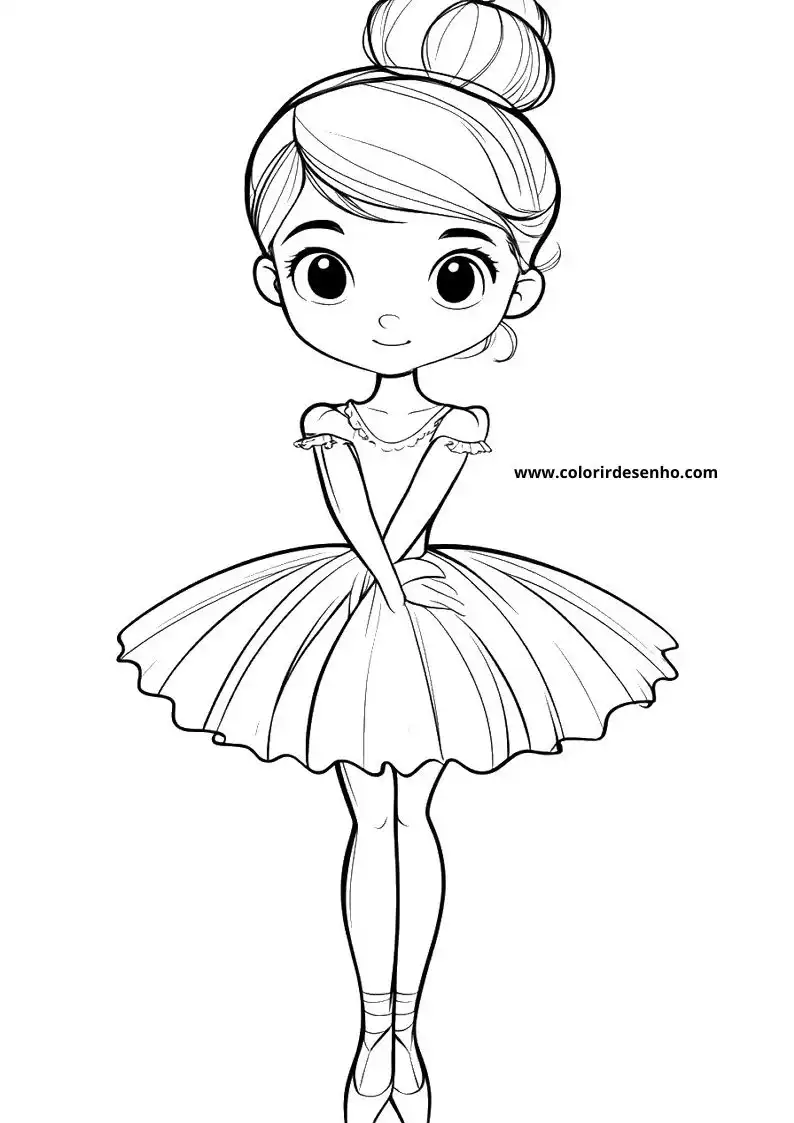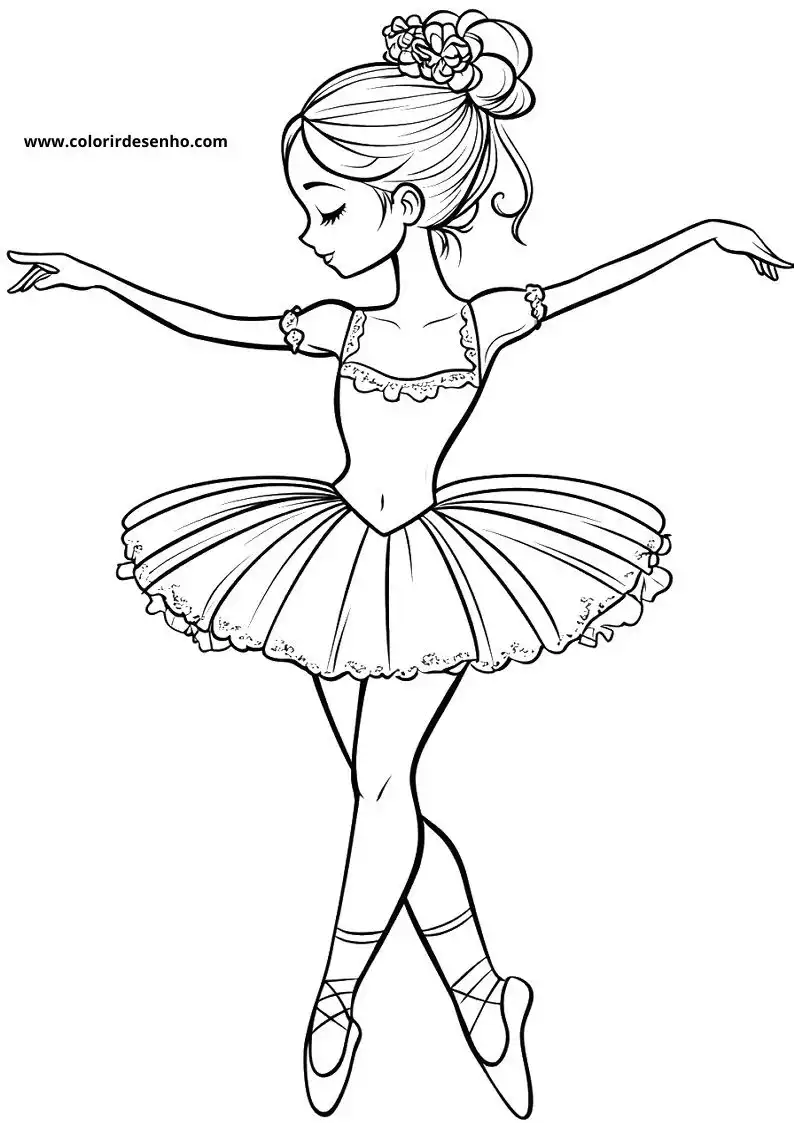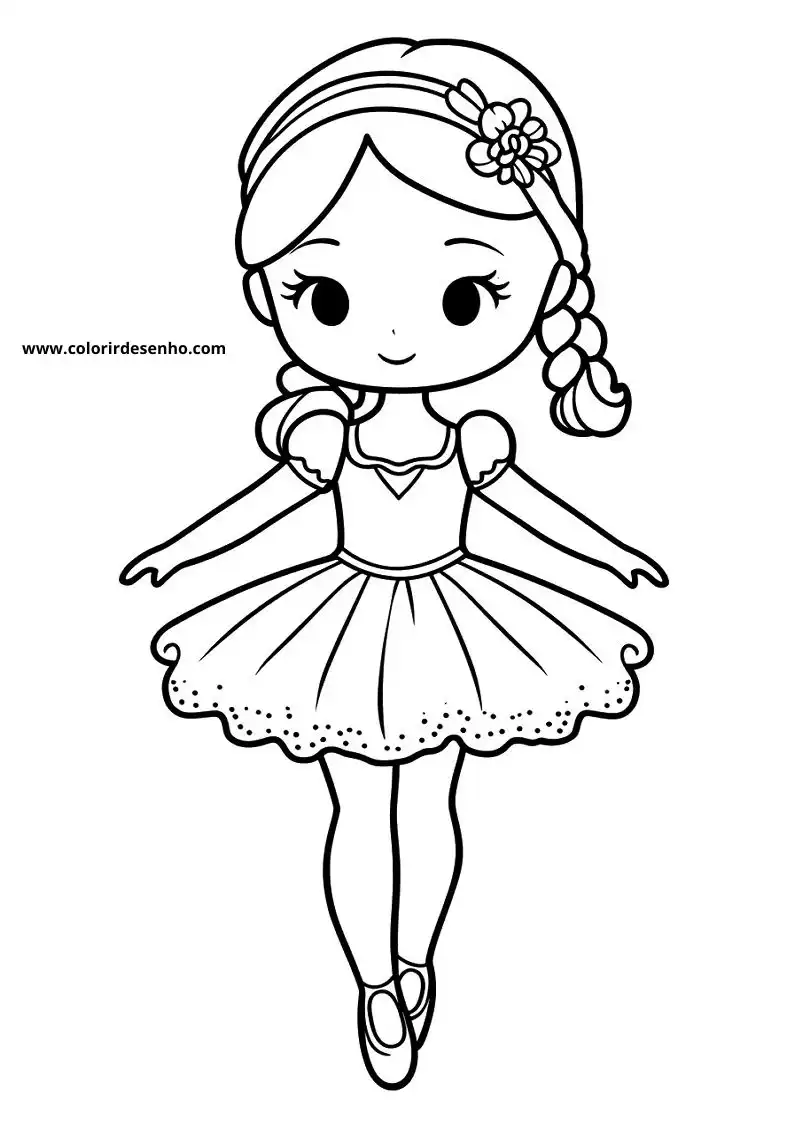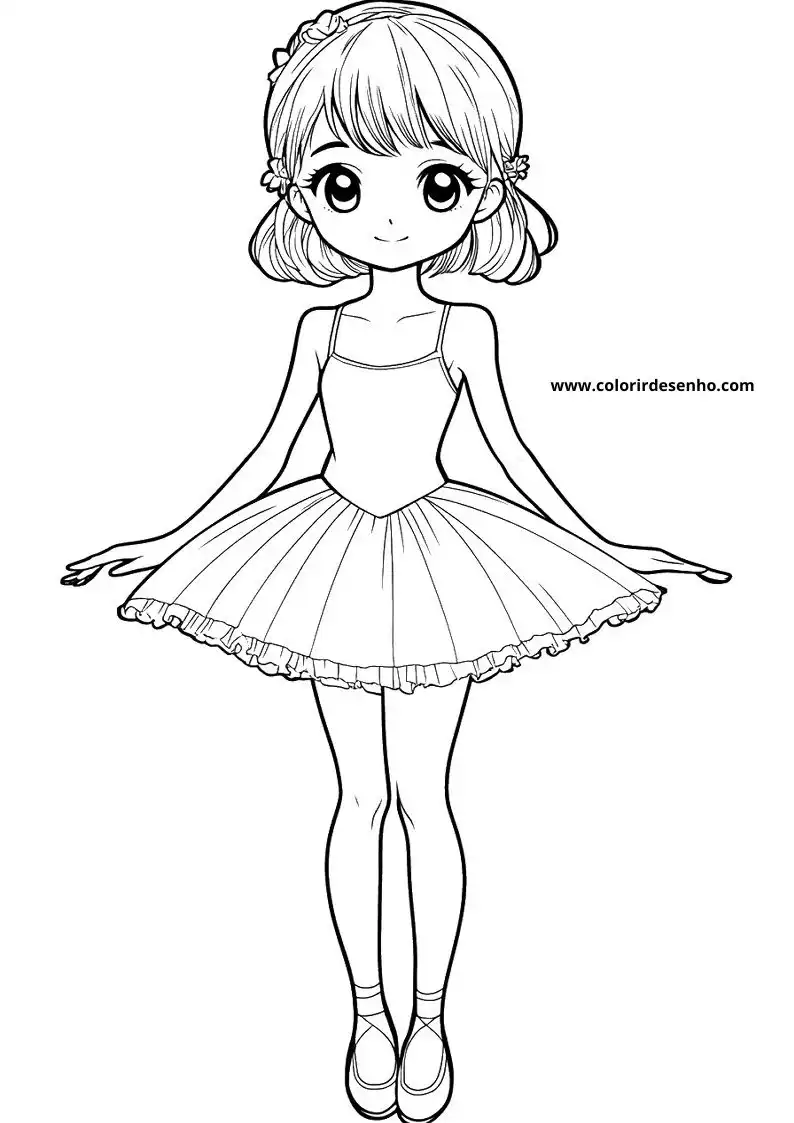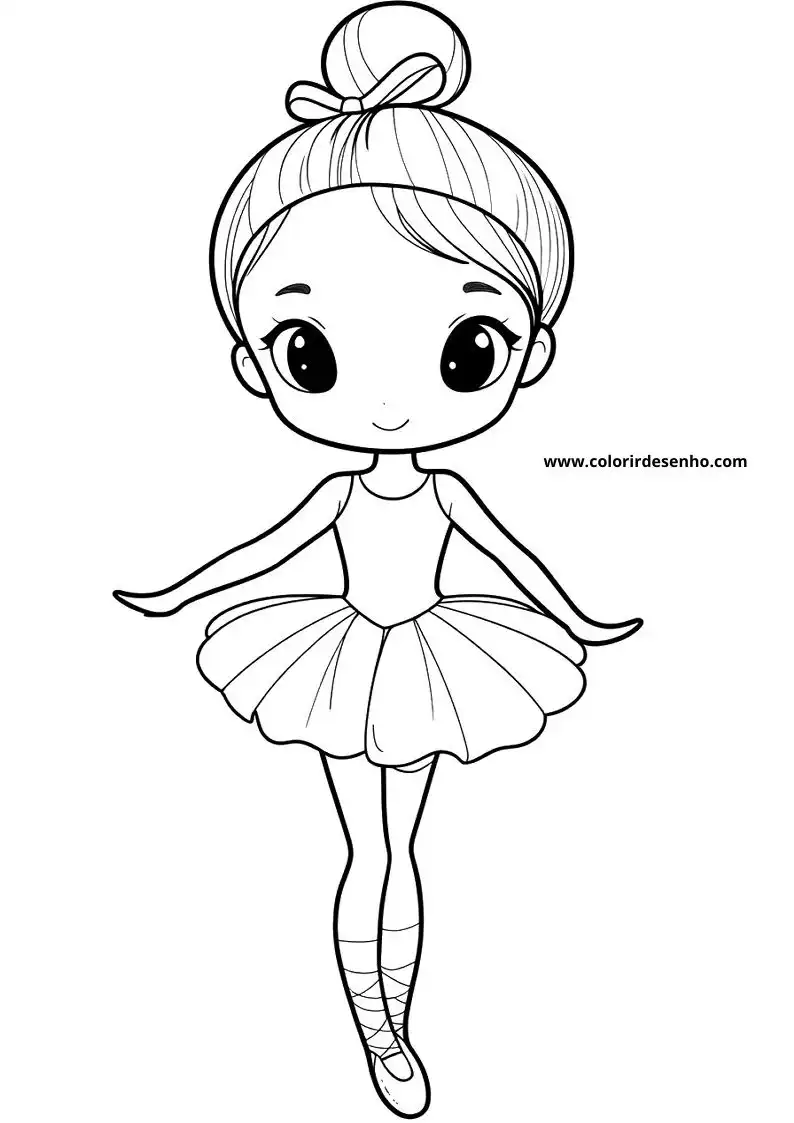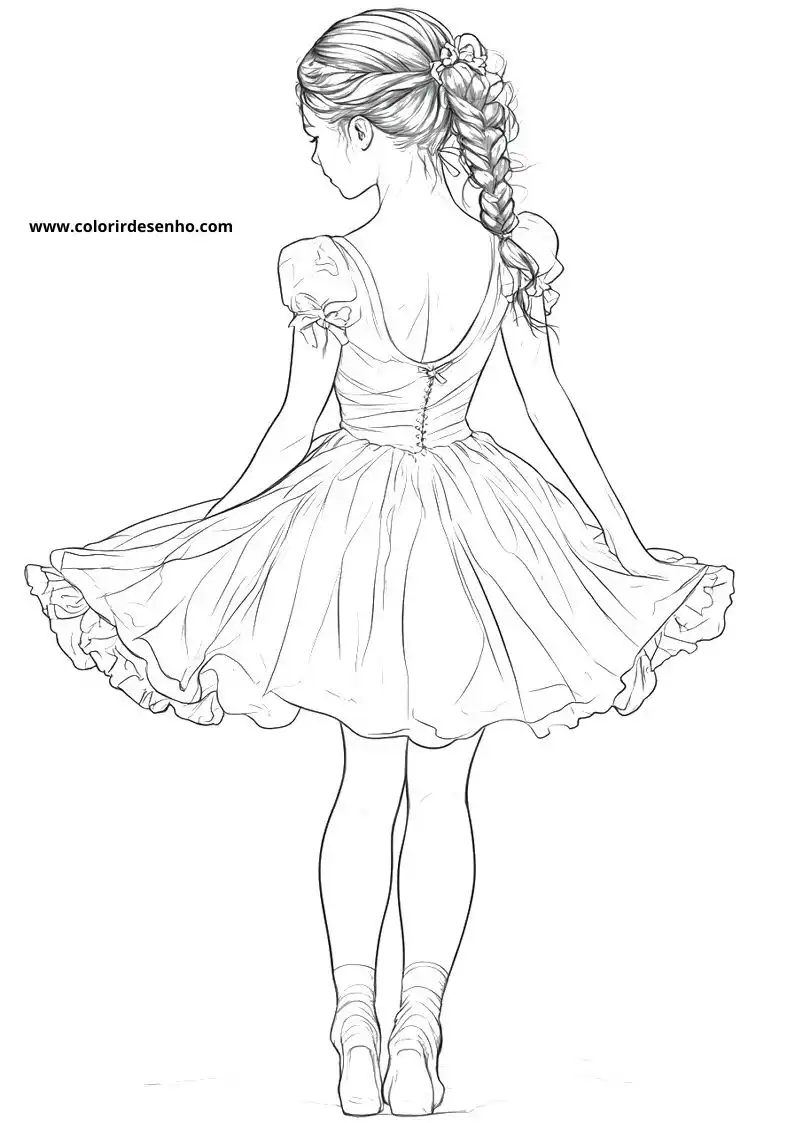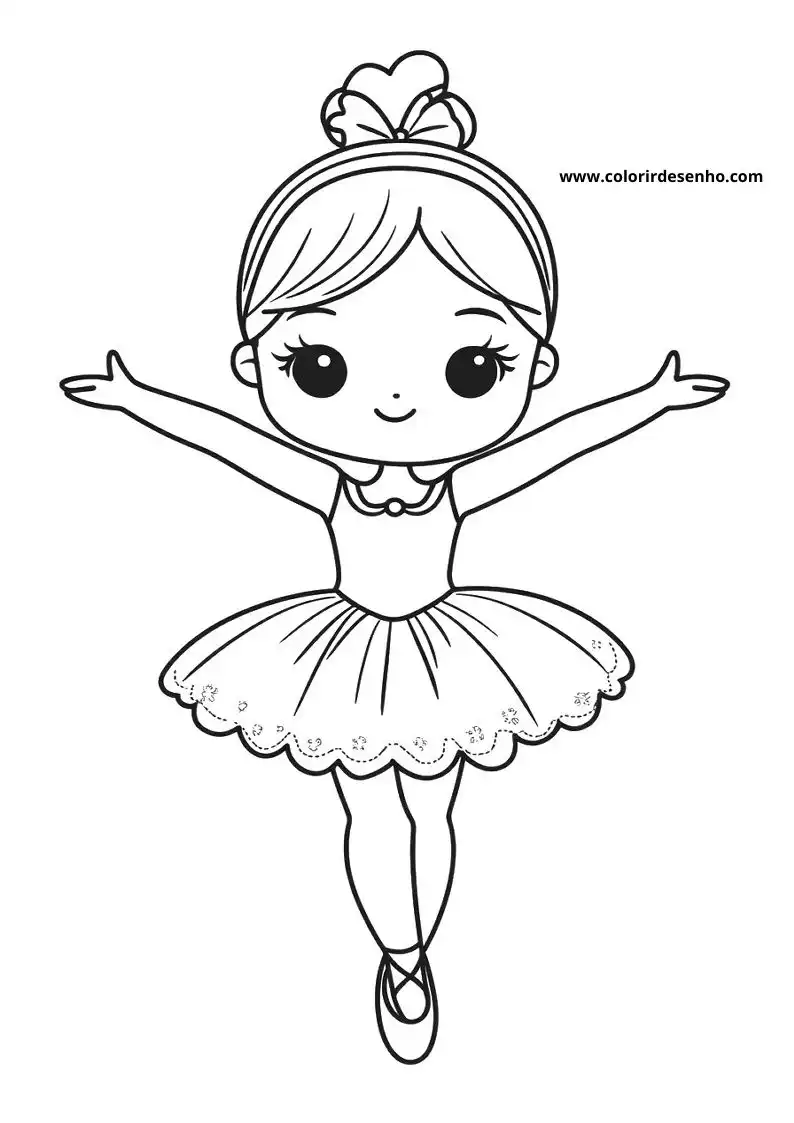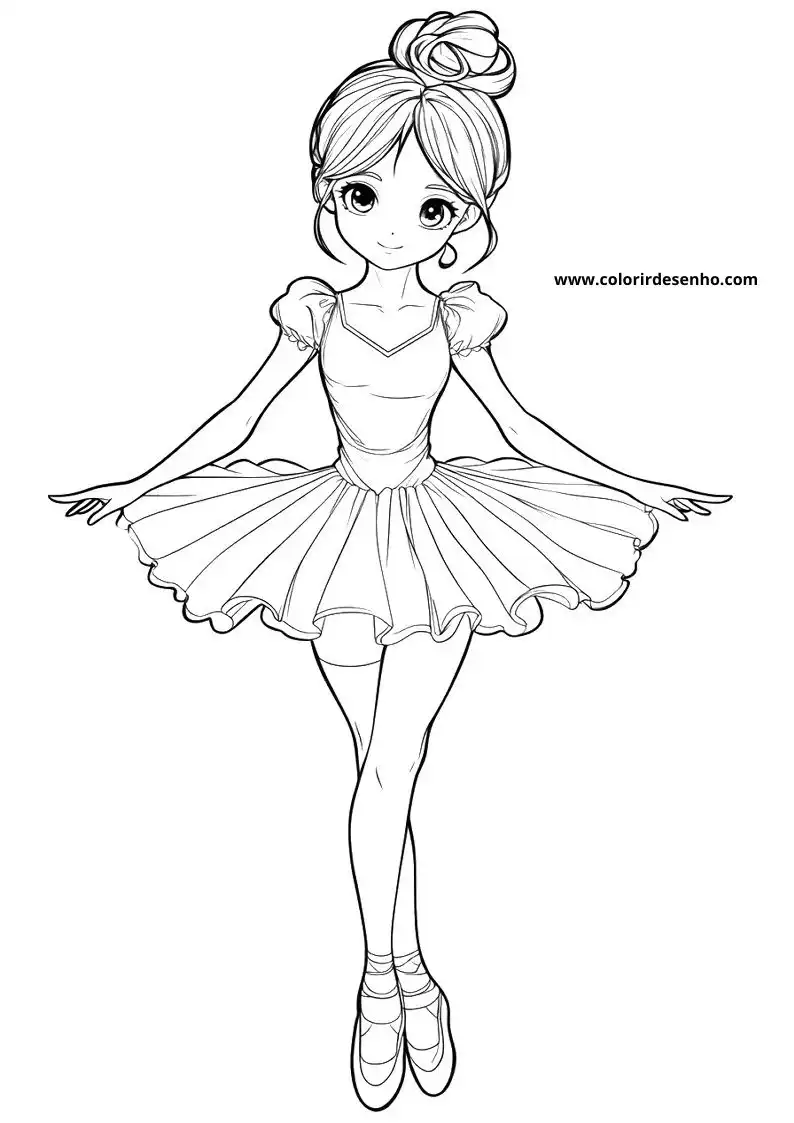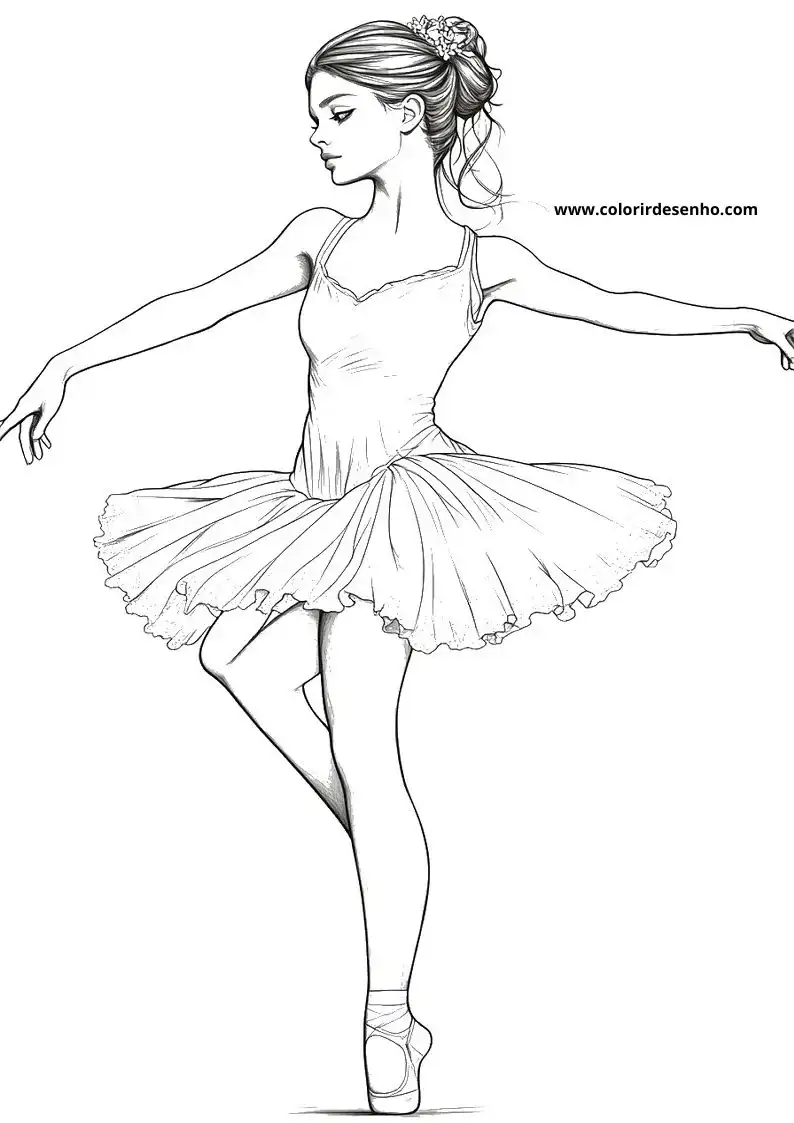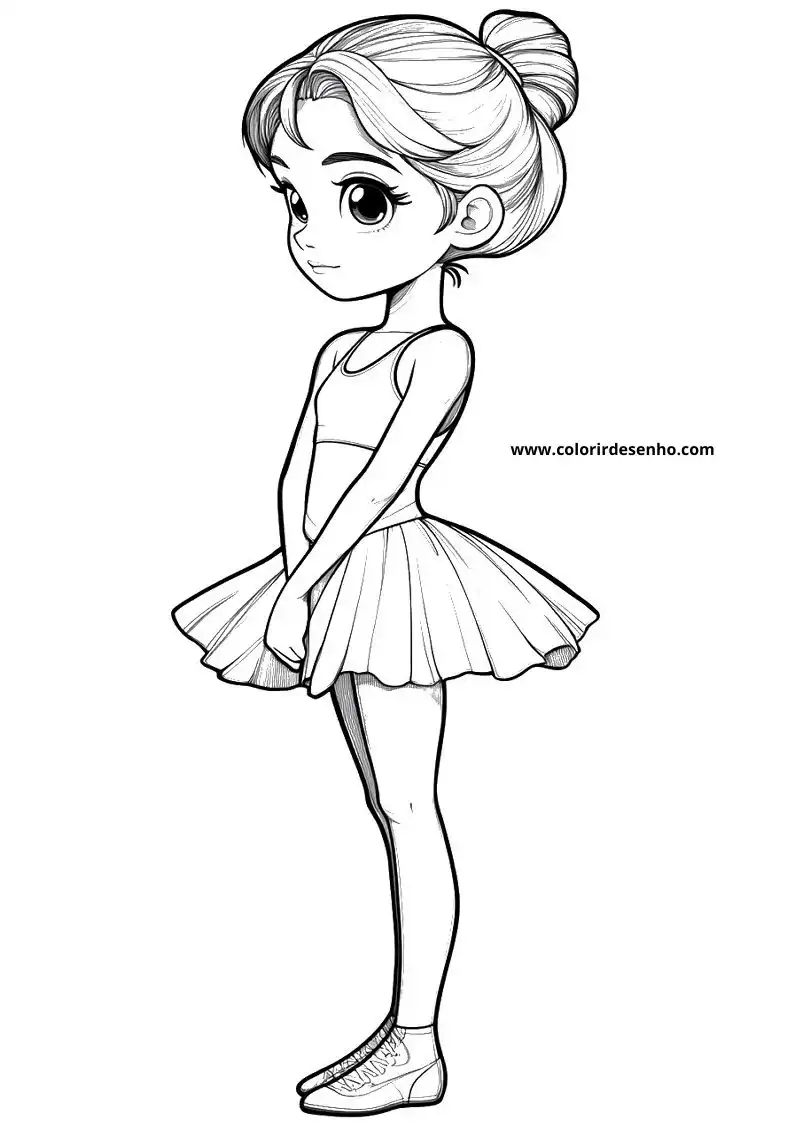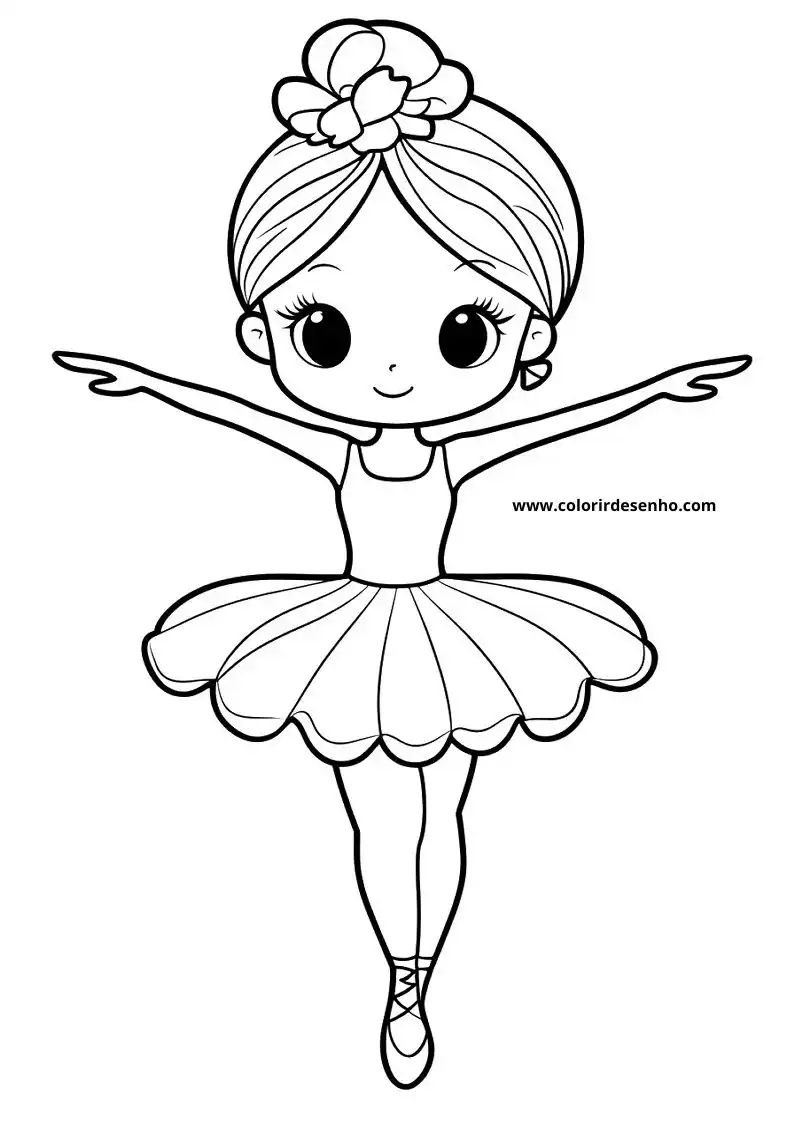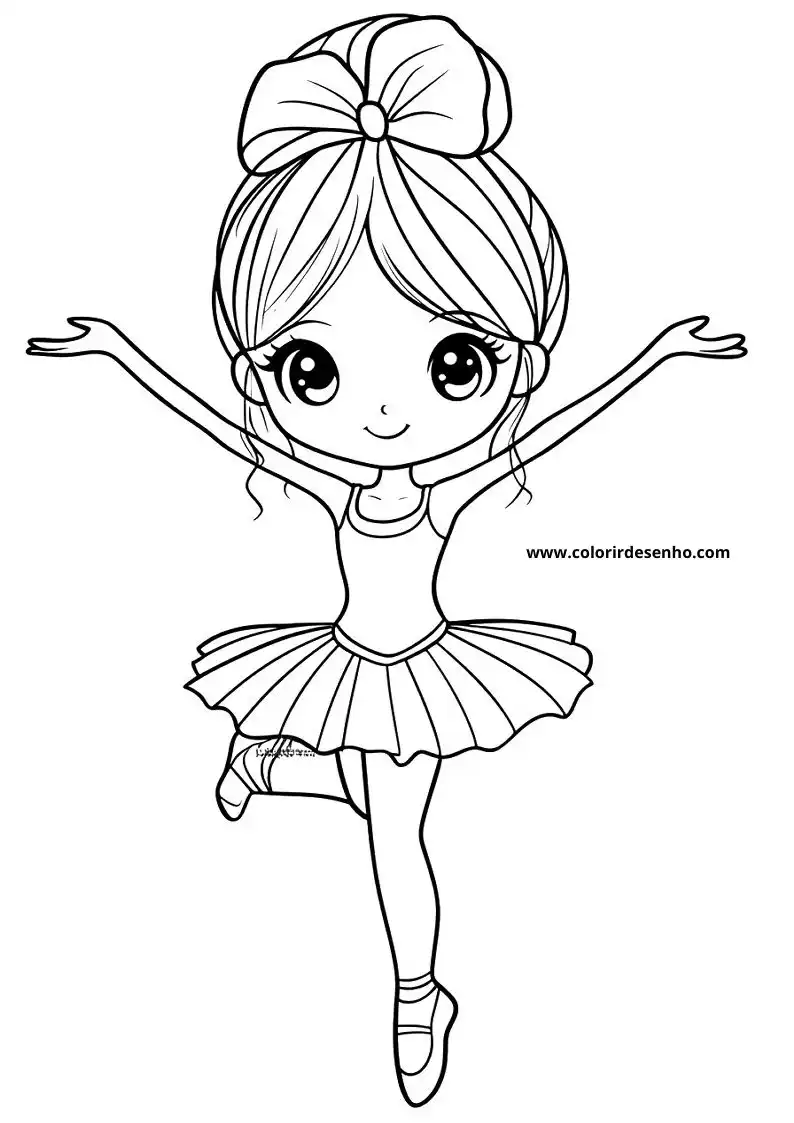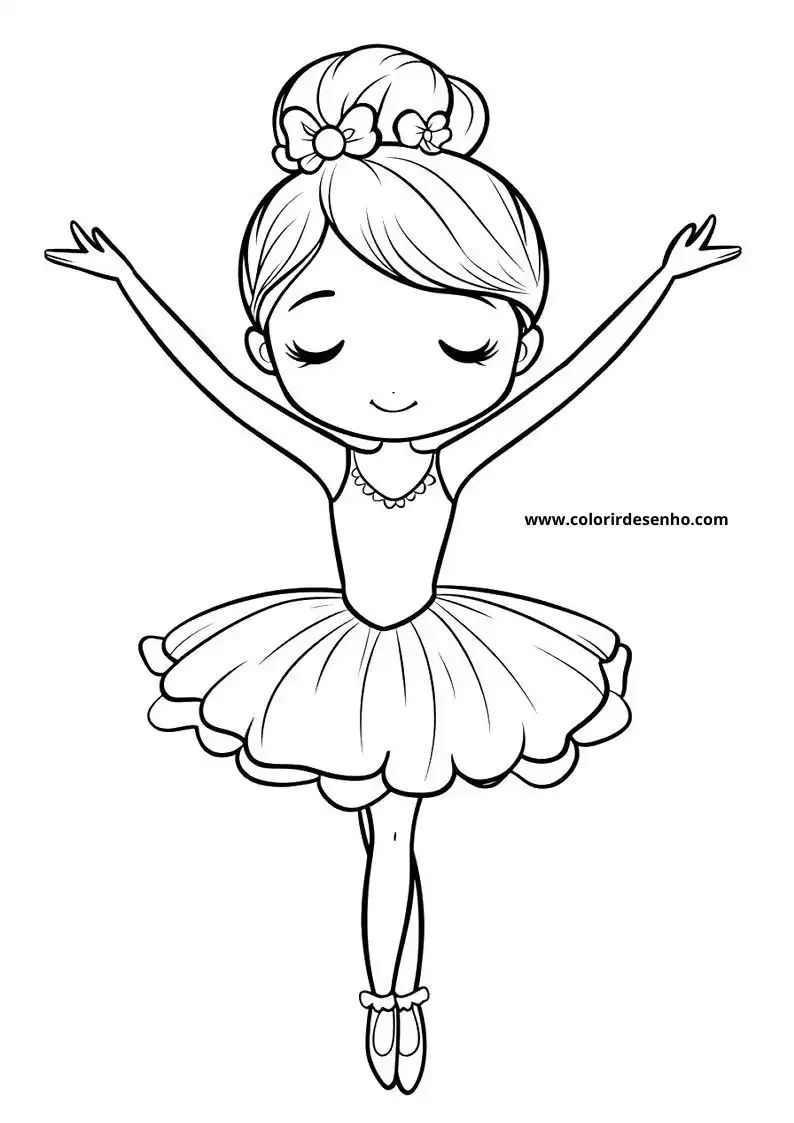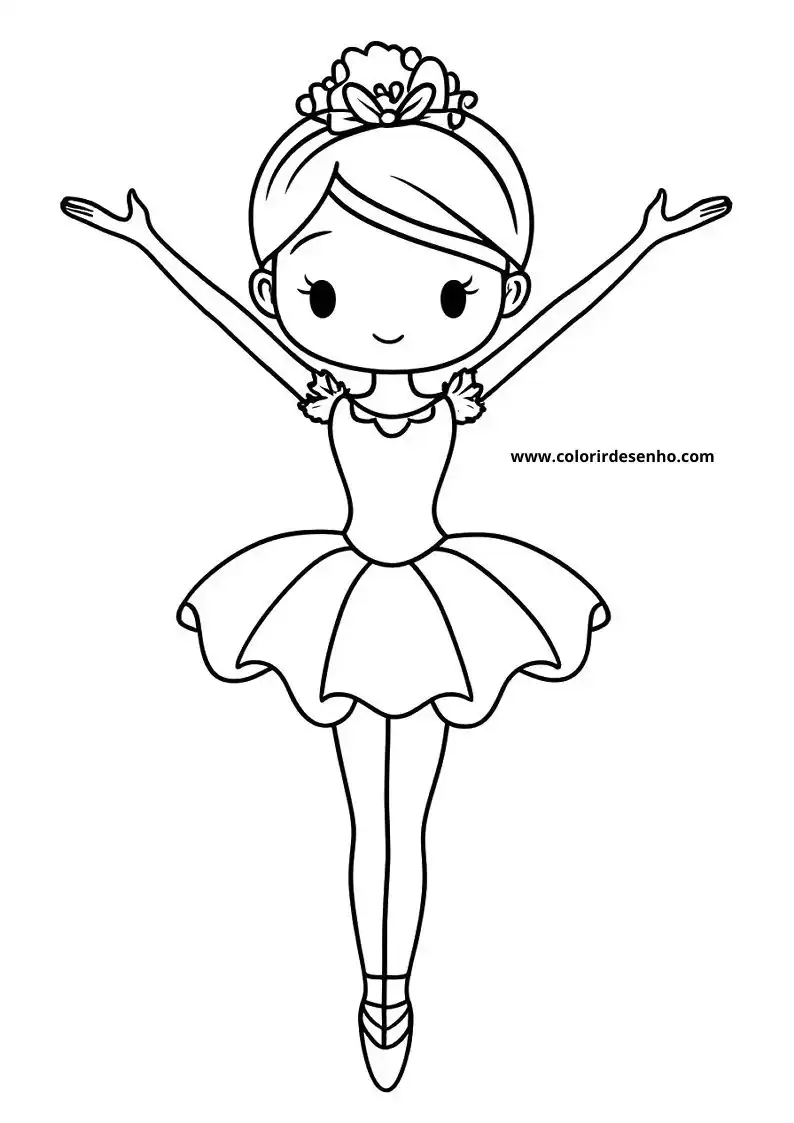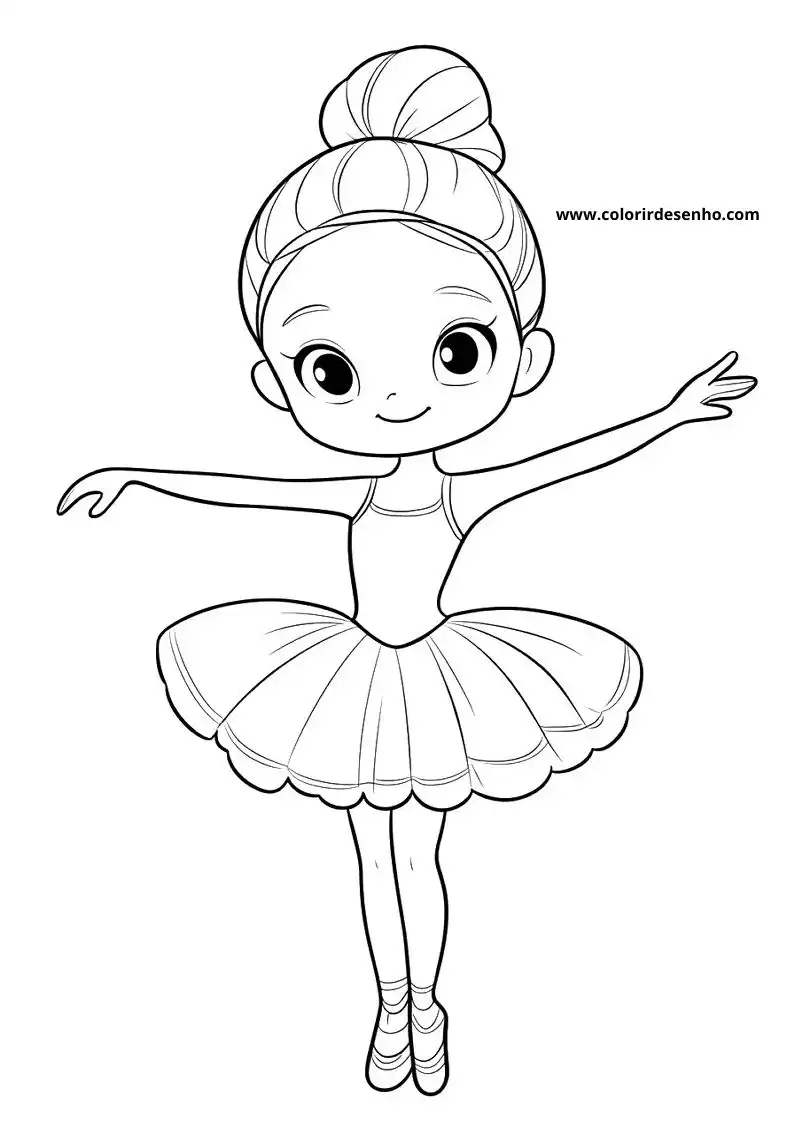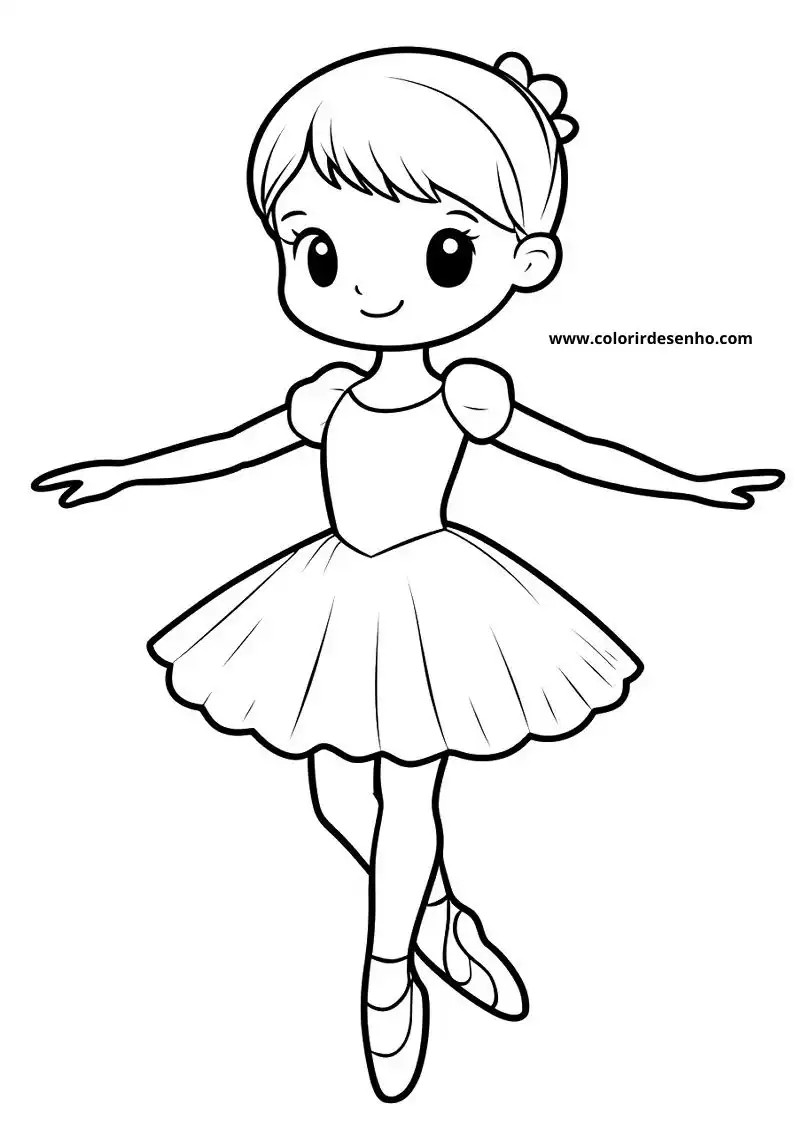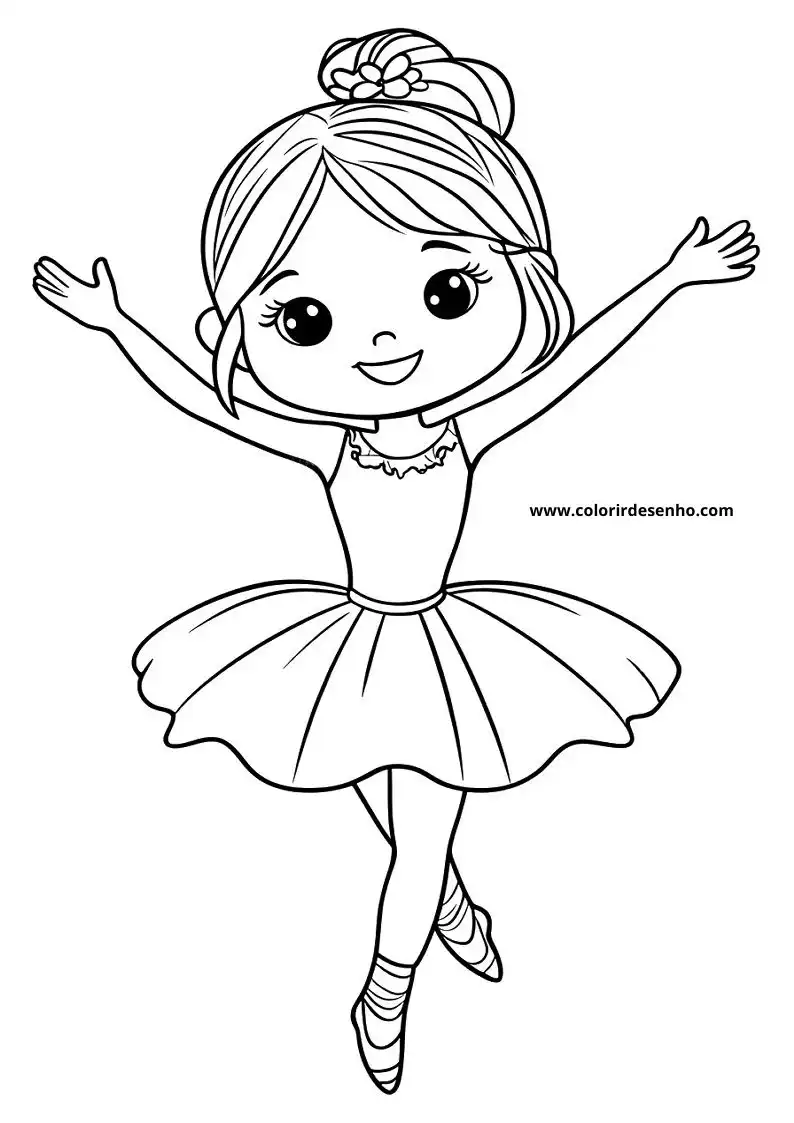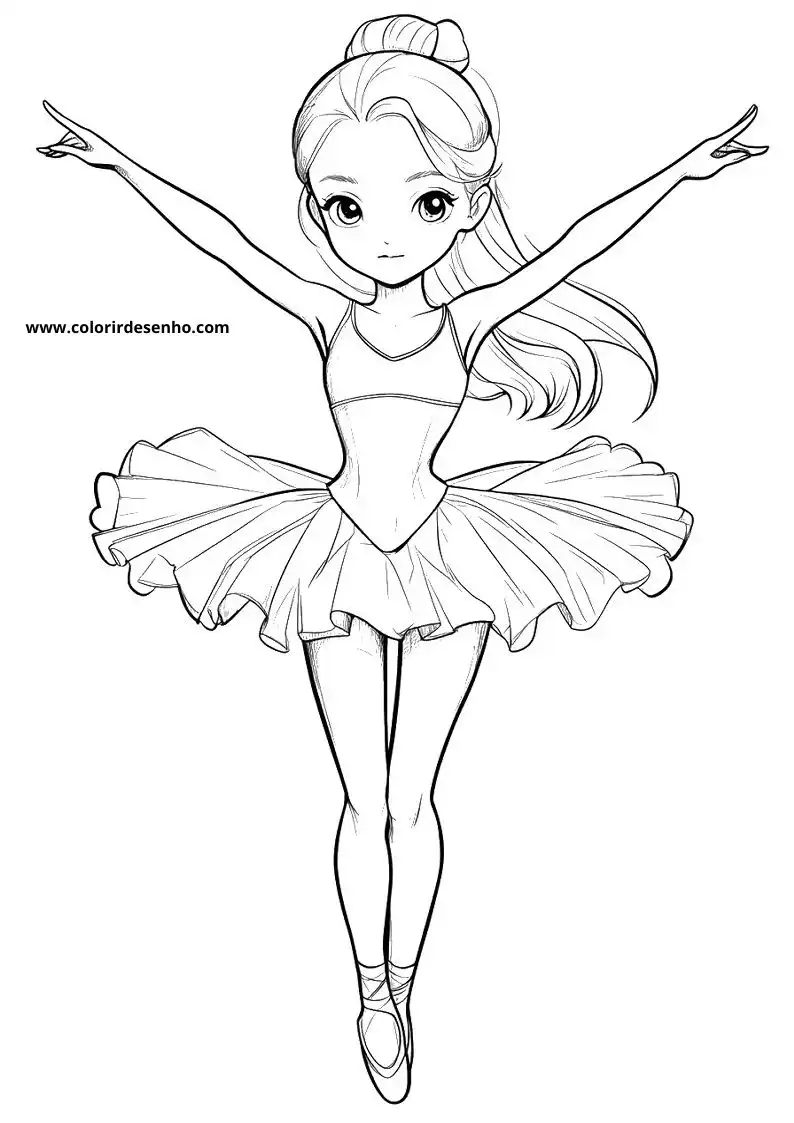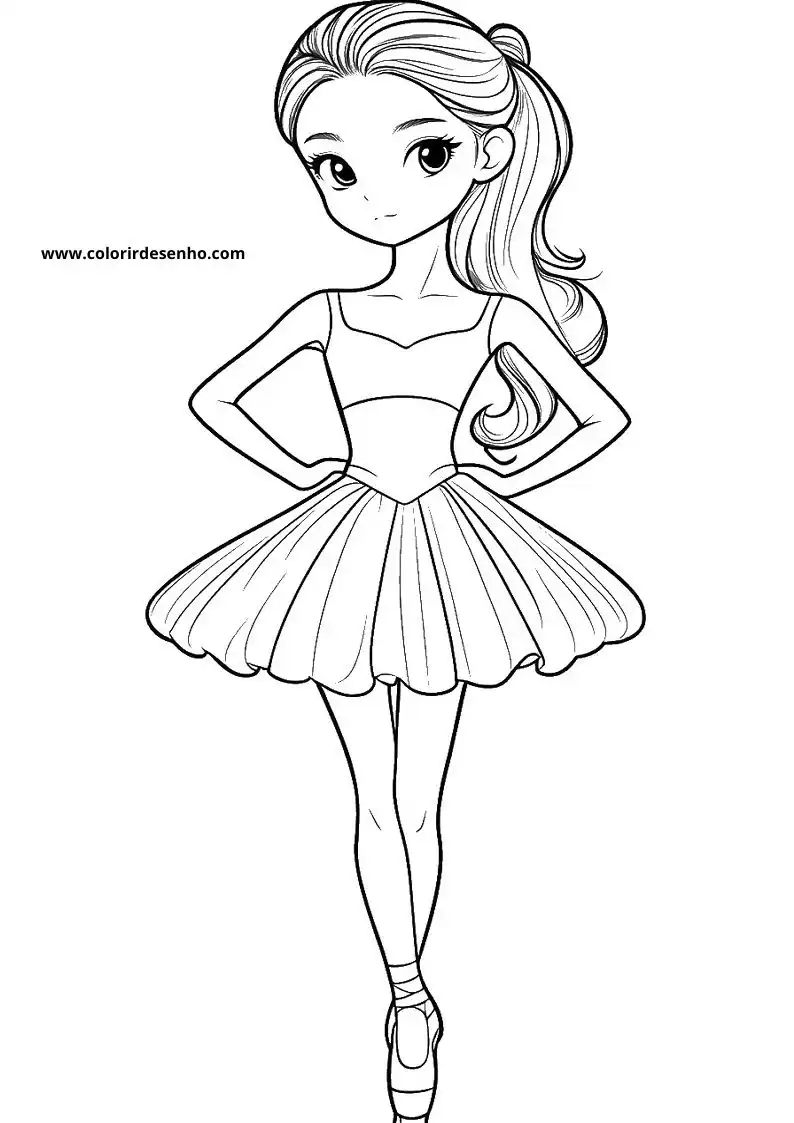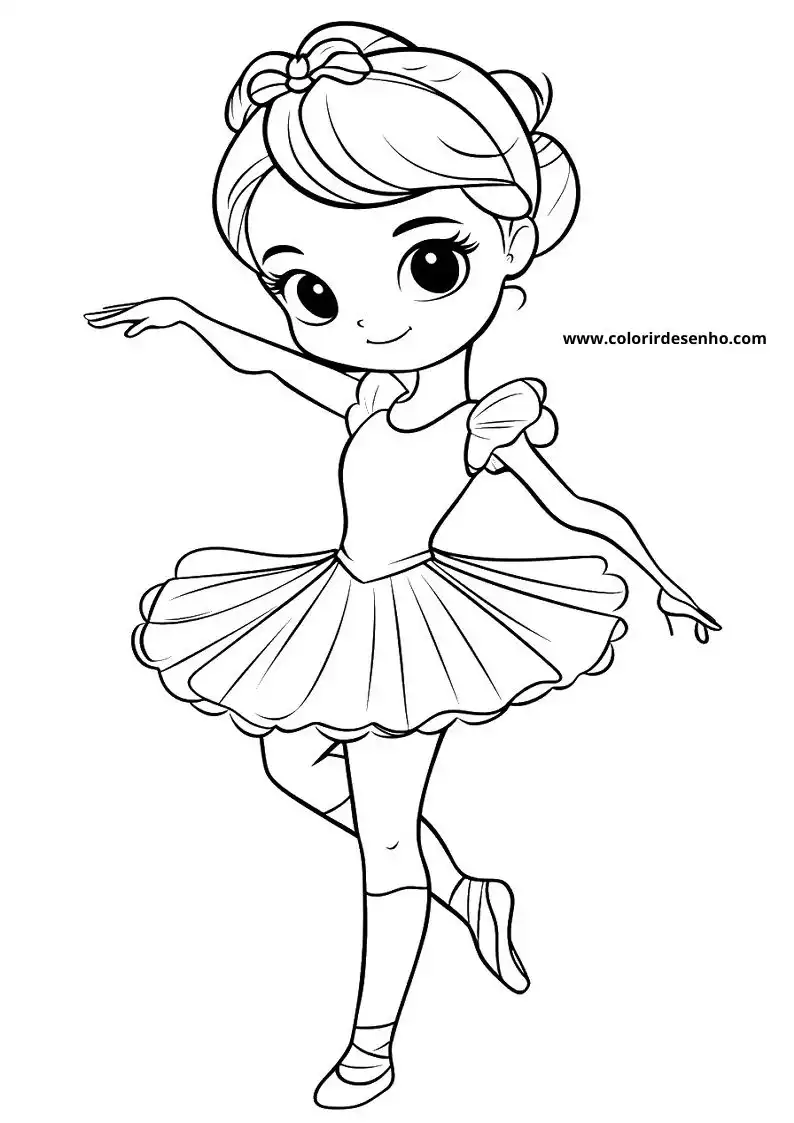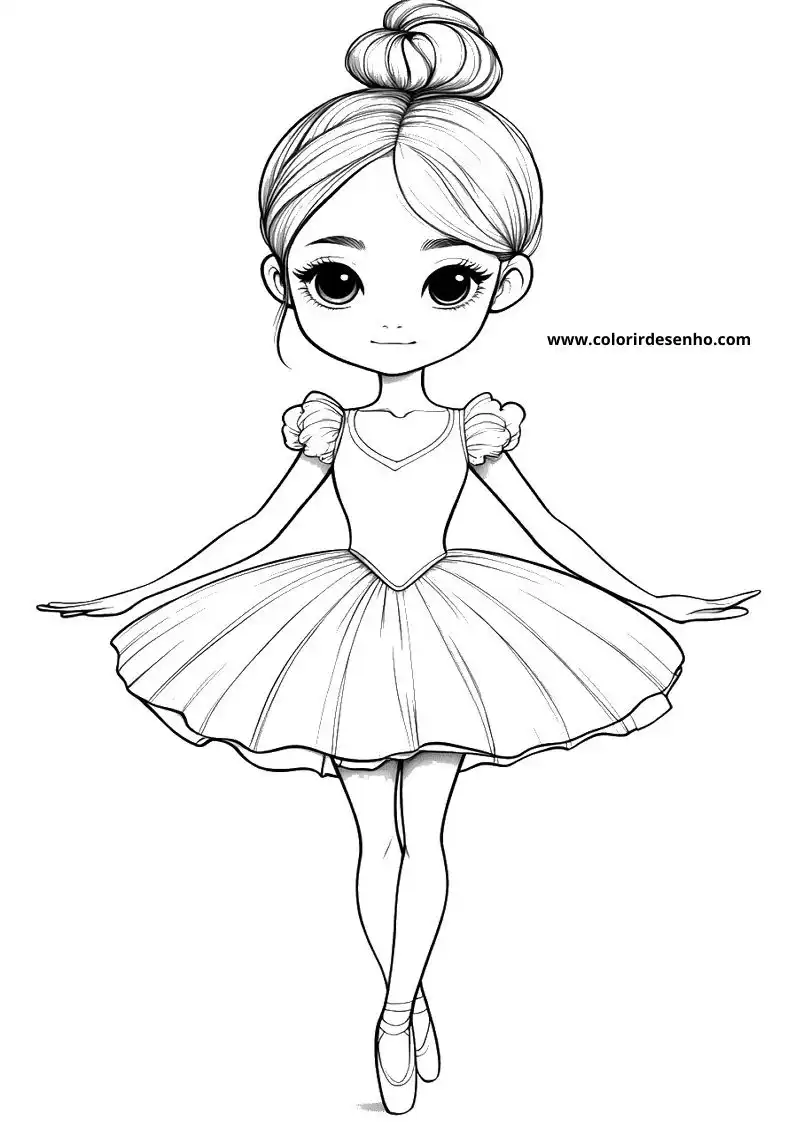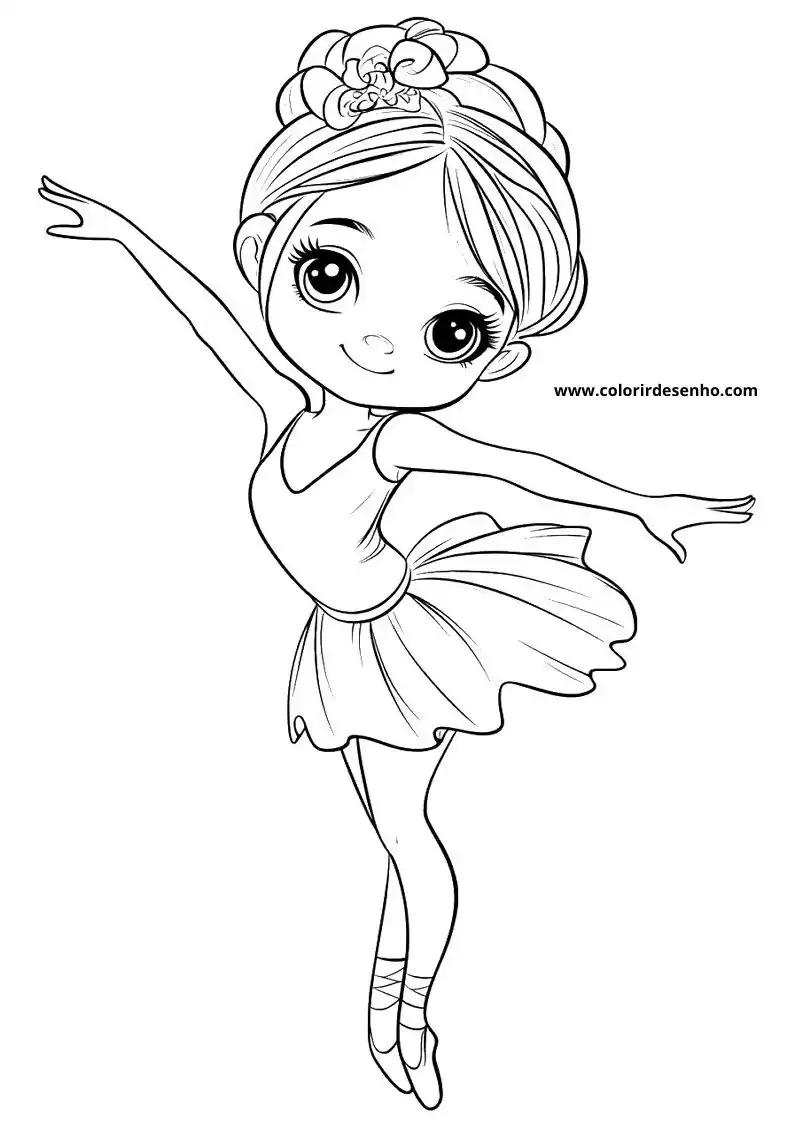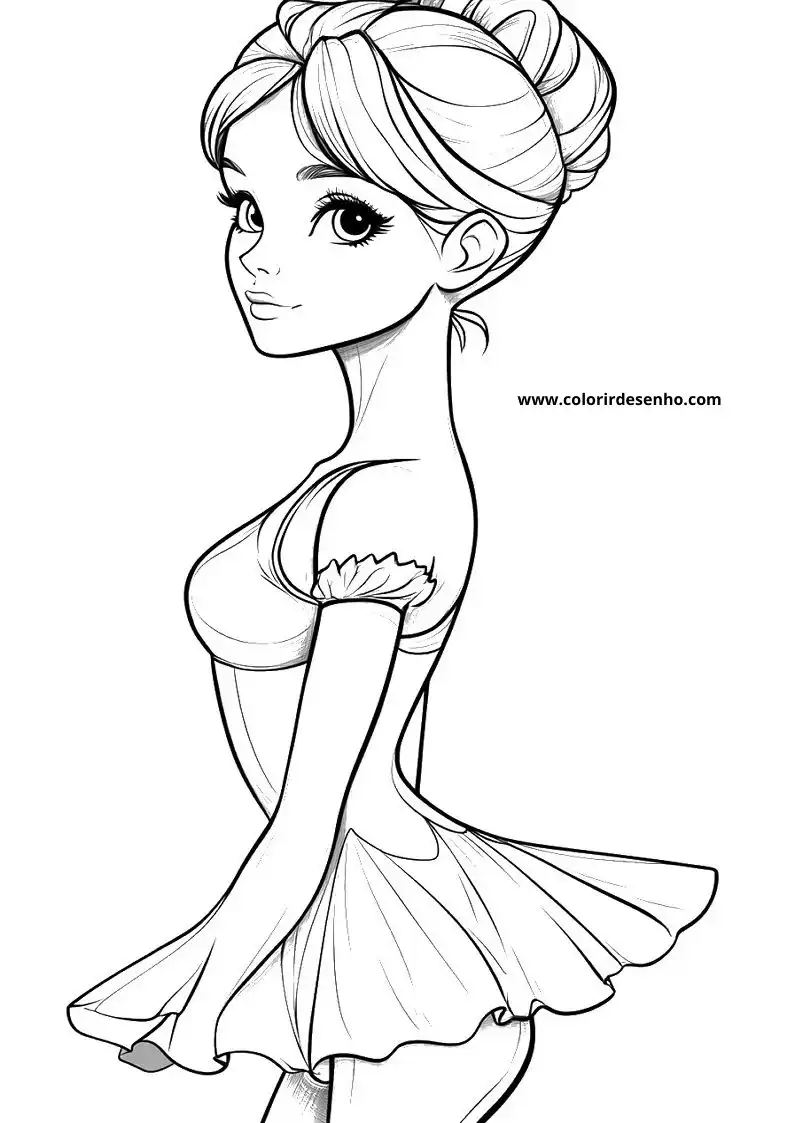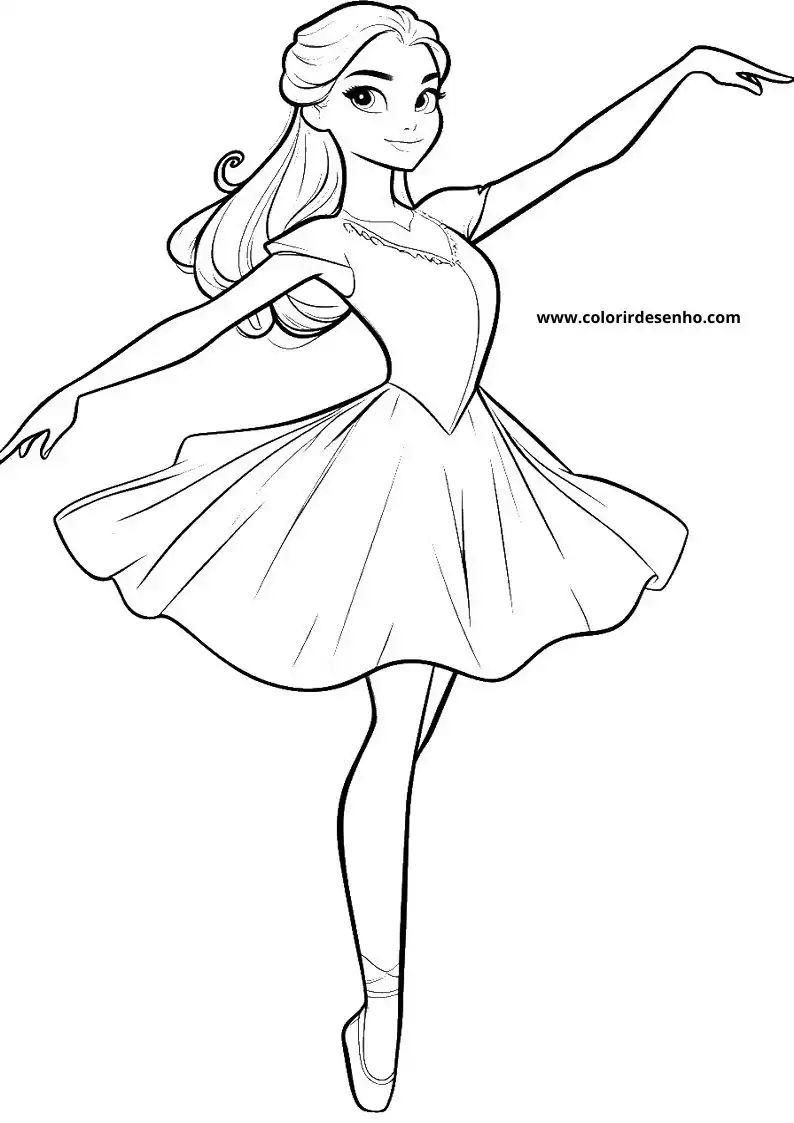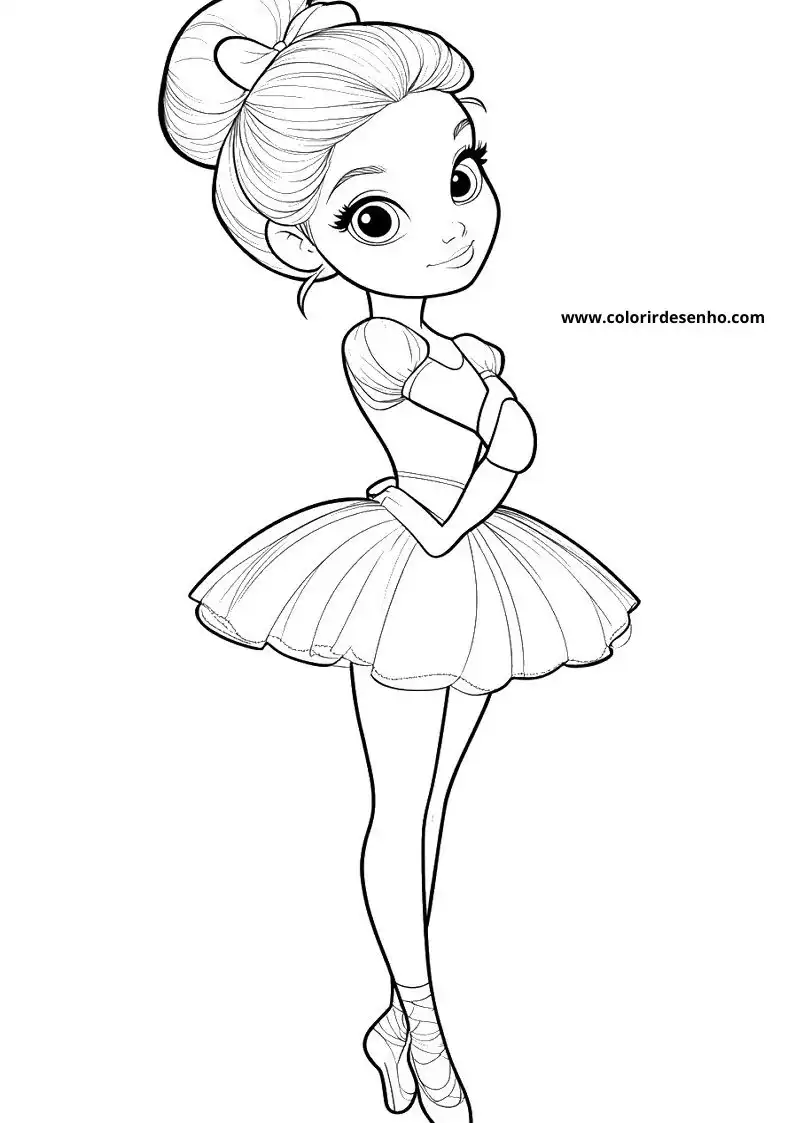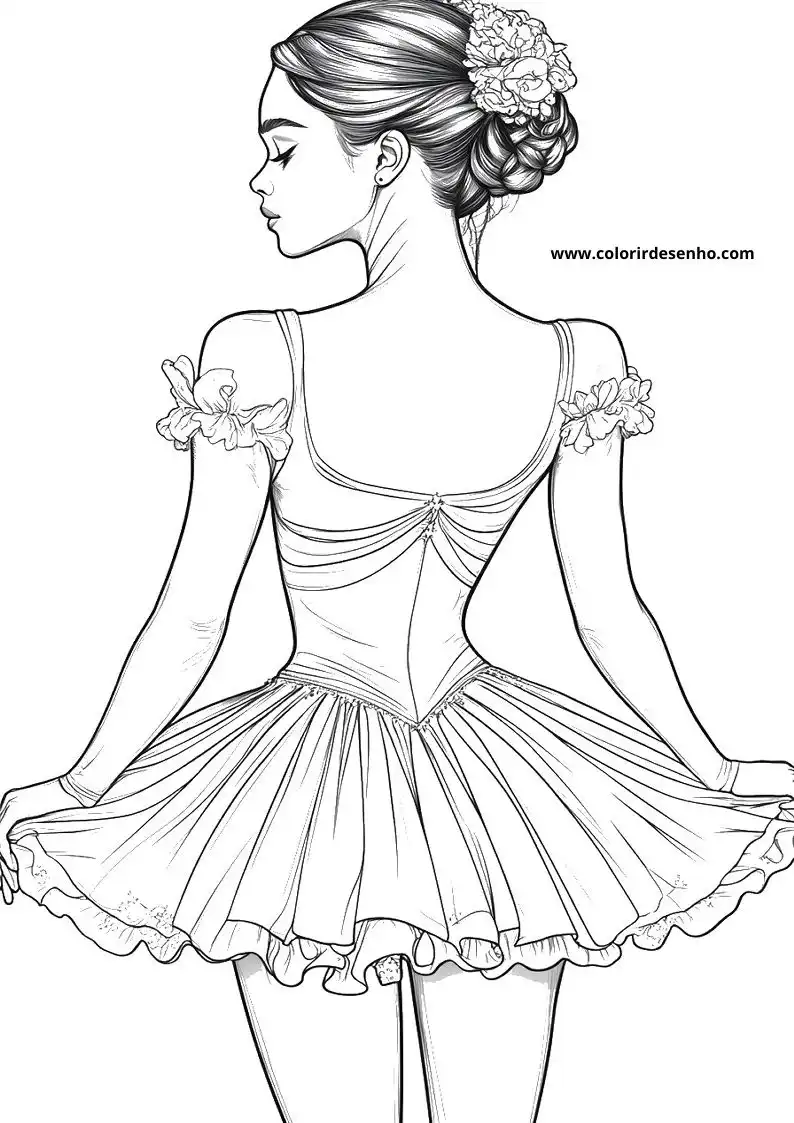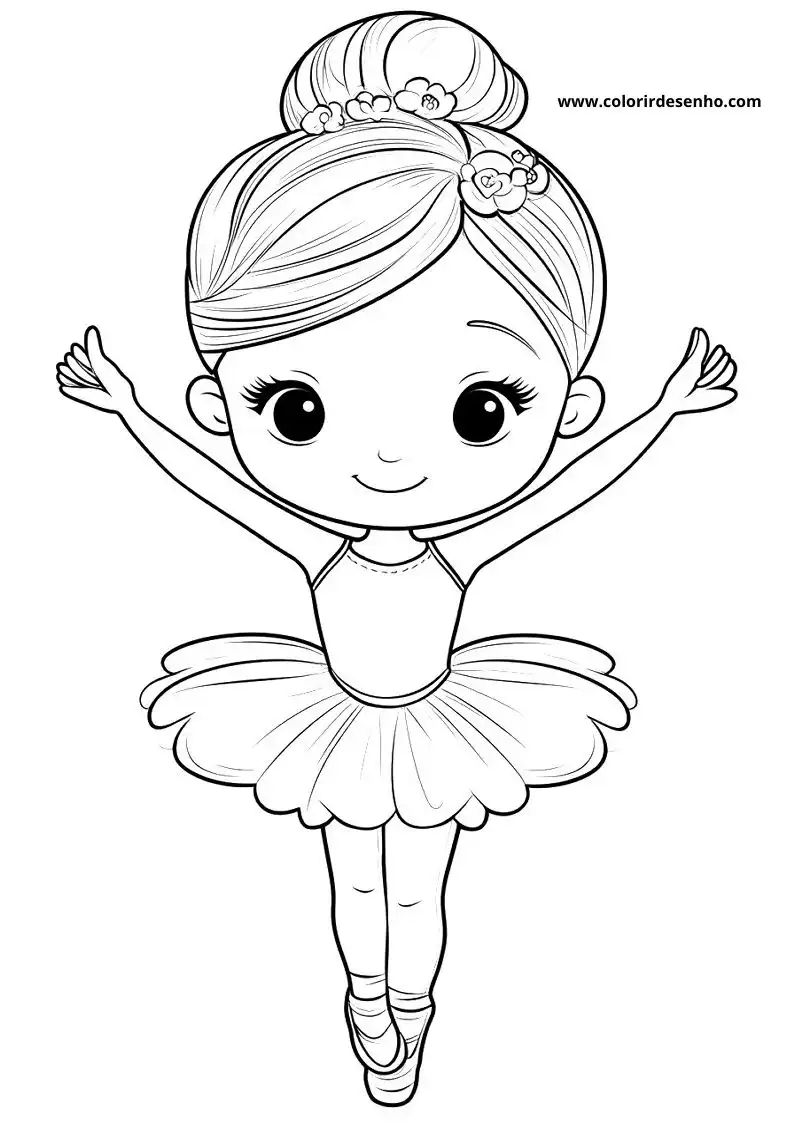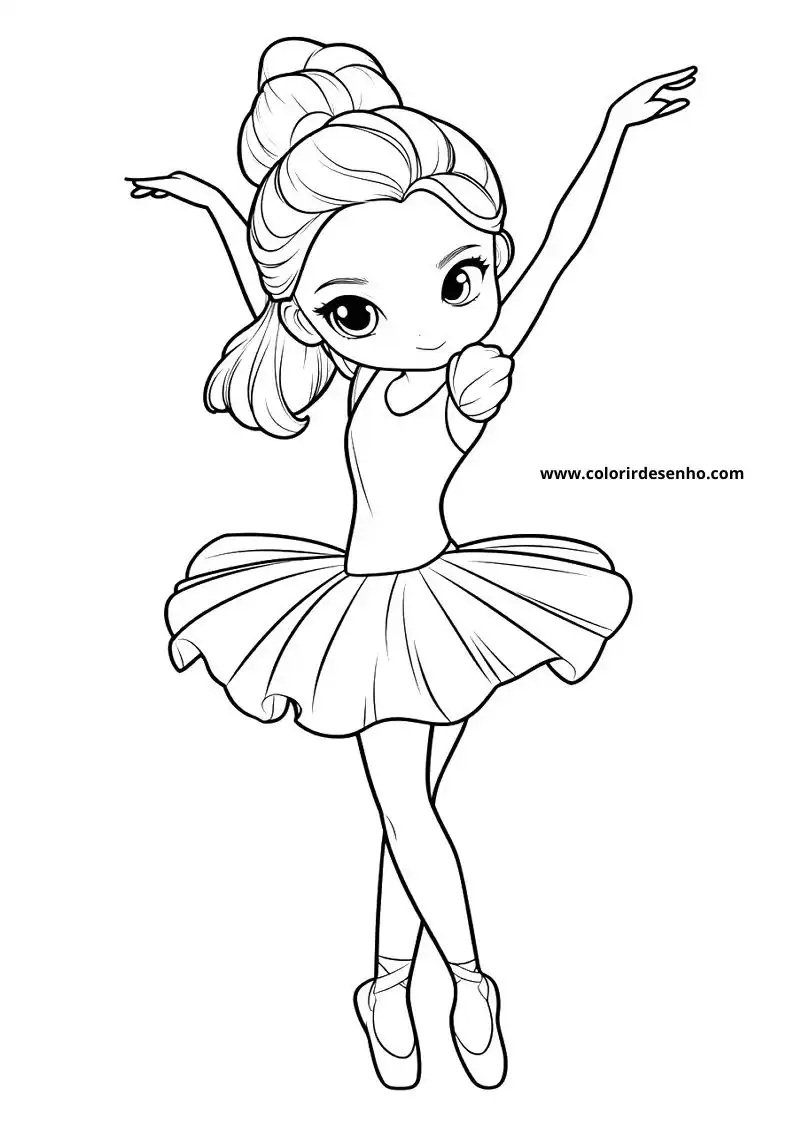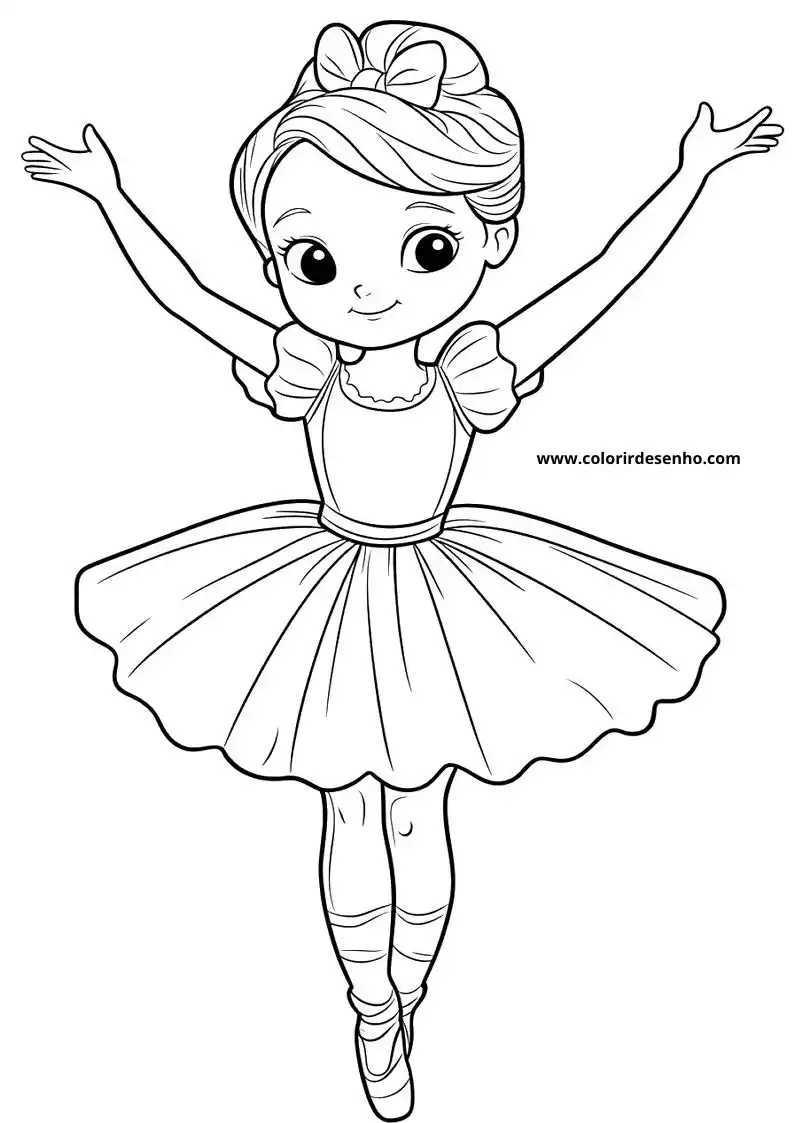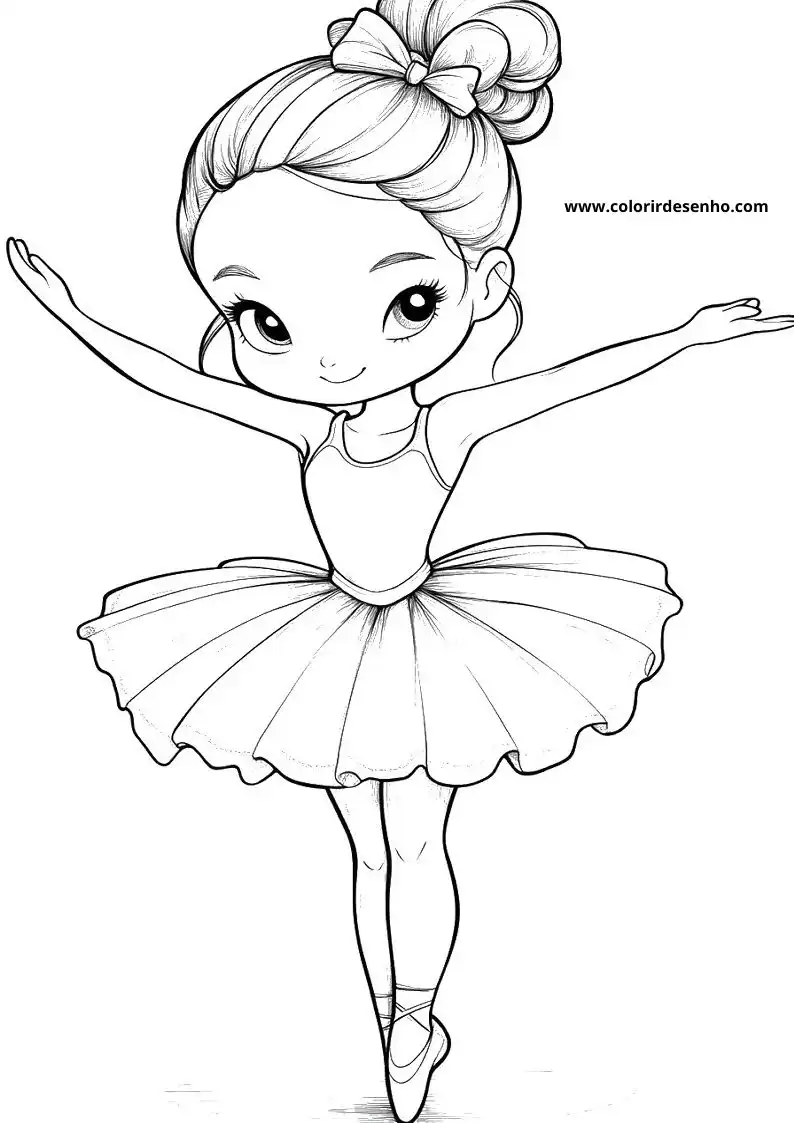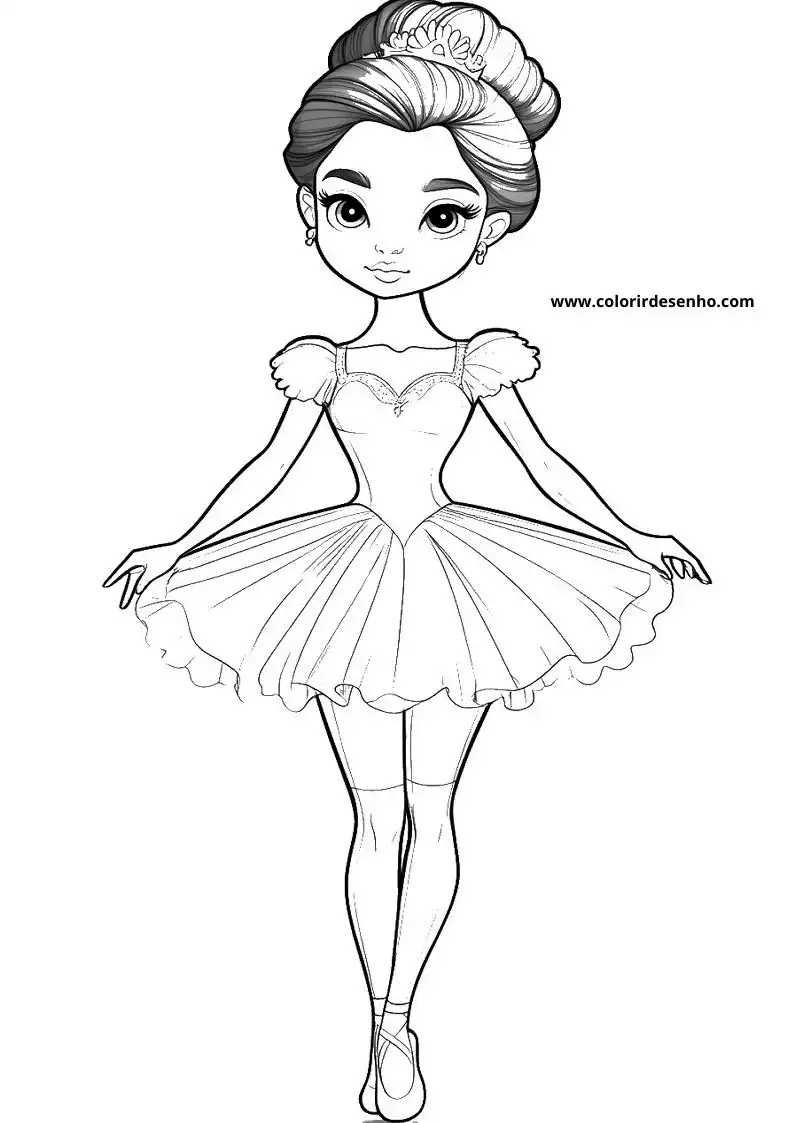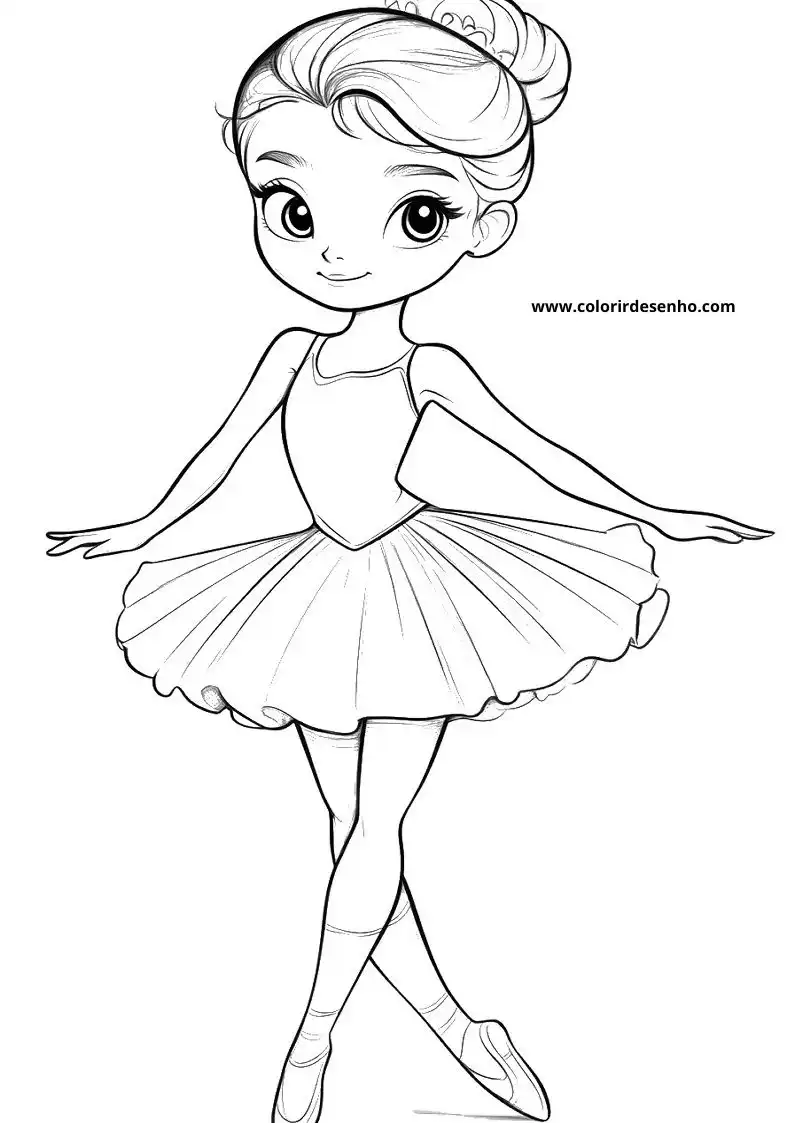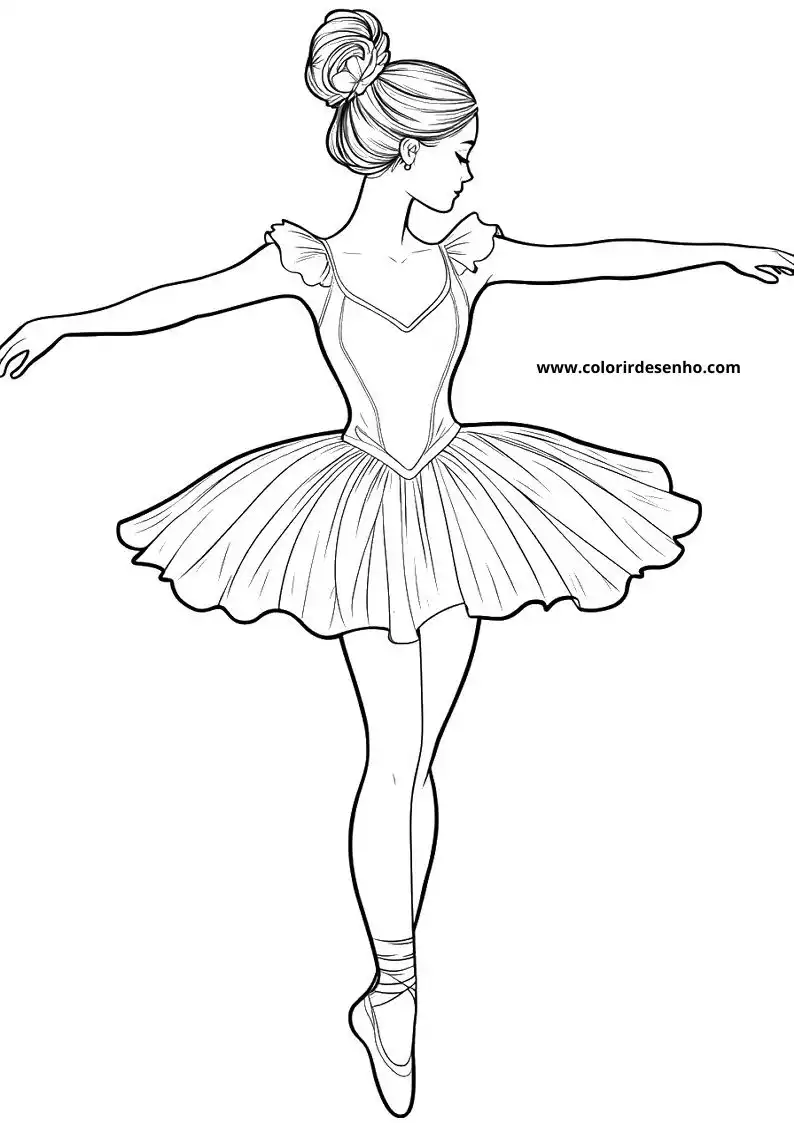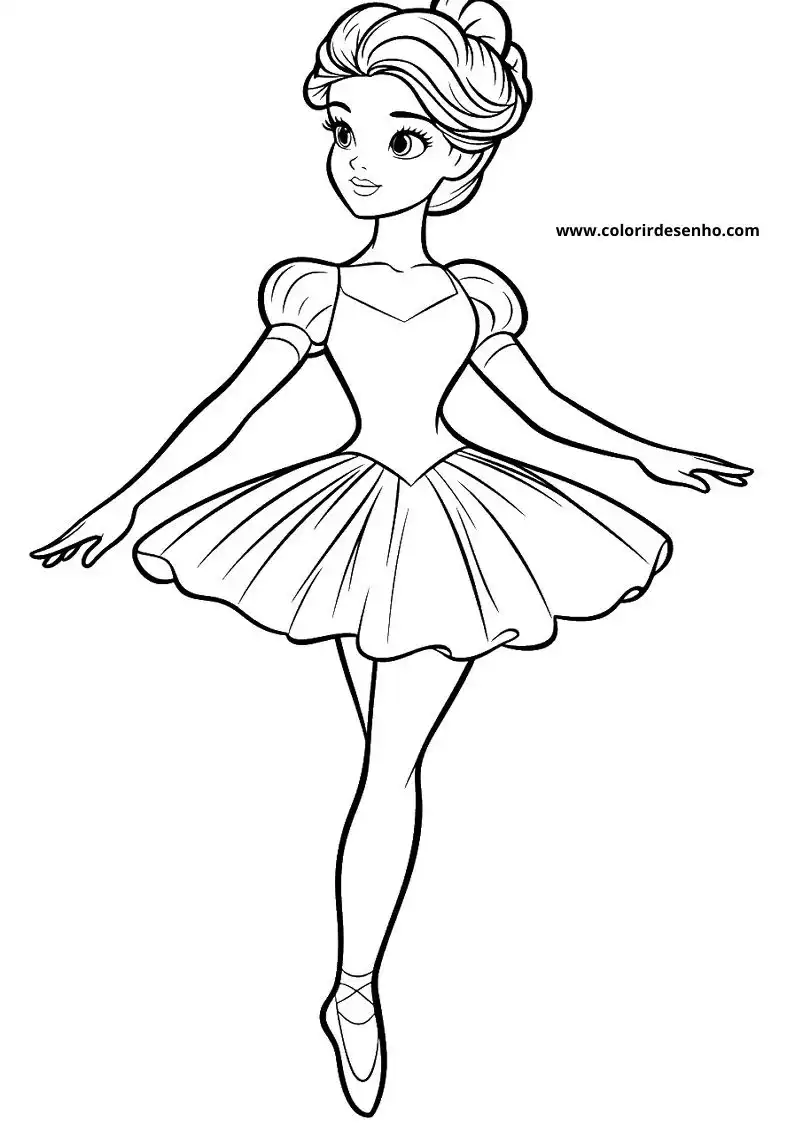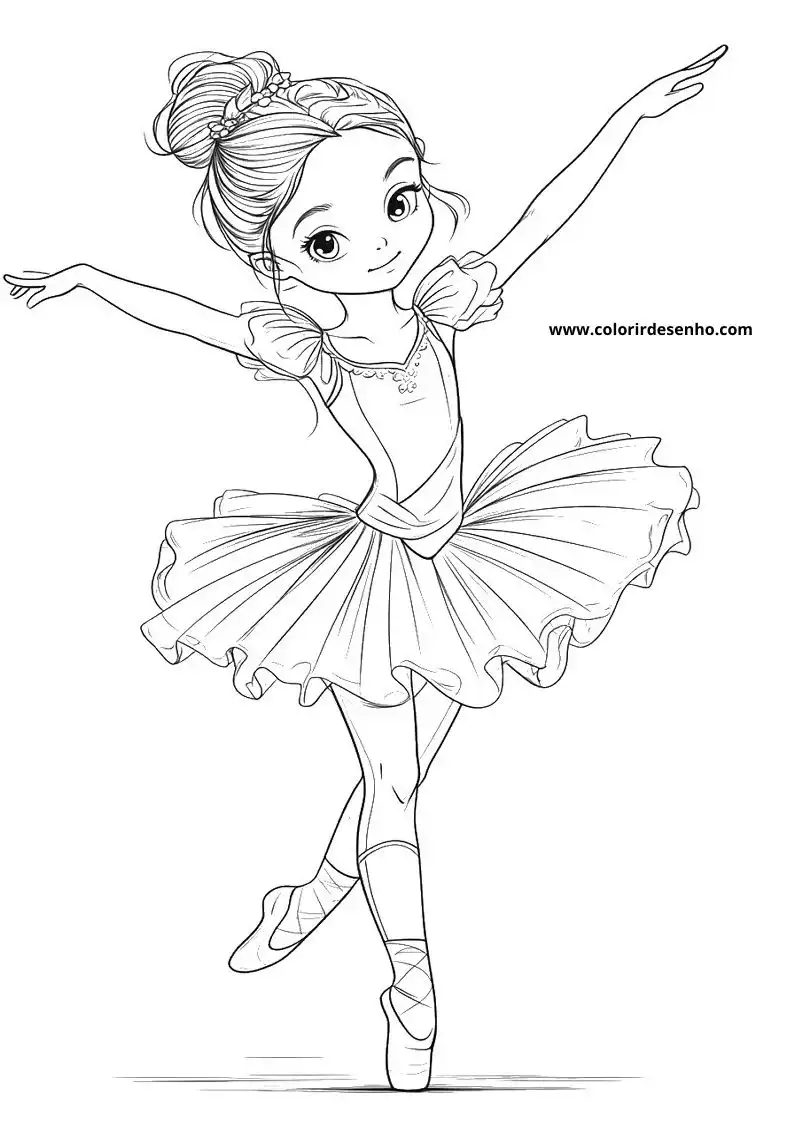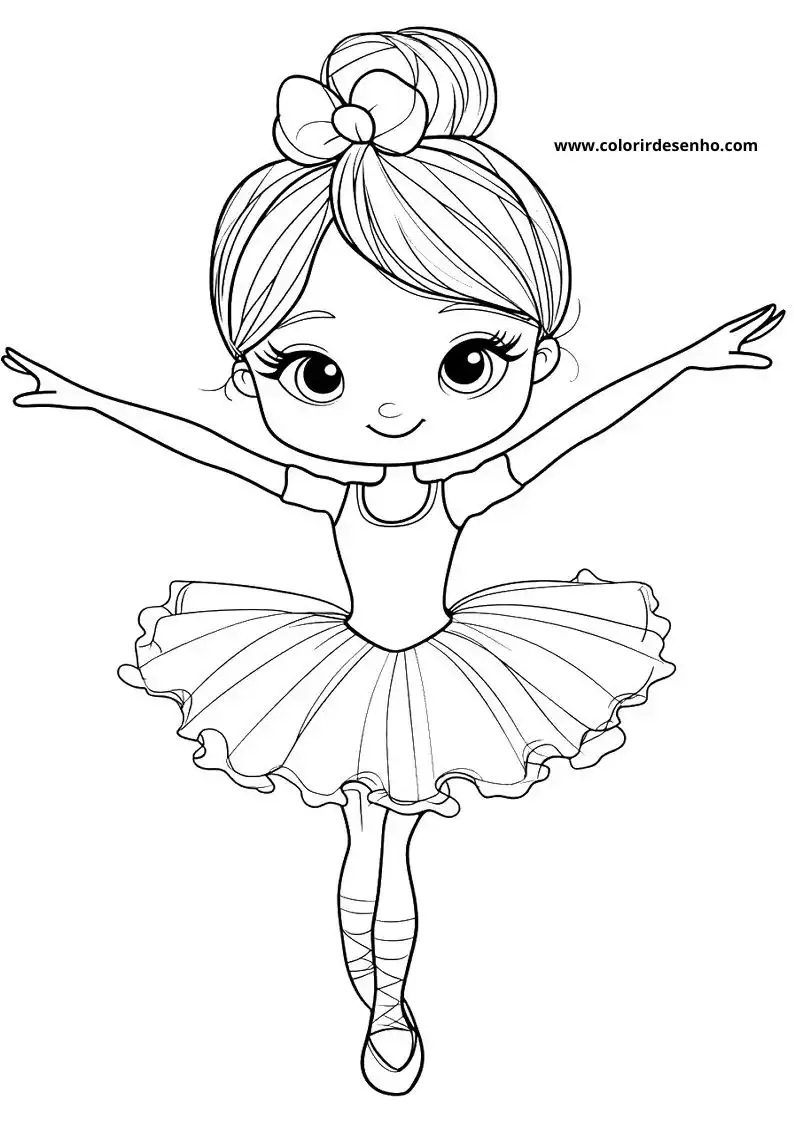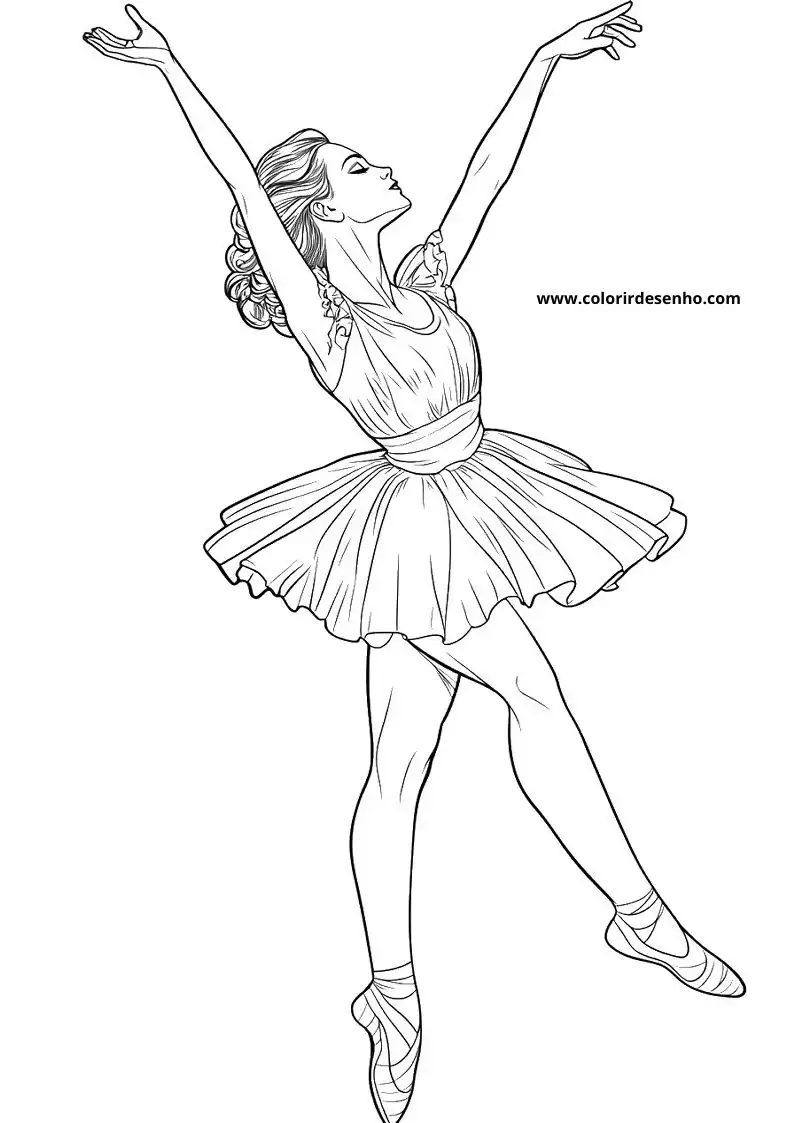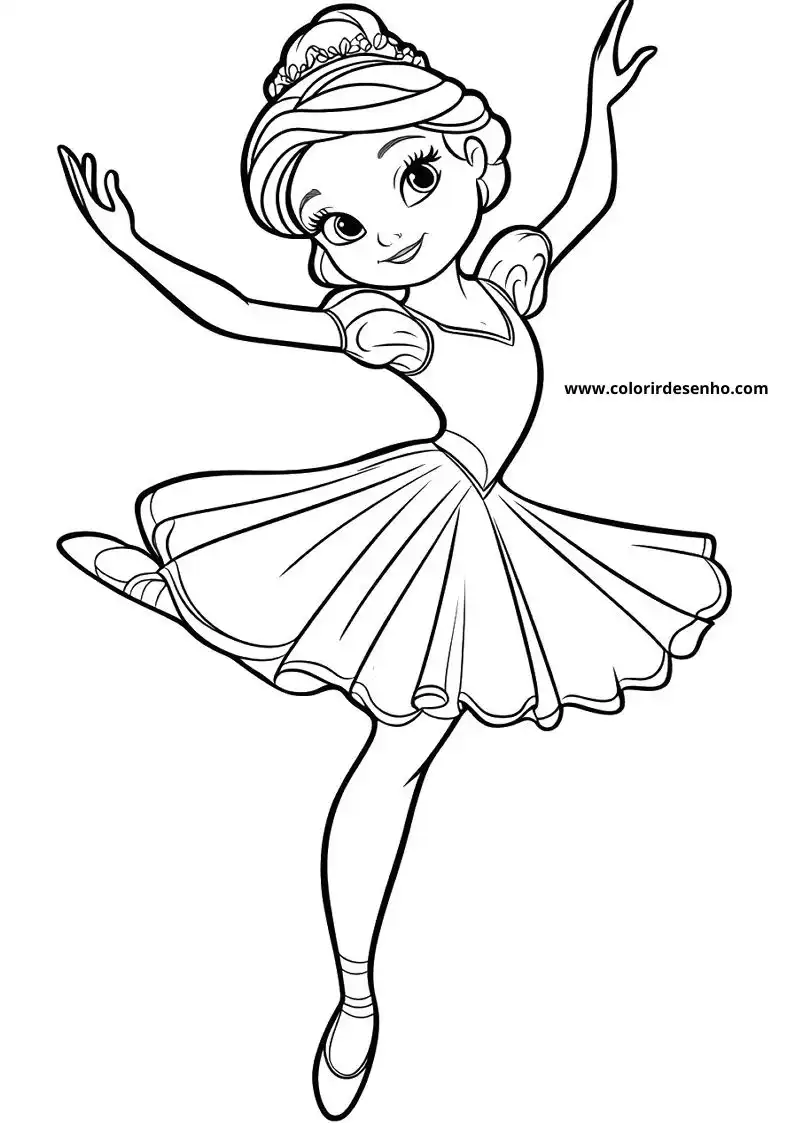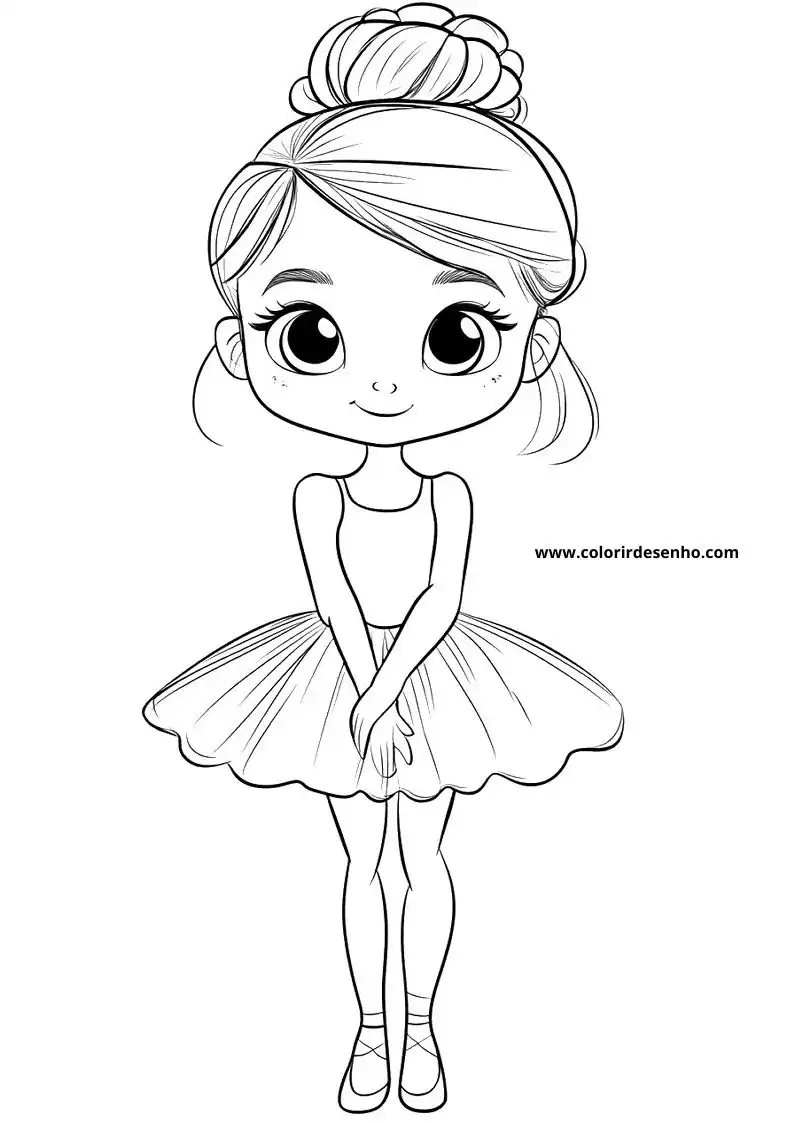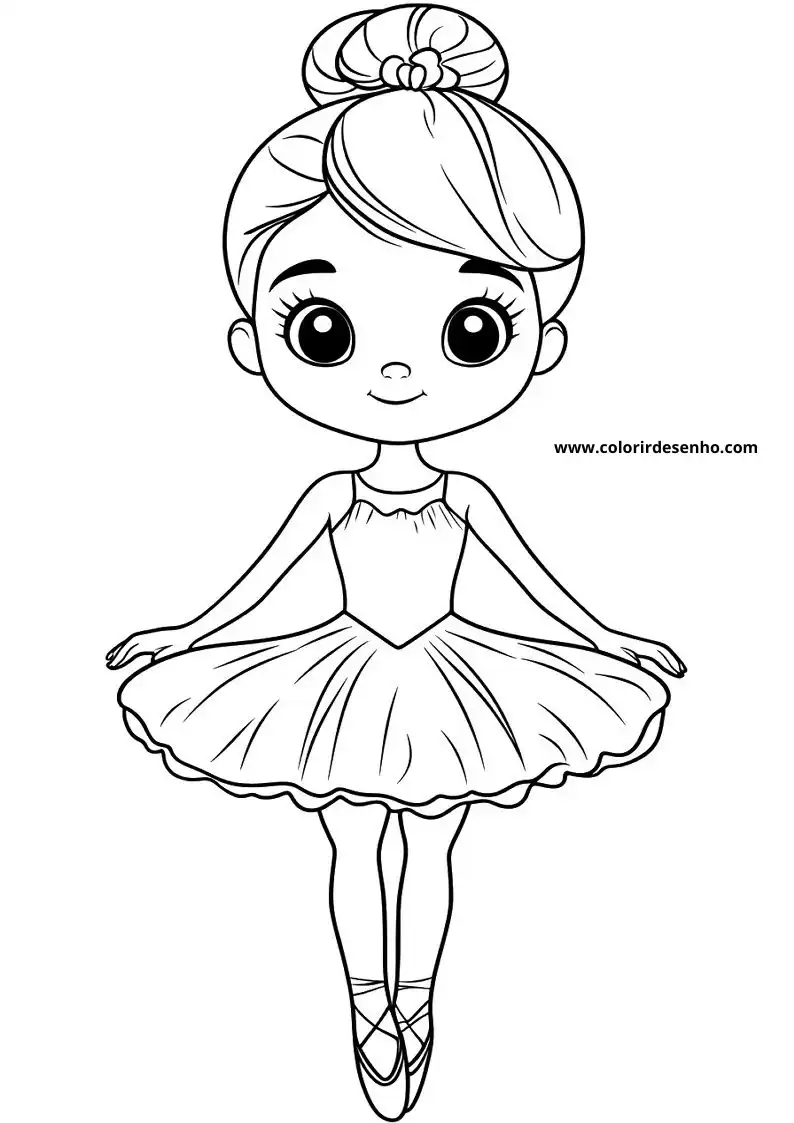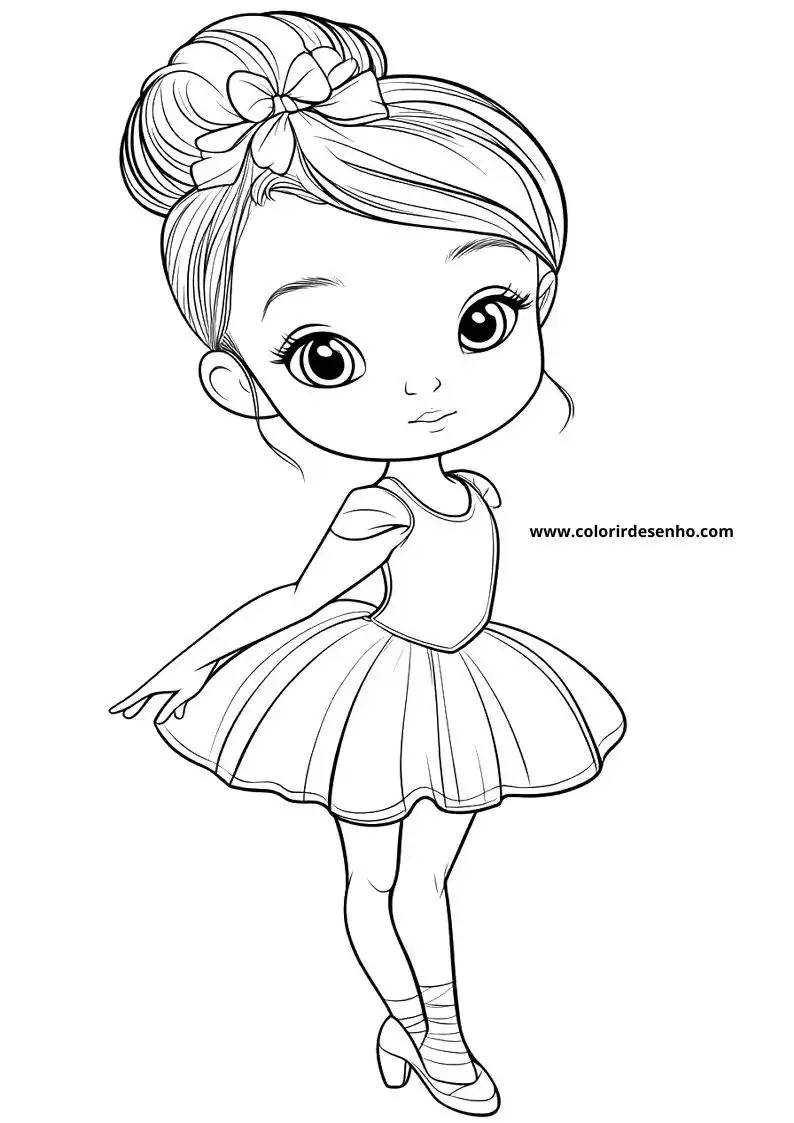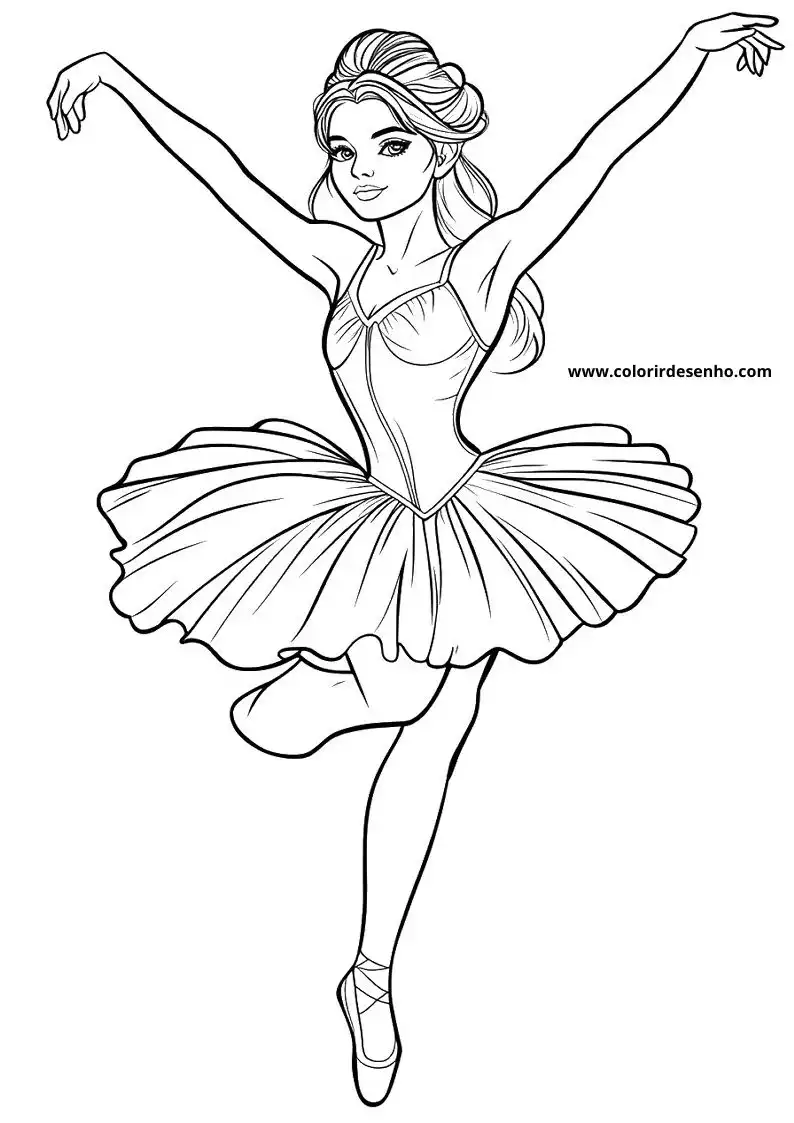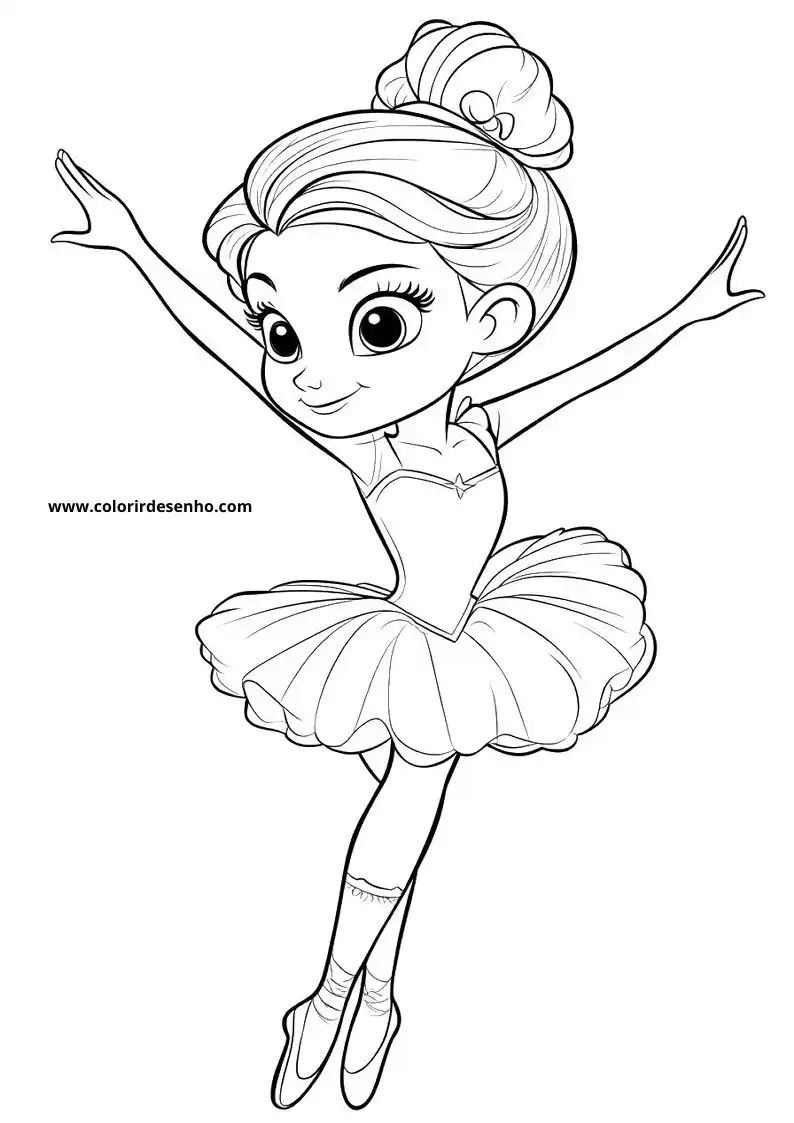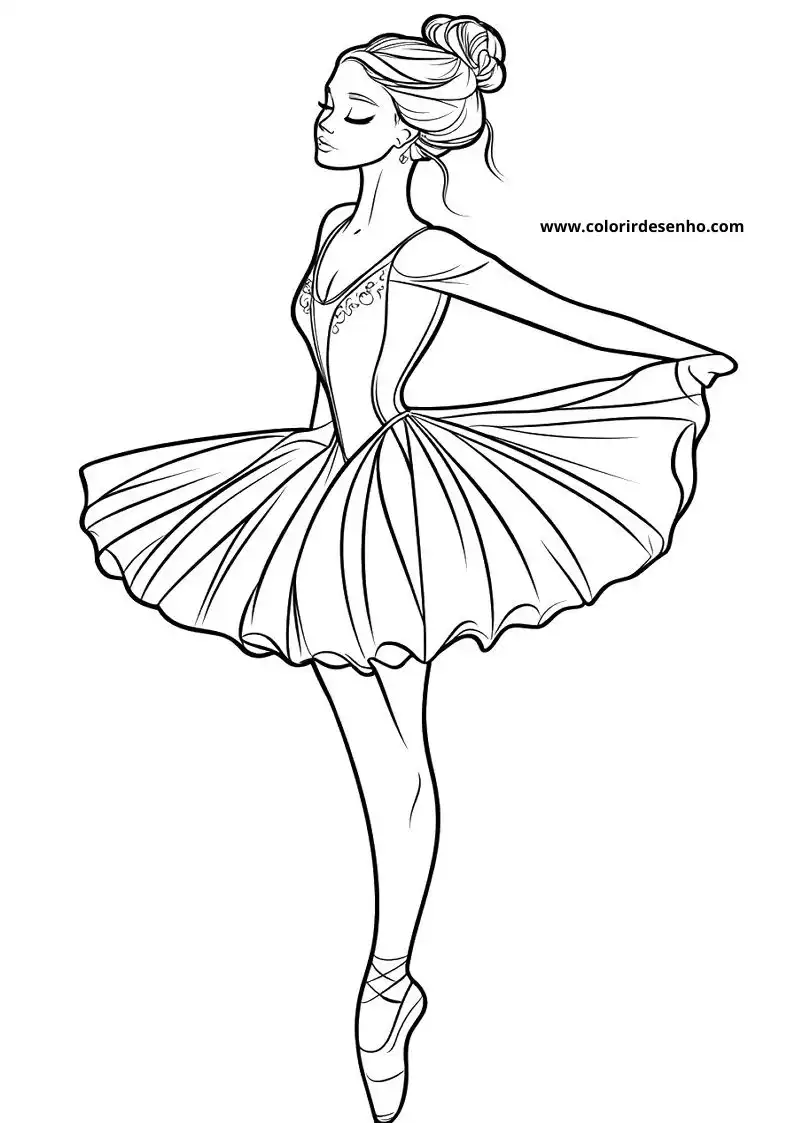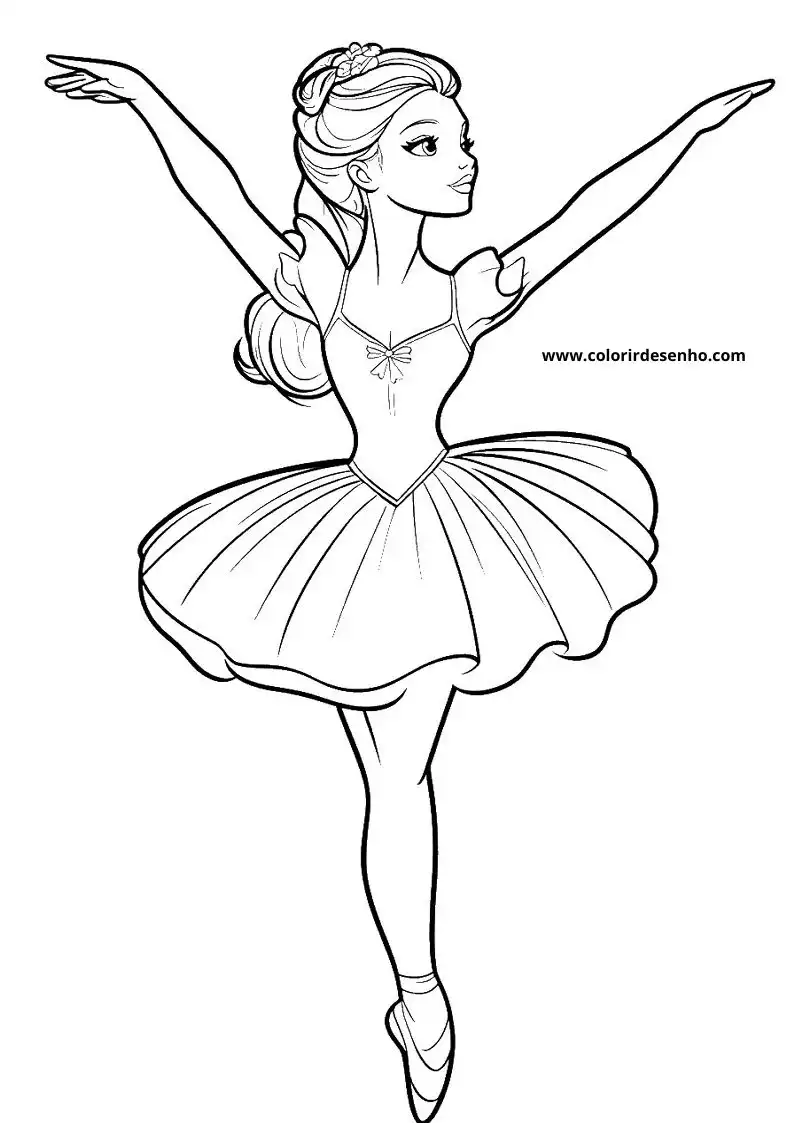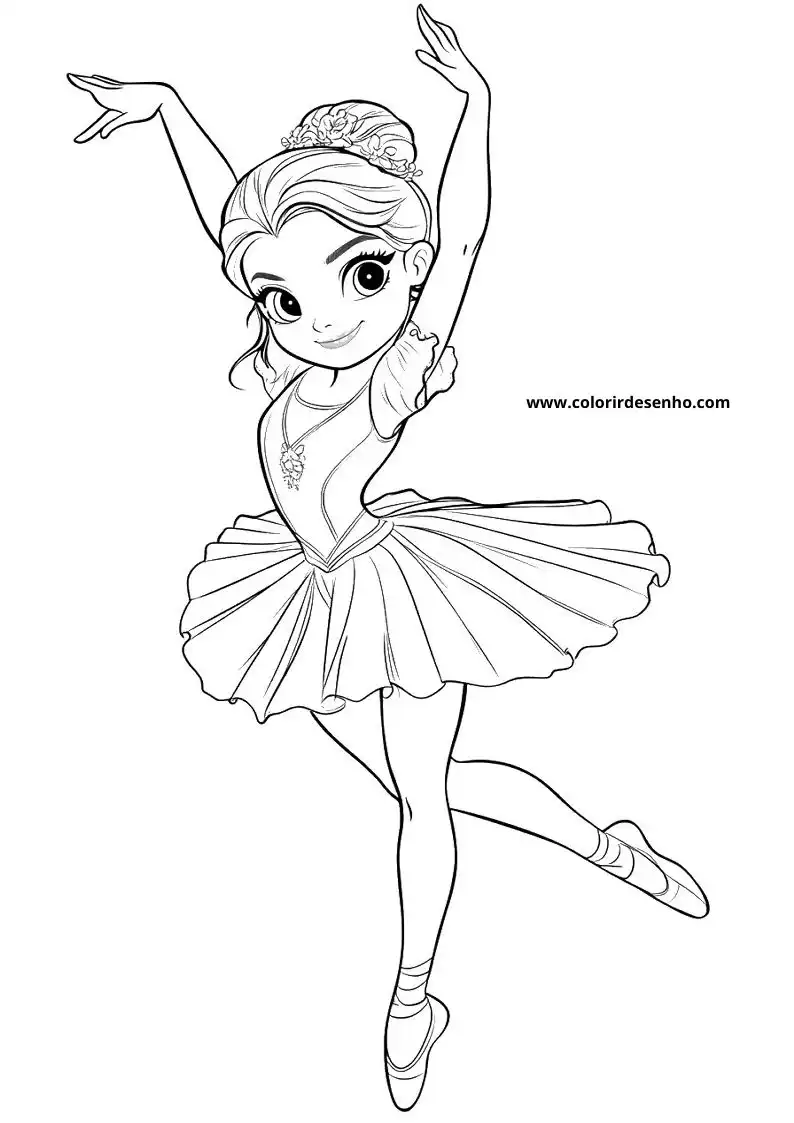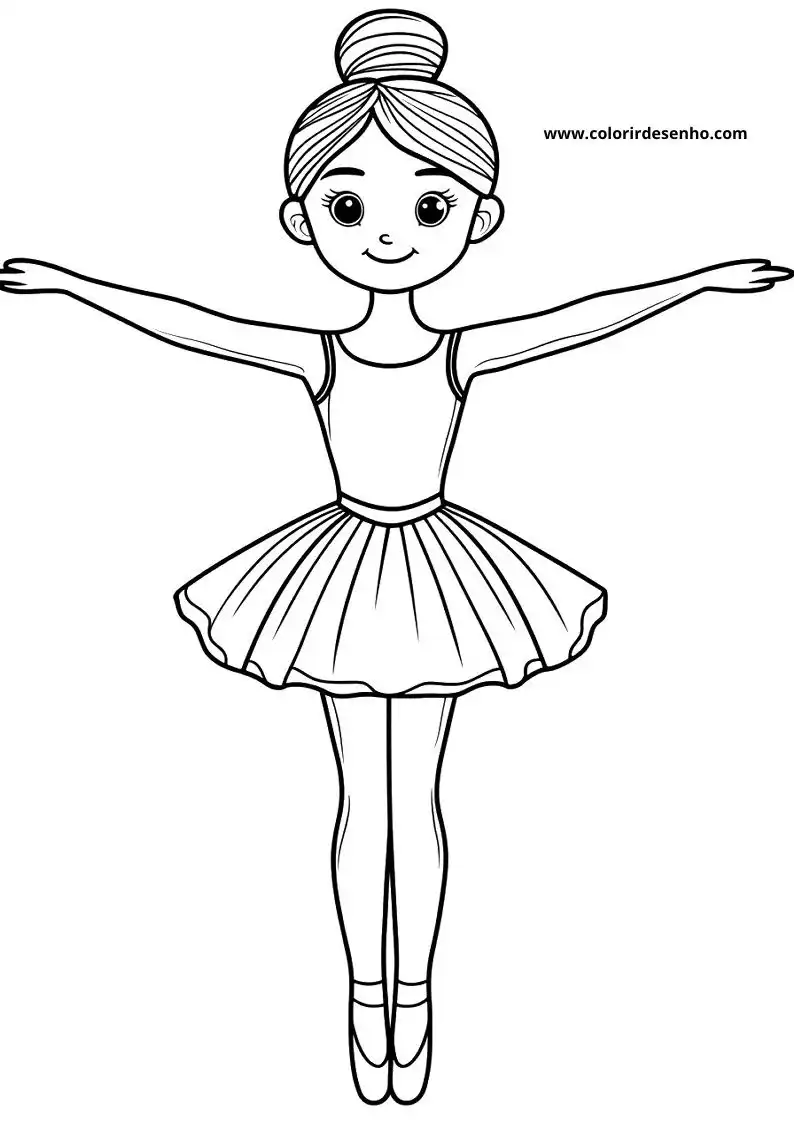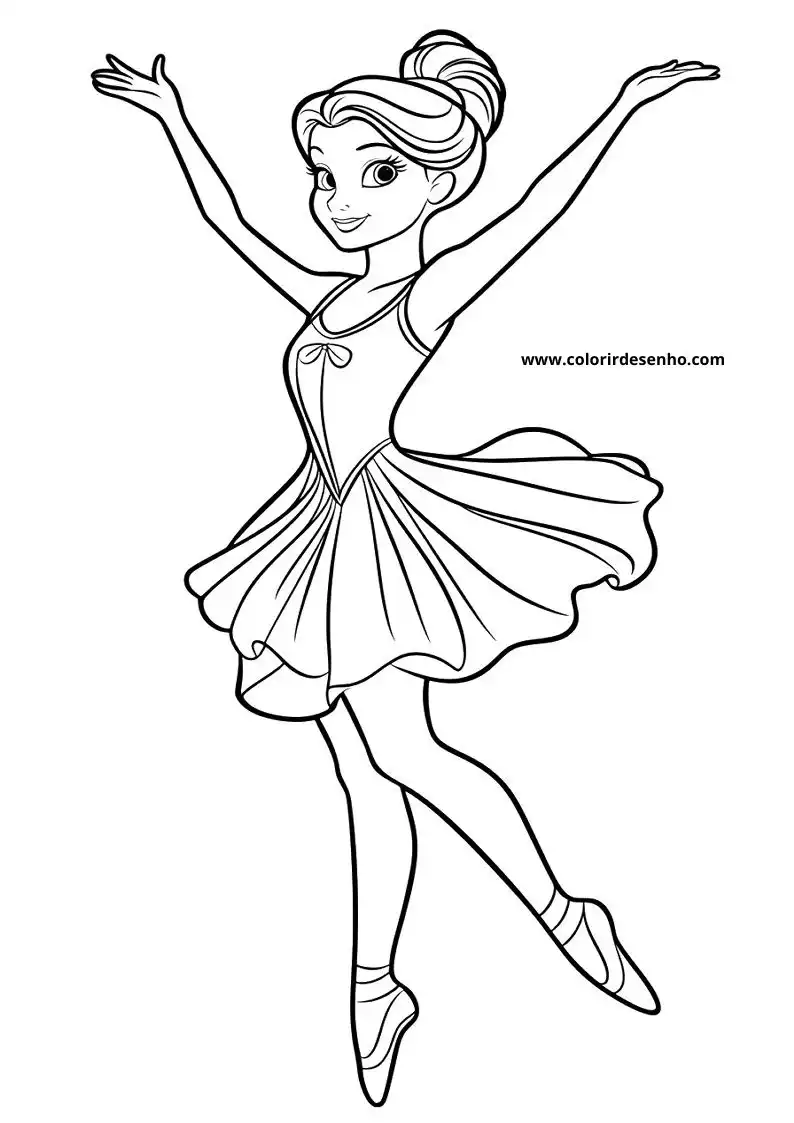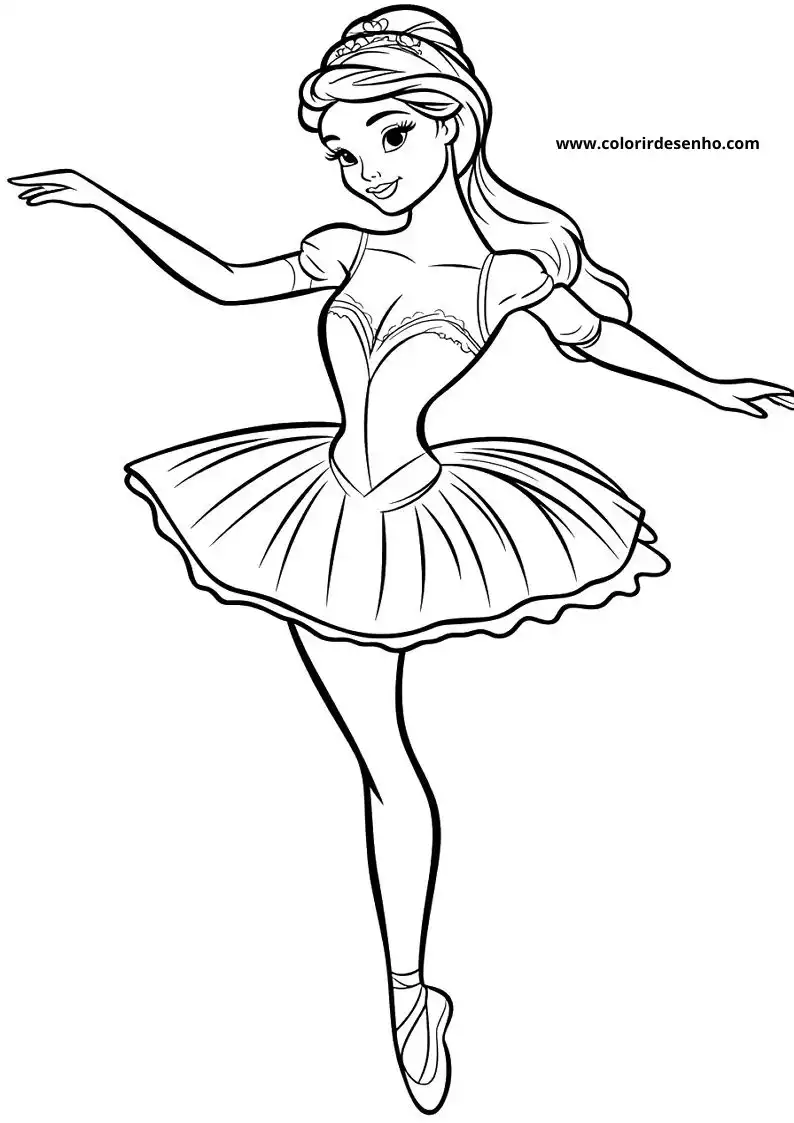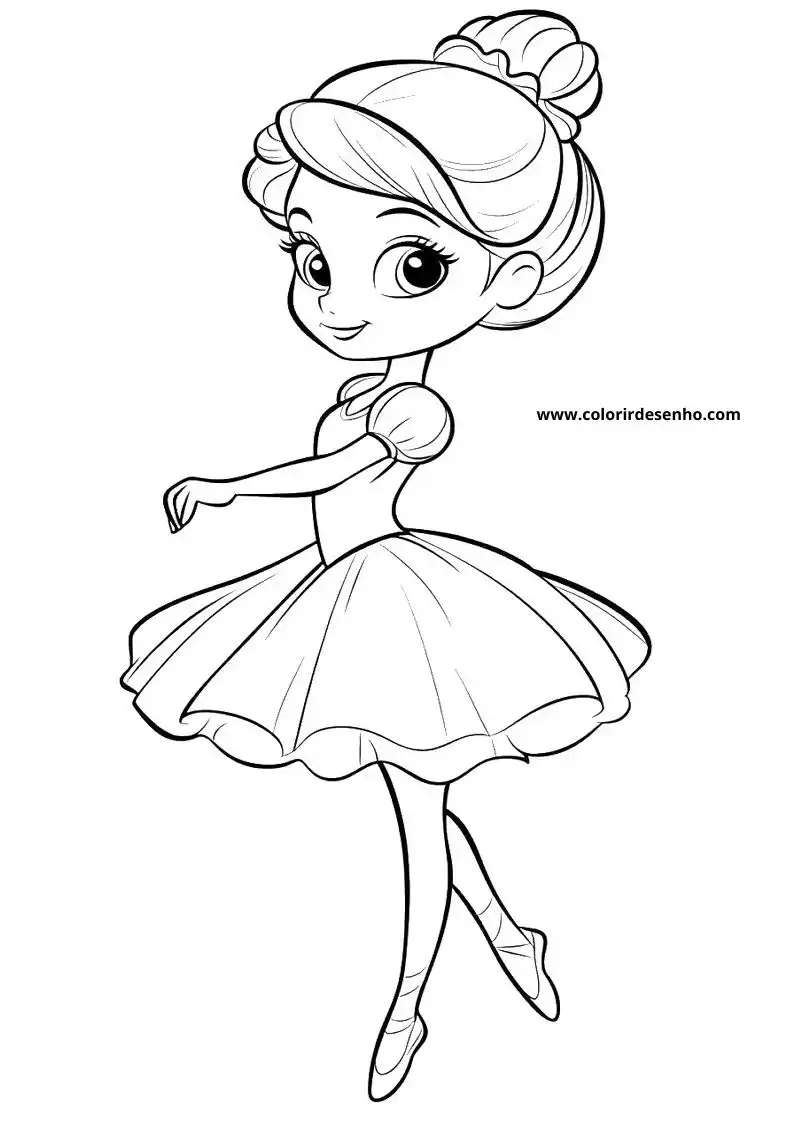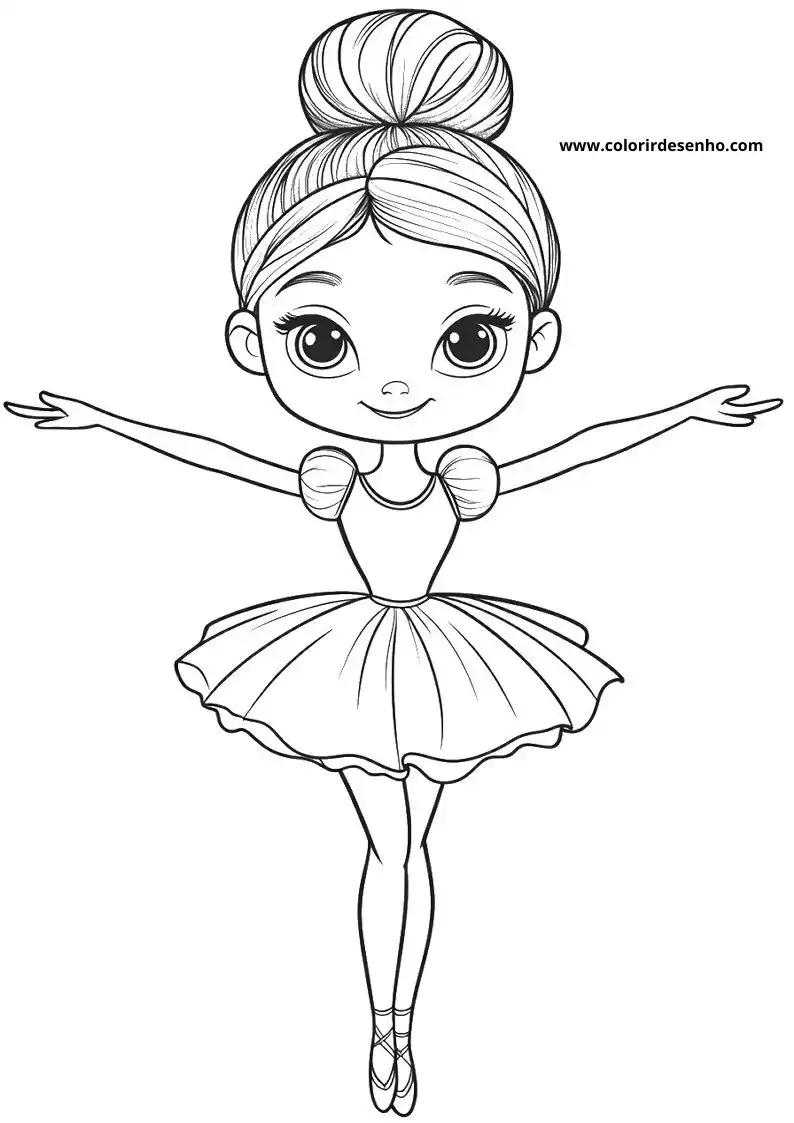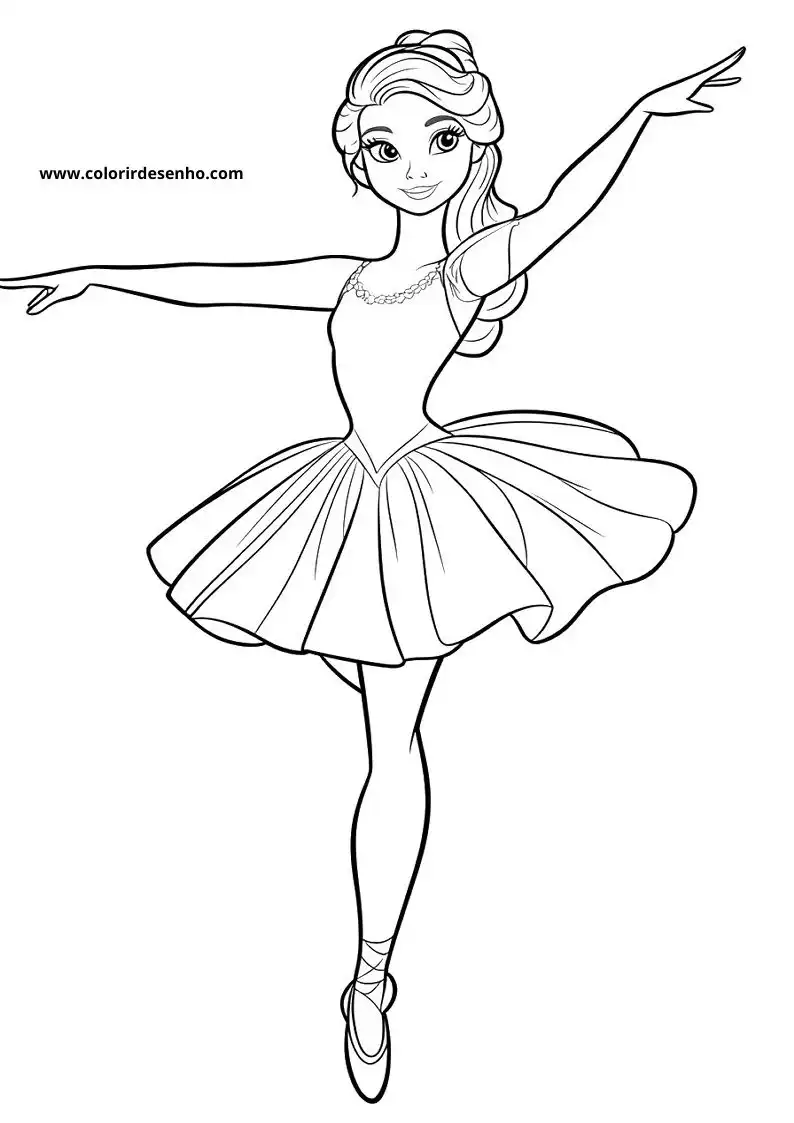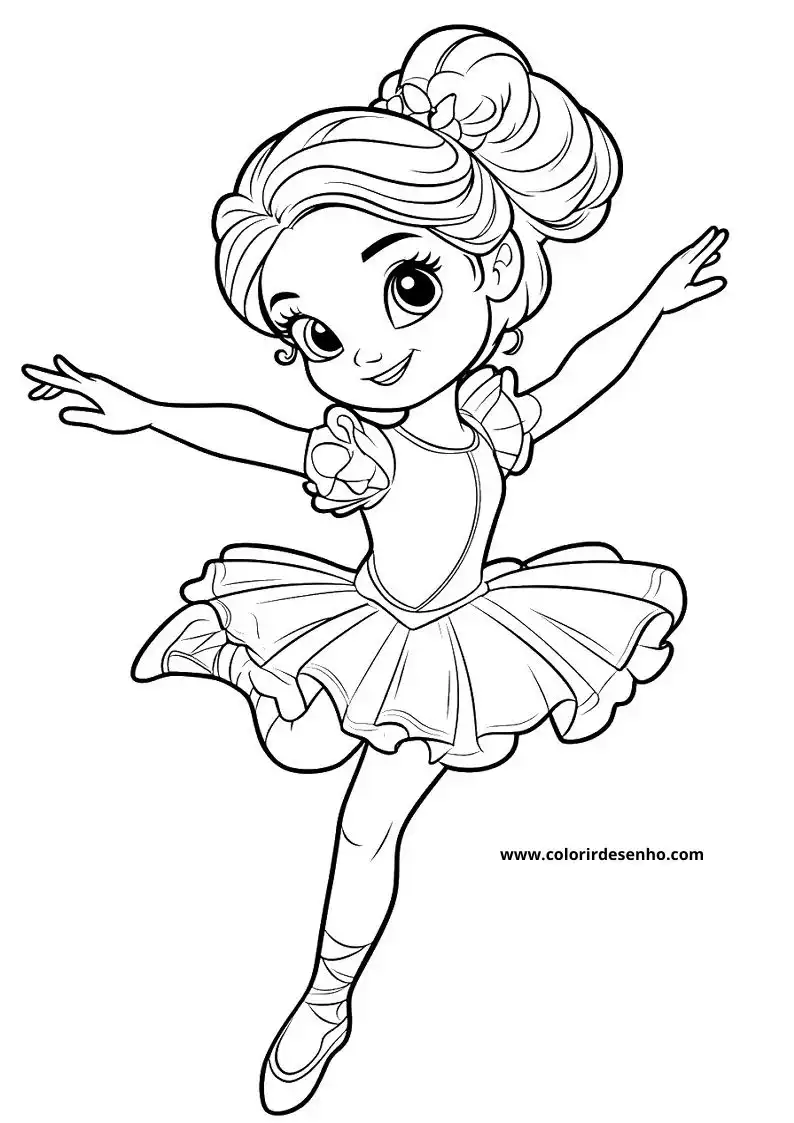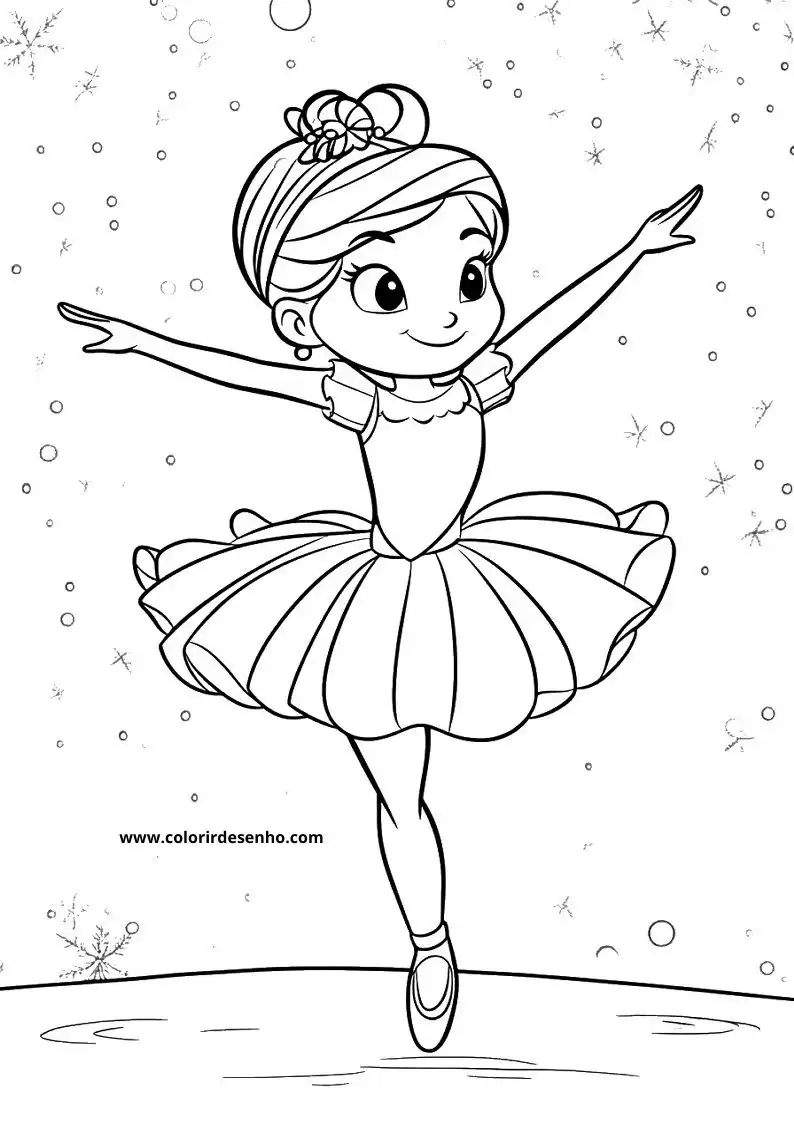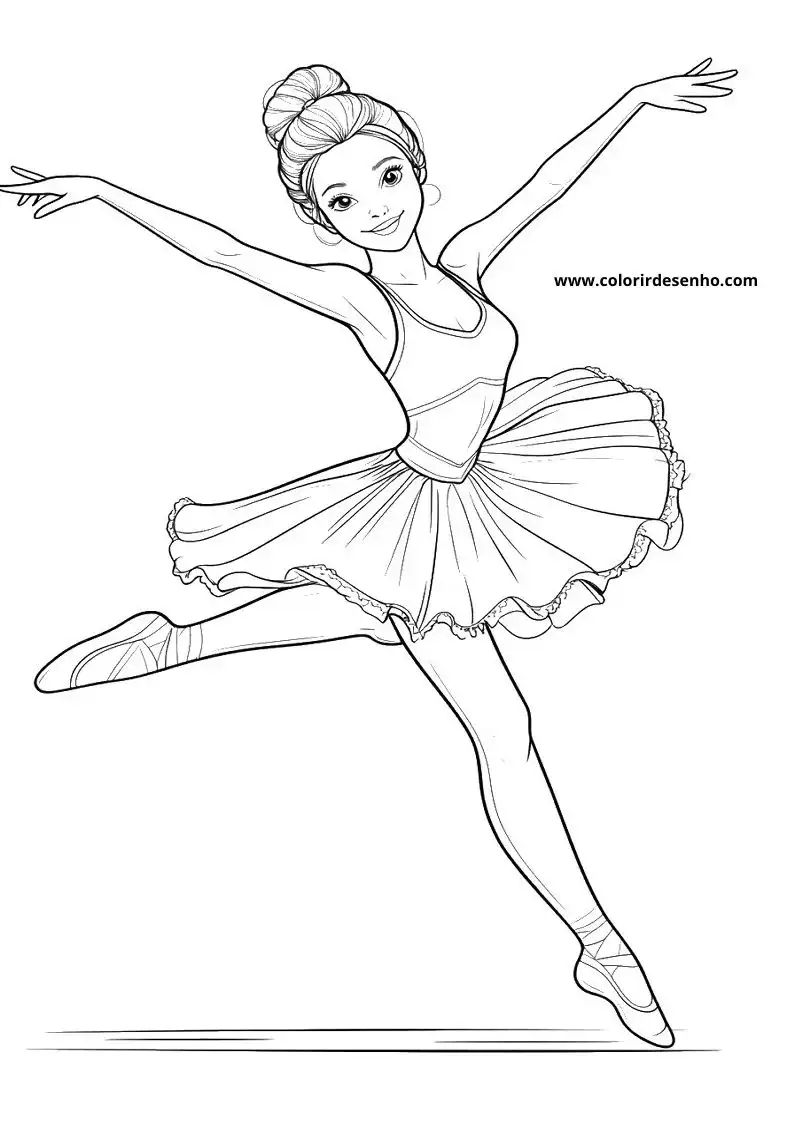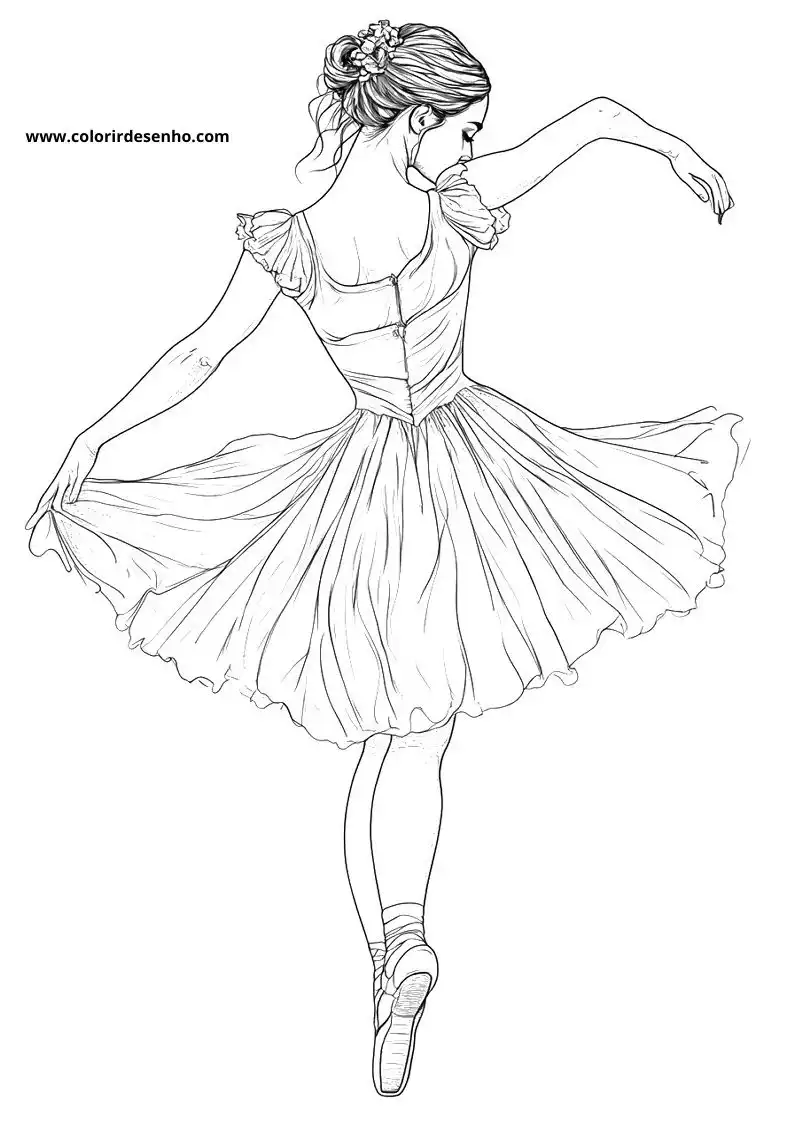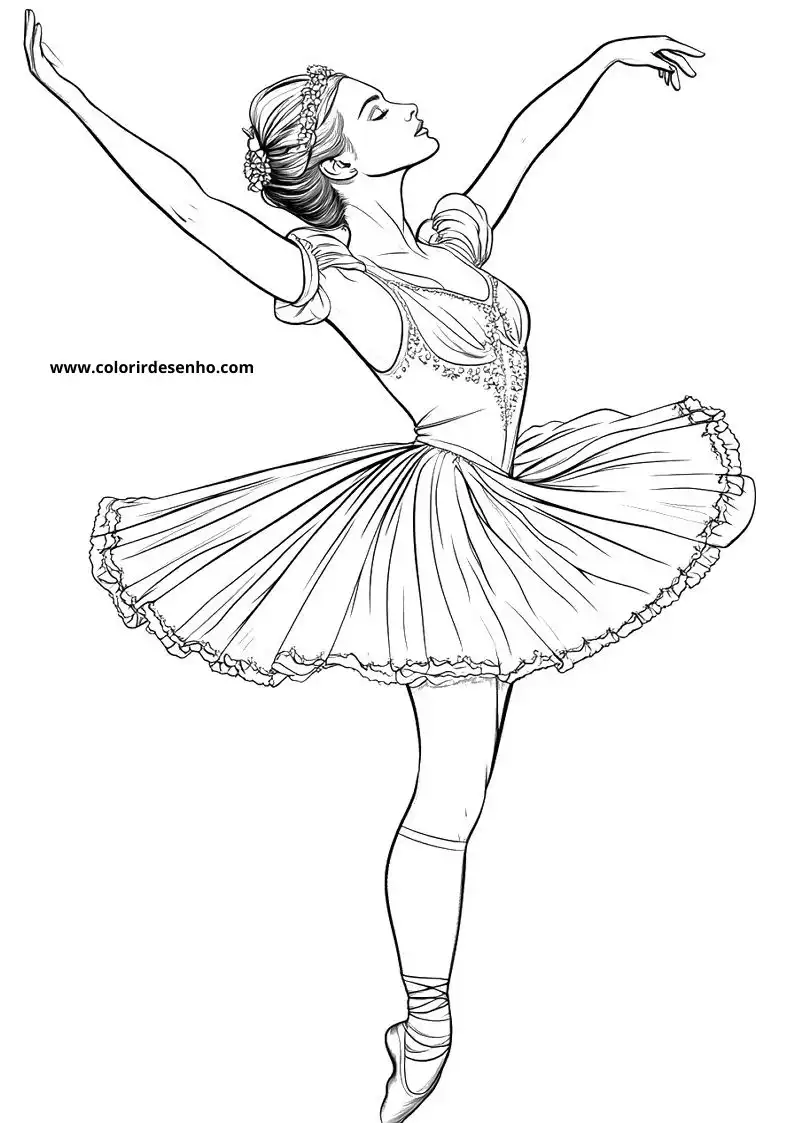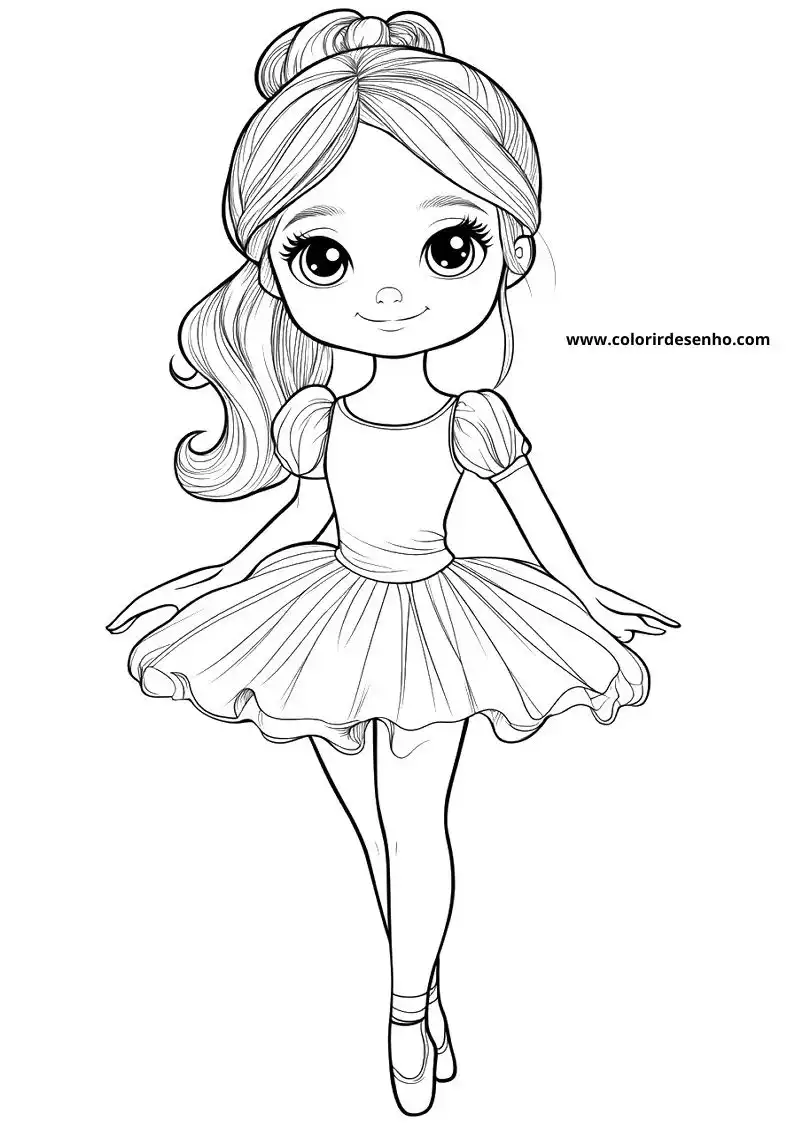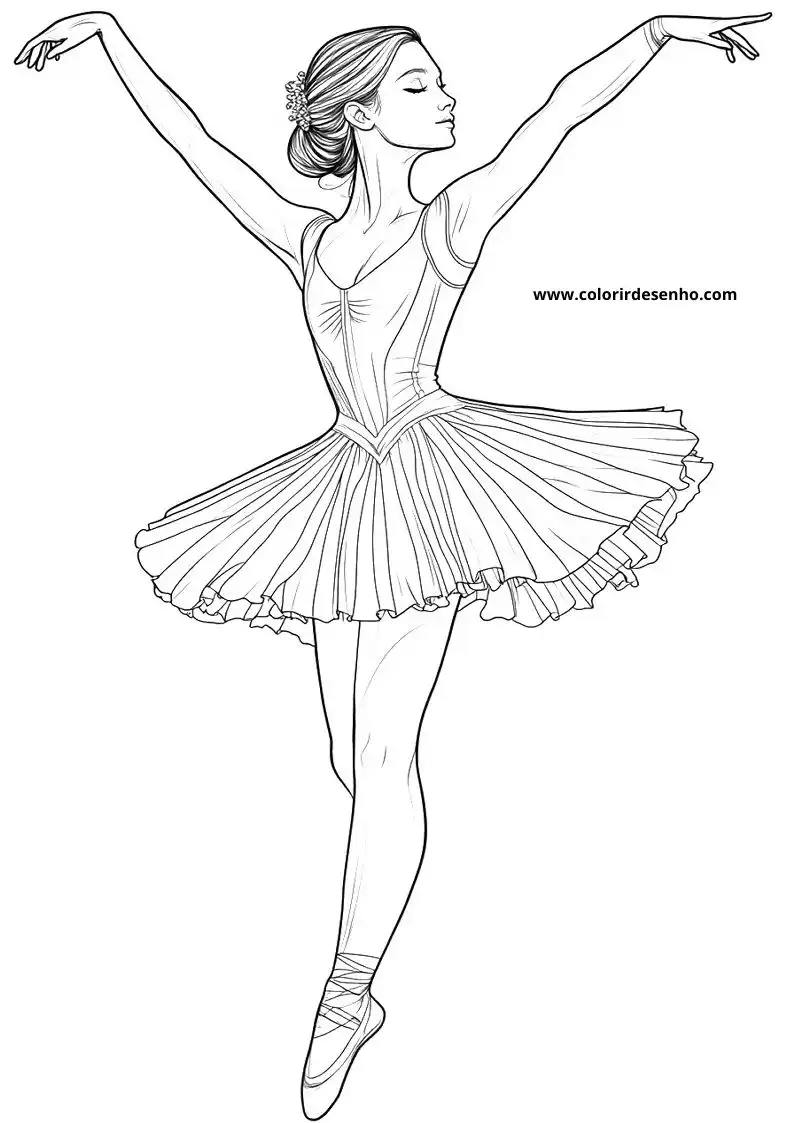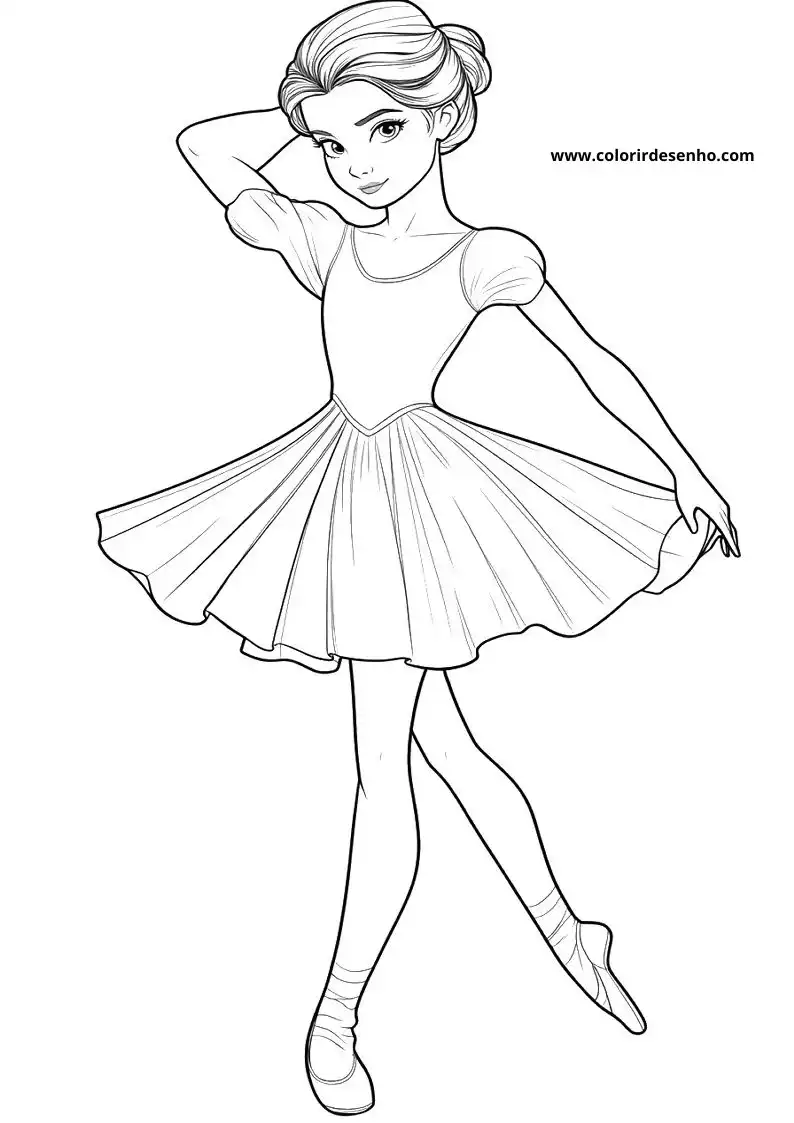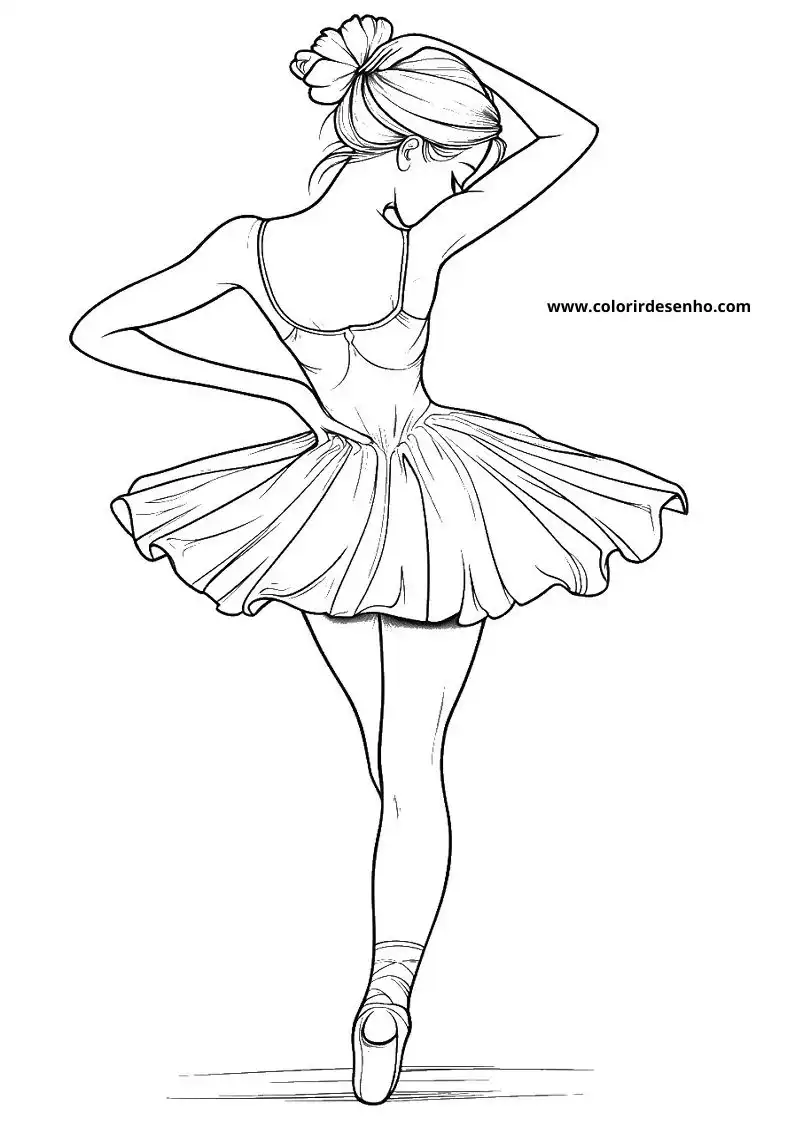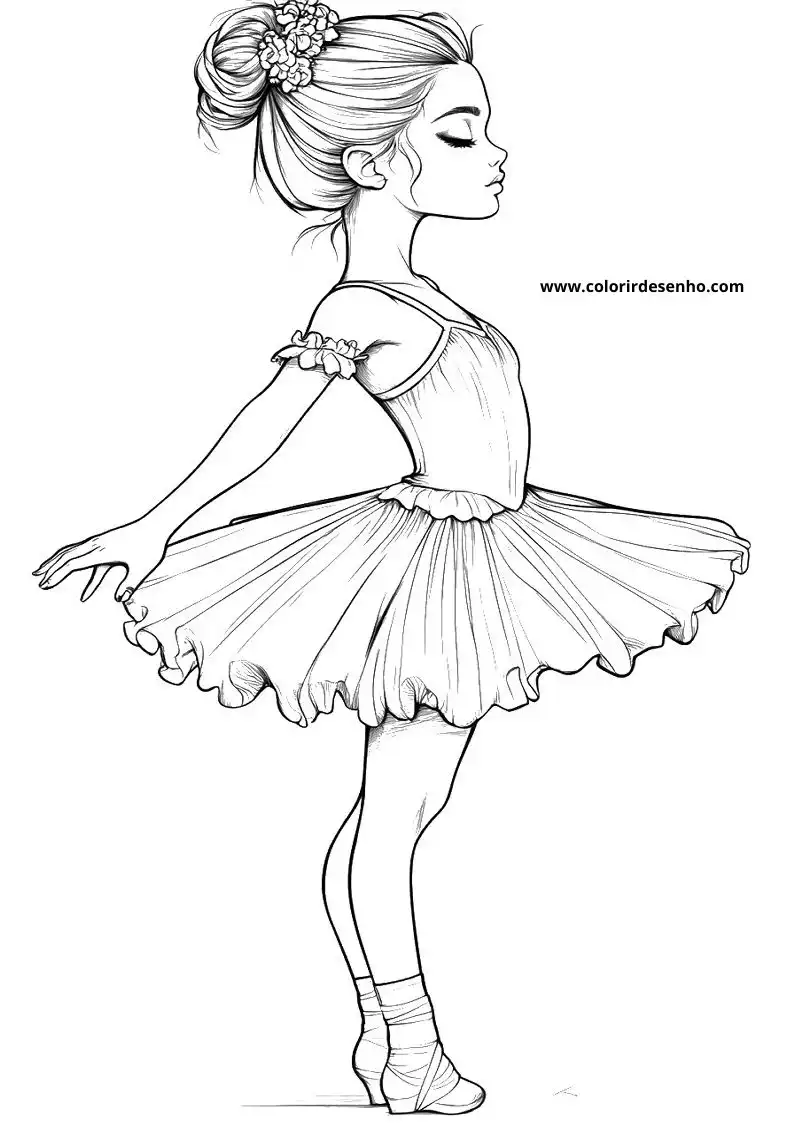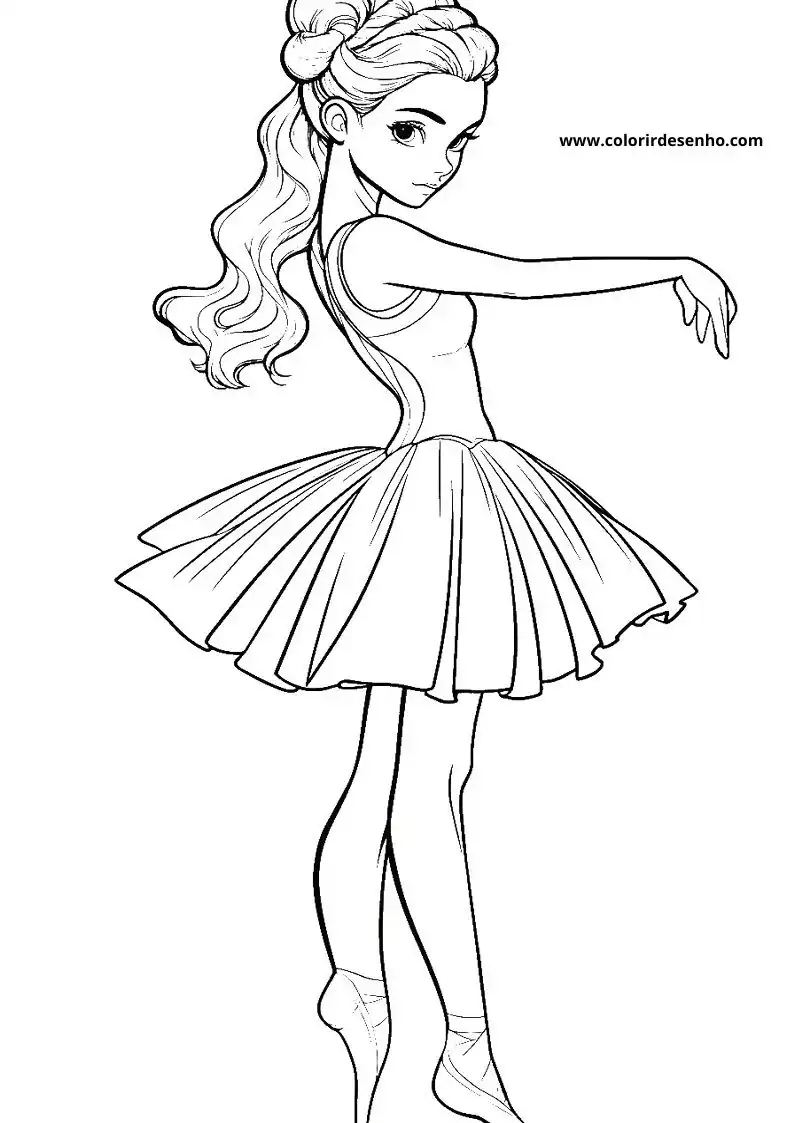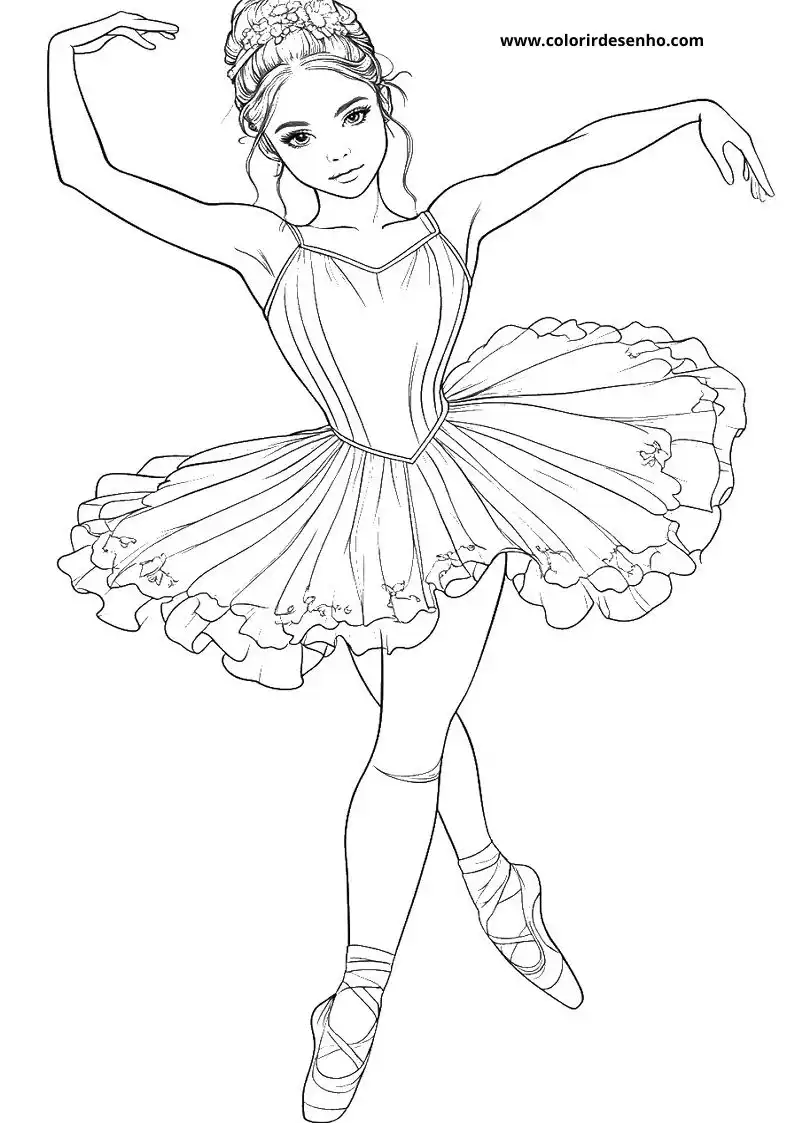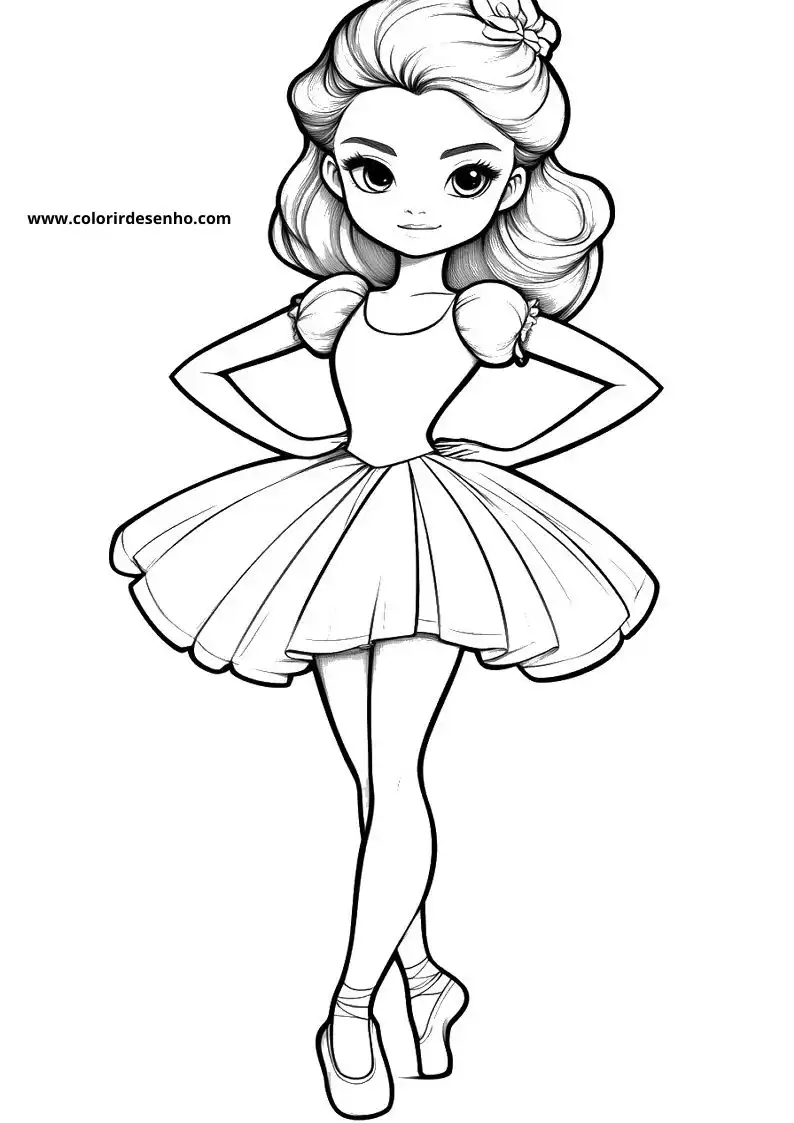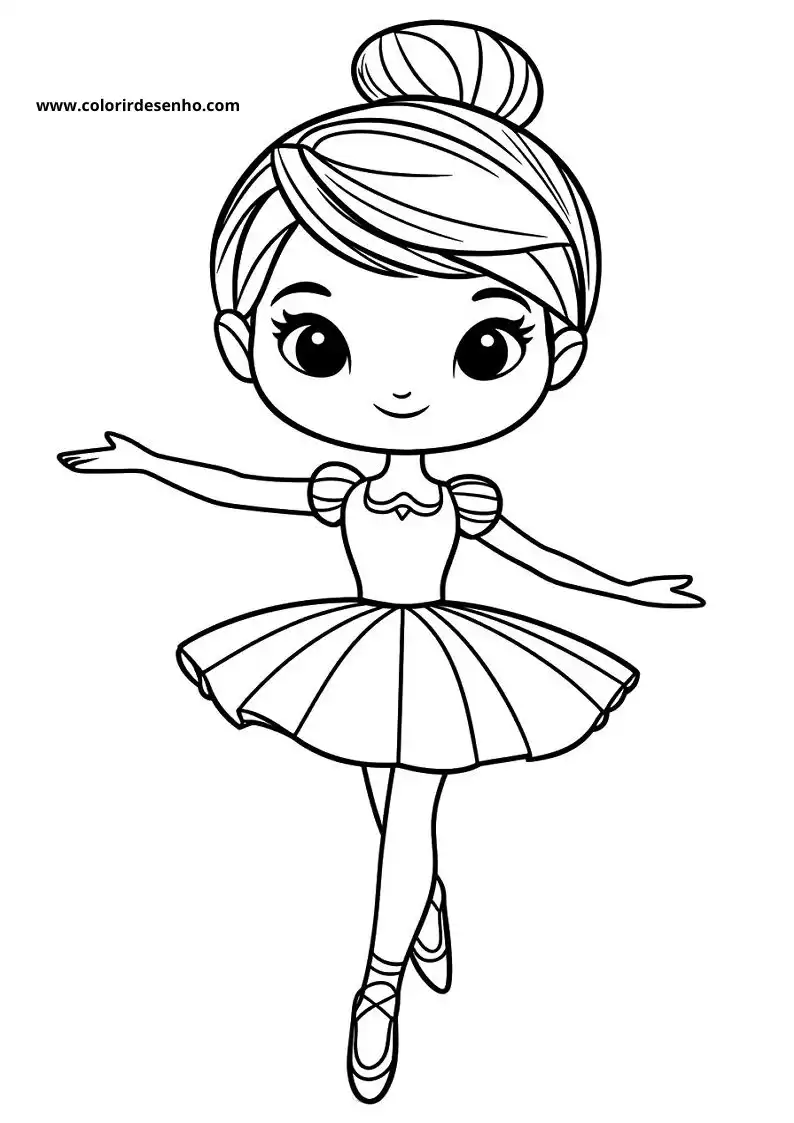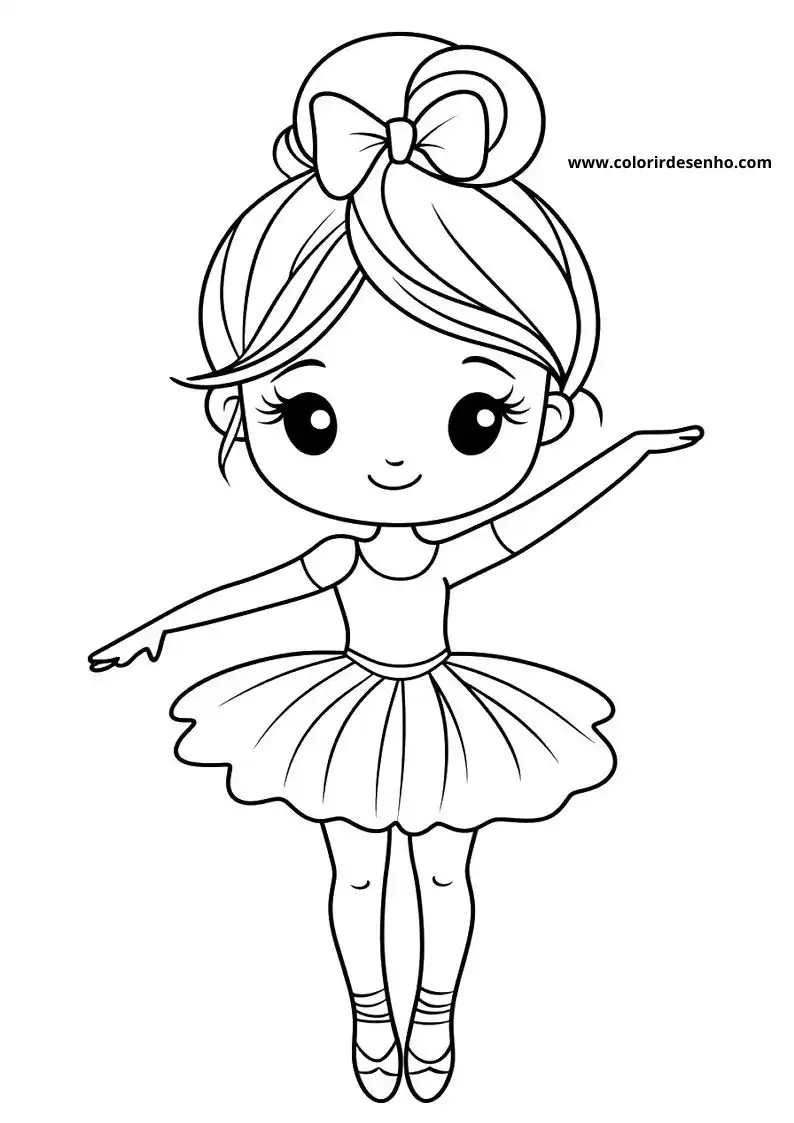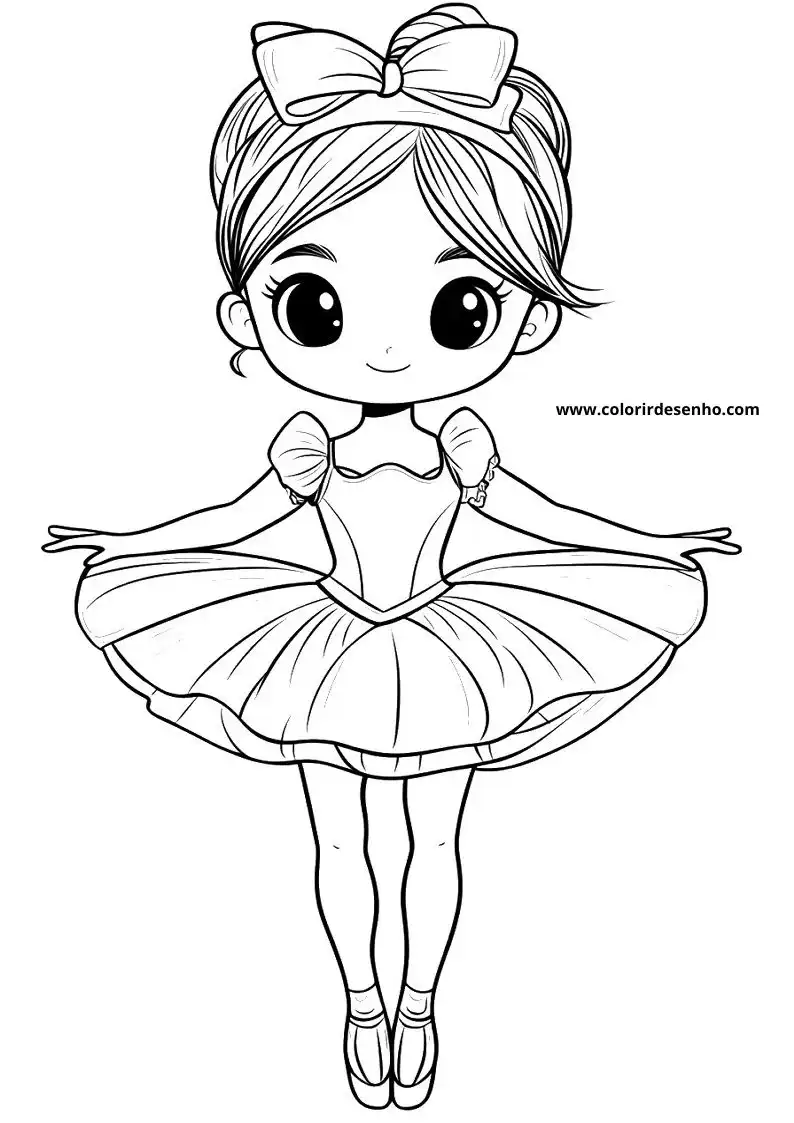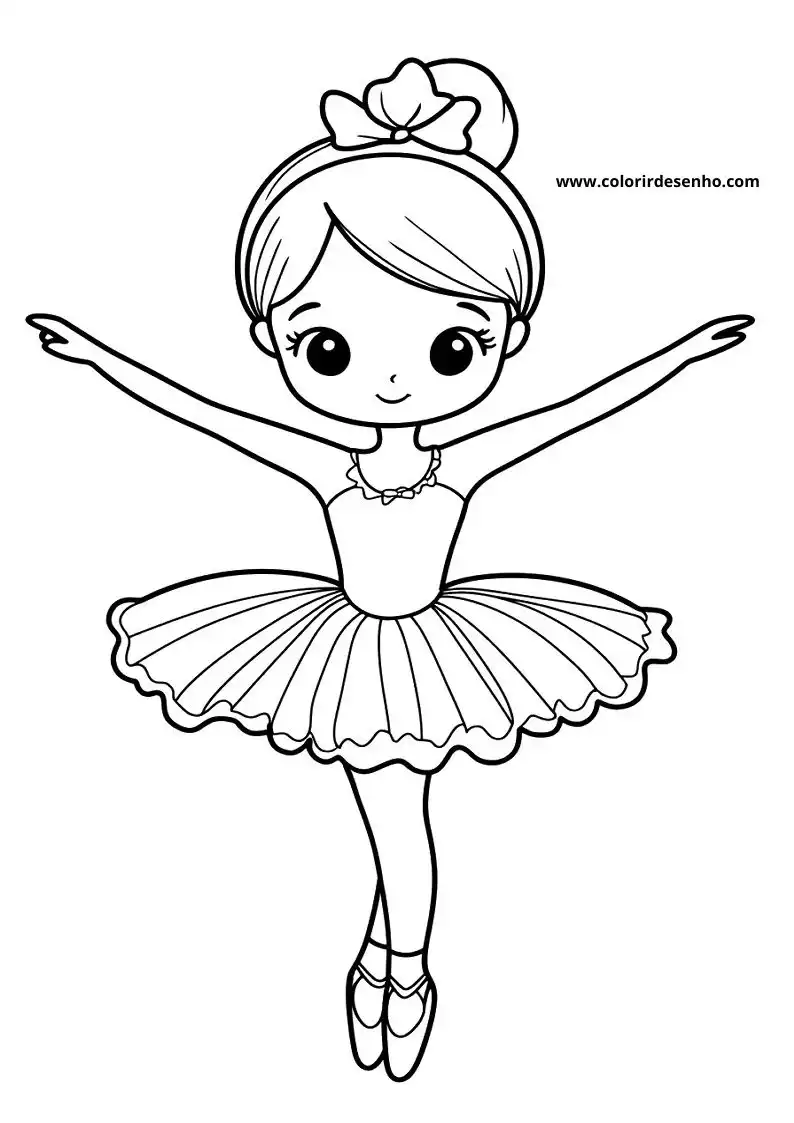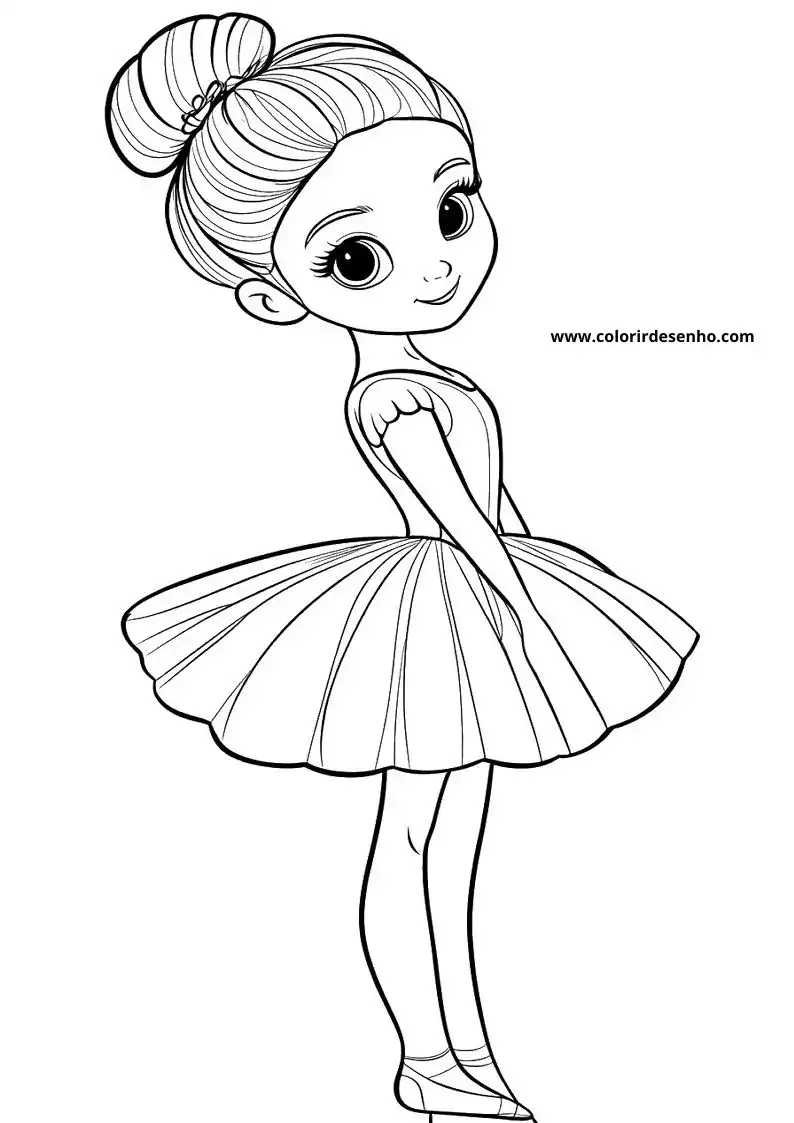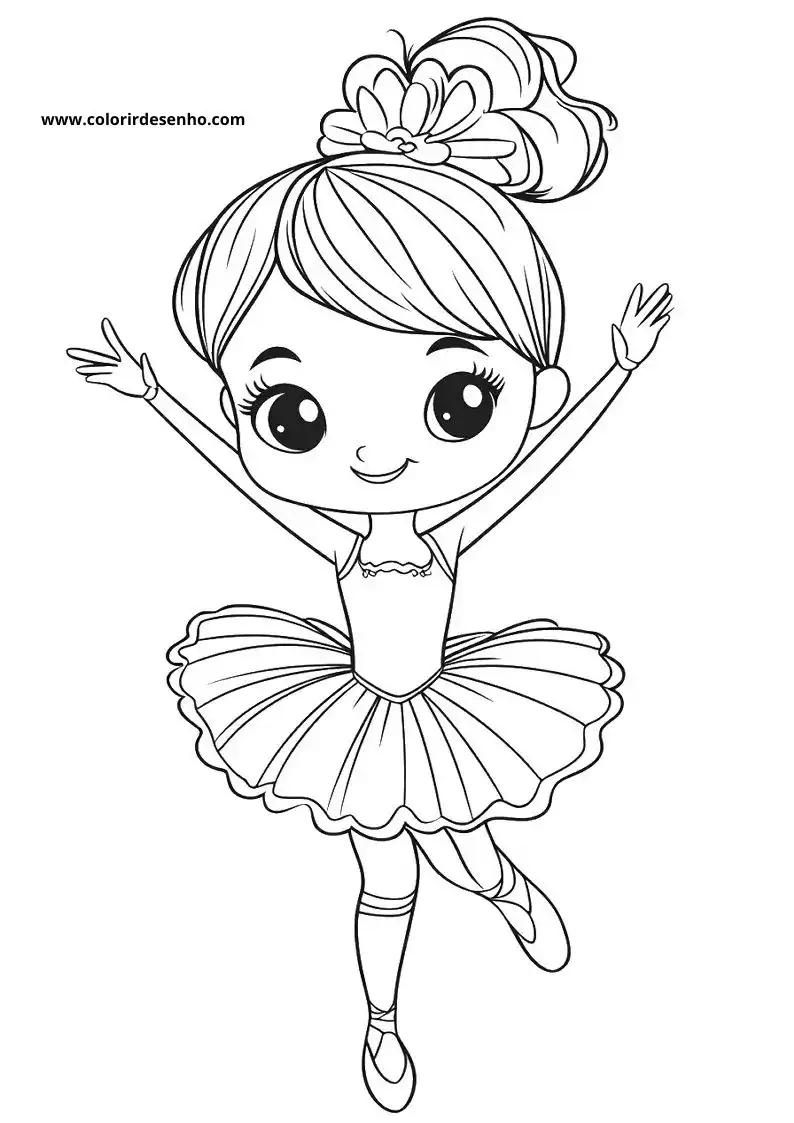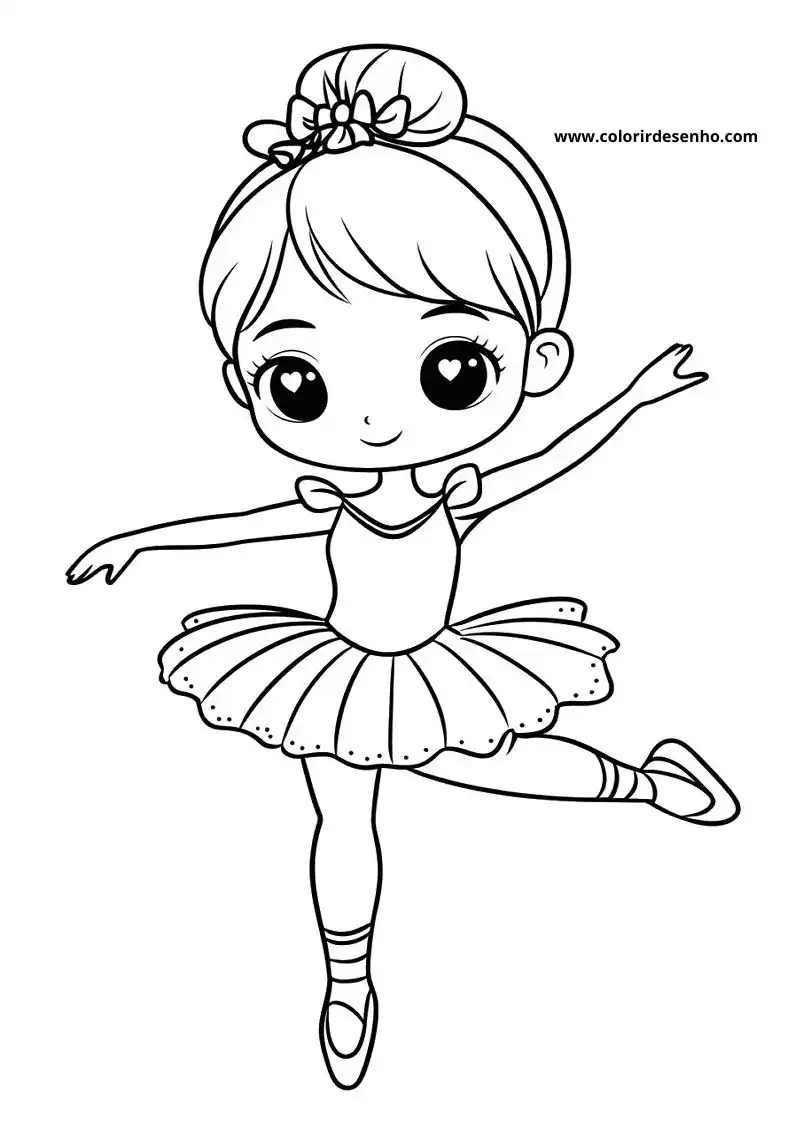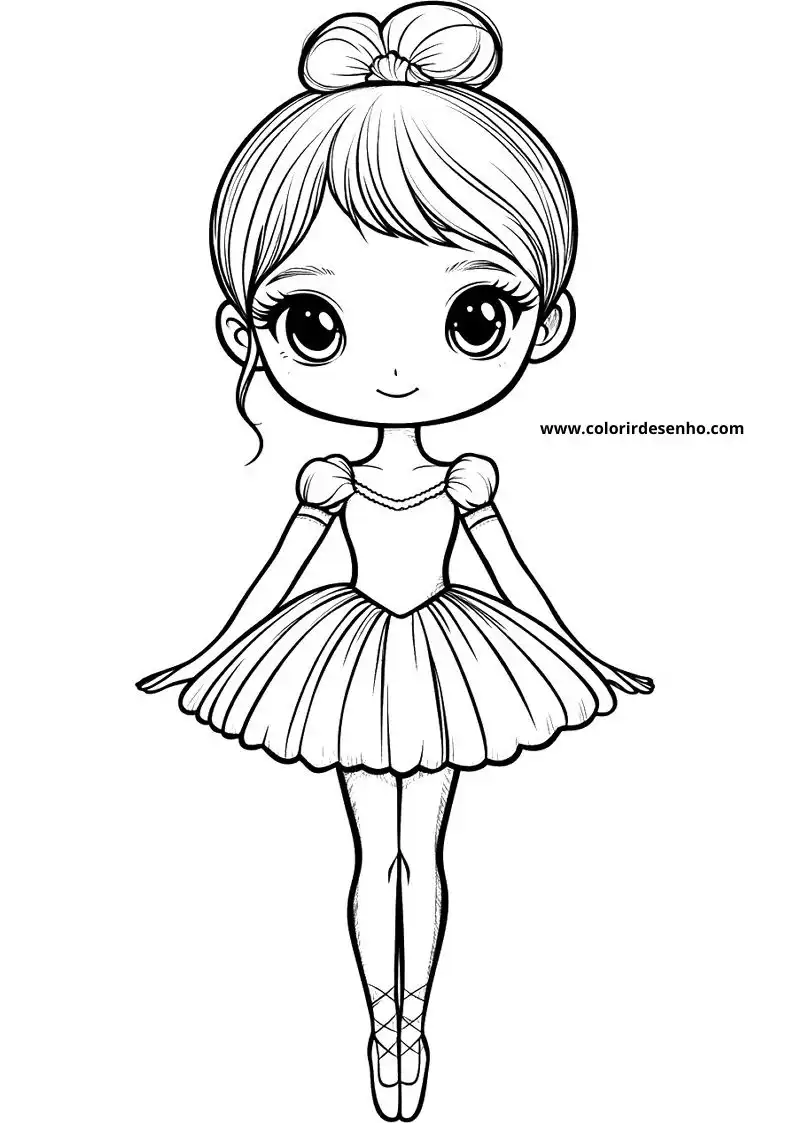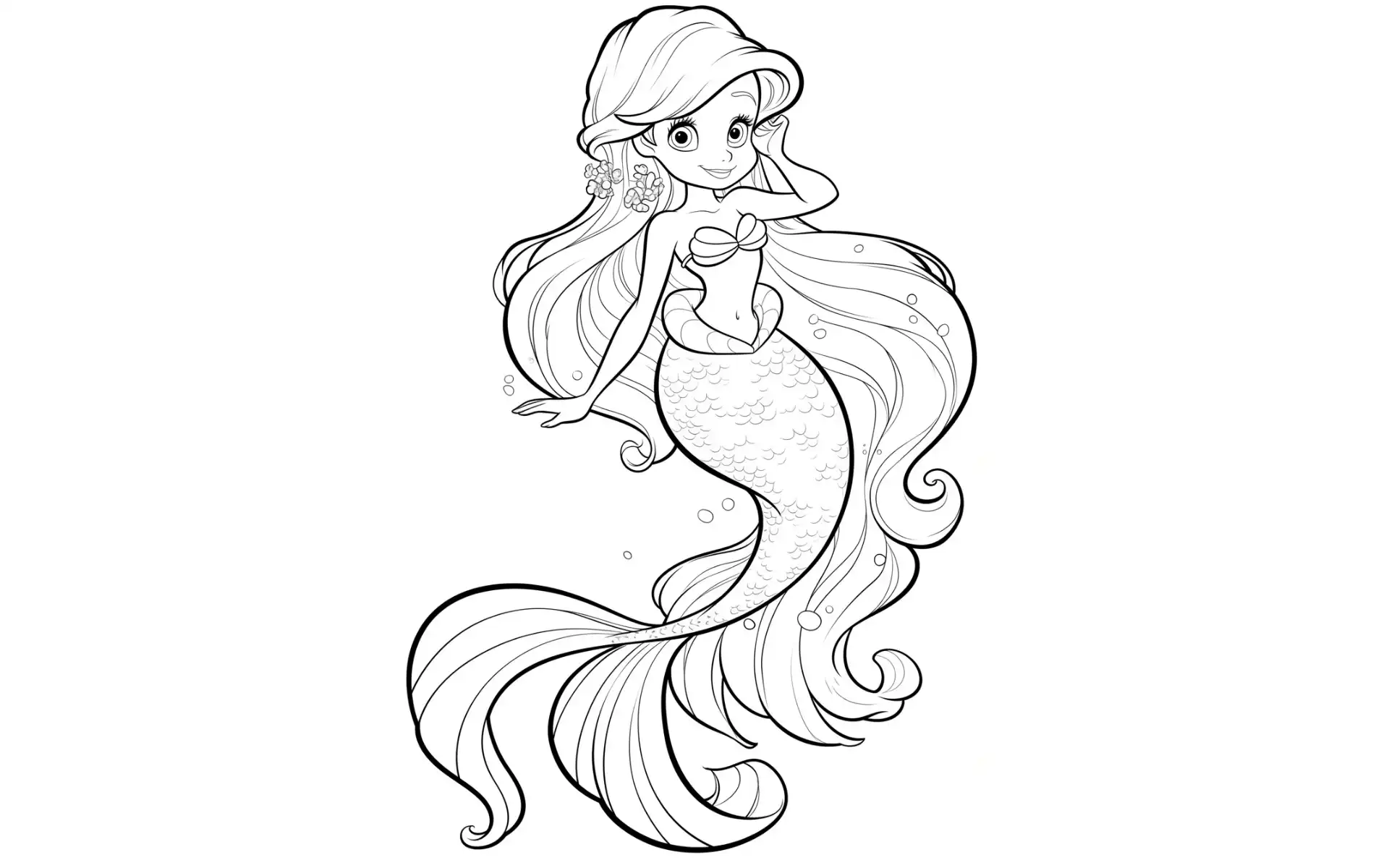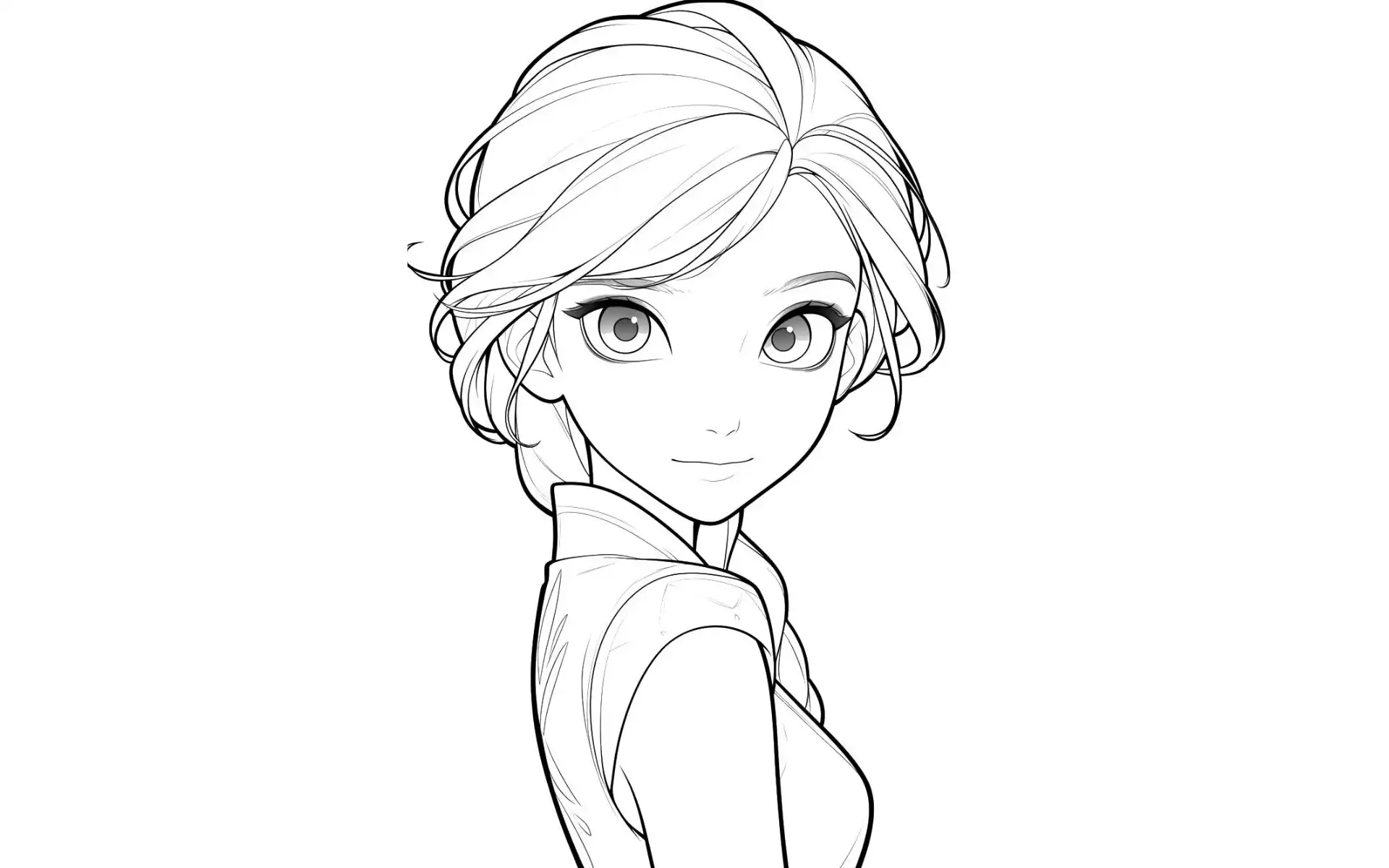Ballerina Coloring Pages - 206 Beautiful Ballerinas to Spark Your Creativity
Have you ever found yourself captivated by a ballerina in motion, admiring the lightness of her movements, the delicacy of her pointe shoes, and a grace that seems almost otherworldly? If so, you’re going to love our collection of 206 ballerina coloring pages! These drawings capture all the magic of ballet, and now you can bring them to life with your own colors.
Whether you’re an art lover, a dance enthusiast, or someone seeking a fun activity to relax, coloring a ballerina can be an incredibly satisfying experience. And don’t worry we’ve got plenty of ballerina to print and start coloring right now!
Free Printable Ballerina to Color: Learn and Create
Ballerina Coloring Pages are not just a fun activity; they’re also a way to dive into the fascinating world of ballet. When we talk about free printable ballerina to color, we’re offering more than just entertainment we’re providing a gateway to explore the elegance and grace of dance. Ballerinas, with their elegant outfits and graceful poses, represent years of dedication, discipline, and passion.
Did you know that ballet has a long history? It originated in the Renaissance ballrooms of Italy and evolved over the centuries into the art form we know today. As you color these images, you can also reflect on the rich tradition that accompanies each movement of a ballerina.

THE COLORING PICTURES ARE AT THE BOTTOM OF THE PAGE, WHEN YOU OPEN THE PICTURE, CLICK ON THE SAVE BUTTON ABOVE THE PICTURE.
The History Behind Tutus
Tutus are an iconic part of a ballerina’s costume. Introduced in the 19th century, they were originally designed to showcase the technical skill of ballerinas, allowing the audience to better observe the movements of their legs. There are different types of tutus, the most common being the romantic tutu (longer and flowing) and the classical tutu (short and stiff).
Classical tutus, often seen in performances like “Swan Lake” or “Sleeping Beauty,” are especially known for giving ballerinas a “floating” appearance. When you color a ballerina wearing a tutu, you can imagine all the work that goes into these delicate creations.
Pointe Shoes: A Symbol of Perseverance
Another fascinating aspect of ballet is the famous pointe shoes. They allow ballerinas to balance on the tips of their toes, creating the illusion of lightness and elegance. What many don’t know is that these shoes require months, or even years, of practice to be mastered. Coloring a ballerina with her pointe shoes can be an opportunity to reflect on the effort and dedication behind this symbol of ballet.
Pointe shoes are not just footwear; they are a testament to a dancer’s strength and resilience. Each pair is customized and often requires breaking in to fit perfectly. As you add color to these intricate details, consider the journey each ballerina takes to reach this level of expertise.
The Grace and Strength of Ballerinas
It’s a common misconception that ballerinas are solely graceful. While they may appear light and delicate, behind every movement there is strength, balance, and impressive body control. A ballerina coloring page can be a way to recognize and celebrate these characteristics.
Moreover, ballerinas are true athletes. They train for hours every day, perfecting their movements and maintaining their physical form. So, each drawing you color can serve as a reminder of the strength and dedication that this profession demands.
The Bird That Inspired the Black Swan
Have you heard about the famous ballet “Swan Lake”? It’s one of the most iconic ballet pieces of all time, and the Black Swan, in particular, represents the dark and mysterious side of the story. It’s believed that the idea of a black swan came from ancient European fairy tales, where swans were often associated with transformation and magic.
By coloring a ballerina inspired by “Swan Lake,” you can let your imagination soar, creating a unique version of this classic character whether it’s the graceful White Swan or the enigmatic Black Swan.
Choreography on Paper
An interesting tidbit about ballet choreography is that it’s often written and recorded like musical notation. That’s right there’s a specific “alphabet” for writing dance movements. Each gesture, turn, and leap can be notated so that other dancers can reproduce the dance later on.
Similarly, when choosing colors and patterns for your ballerinas, you’re creating your own visual “choreography” on paper, bringing these movements to life with your personal touch.
Famous Ballerinas Who Inspire Generations
Throughout ballet history, many ballerinas have stood out for their exceptional abilities. One of them is the Russian Anna Pavlova, known for her unforgettable performance in “The Dying Swan.” She was one of the first ballerinas to take ballet to international stages, becoming a global icon of dance.
Another great dancer, Margot Fonteyn, was one of England’s most celebrated ballerinas. She captivated the world with her interpretations in pieces like “Romeo and Juliet.” These women not only mastered ballet technique but also helped popularize the art worldwide.
The Cultural Impact of Ballet
Although ballet originated in Europe, it quickly spread across the globe. Today, countries like Russia, France, the United States, and Brazil have their own highly respected ballet schools and companies. With ballerina to print coloring pages, you might be coloring a dancer inspired by any of these cultural traditions.
Each country brings a new perspective to ballet, incorporating its own traditions and styles. This diversity is part of what makes ballet such a rich and fascinating art form.
The Evolution of Movements
Ballet movements have also changed over time. In the past, steps were more restricted and formal, focusing on precision and elegance. Nowadays, many ballet companies incorporate contemporary and even experimental movements into their choreographies, creating a fusion between classical and modern styles.
As you color a ballerina, you can imagine how these movements have evolved over the years from delicate small steps to bold leaps and impressive spins.
Ballerinas Behind the Scenes
When we watch a ballet performance, it’s easy to forget all the work that happens backstage. Ballerinas spend hours in rehearsals, adjusting every detail of their performance. Additionally, costumes, sets, and even lighting play essential roles in creating the complete spectacle.
Backstage, ballerinas adjust their pointe shoes, practice steps, and focus before taking the stage. While coloring, you can imagine this preparation and how each small decision affects the final outcome of a ballet performance.
The Importance of Discipline
If there’s one word that defines the world of ballerinas, it’s “discipline.” From a very young age, ballerinas learn the importance of repetition, patience, and commitment. Without these elements, it would be impossible to achieve the technical perfection required by the most complex choreographies.
Coloring a ballerina drawing can be a way to admire and value this dedication. After all, the lightness we see on stage is the result of countless hours of practice and improvement.
The Art of Balance
Ballet is an art that requires not only talent but also impressive balance. This includes physical balance, as many poses demand muscle strength and control, and mental balance, necessary to handle the pressure of performances.
As you color a ballerina, think about how important this quality of balance is—not just in ballet but in life.
The Magic of Live Performances
Watching a live ballet performance is a magical experience. The combination of music, movements, and expressions transports the audience to a world of fantasy. Every gesture, every facial expression tells a story, and ballerinas are the silent narrators of this visual narrative.
The Connection with Music
Classical music plays a crucial role in ballet performances. Composers like Tchaikovsky, Stravinsky, and Prokofiev created pieces that have become eternally linked to ballet. When you listen to this music, you can almost see the ballerinas moving to the rhythm of the notes.
Coloring a ballerina can be a way to connect with this music and imagine how the movements fit perfectly with the melody.
Beauty in the Details
When coloring ballerina to color pages, every little detail counts. From the folds of the tutu to the ornaments in the hair, everything contributes to creating a complete and harmonious image.
The Charm of Ballerinas in Different Cultures
Although ballet originated in Europe, it quickly spread and was adapted by various cultures around the world. Each country that adopted ballet brought a unique touch to the dance, resulting in fascinating interpretations that combine tradition and innovation. By printing a ballerina, you can imagine how she might look in different parts of the world.
For instance, in Russia, ballet is almost a second religion, with dancers like Anna Pavlova and Rudolf Nureyev treated as true dance gods. Russian ballet is known for its extreme precision and discipline, and many of the world’s best dancers come from this rigorous school.
Ballerinas in Japan
In Japan, ballet also found a special place. Although it arrived relatively late, in the early 20th century, it quickly grew in popularity. An interesting curiosity is that many Japanese ballerinas bring a unique sensitivity to their performances, blending the traditional grace of ballet with the aesthetic discipline of their own martial arts and cultural dances. Coloring a ballerina inspired by Japanese culture can result in a fascinating visual, with delicate details and a sense of tranquility.
Ballet in Brazil
In Brazil, ballet also has its own identity. Since the founding of the Municipal Theatre in Rio de Janeiro, ballet has been an important part of our cultural heritage. Brazilian ballerinas stand out both for their technique and expressiveness, and many have successful international careers. The influence of Brazilian music, with engaging rhythms and varied cadences, is also a hallmark that makes ballet in Brazil unique.
Ballerinas in Cinema and Pop Culture
The figure of the ballerina isn’t confined to the stage. Over the years, they’ve also carved out a space in popular culture, being represented in films, series, and even fashion. A notable example is the movie “Black Swan,” starring Natalie Portman, which brought to light a dramatic and psychological version of ballet, revealing both the beauty and the pressure that ballerinas face.
Moreover, many celebrities and famous brands have incorporated the ballerina’s look and style into fashion campaigns and editorials. The tutu, pointe shoes, and high bun are symbols of elegance and sophistication that transcend the boundaries of the stage.
Inspiration from the Greats
Ballet has also inspired visual artists like Degas, famous for his paintings of ballerinas. His works capture the graceful movement and silent effort of these artists. By coloring a ballerina drawing, you might feel like Degas, bringing a dance scene to life with your own hands and colors.
The Role of the Ballerina in Children's Imagination
Besides inspiring adults, ballerinas play a significant role in children’s imagination. Many girls (and boys!) grow up dreaming of becoming ballerinas, enchanted by the idea of twirling across the stage with lightness and elegance. Coloring ballerina drawings is an activity that greatly appeals to children, allowing them to express their dreams and creativity.
Personal Transformation Through Ballet
One of the greatest lessons ballet teaches us is about transformation. Both physically and emotionally, ballerinas undergo an intense journey of self-improvement. Every movement, leap, and spin represents hours of practice and overcoming challenges. When you color a ballerina, think about all the process behind that perfect pose the inner strength and perseverance.
The Stages of a Ballerina's Development
The path to becoming a professional ballerina is long and challenging. It starts early, often in childhood, when young dancers spend hours learning the basic fundamentals of dance. As they progress, the intensity of training increases, introducing advanced techniques like pointe work and executing complex choreographies.
This development process isn’t just physical but also emotional. Ballerinas learn to deal with frustration, discipline, and the pursuit of perfection elements that also aid in personal growth offstage.
The Connection Between Body and Mind
One reason ballet is so special is how it connects the body and mind. Every movement is carefully thought out and executed, requiring total focus. Ballerinas need to be completely present in the moment, whether in rehearsal or live performance. As you color their outfits, pointe shoes, and poses, you can imagine this intense concentration and how it translates into graceful movements.
The Great Ballet Performances
Certainly, when we think of ballet, grand performances come to mind. Classics like “The Nutcracker,” “Swan Lake,” and “Giselle” continue to enchant audiences worldwide, generation after generation. When you color a ballerina drawing, you might recall one of these classic pieces, imagining the set, music, and lights that transform the stage into a true fairy tale.
Narrative Dance
Ballet is known for telling stories without words. Every gesture, expression, and body movement is carefully choreographed to convey emotions, desires, and conflicts. Ballerinas become the characters of these stories, transmitting complex narratives solely with their bodies. This is something that makes ballet so special it transcends language barriers, connecting people through universal feelings.
Female Strength in Ballet
Traditionally, ballet has been a space where female strength is celebrated. While there are many talented male dancers, the figure of the ballerina has been central in the ballet imagination over the centuries. She is both a symbol of delicacy and strength, elegance and power. By coloring a ballerina, we’re also celebrating this female strength, expressed in such subtle and powerful ways on stages around the world.
Ballerinas and Their Tutus: Classic and Modern Styles
Ballerina costumes, especially tutus, are an iconic part of ballet. While classic tutus have dominated the scene for a long time, modern ballet productions have started experimenting with new styles and fabrics, creating looks that go beyond the conventional. When coloring, you can experiment with colors and styles, imagining what a modern or even futuristic tutu might look like.
Ballet and Fashion
Interestingly, besides influencing dance, ballet costumes have also influenced fashion. Famous brands like Dior have created collections inspired by the elegance and light fabrics used in ballet. This shows how the figure of the ballerina has transcended the stage and become part of the high fashion world, associated with grace and sophistication.
Colorful Tutus and Their Meanings
In many productions, the color of a ballerina’s tutu can have special significance. For example, in “Swan Lake,” the White Swan and the Black Swan are distinguished by their attire. These choices aren’t made lightly; they help tell the story and convey the character’s emotions. When you color your ballerina to color pages, you can also create your own narrative through the colors you choose.
Ballerina Coloring Pages: A Life Dedicated to Art
Ballerina Coloring Pages allow you to appreciate what makes the figure of the ballerina so admirable their total dedication to art. Each ballerina spends her entire life refining her technique, facing challenges, and surpassing limits, all in the name of the beauty and perfection we see on stage. By coloring these pages, you’re connecting with that journey and celebrating the passion that transforms each movement into visual poetry.
So grab your coloring tools and dive into this magical world. Whether you’re looking for ballerina to print or simply want to relax and create, these pages offer a wonderful way to engage with the art of ballet. Enjoy the dance on paper, and let your creativity take center stage!
